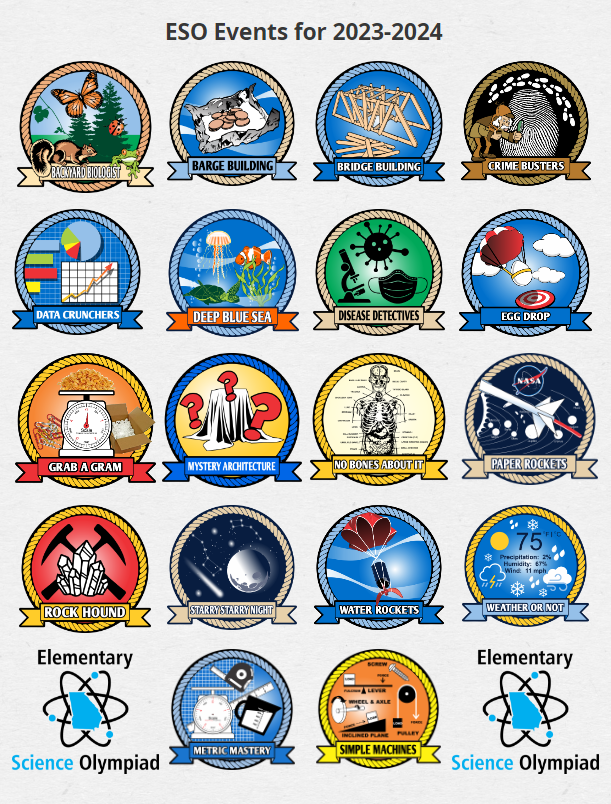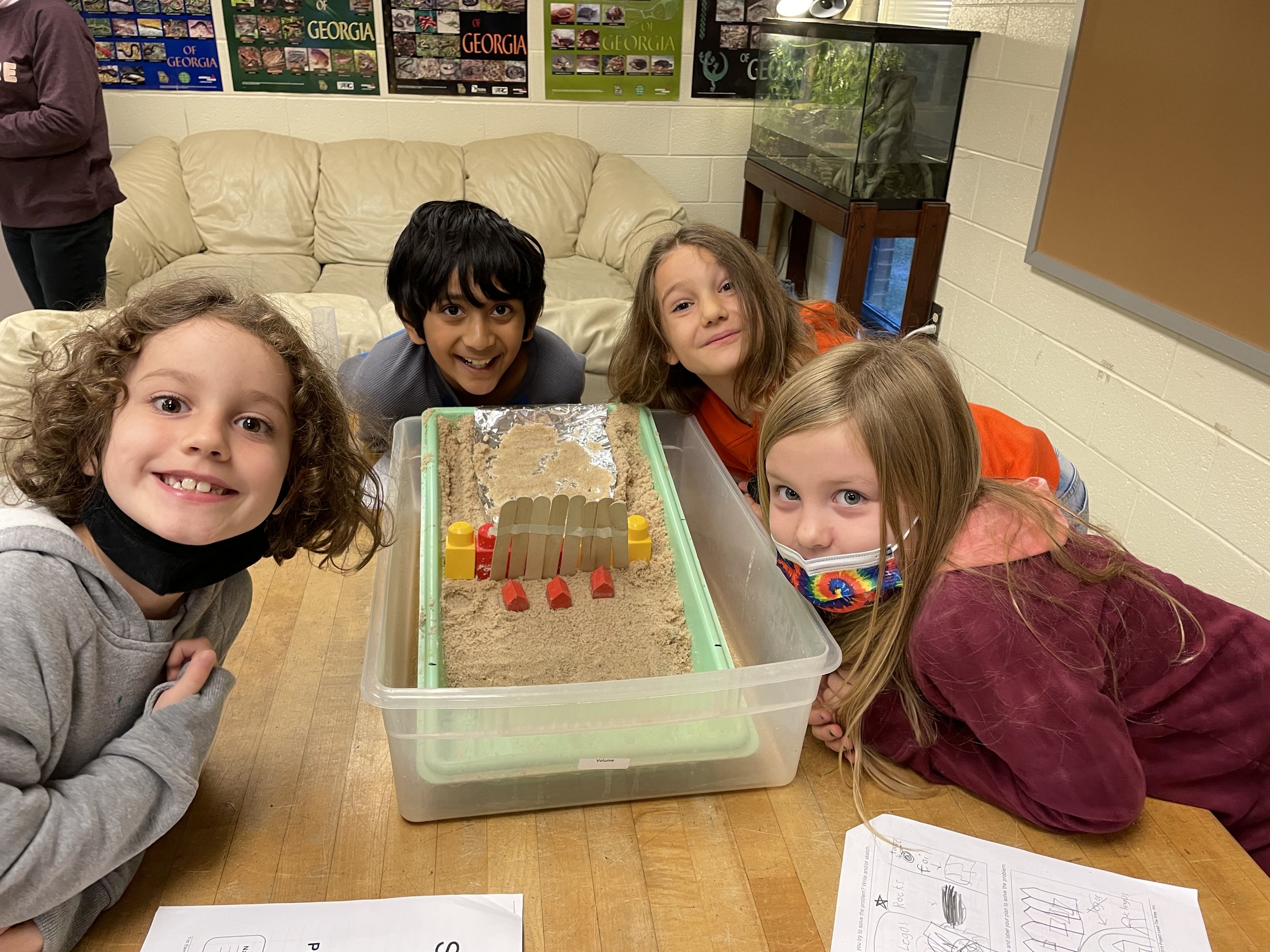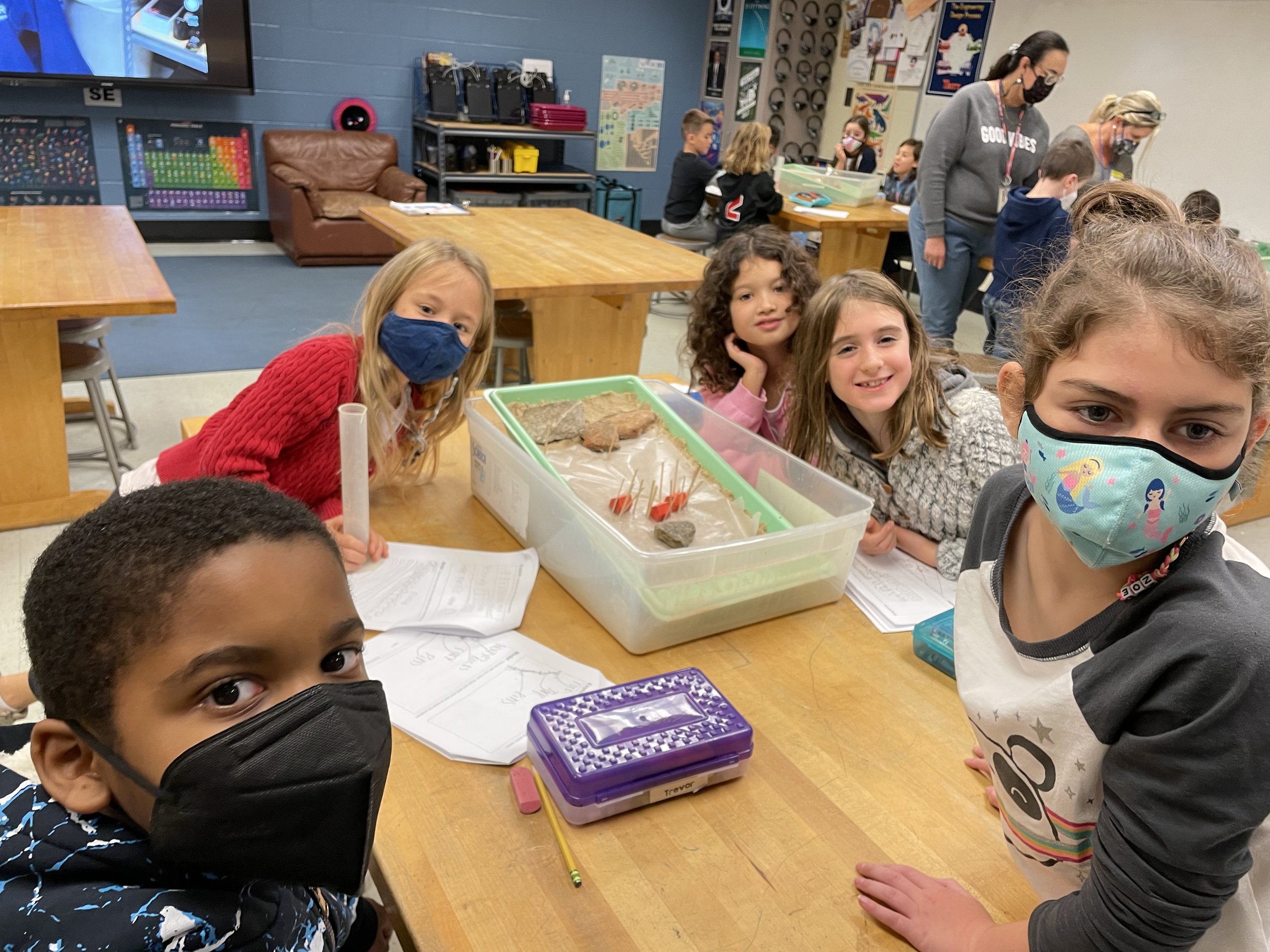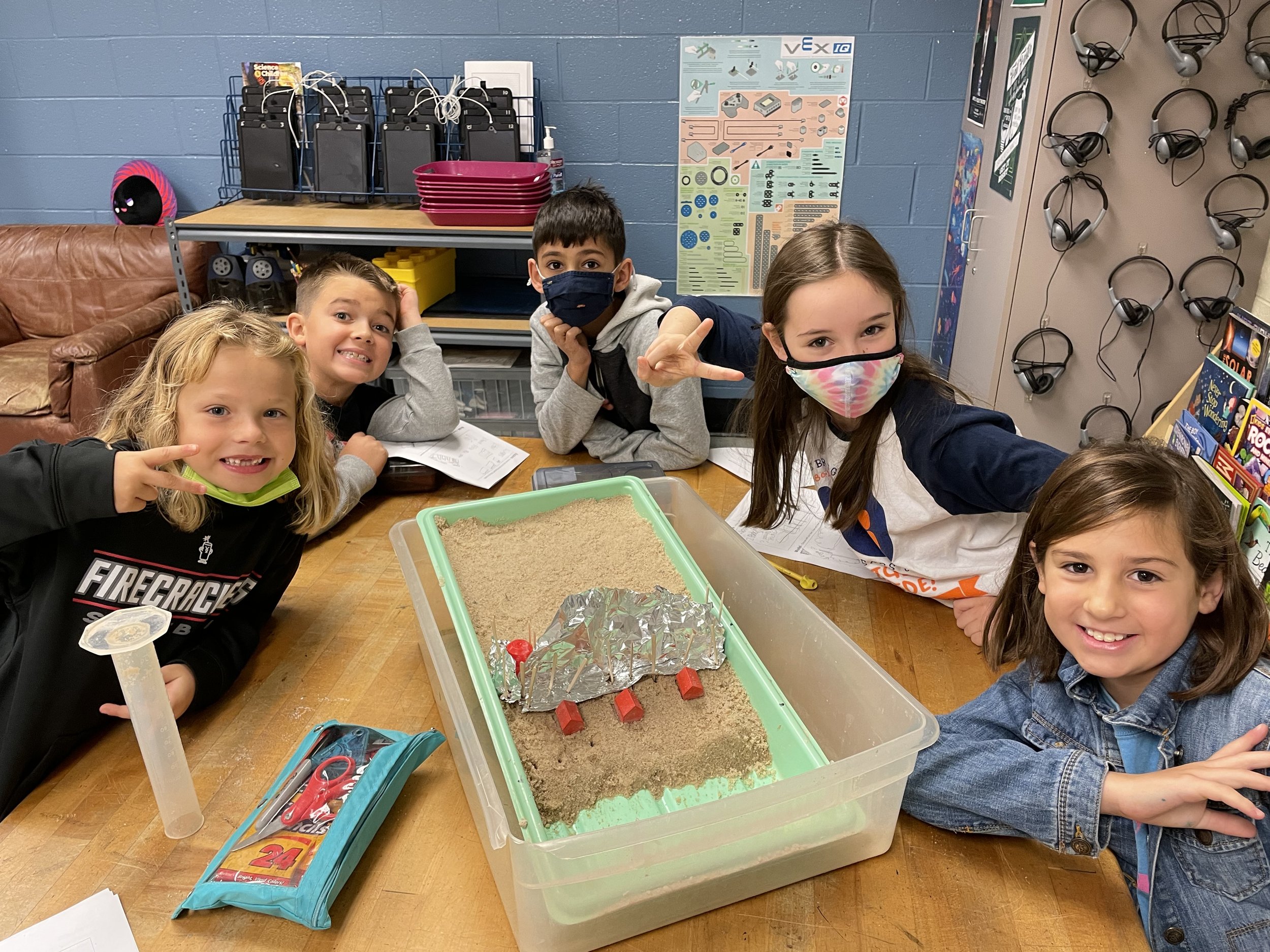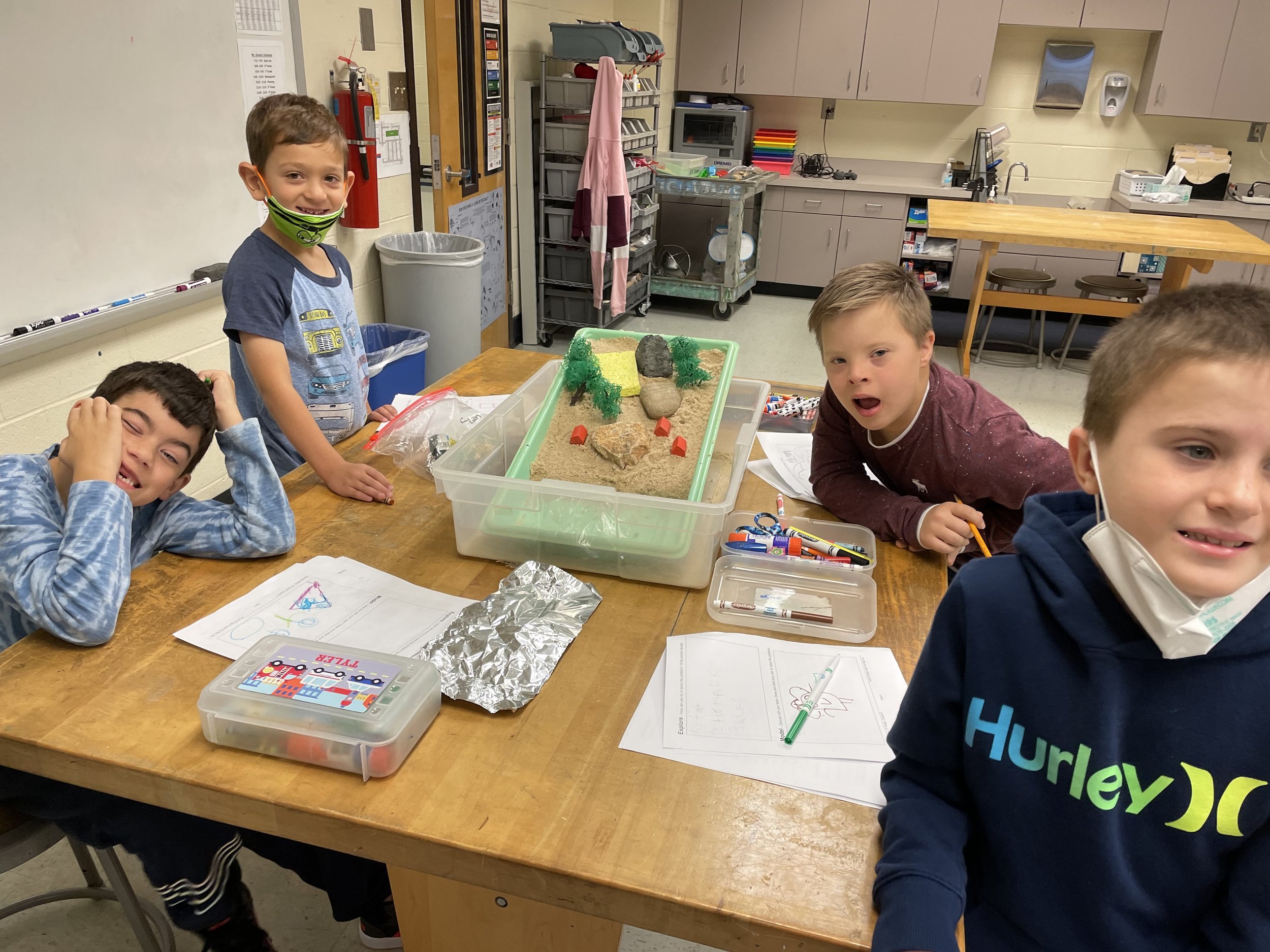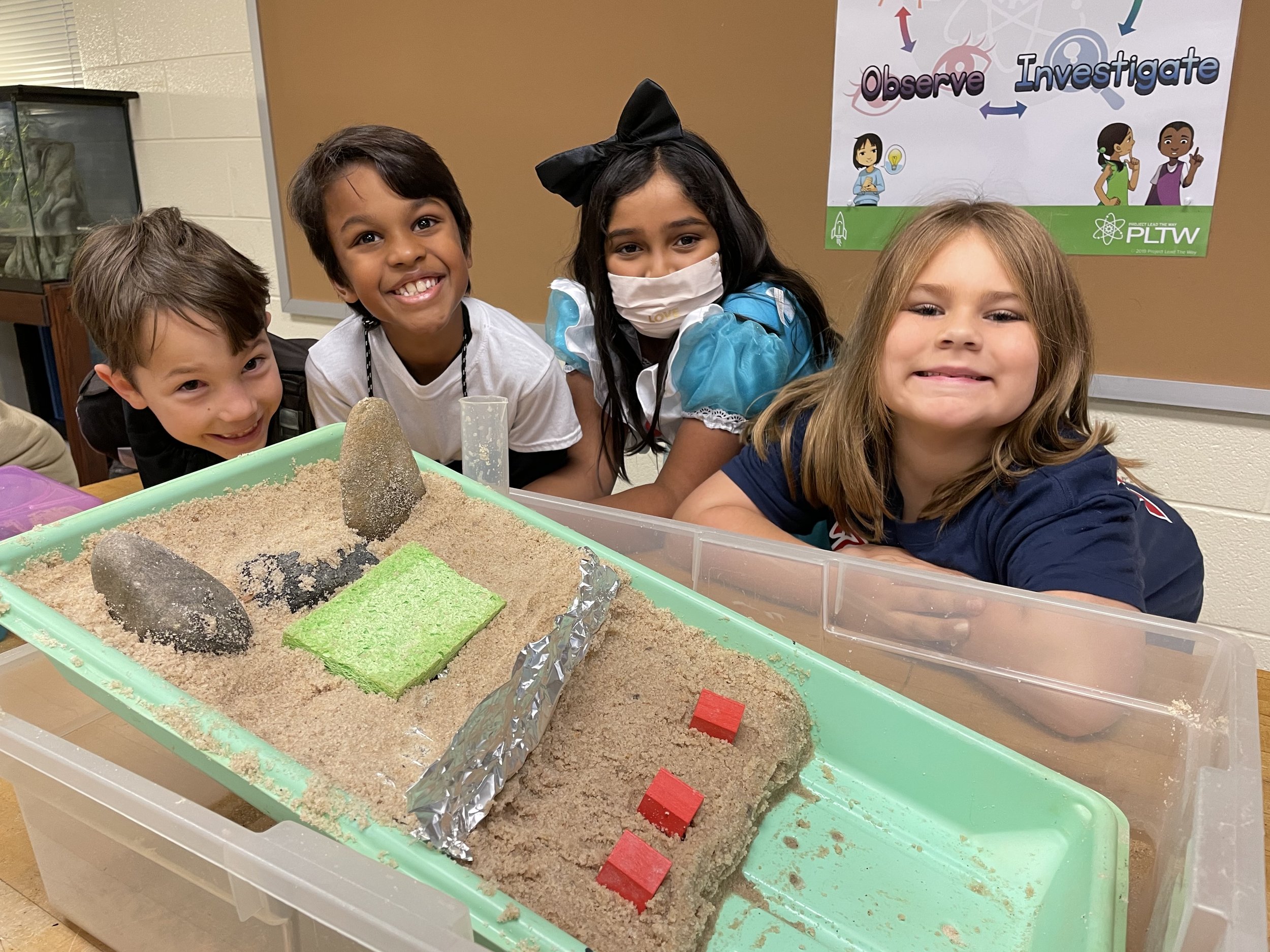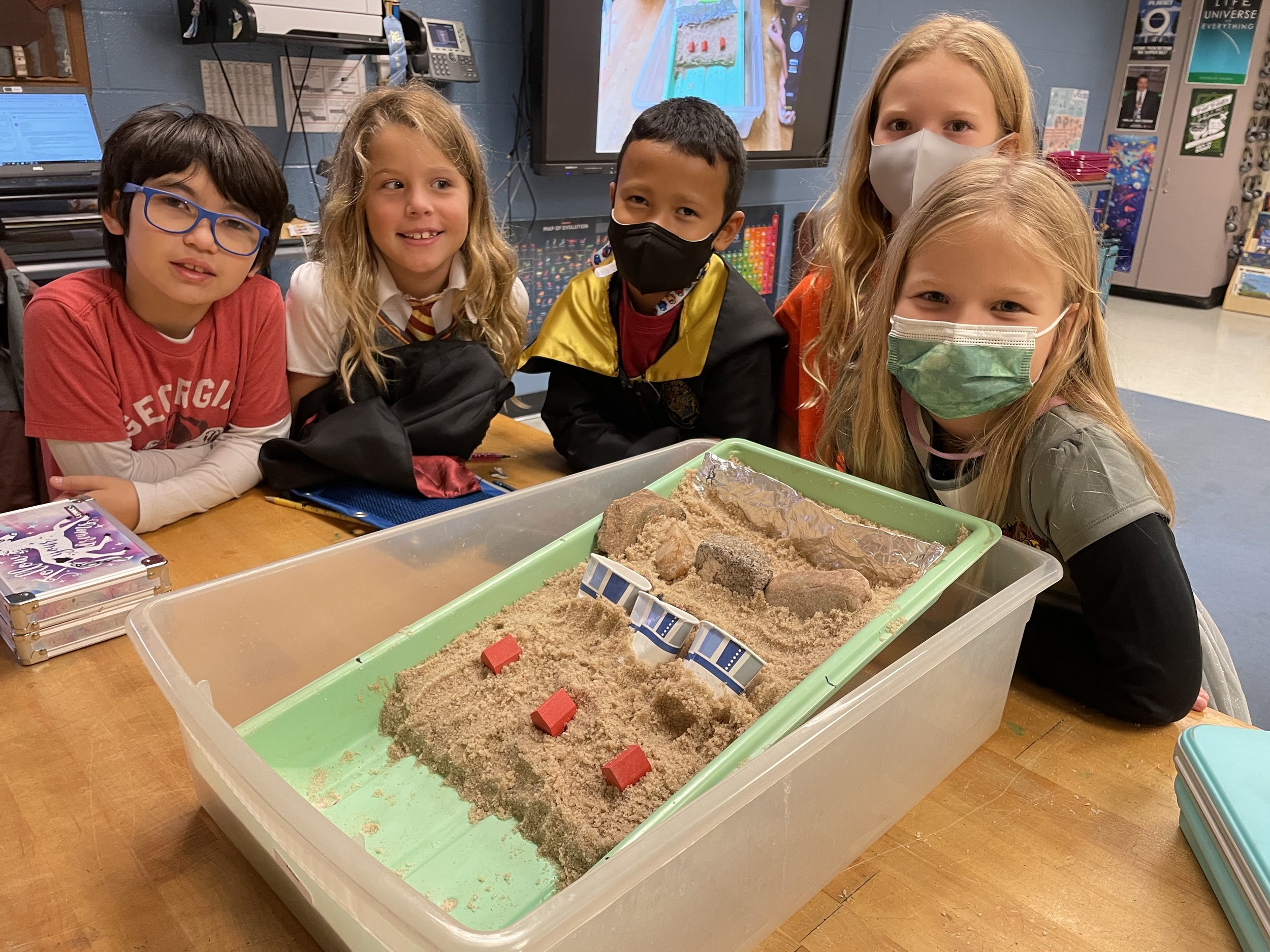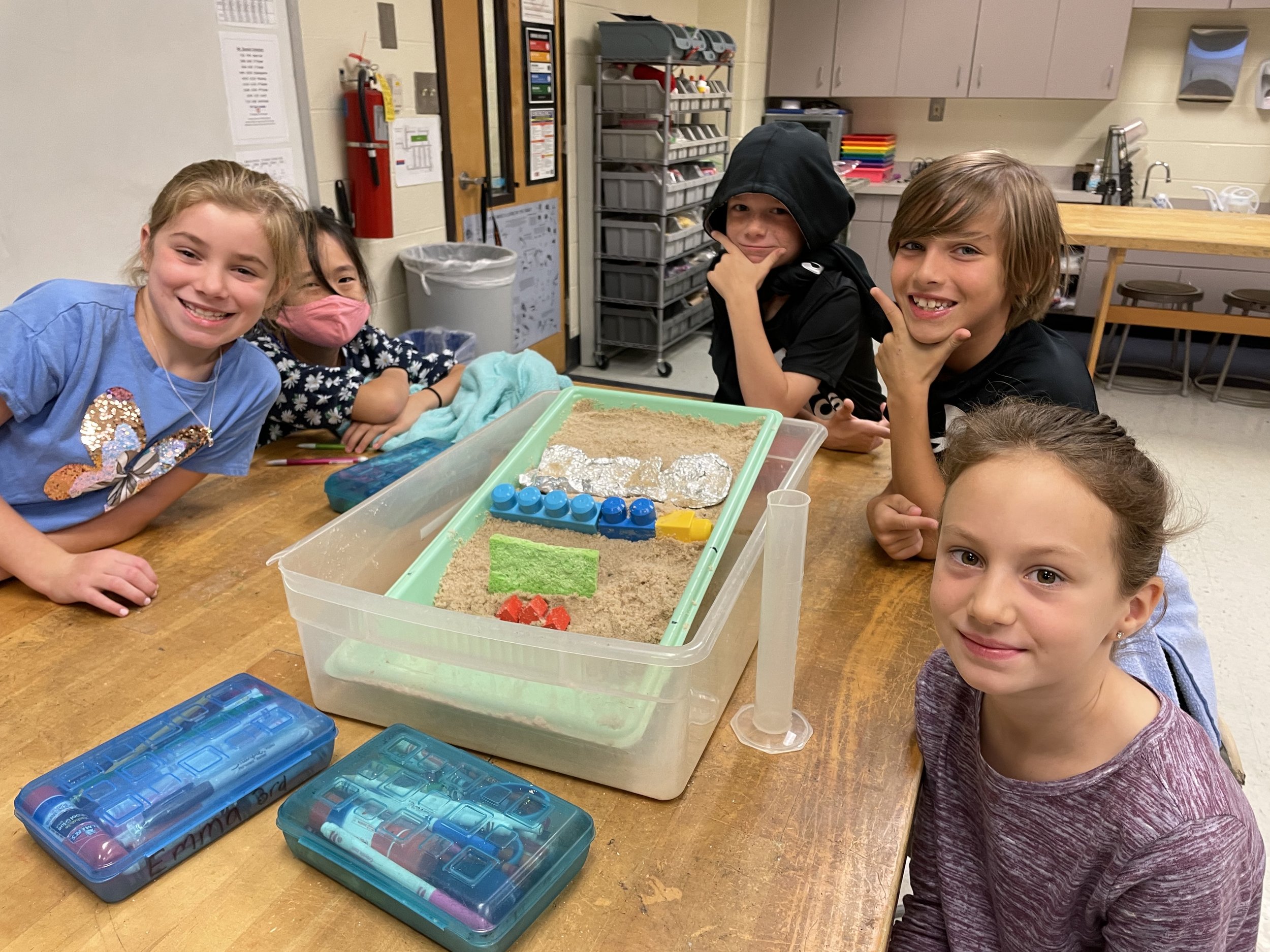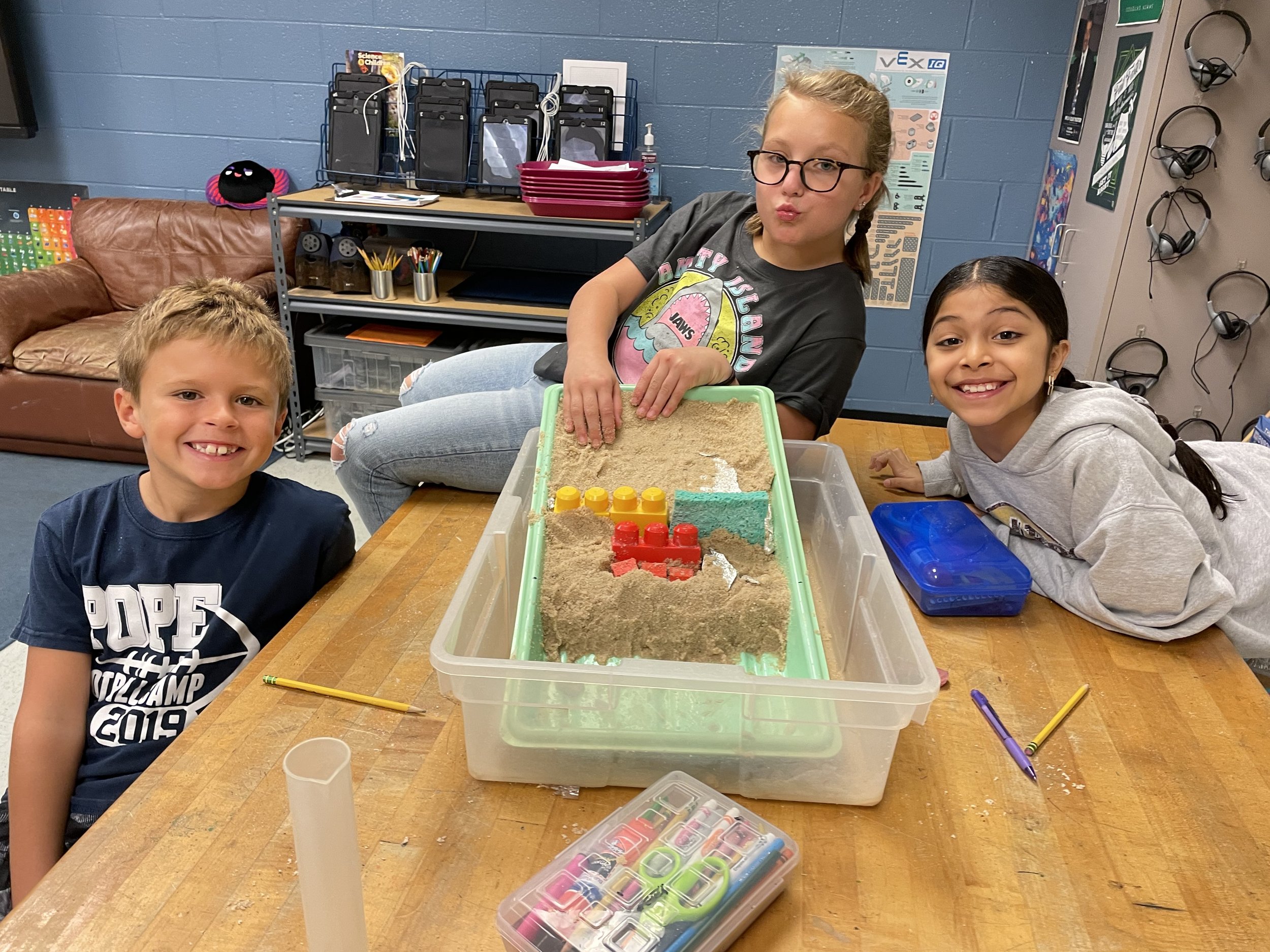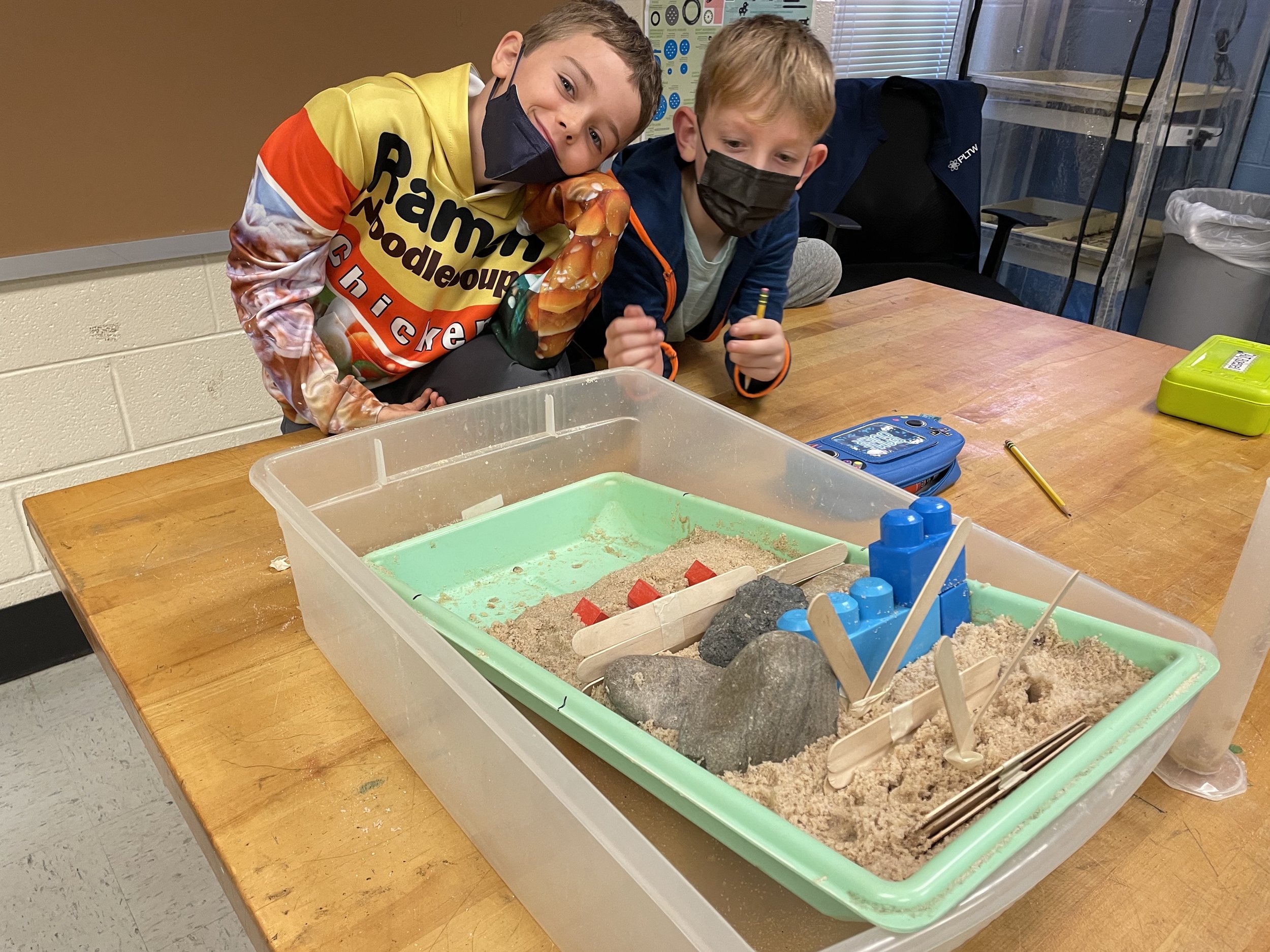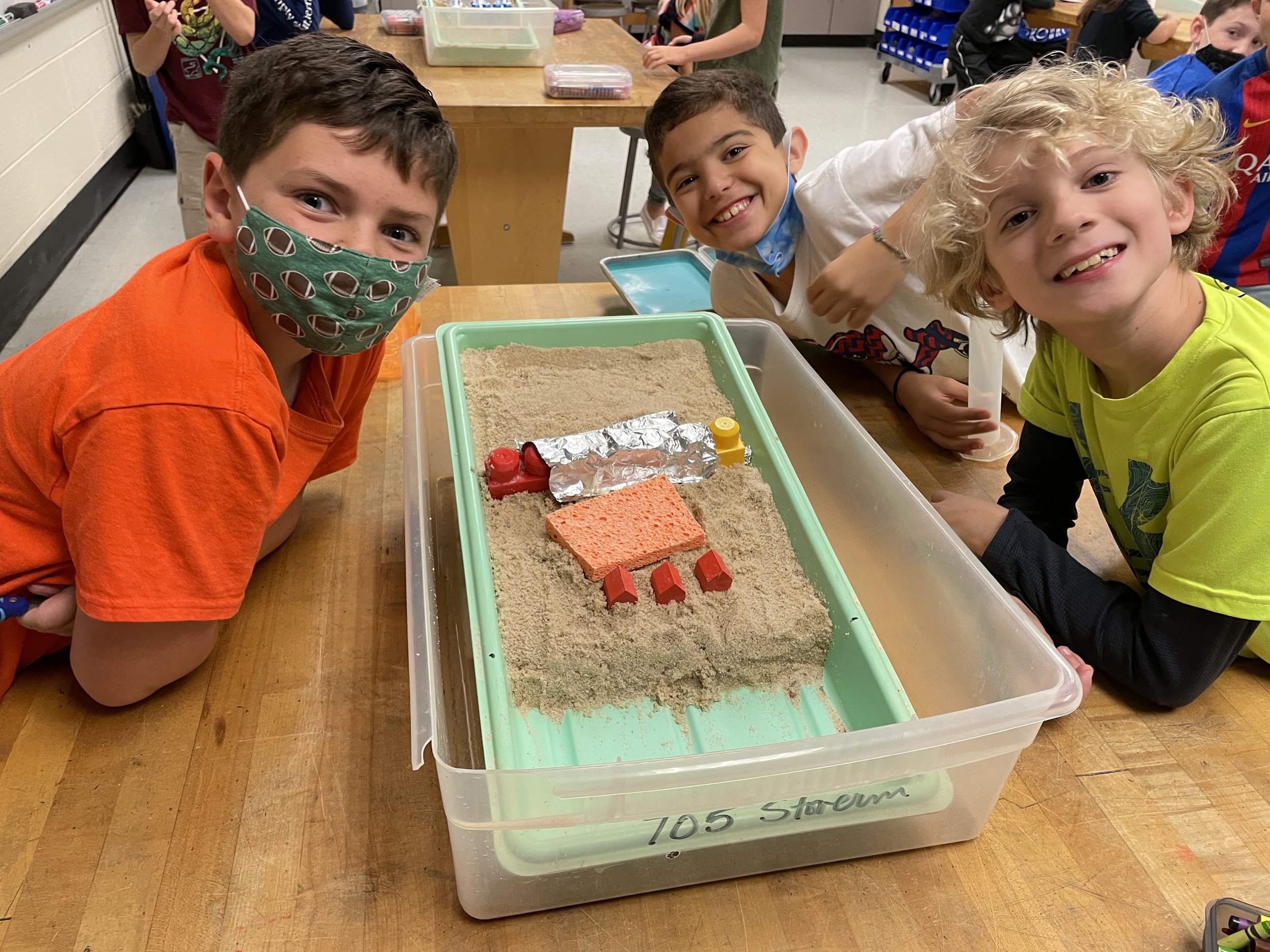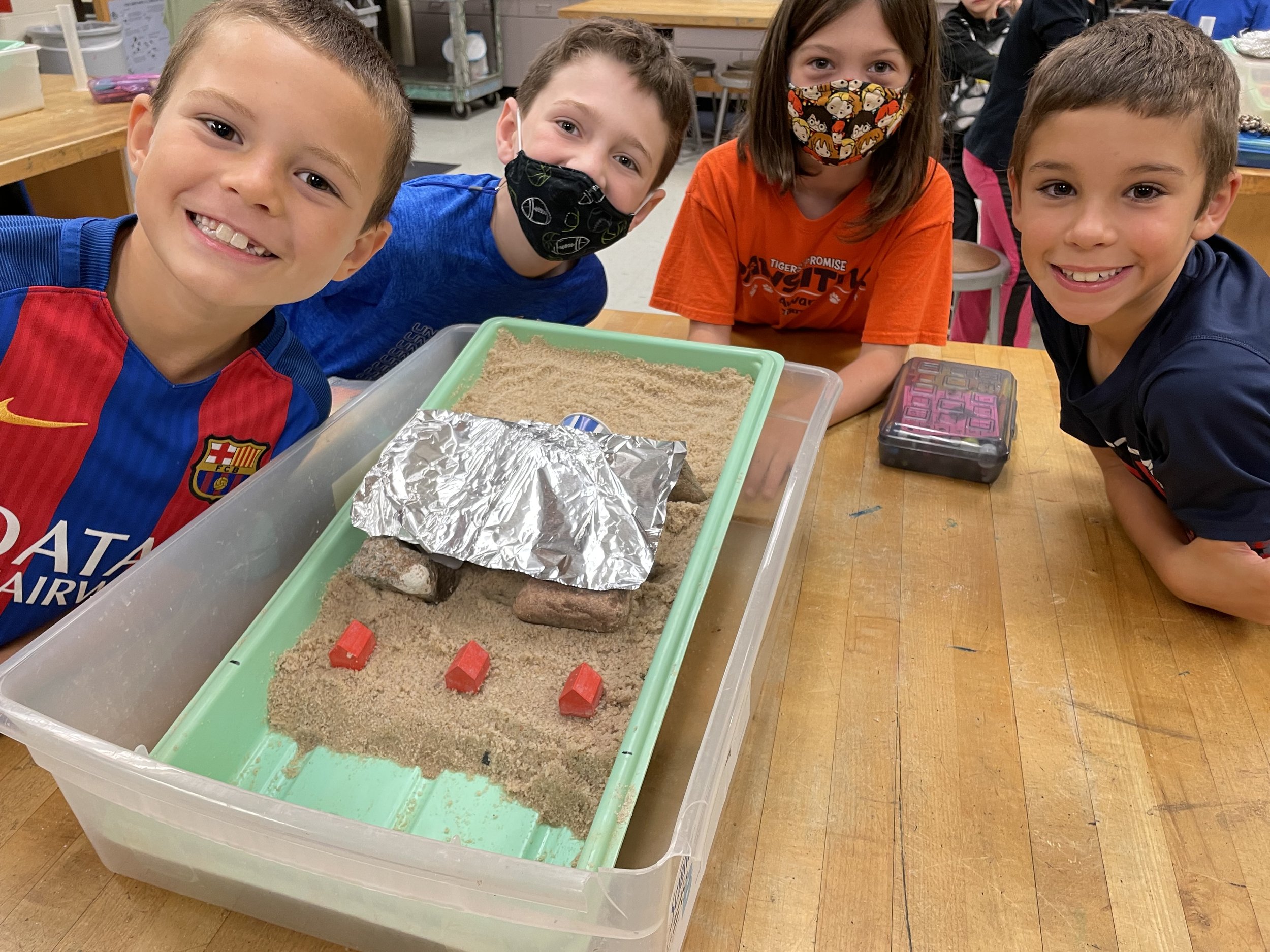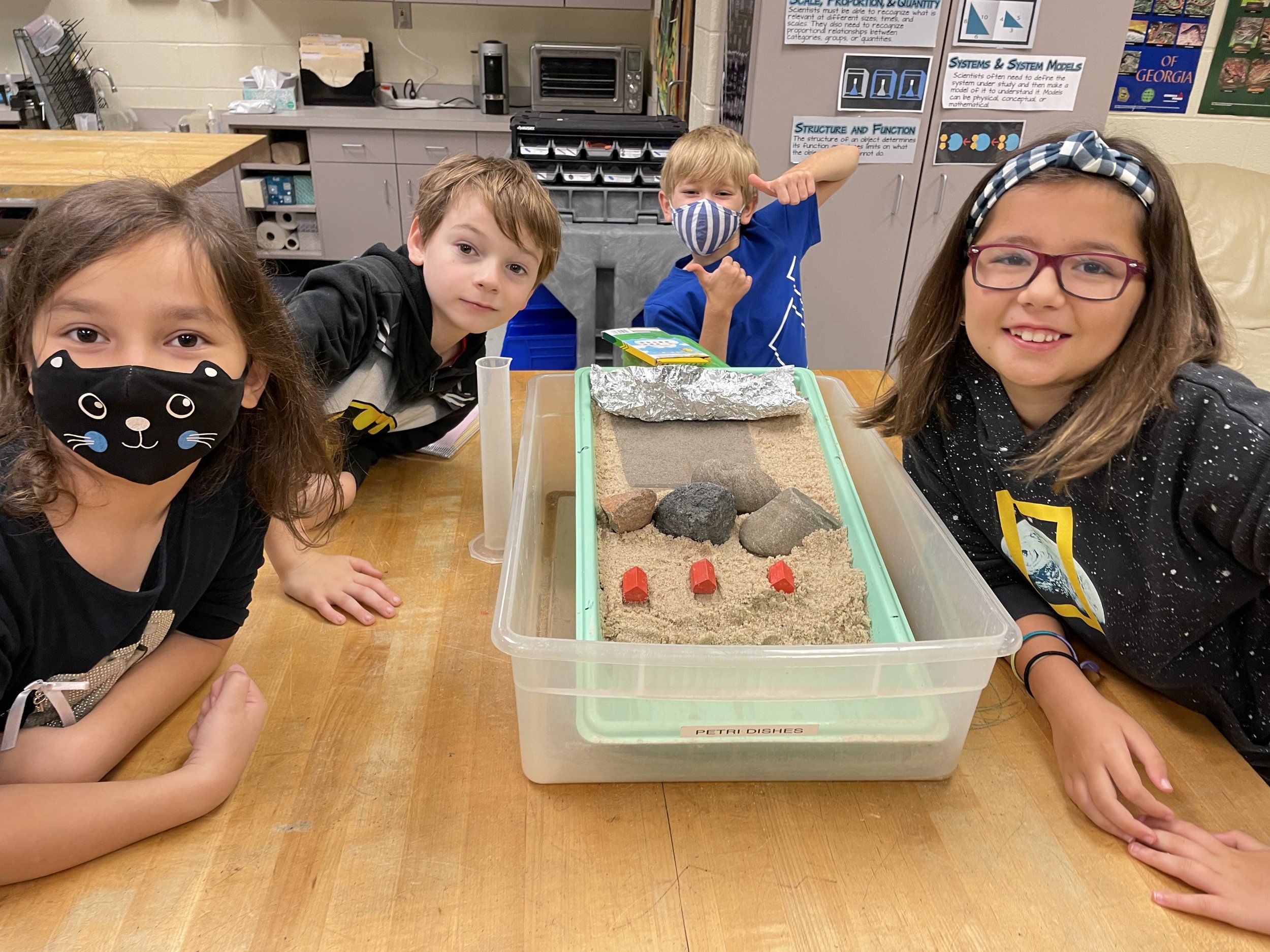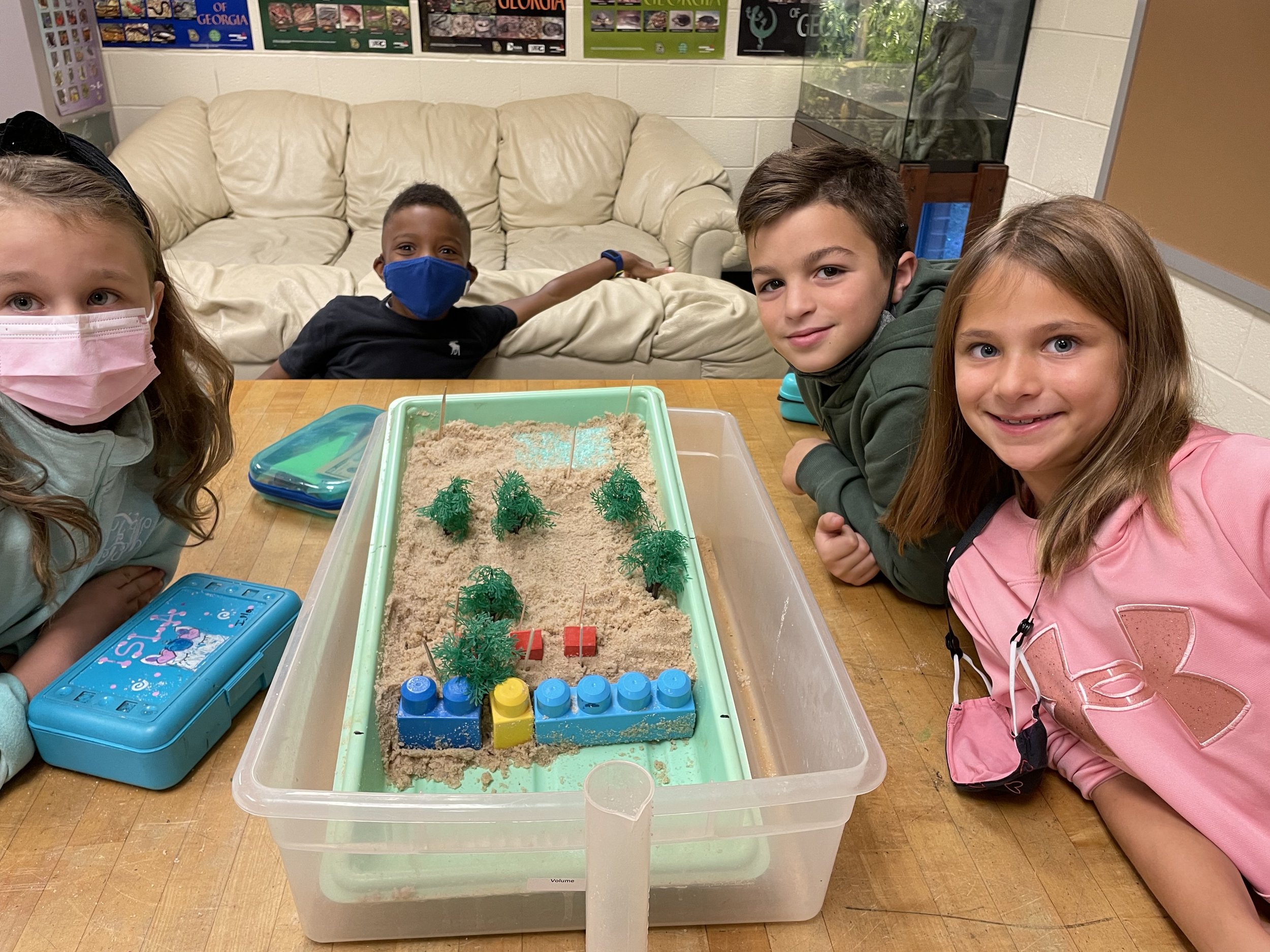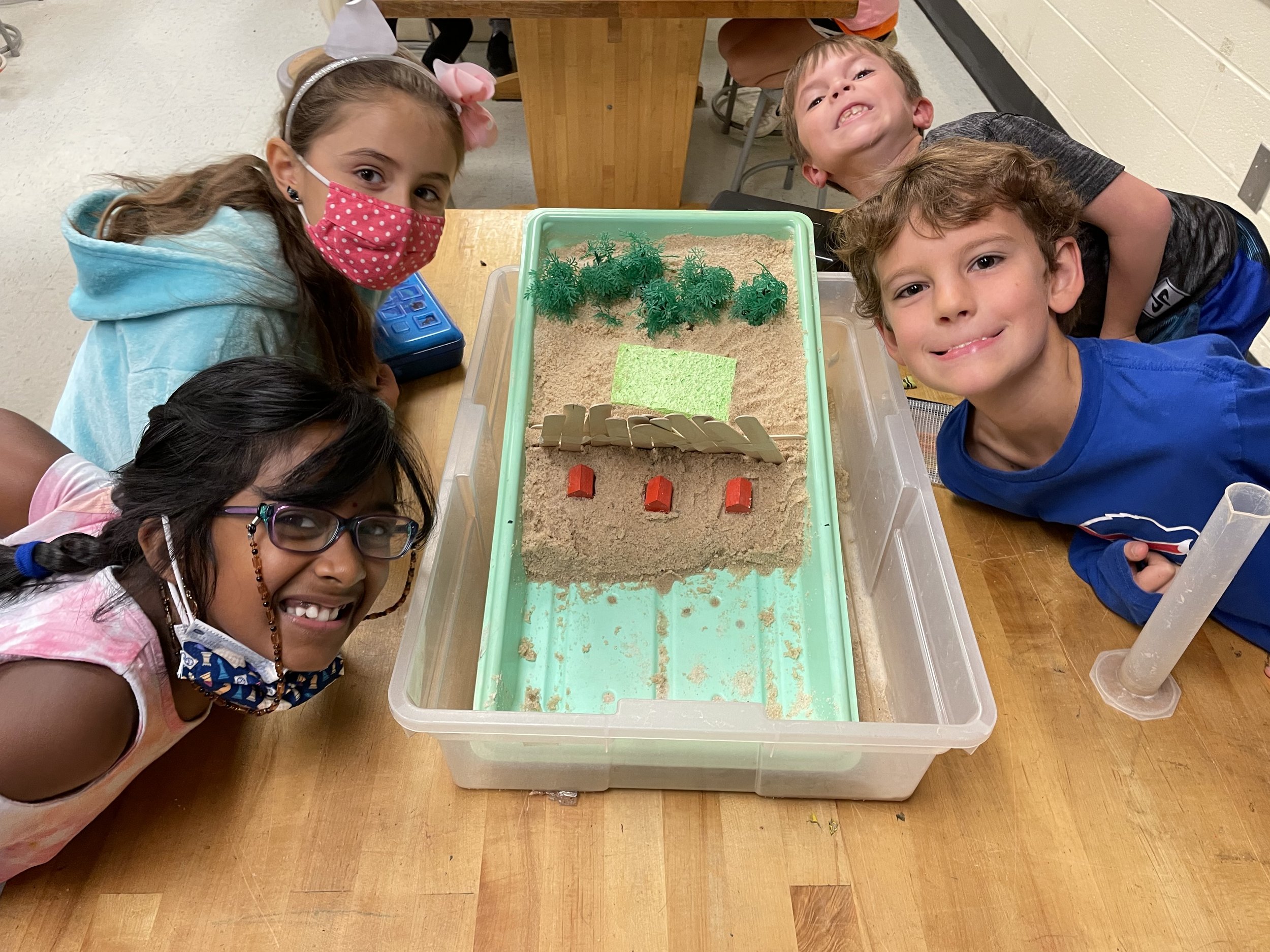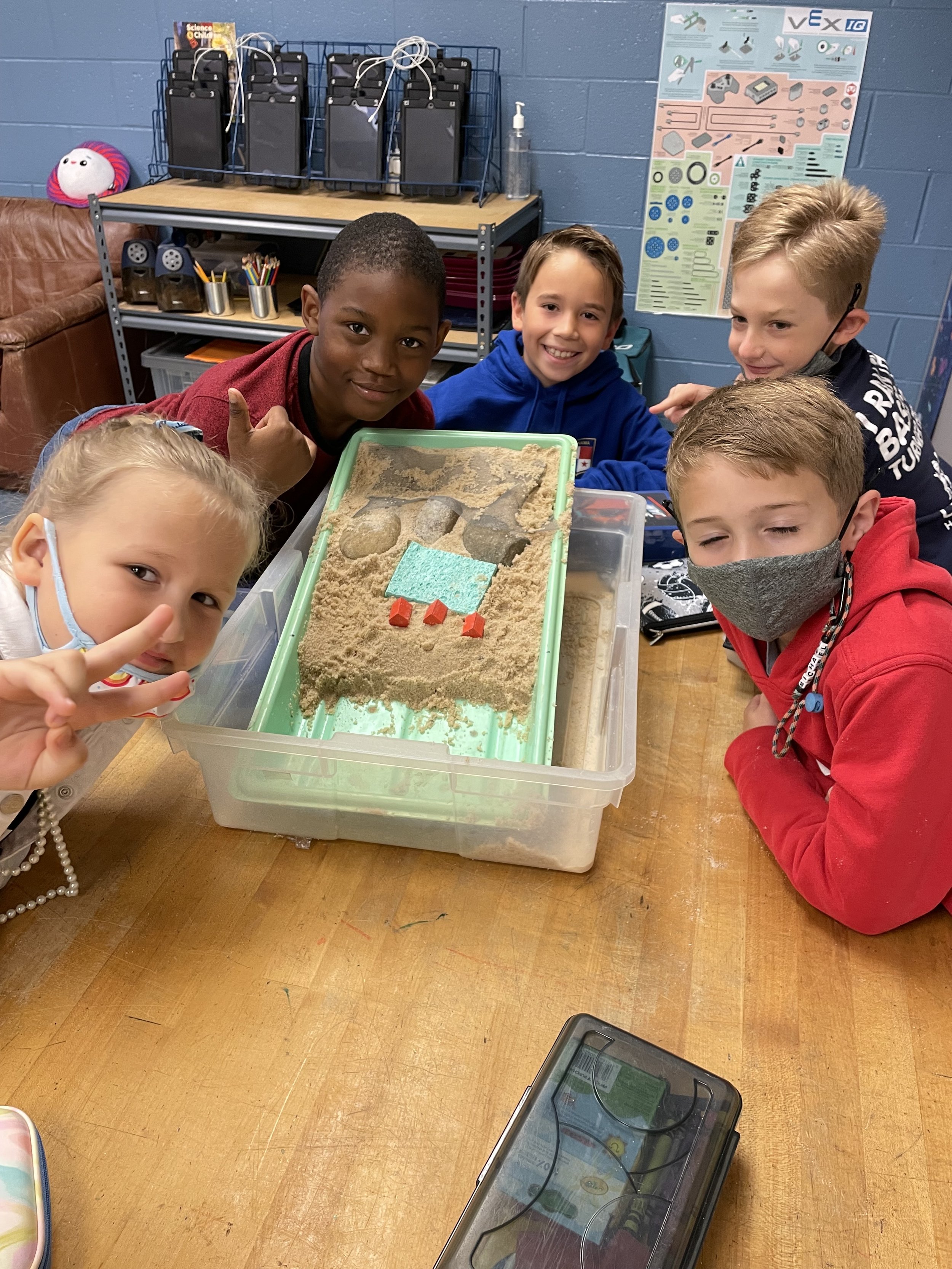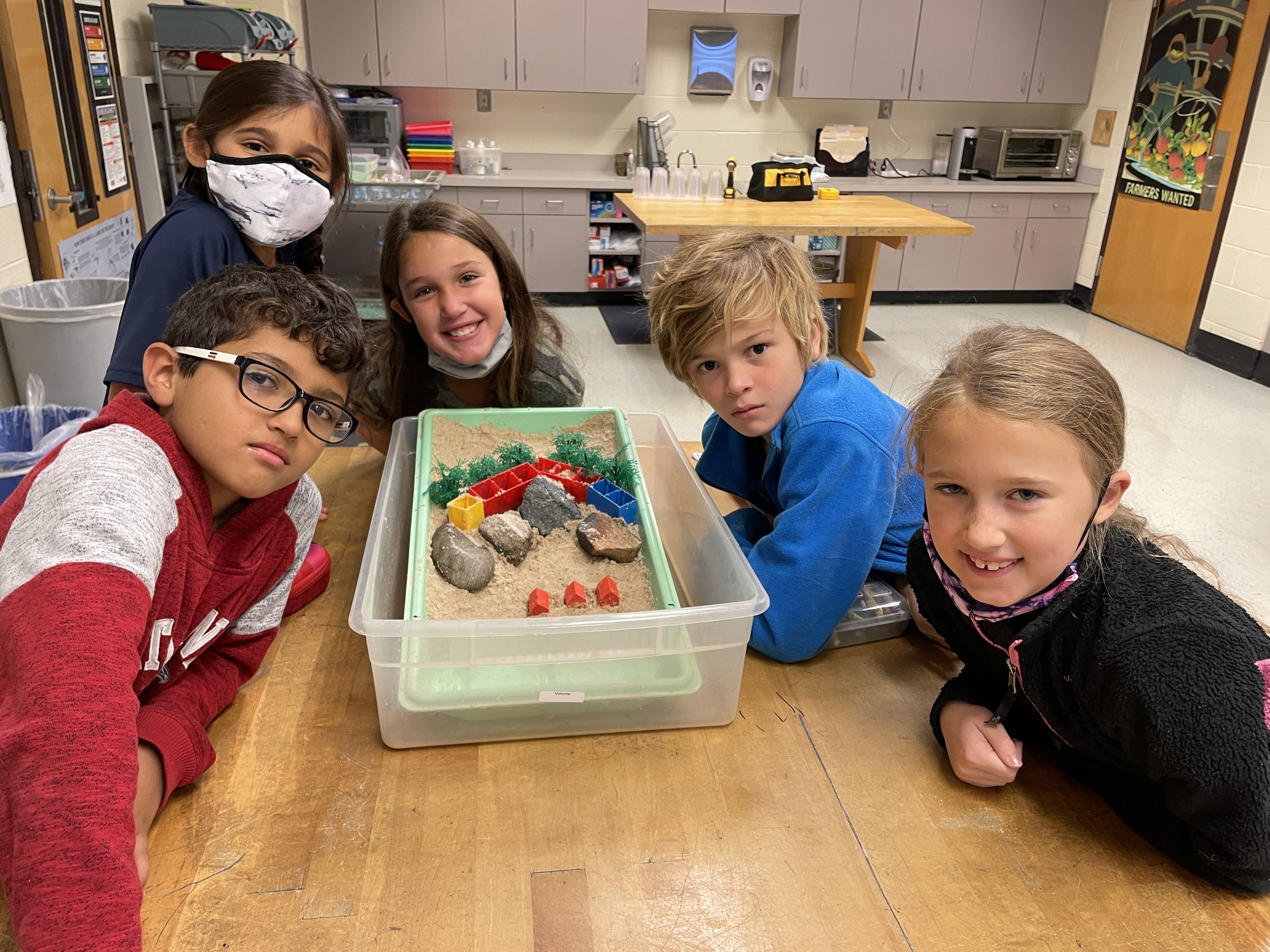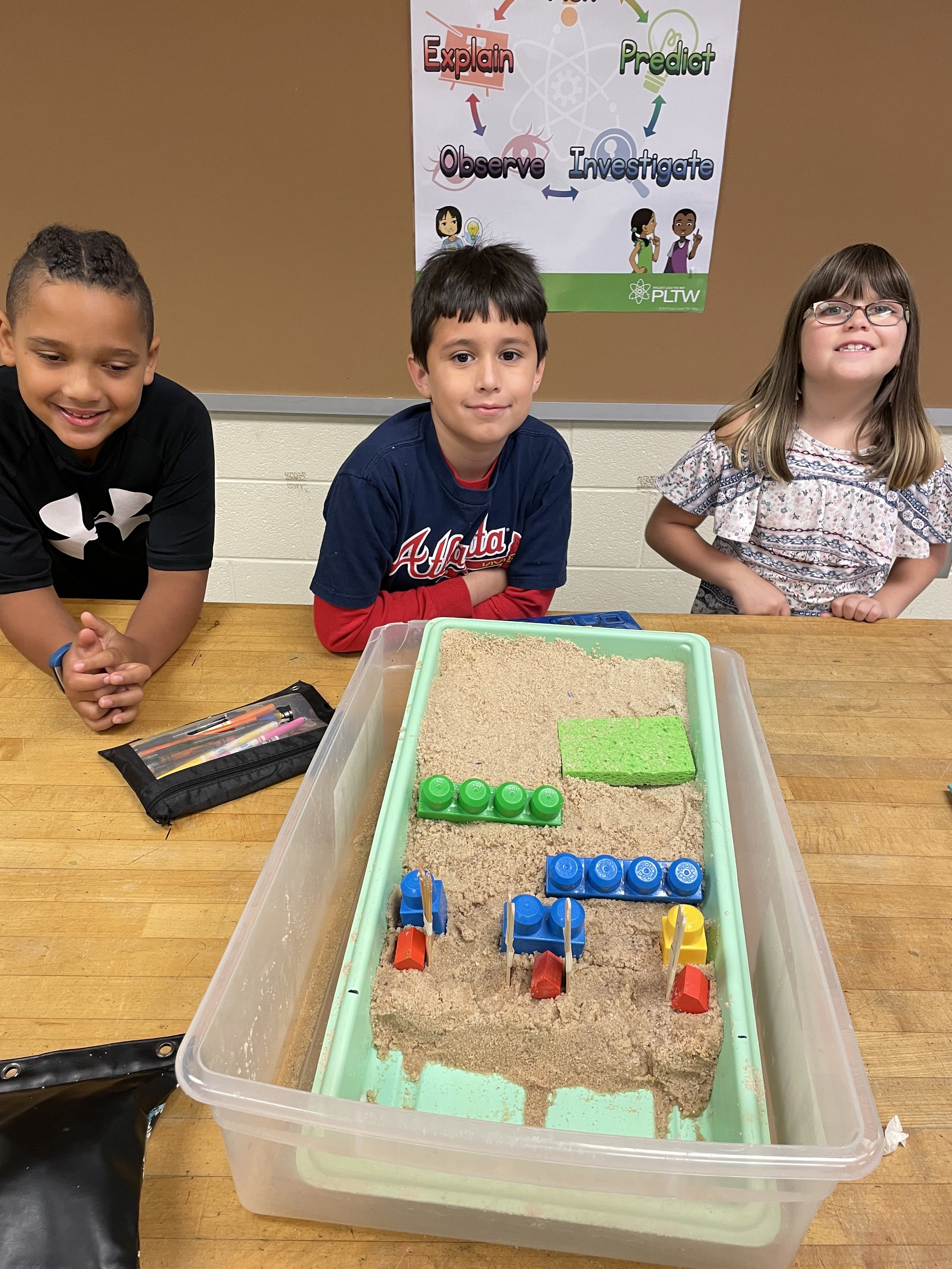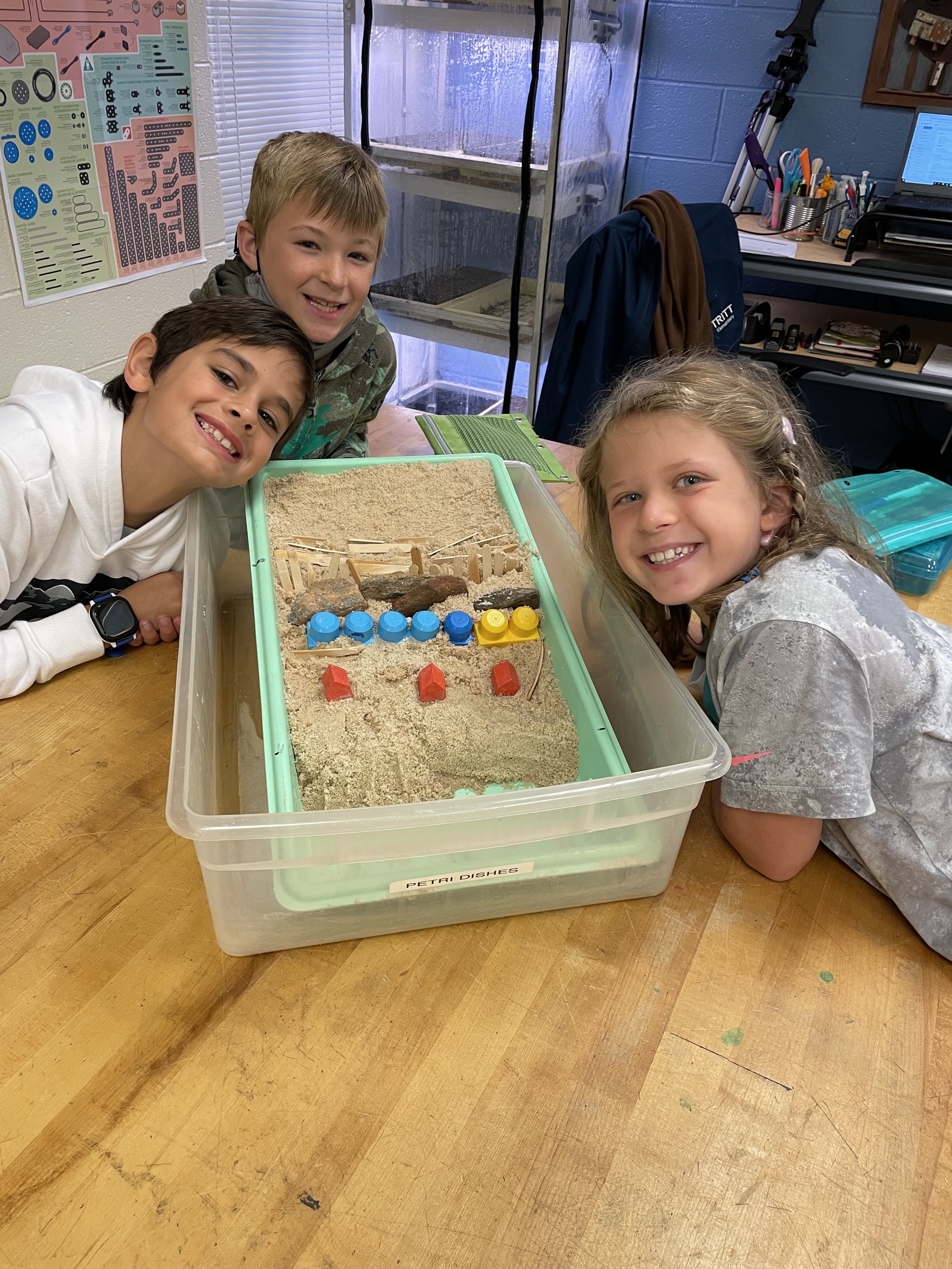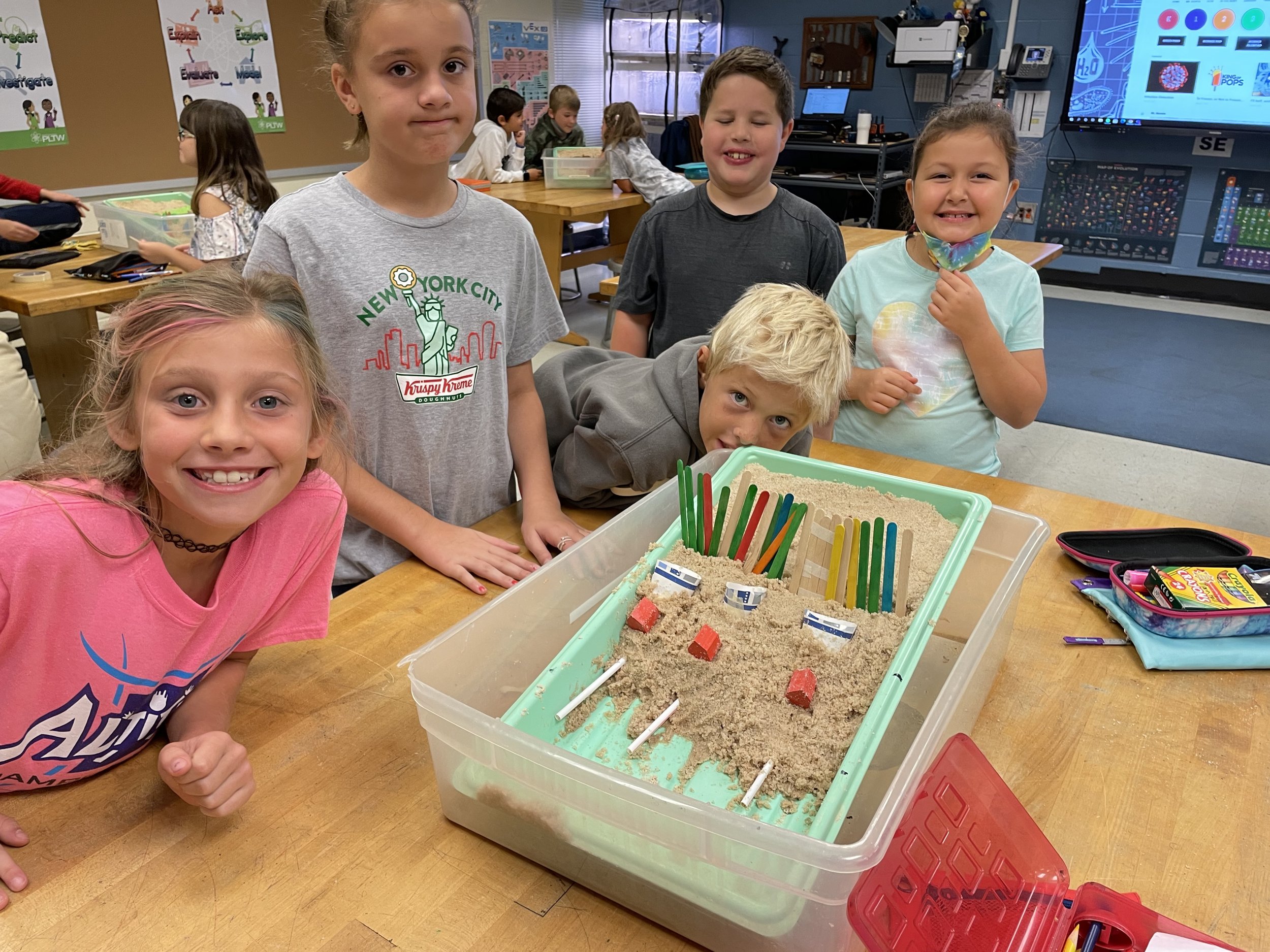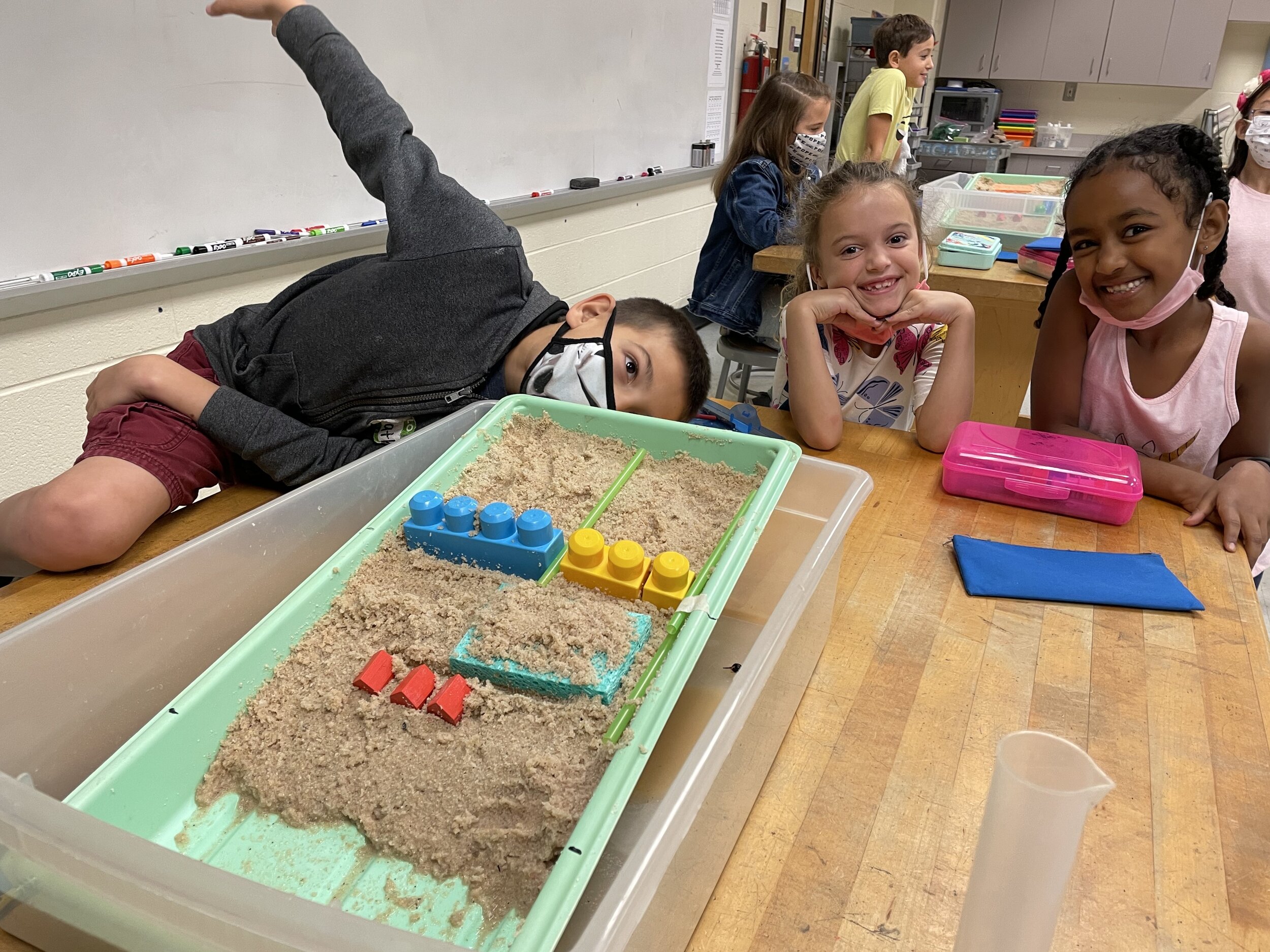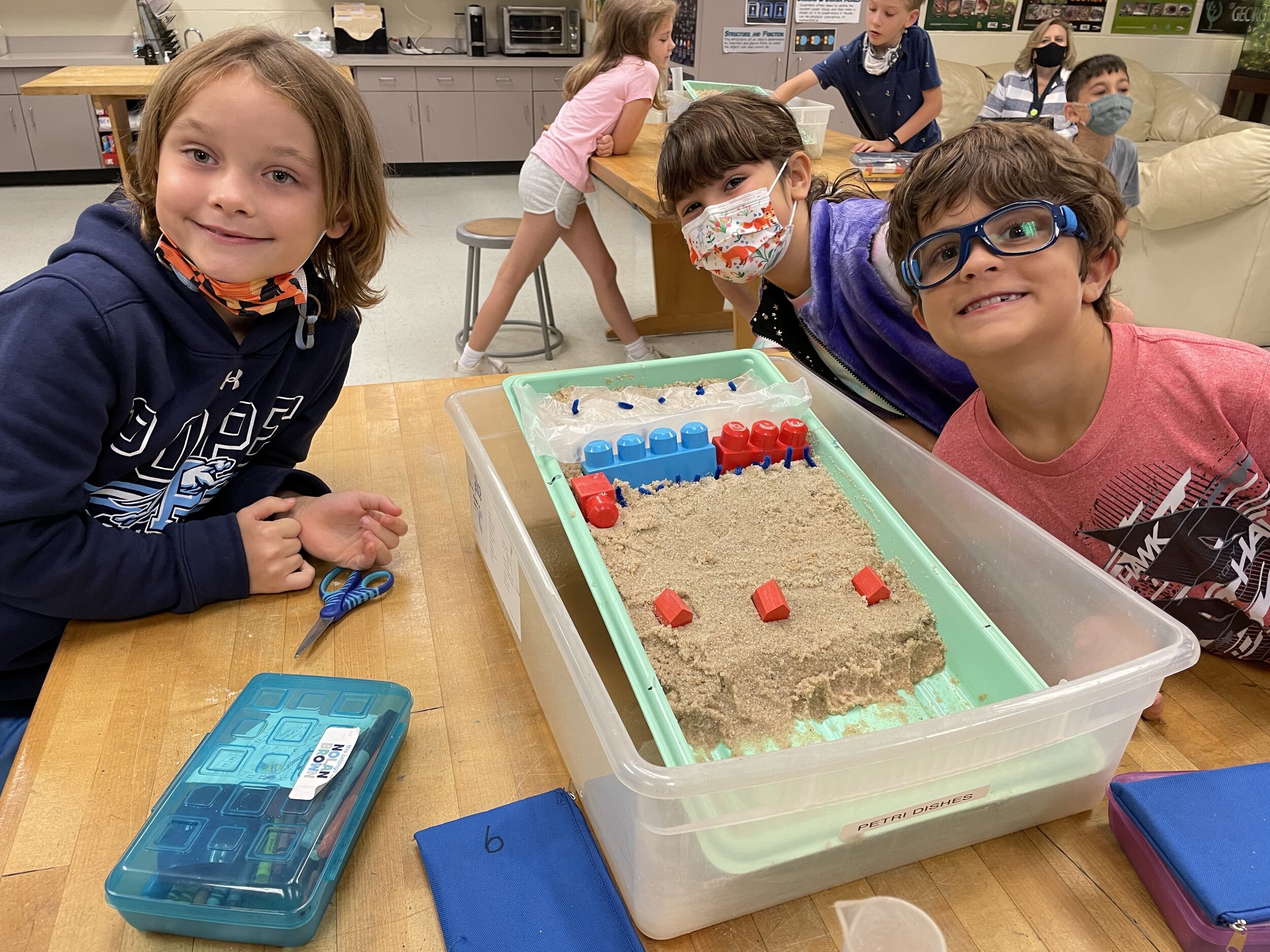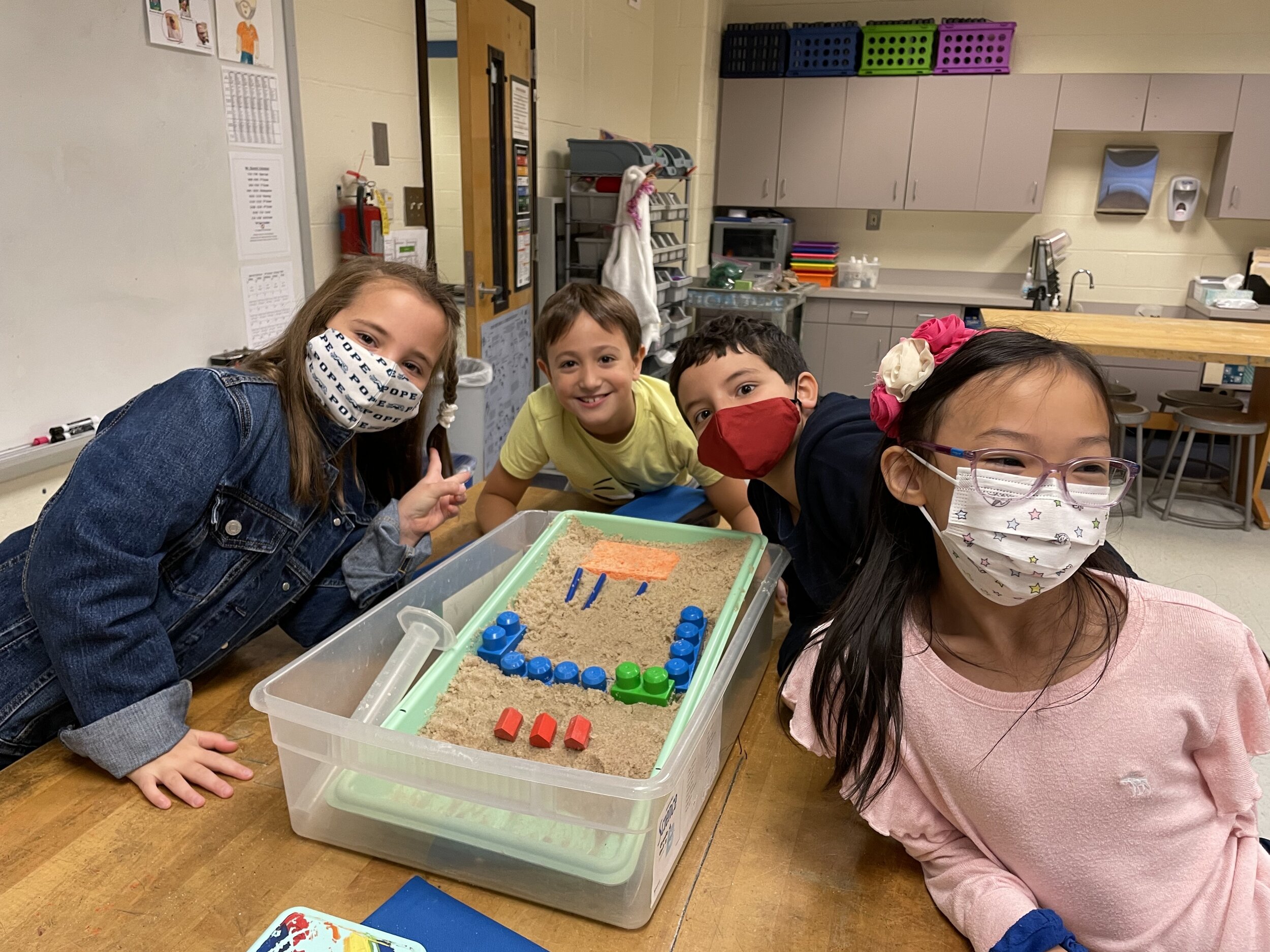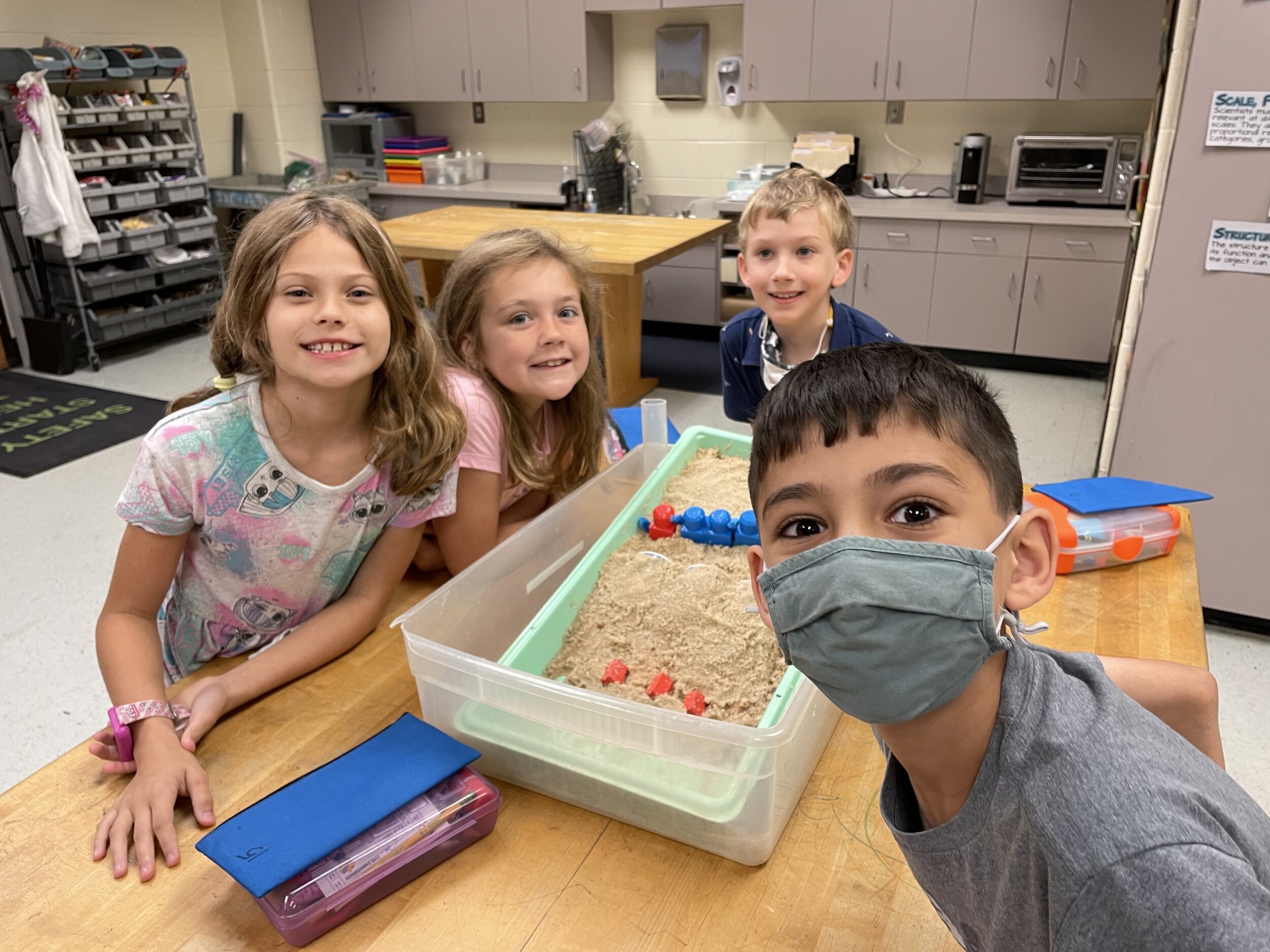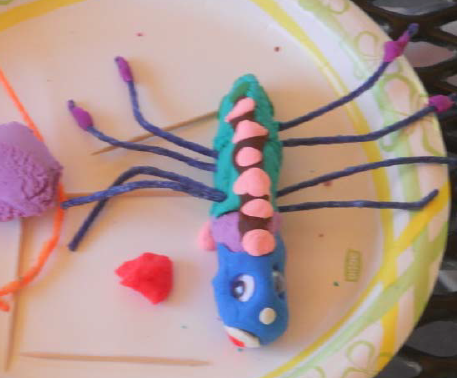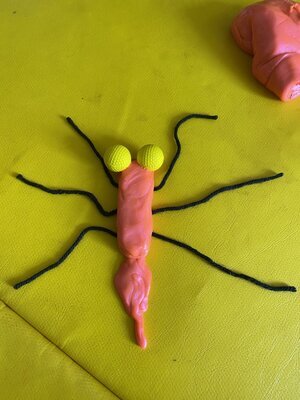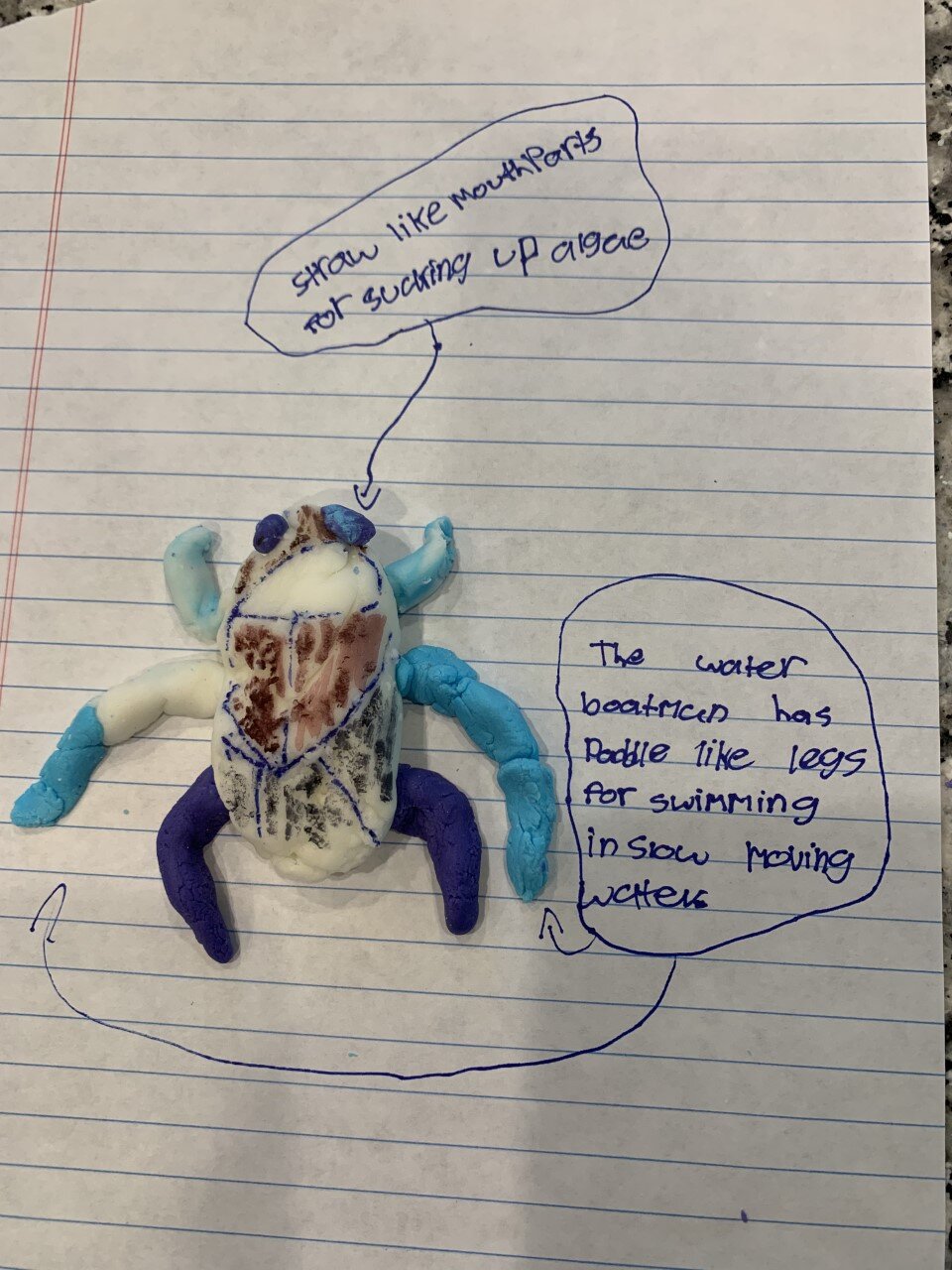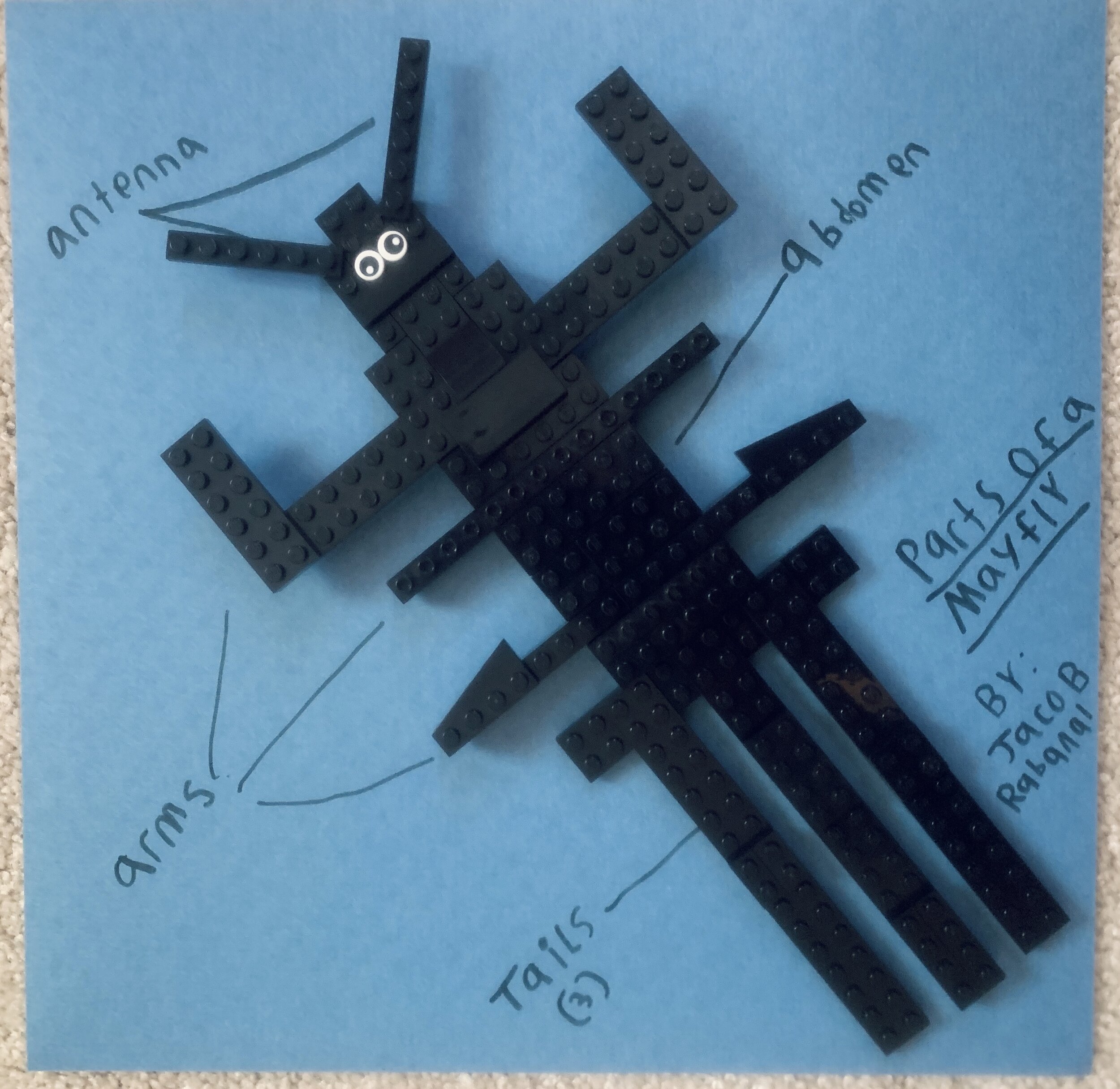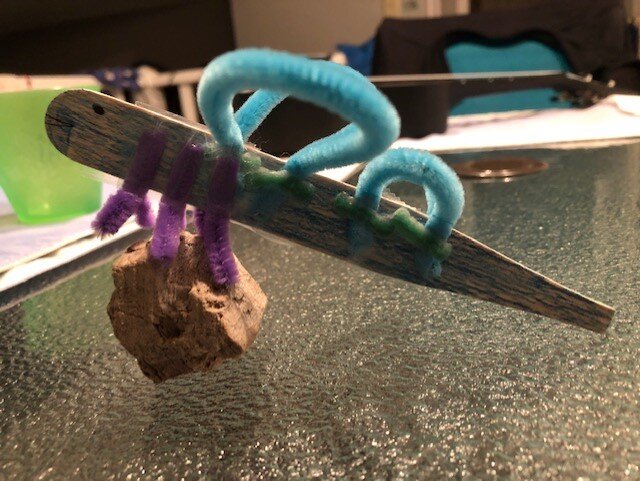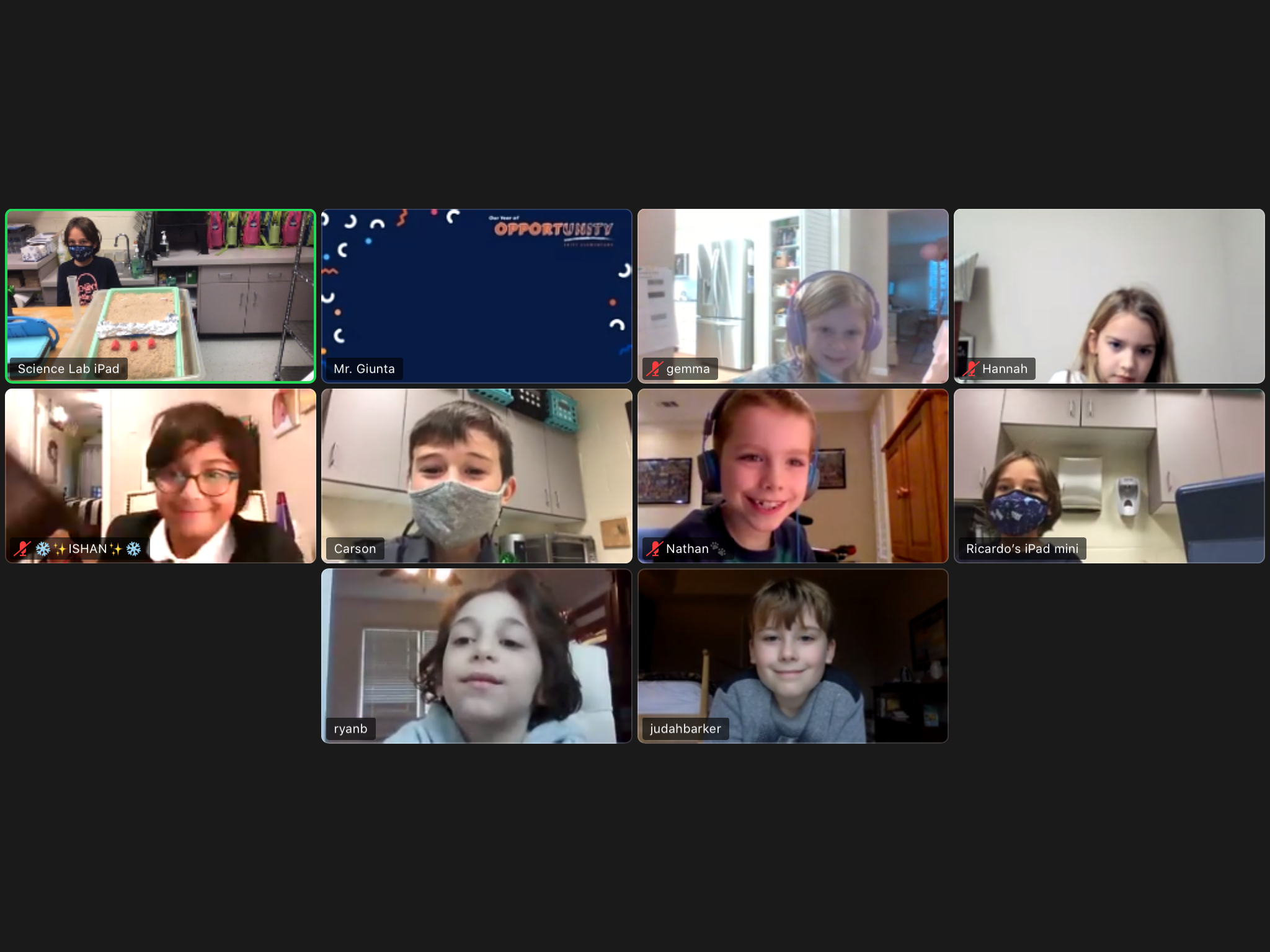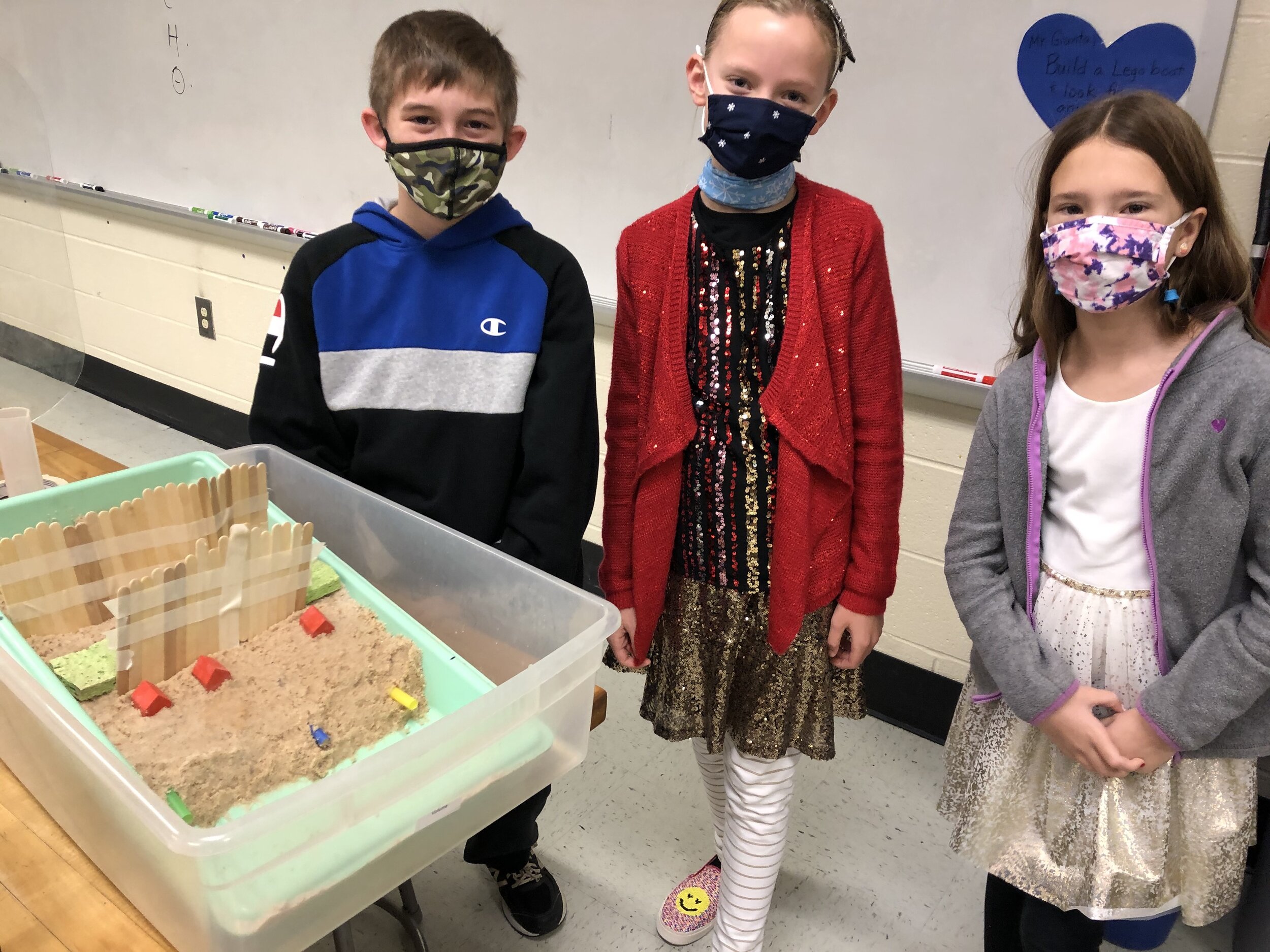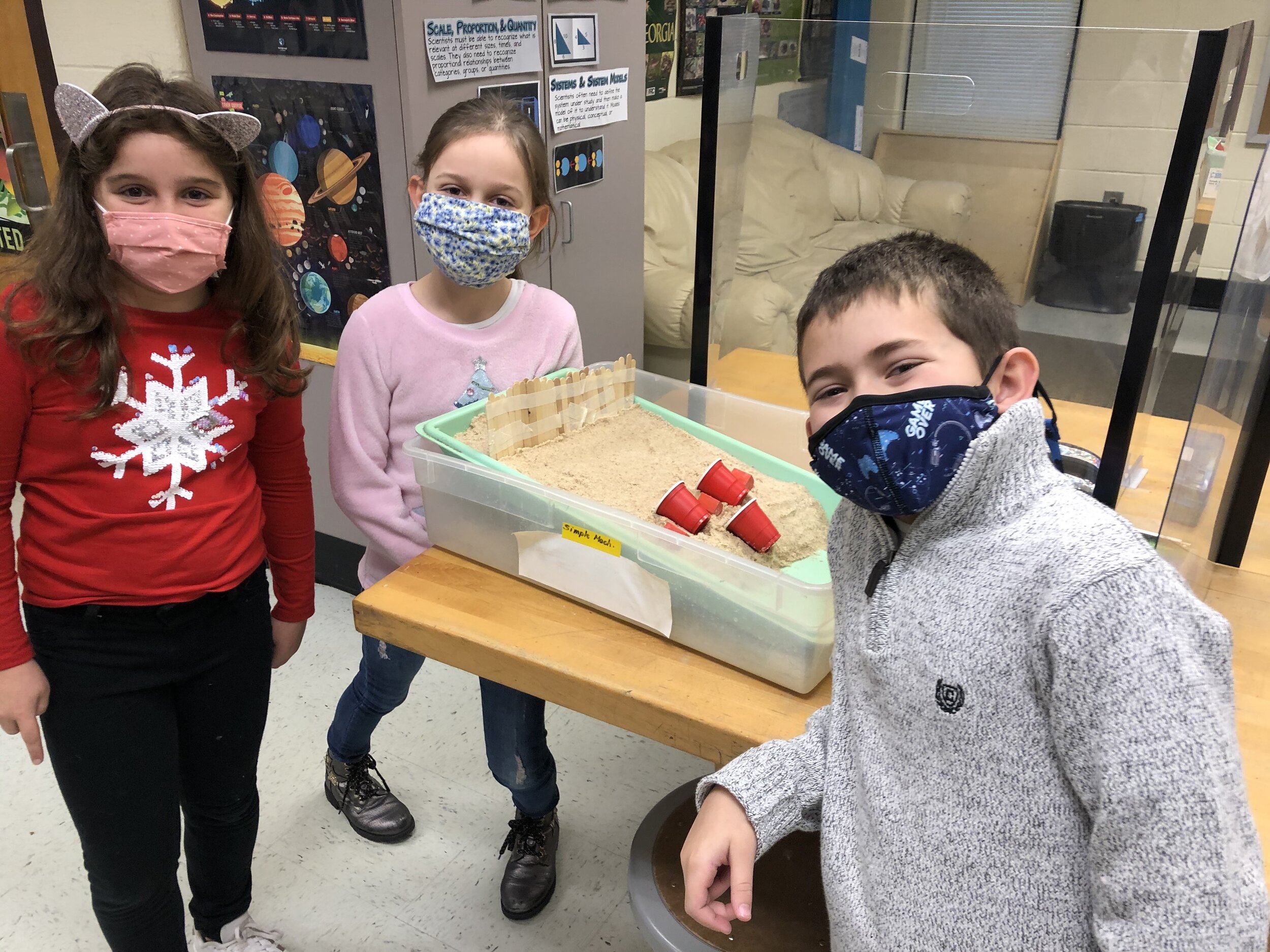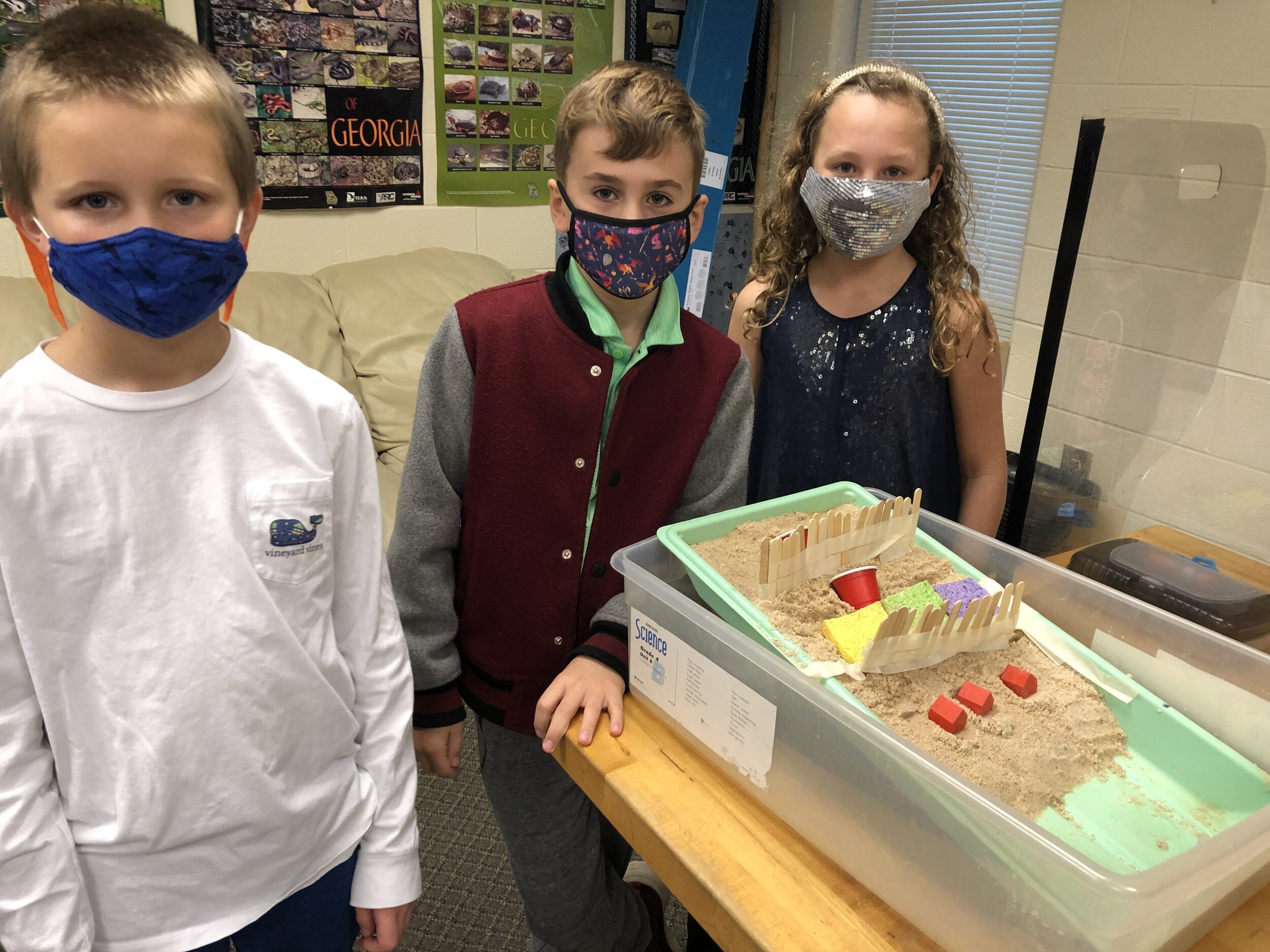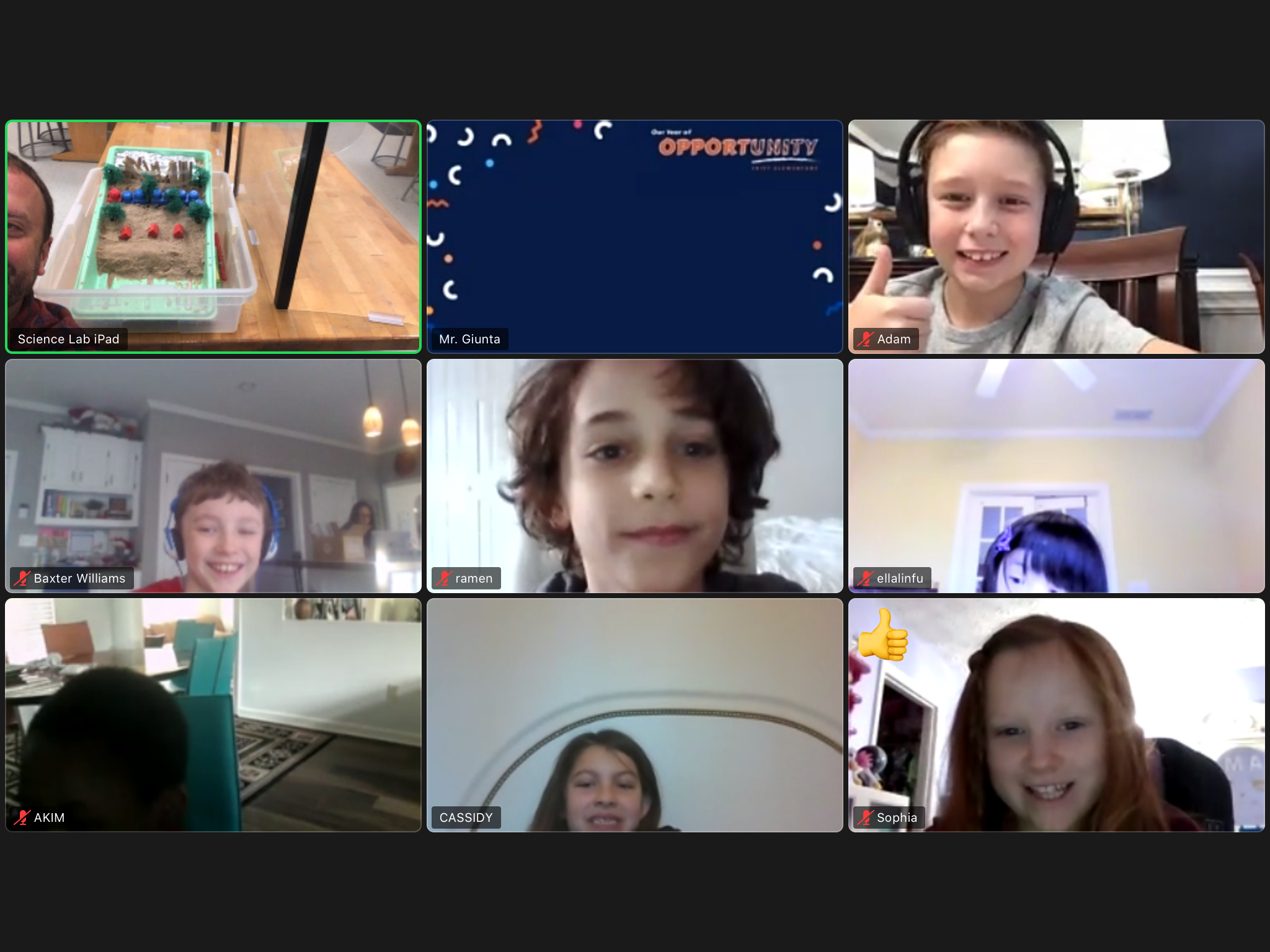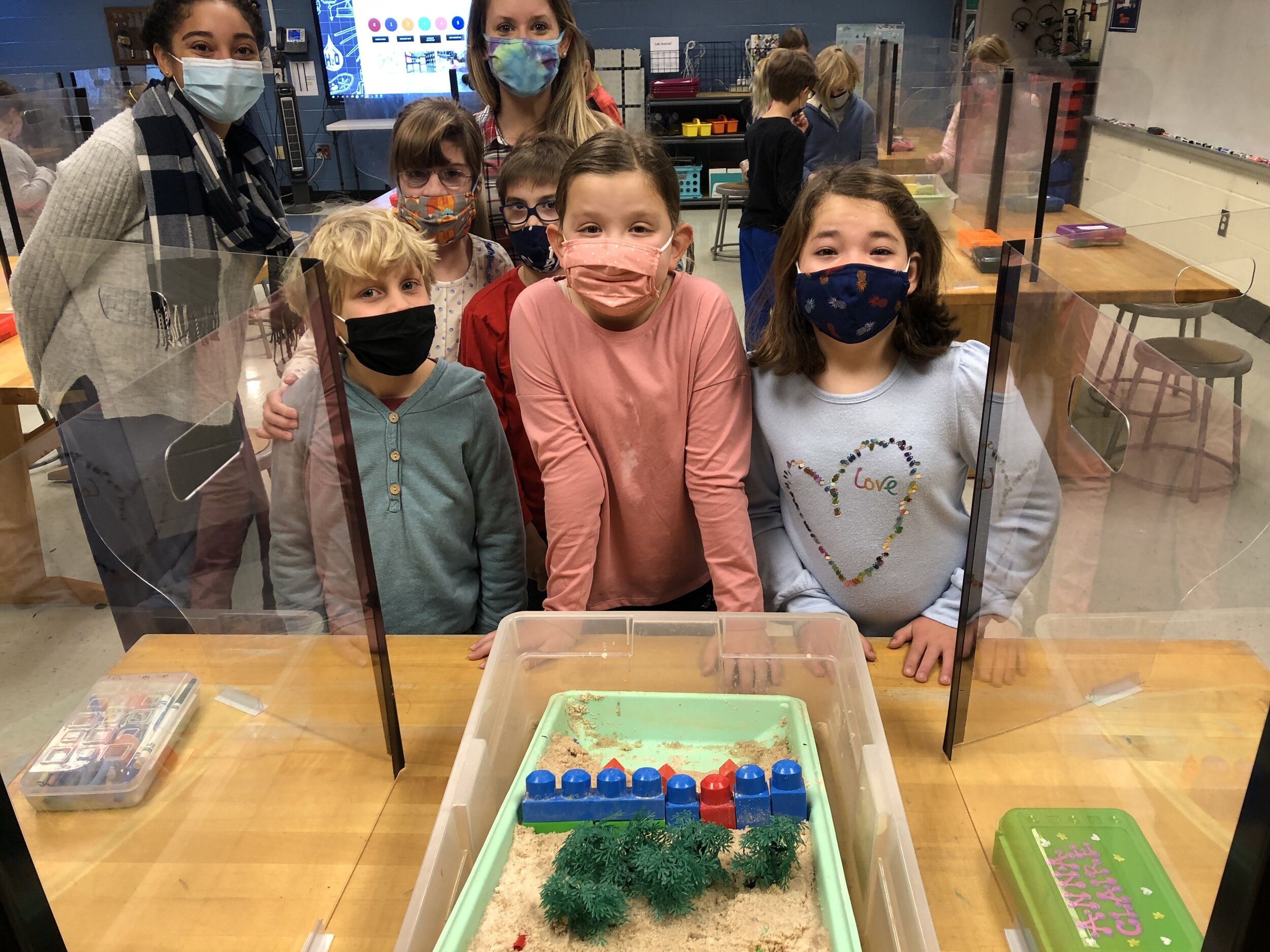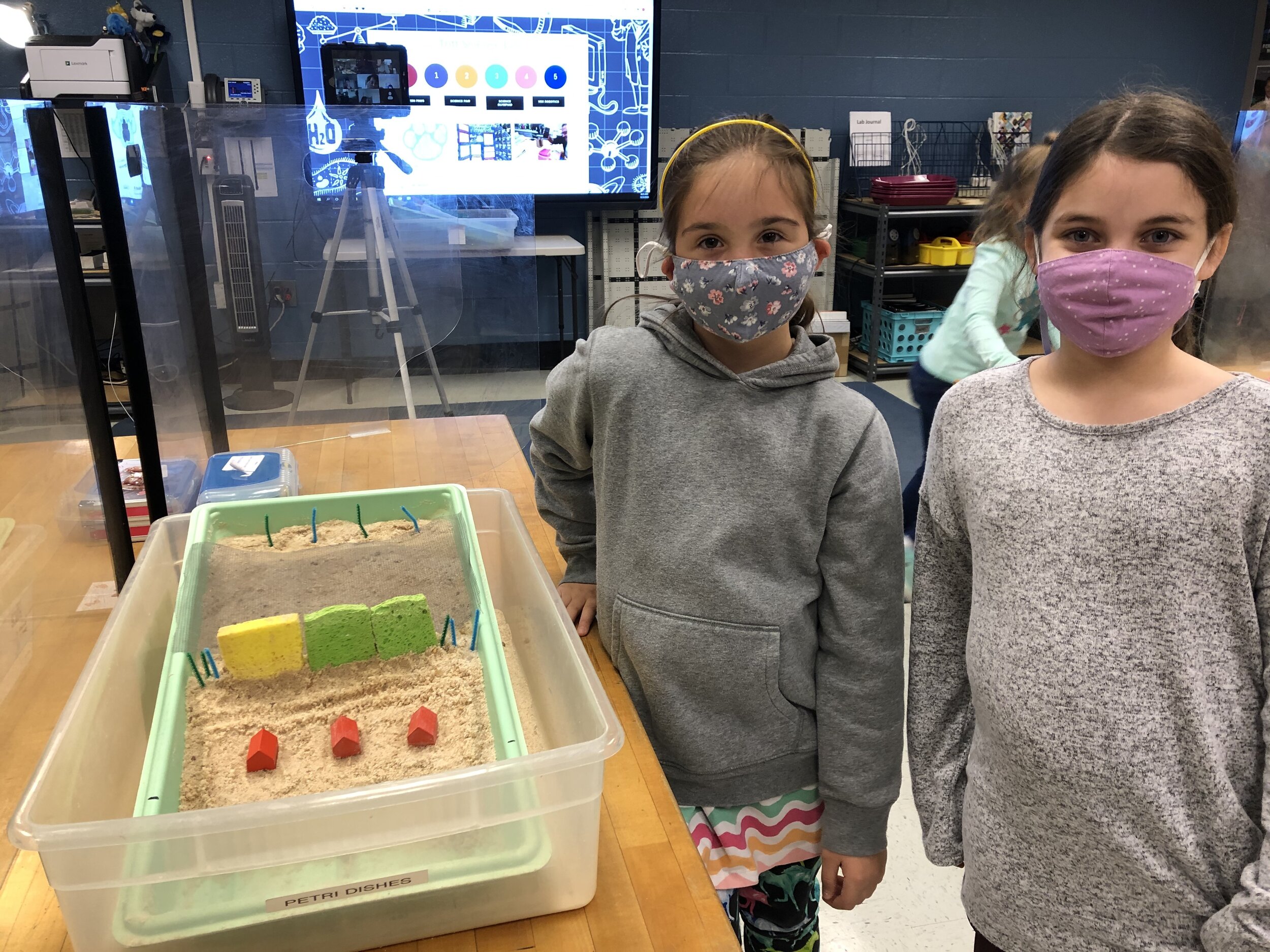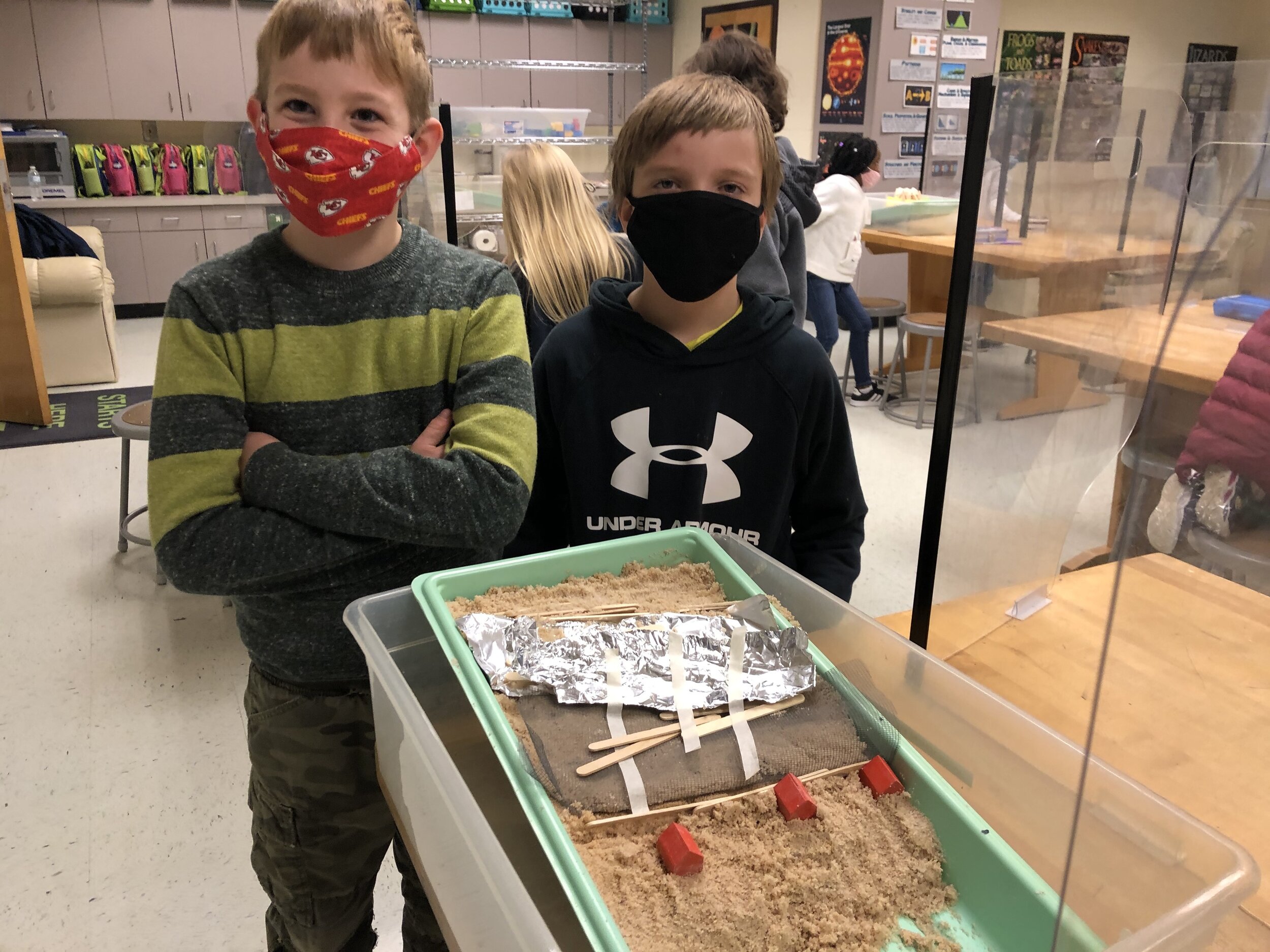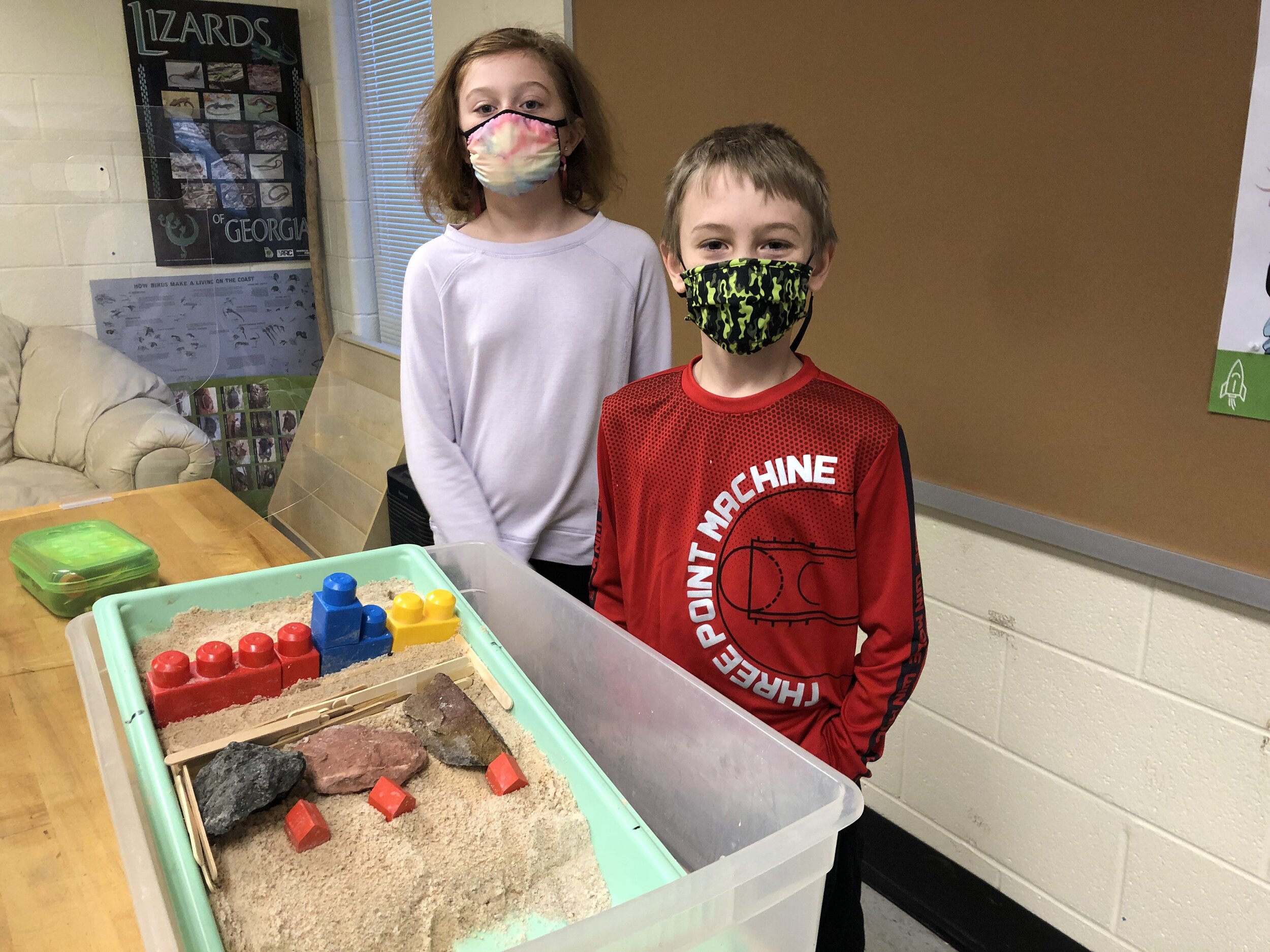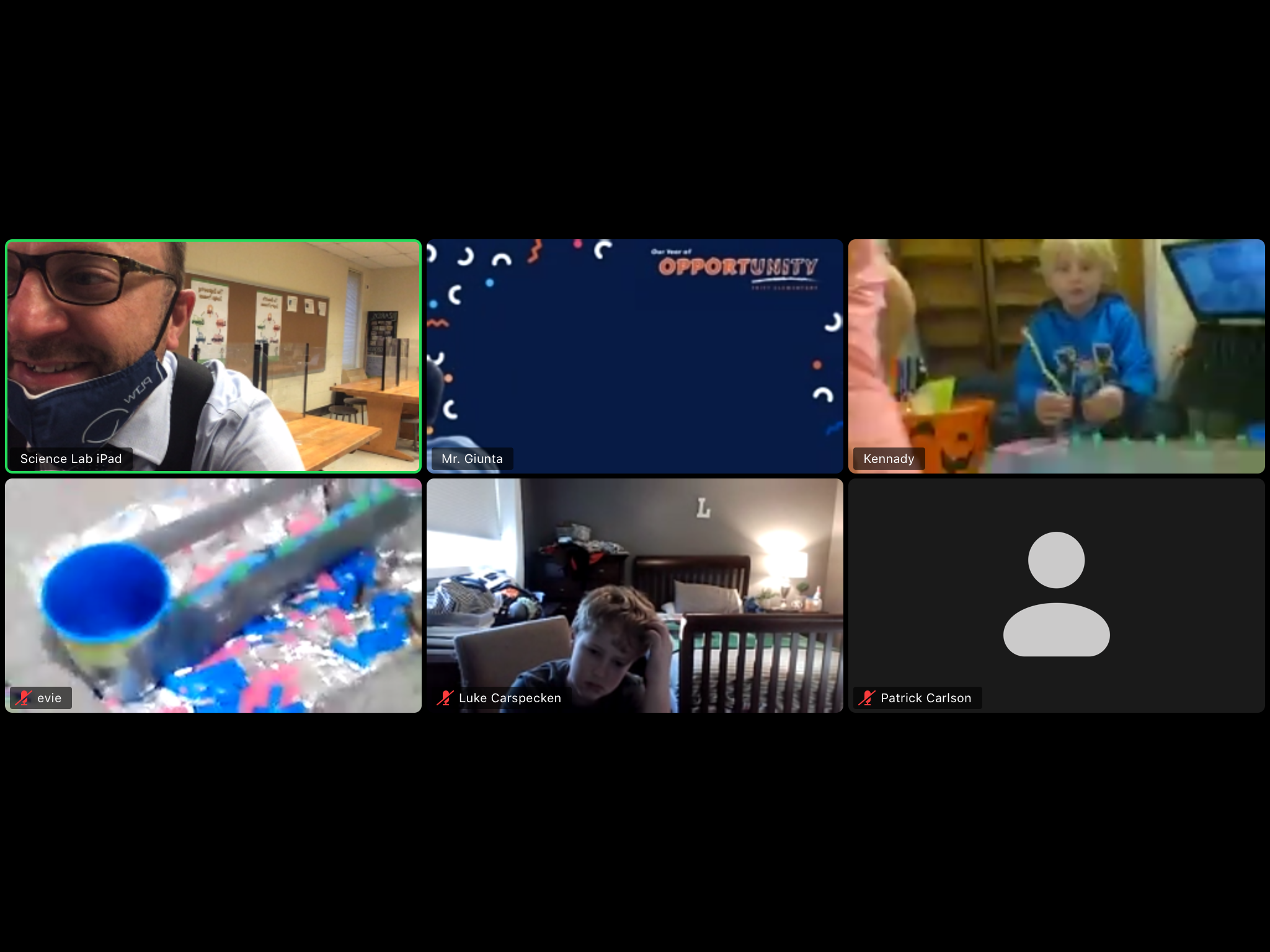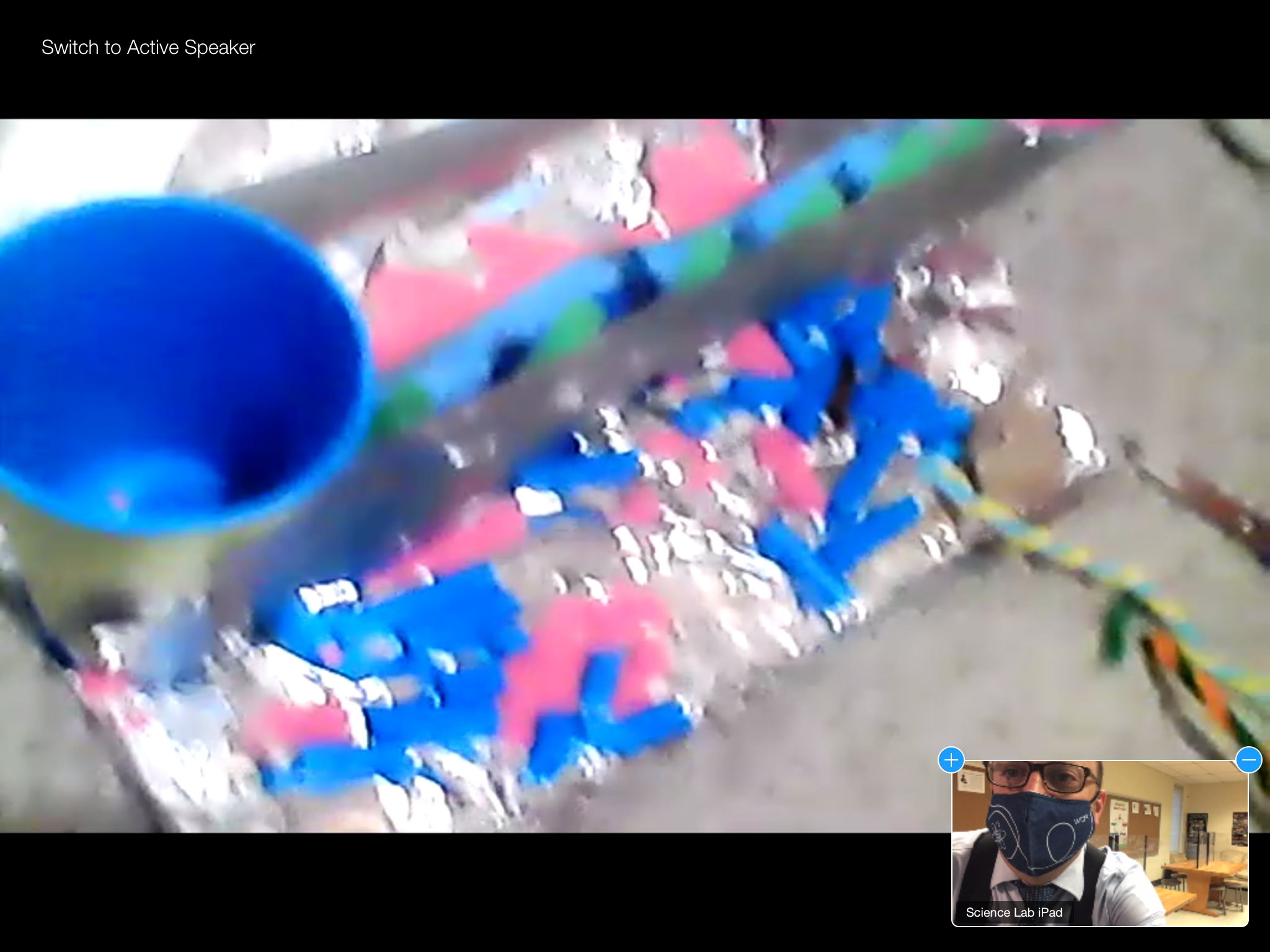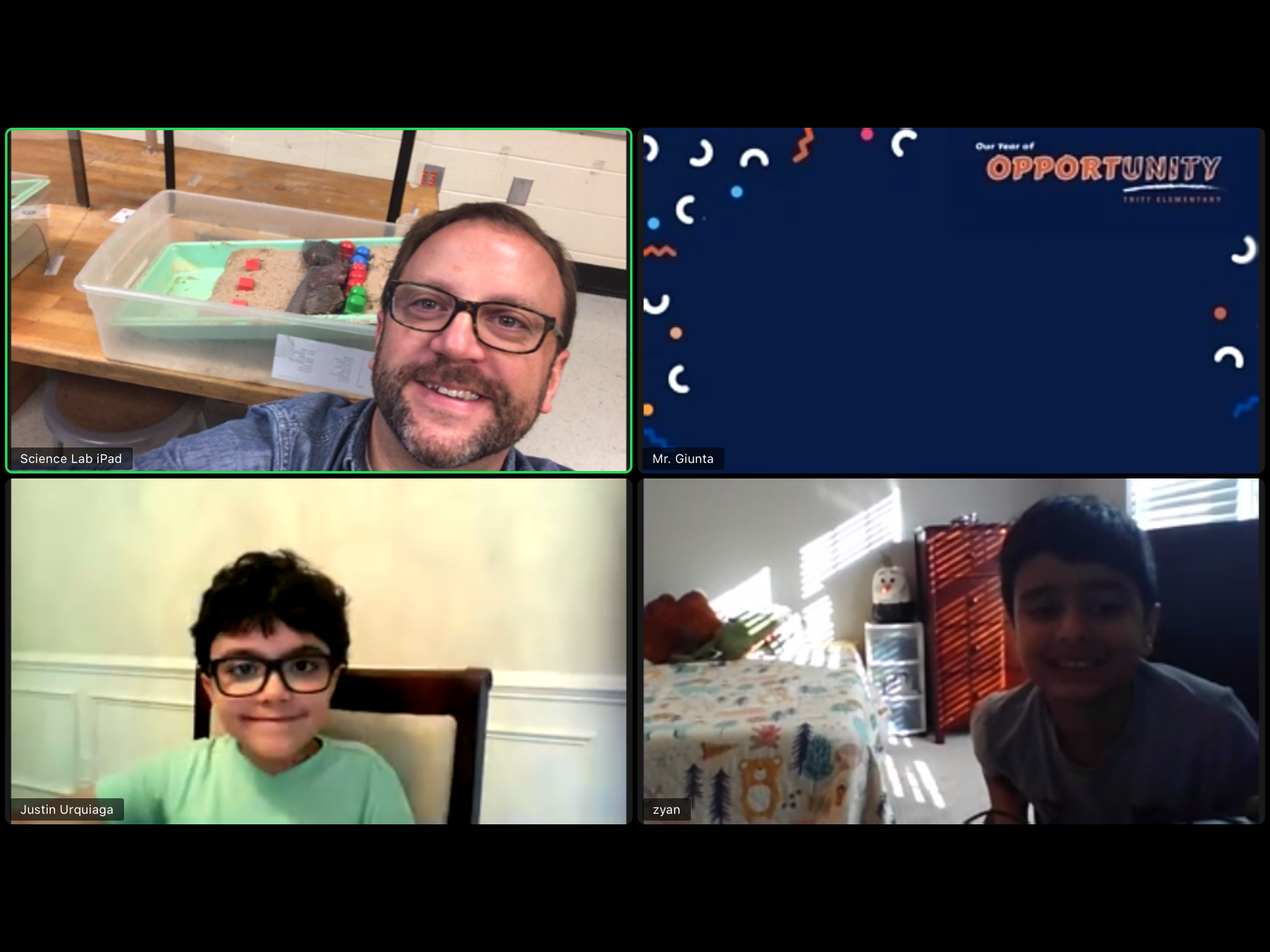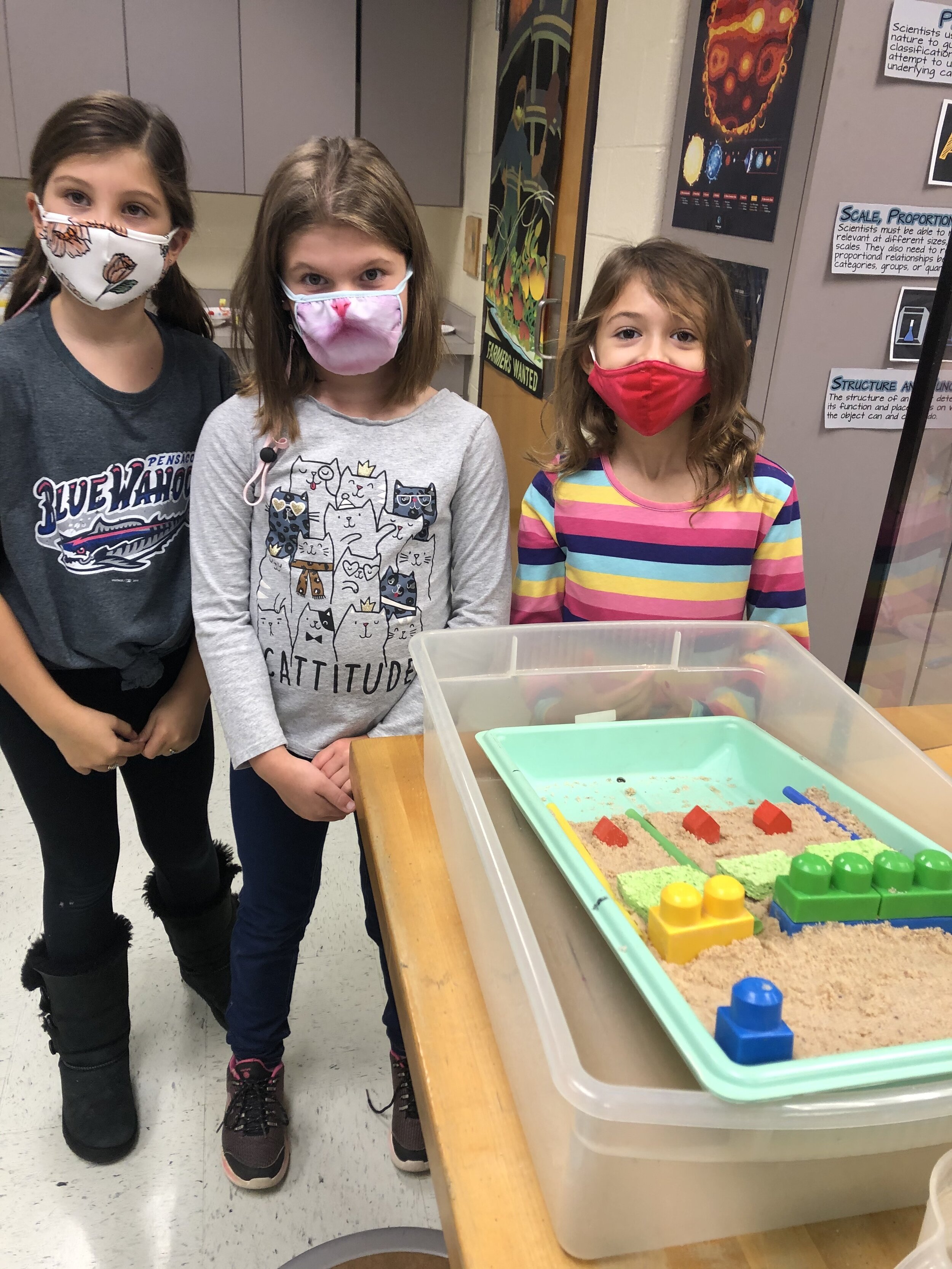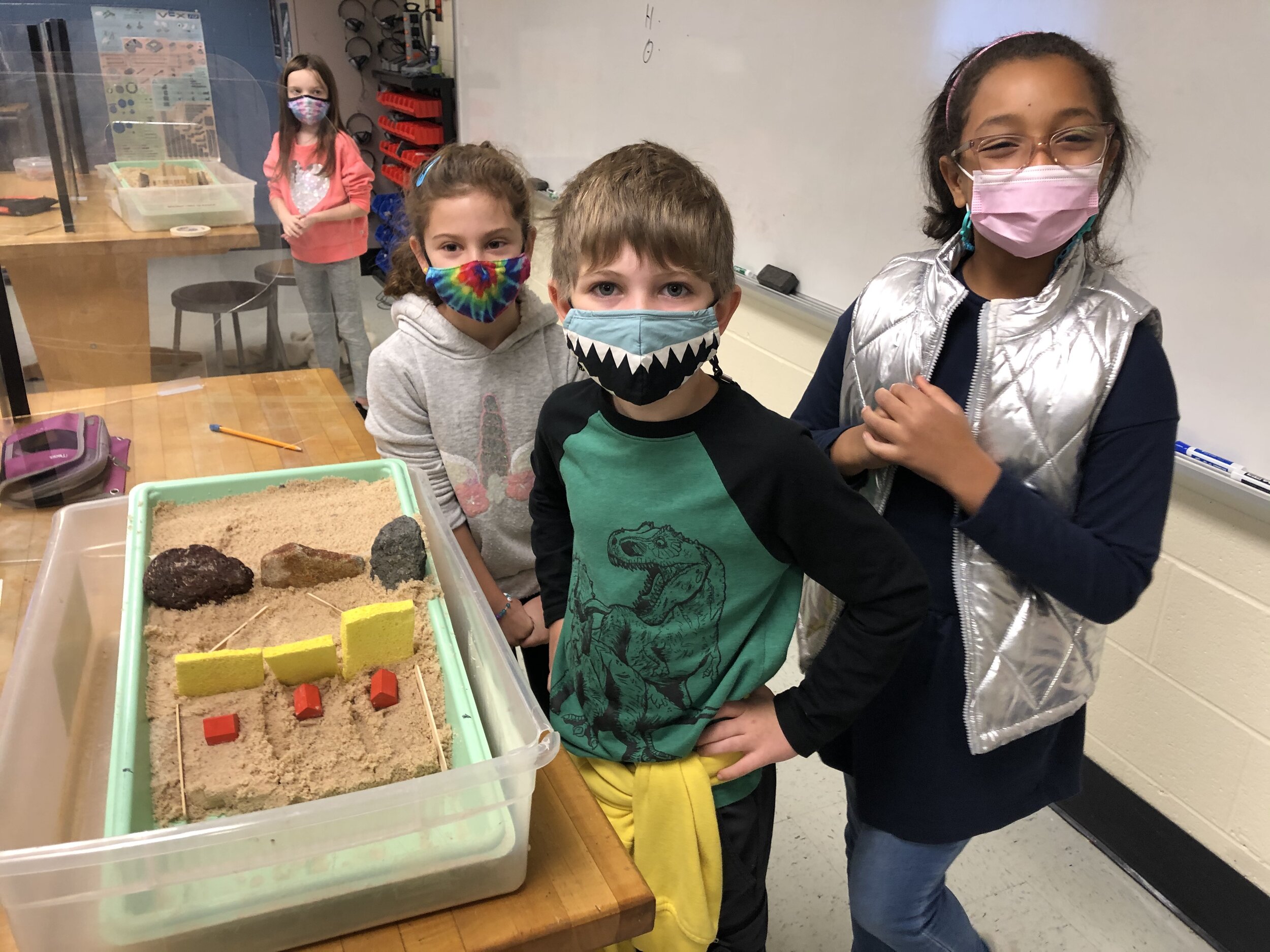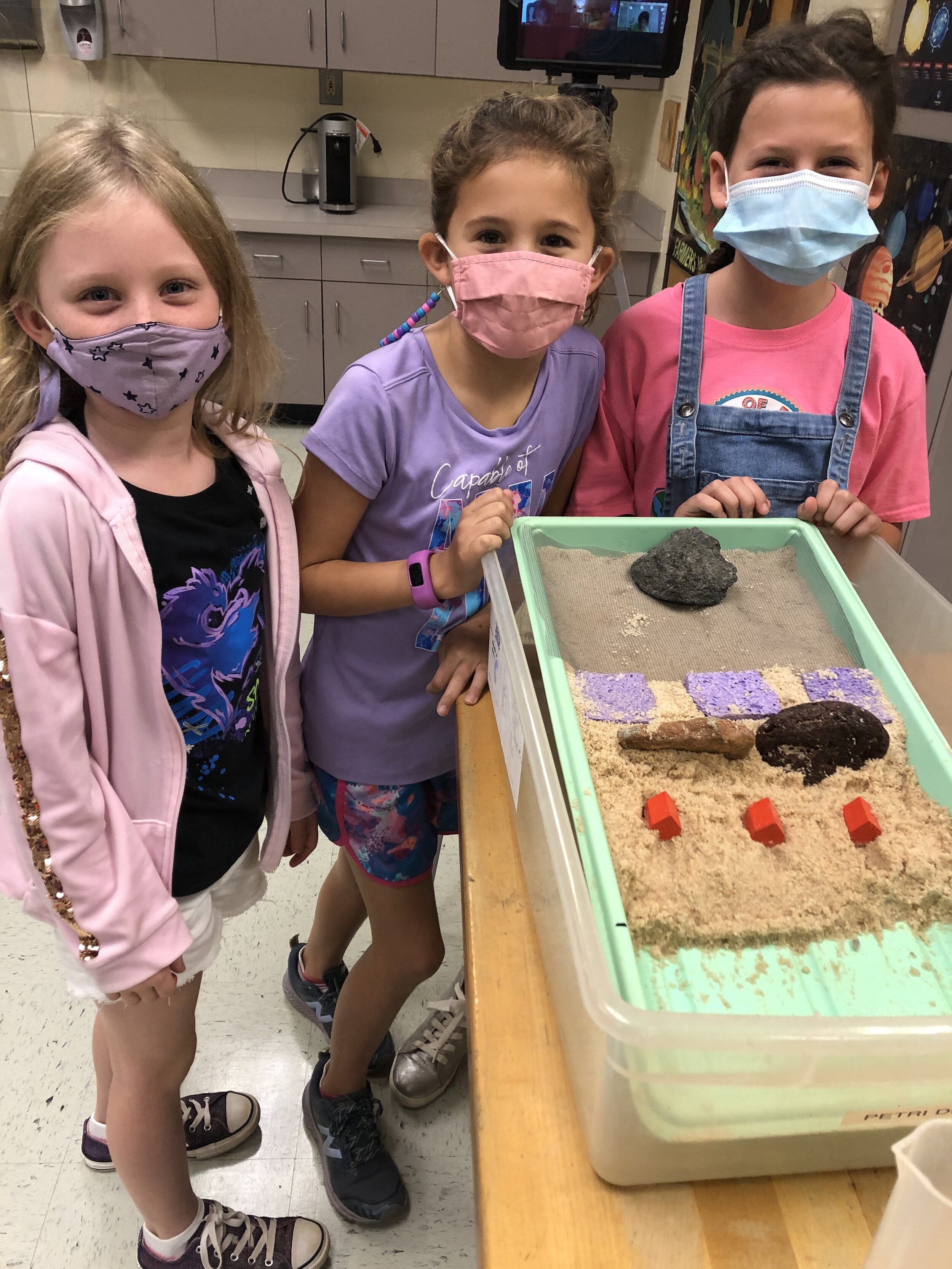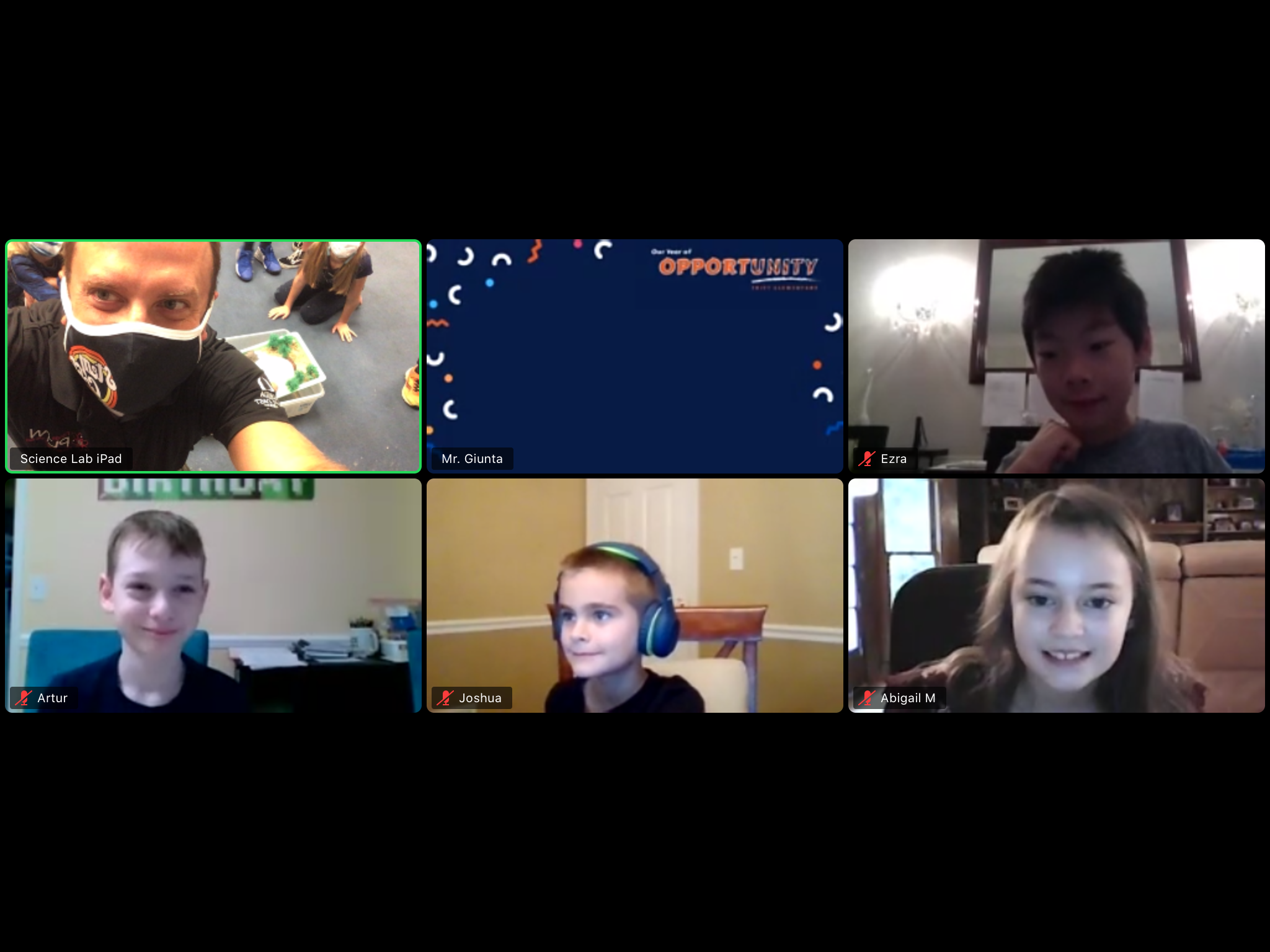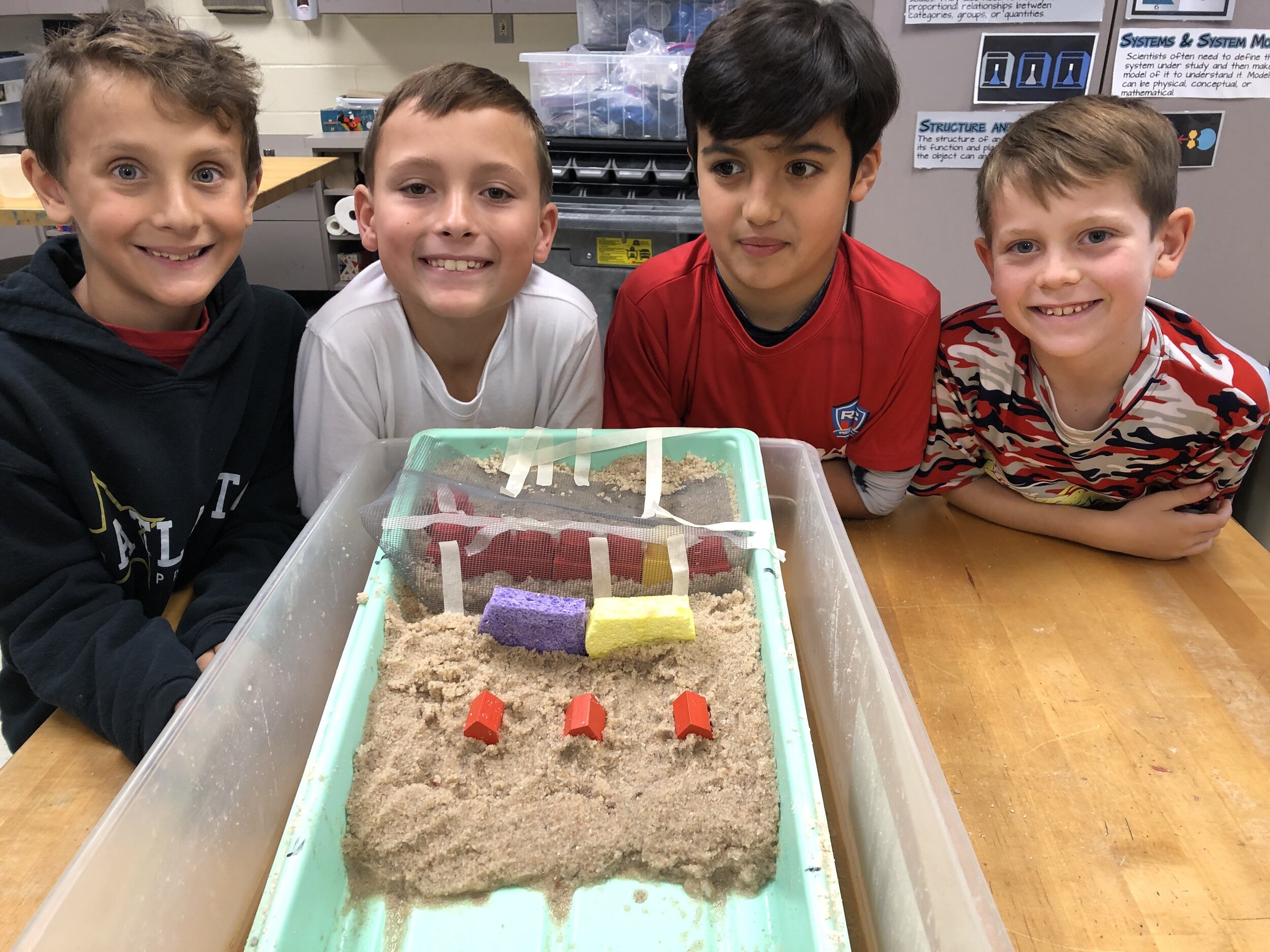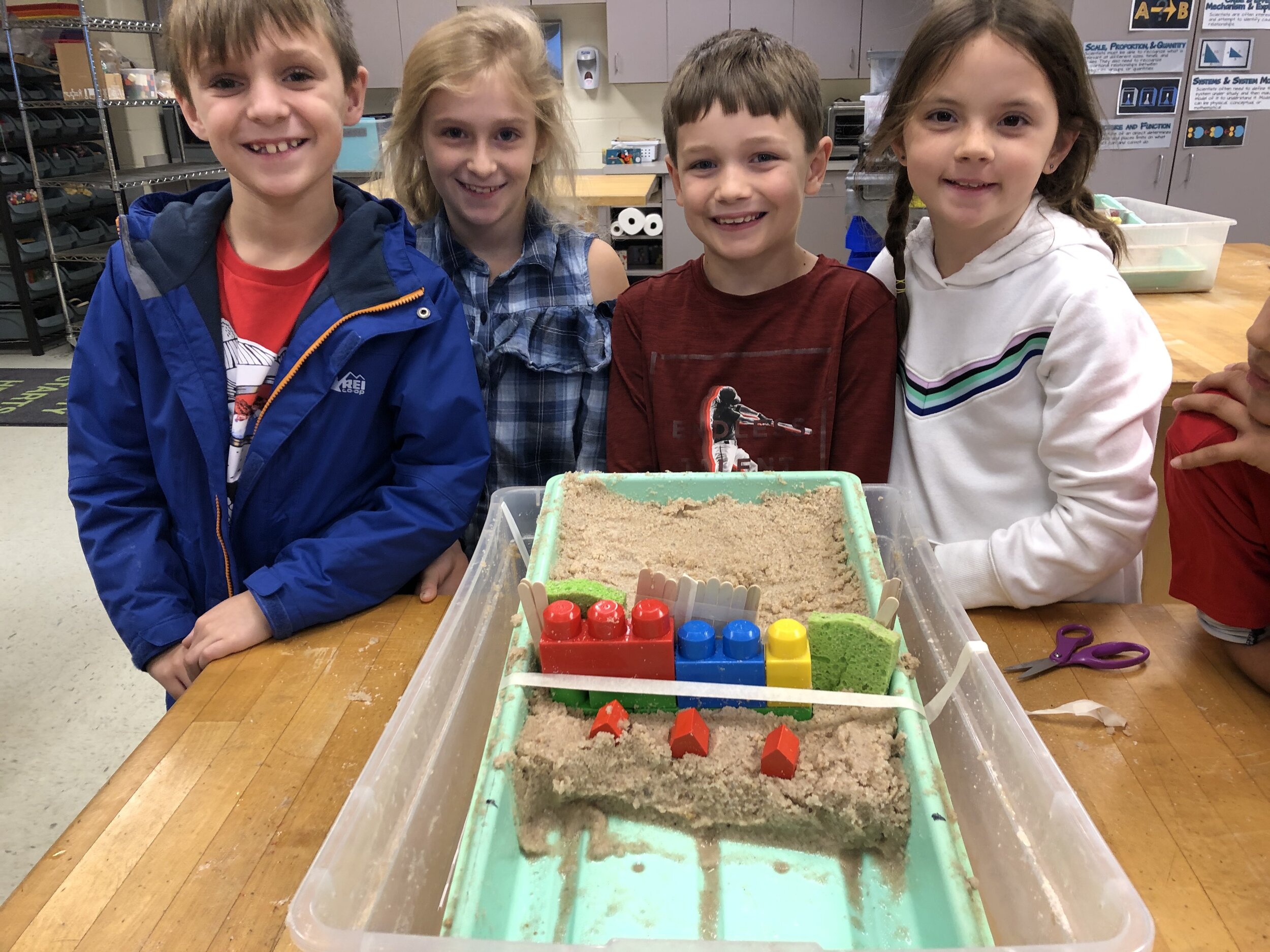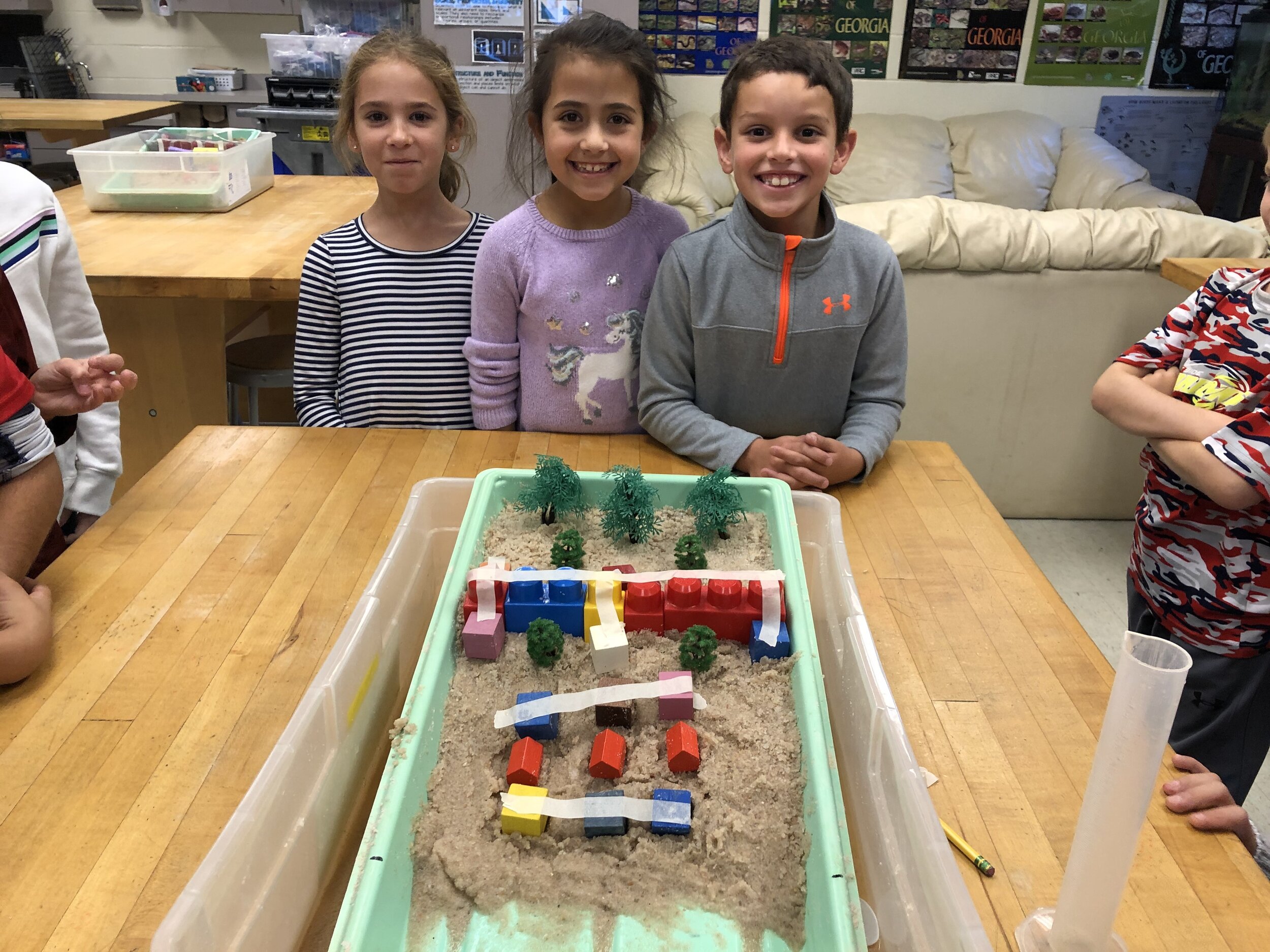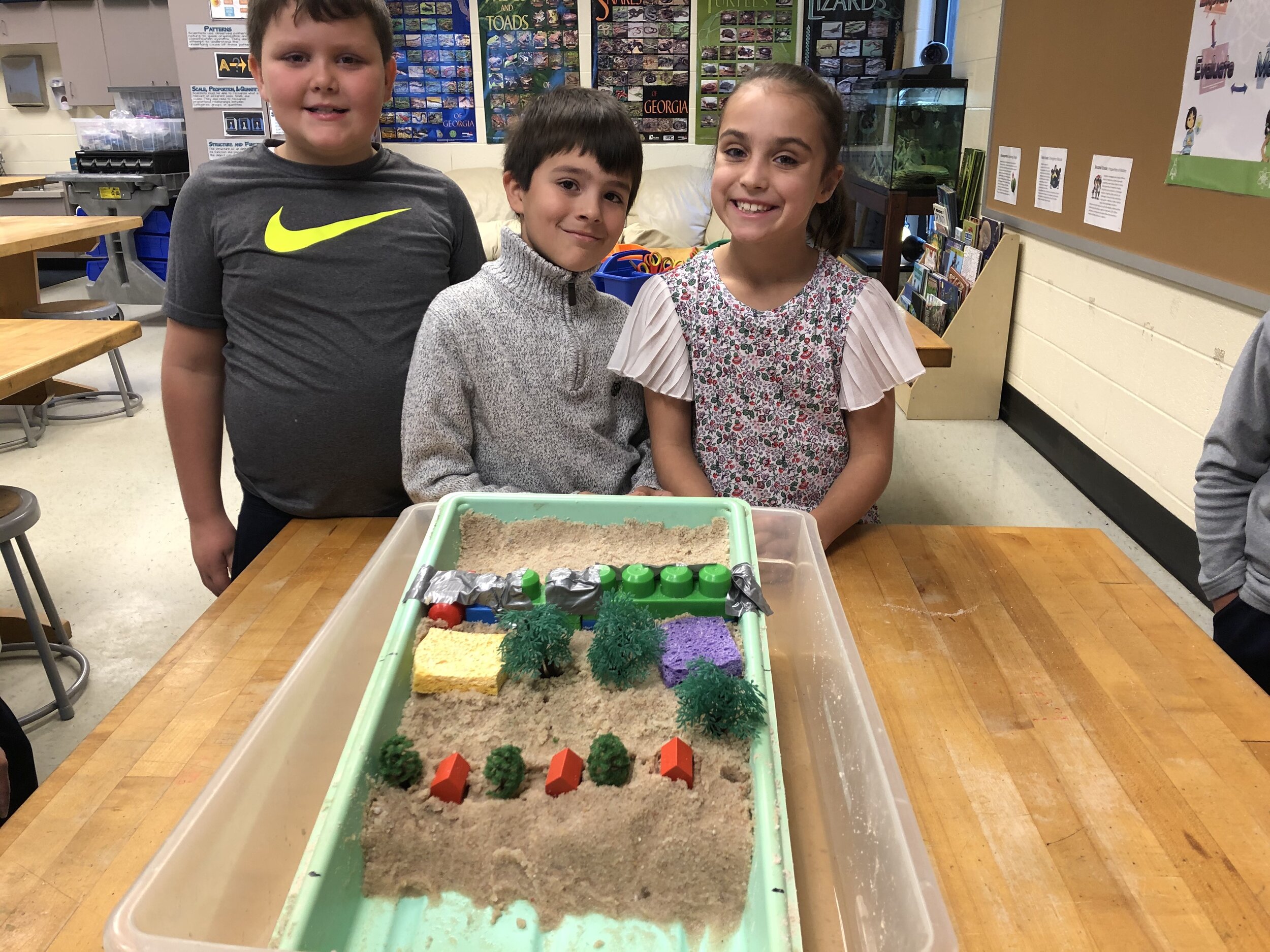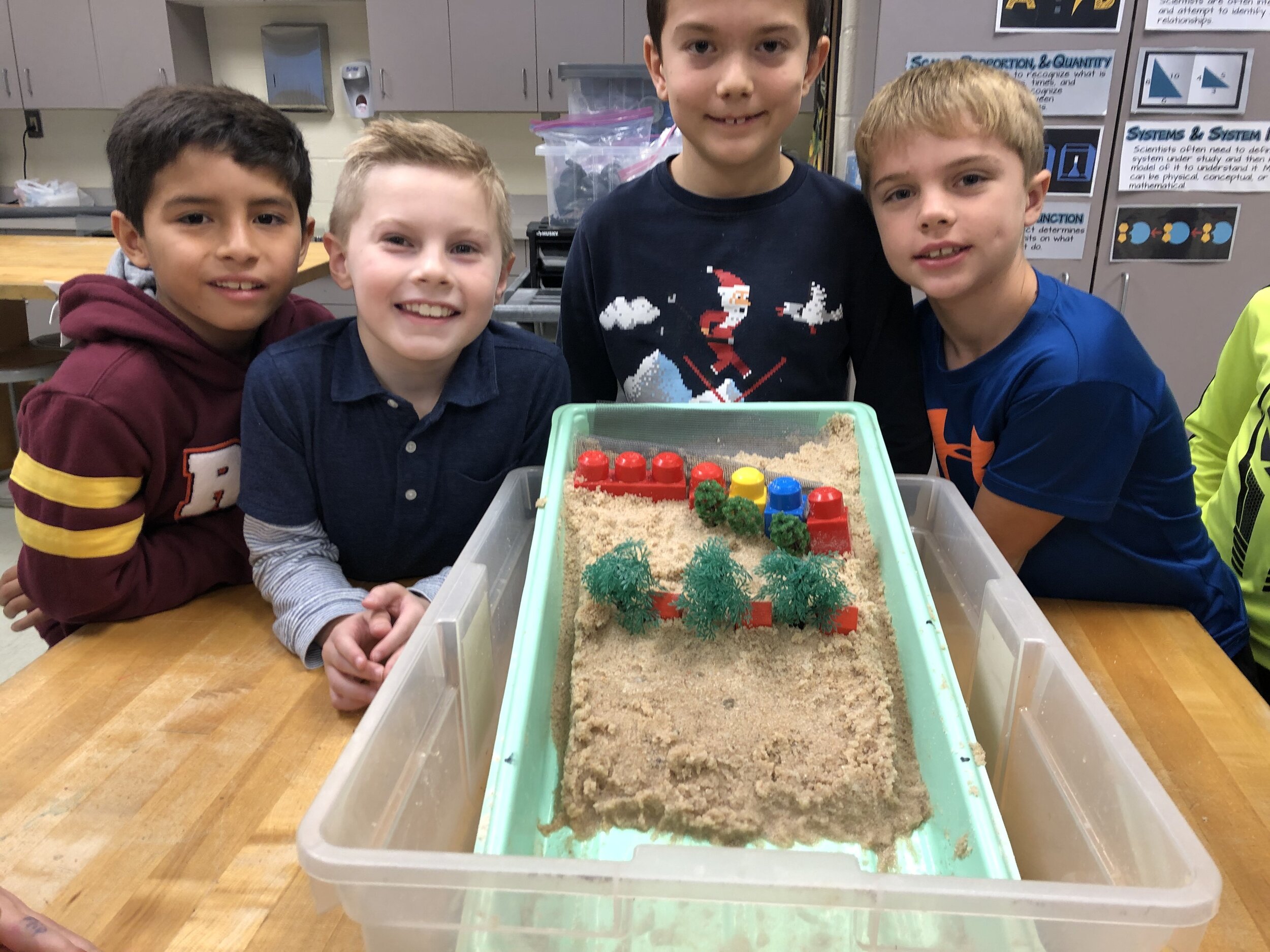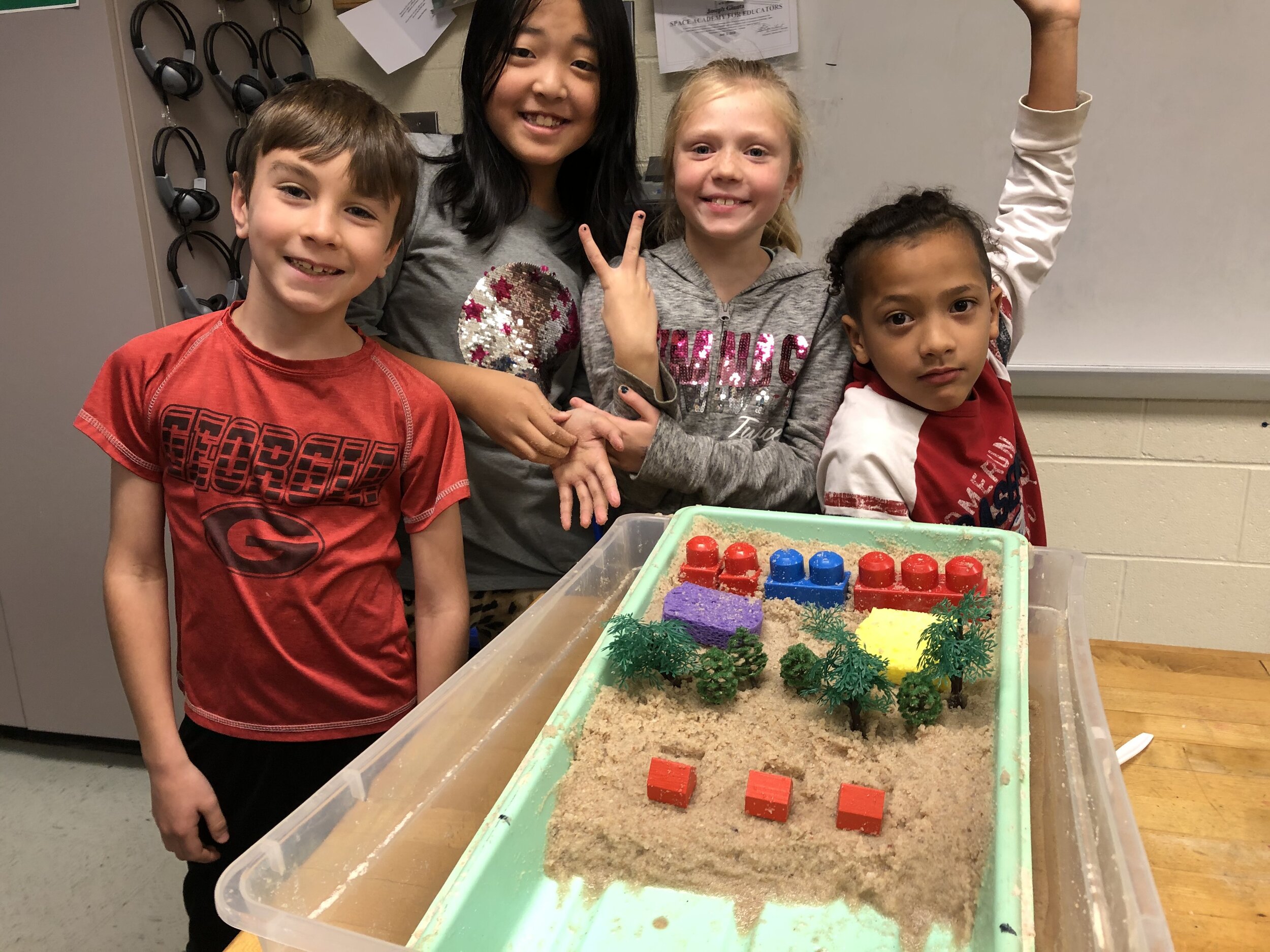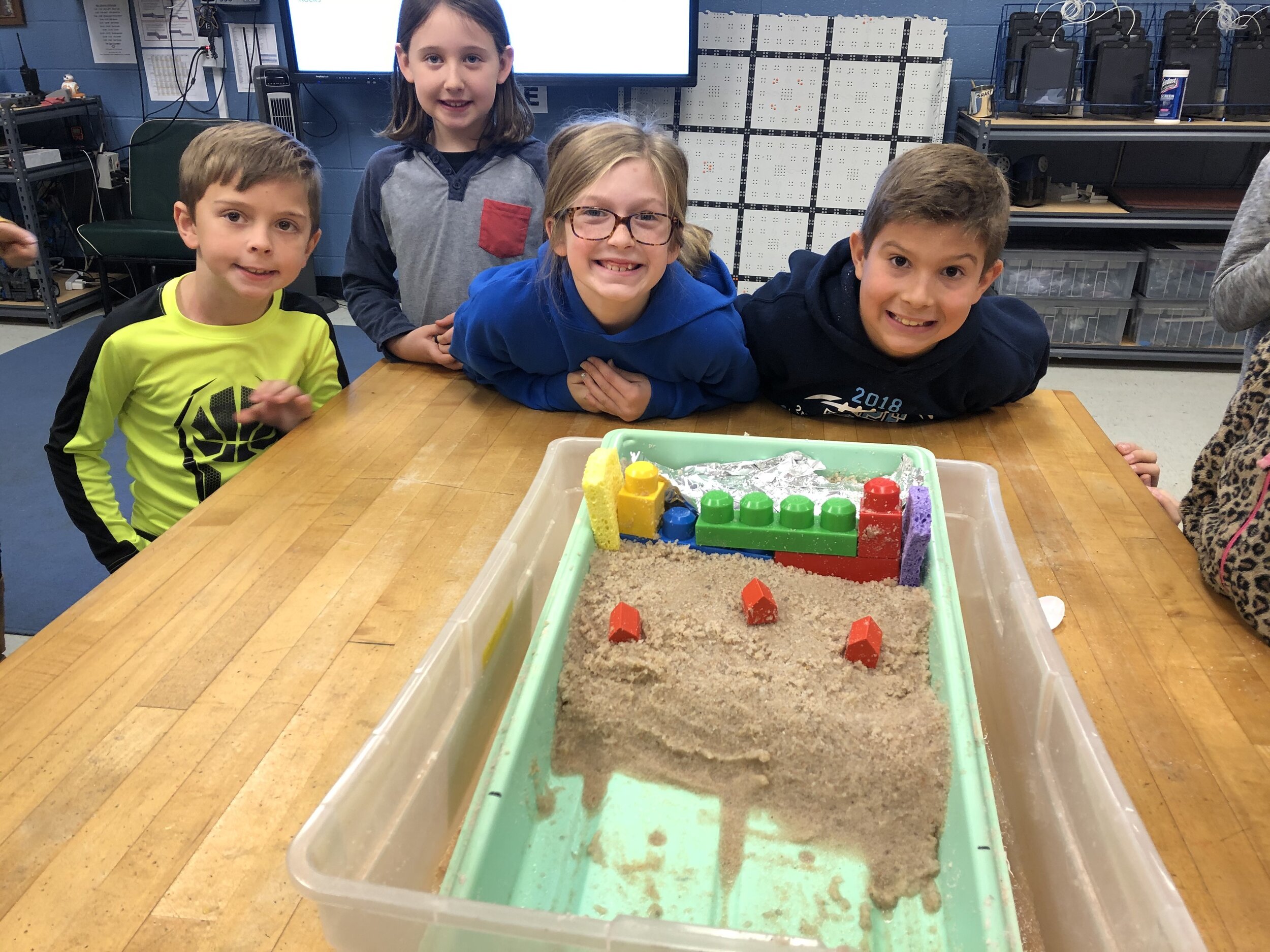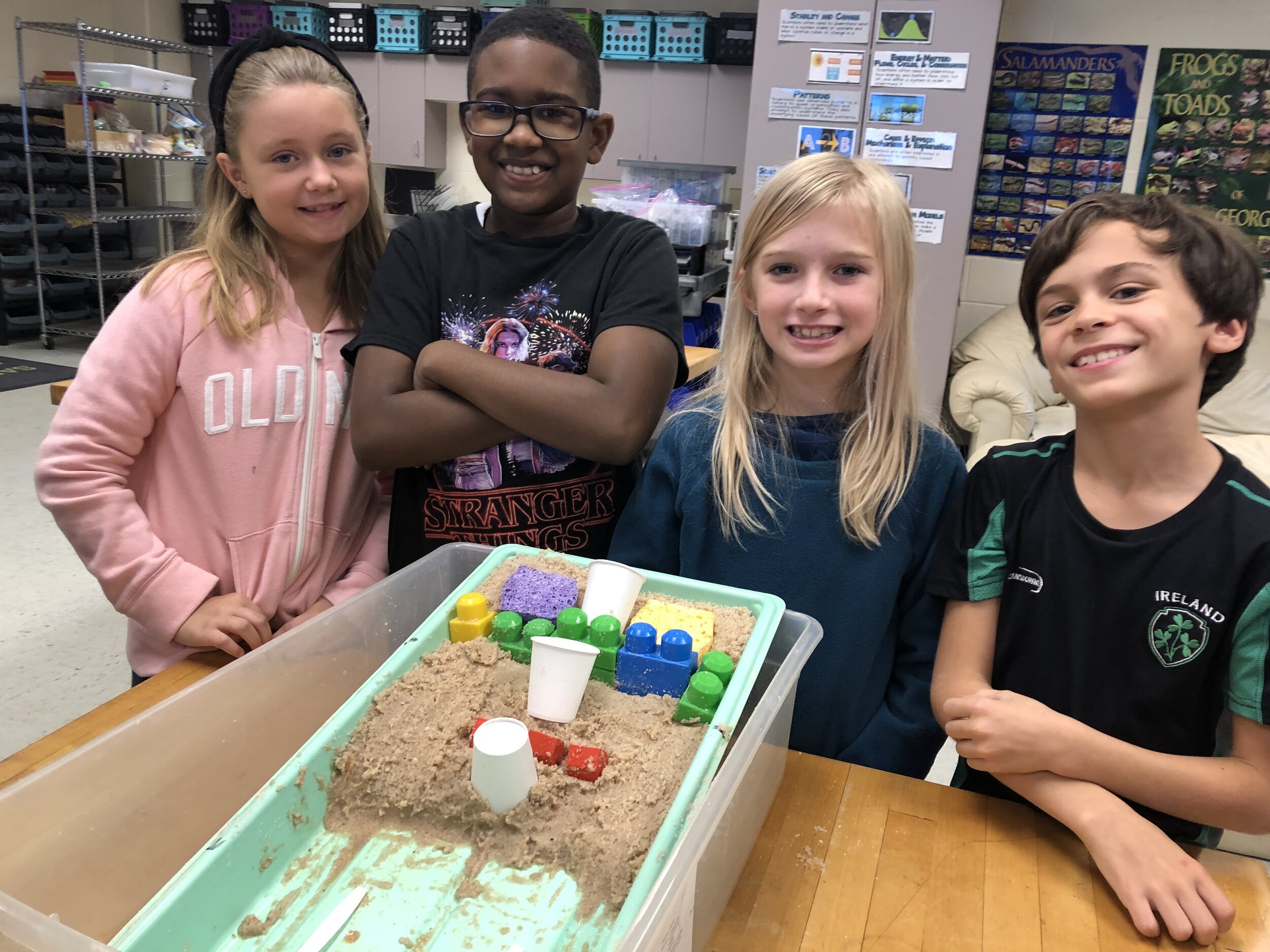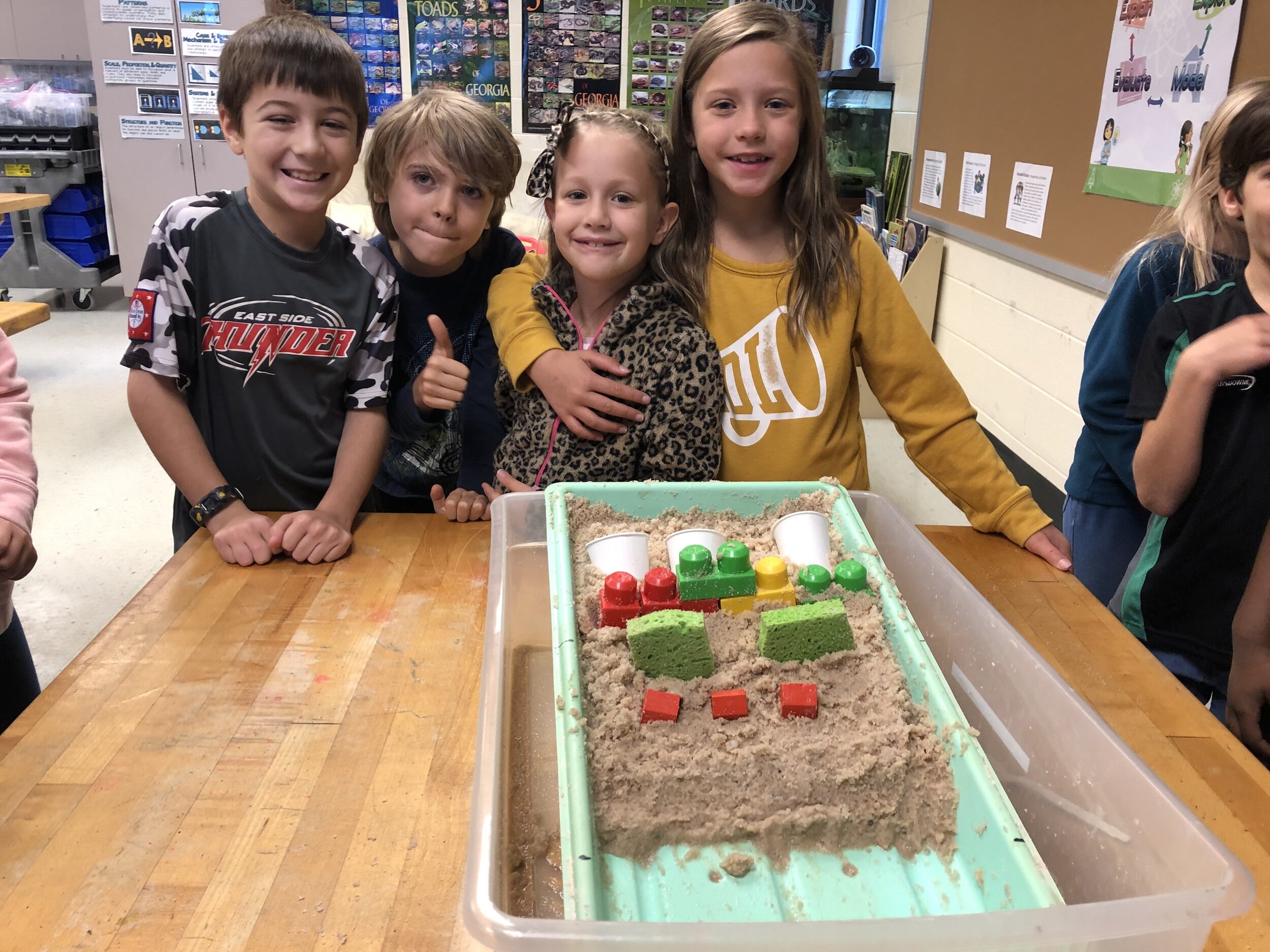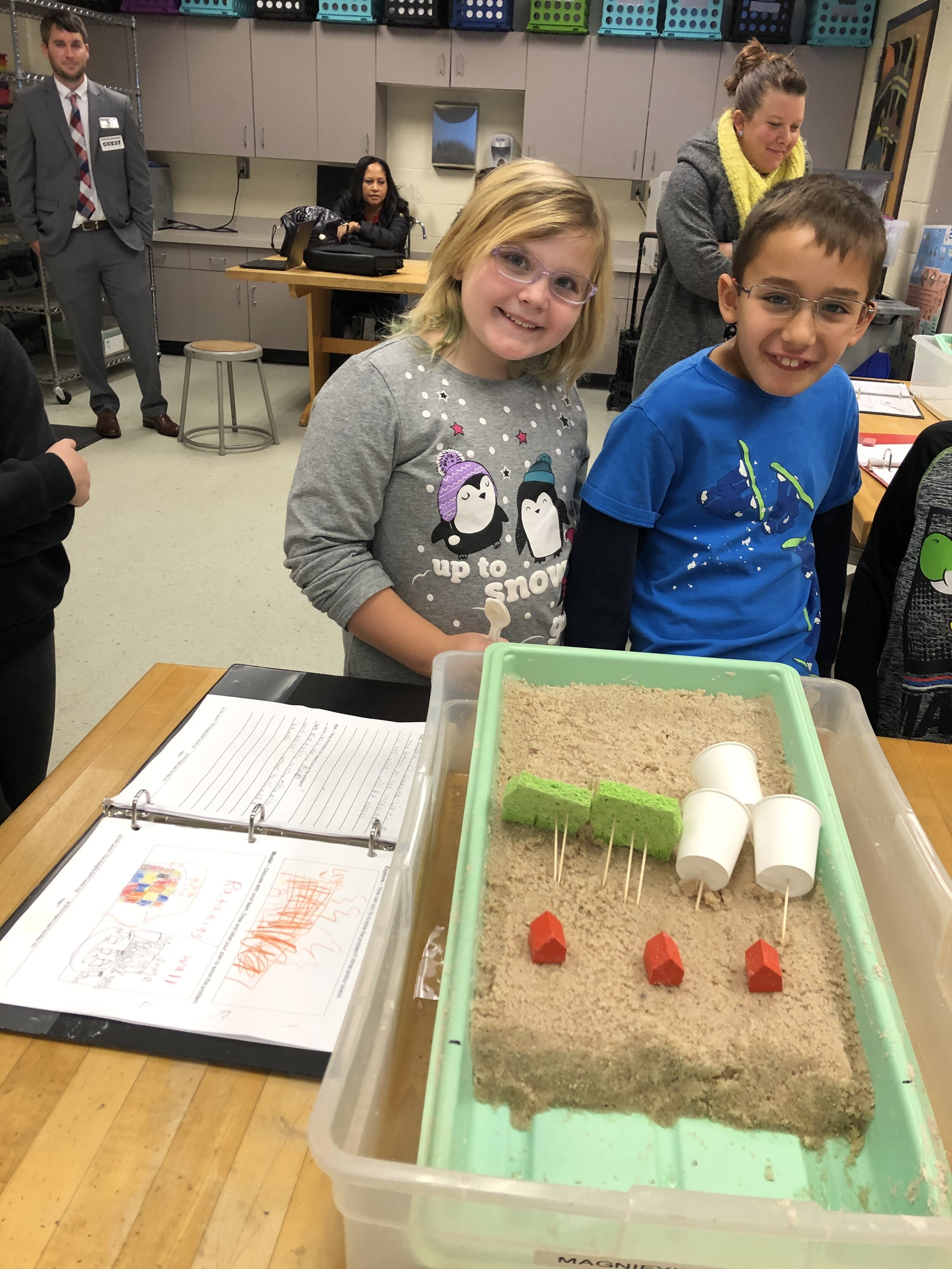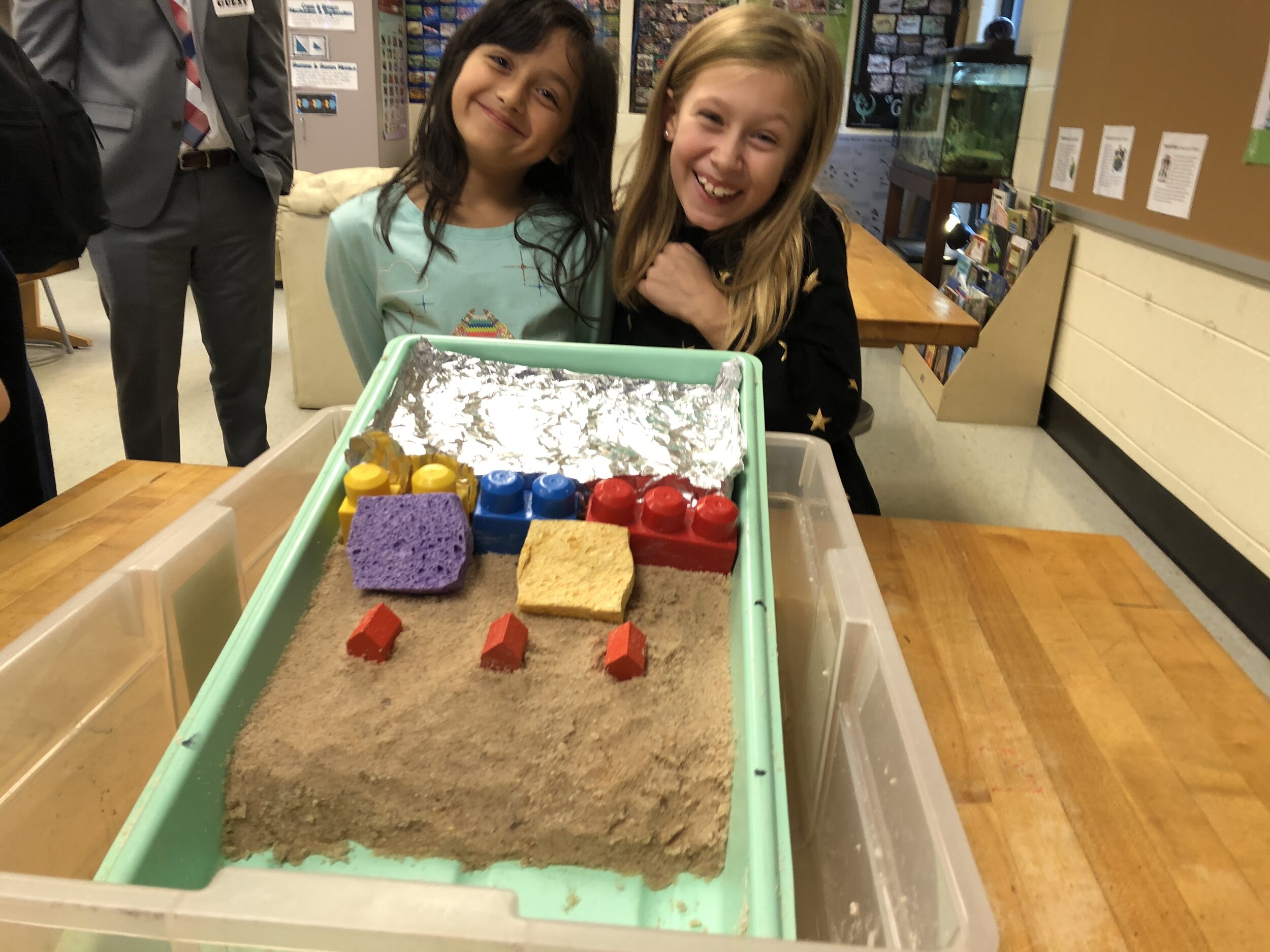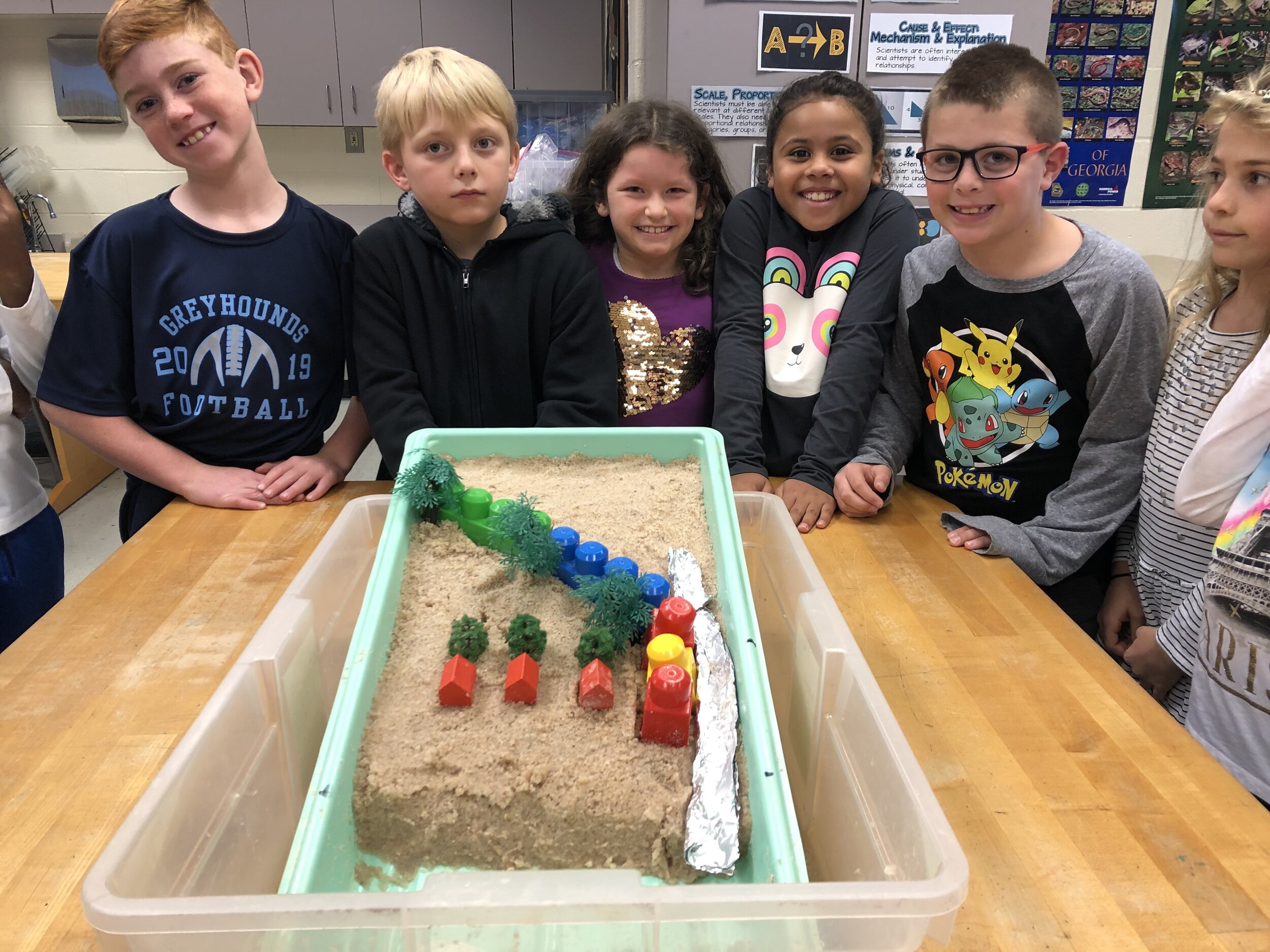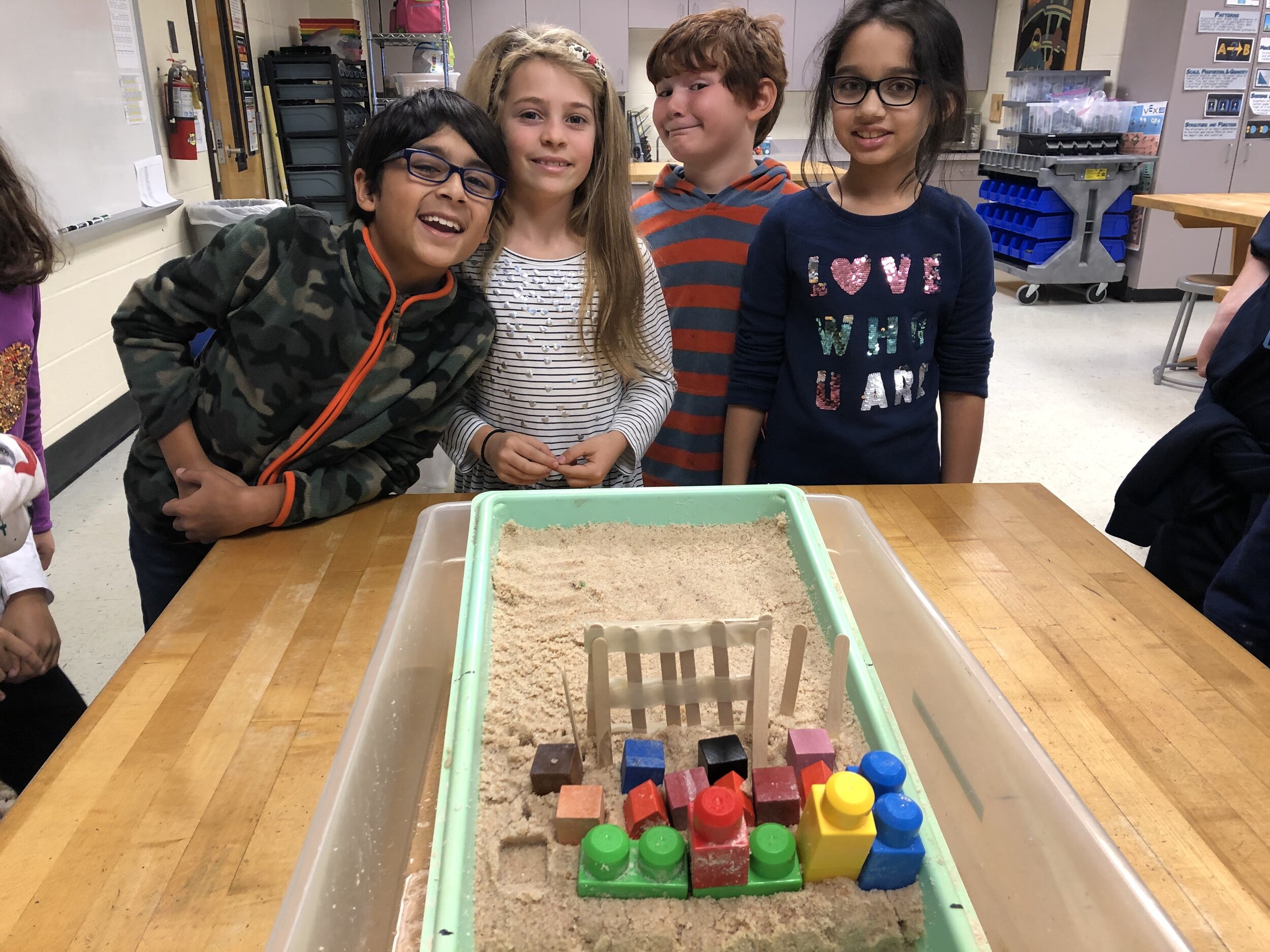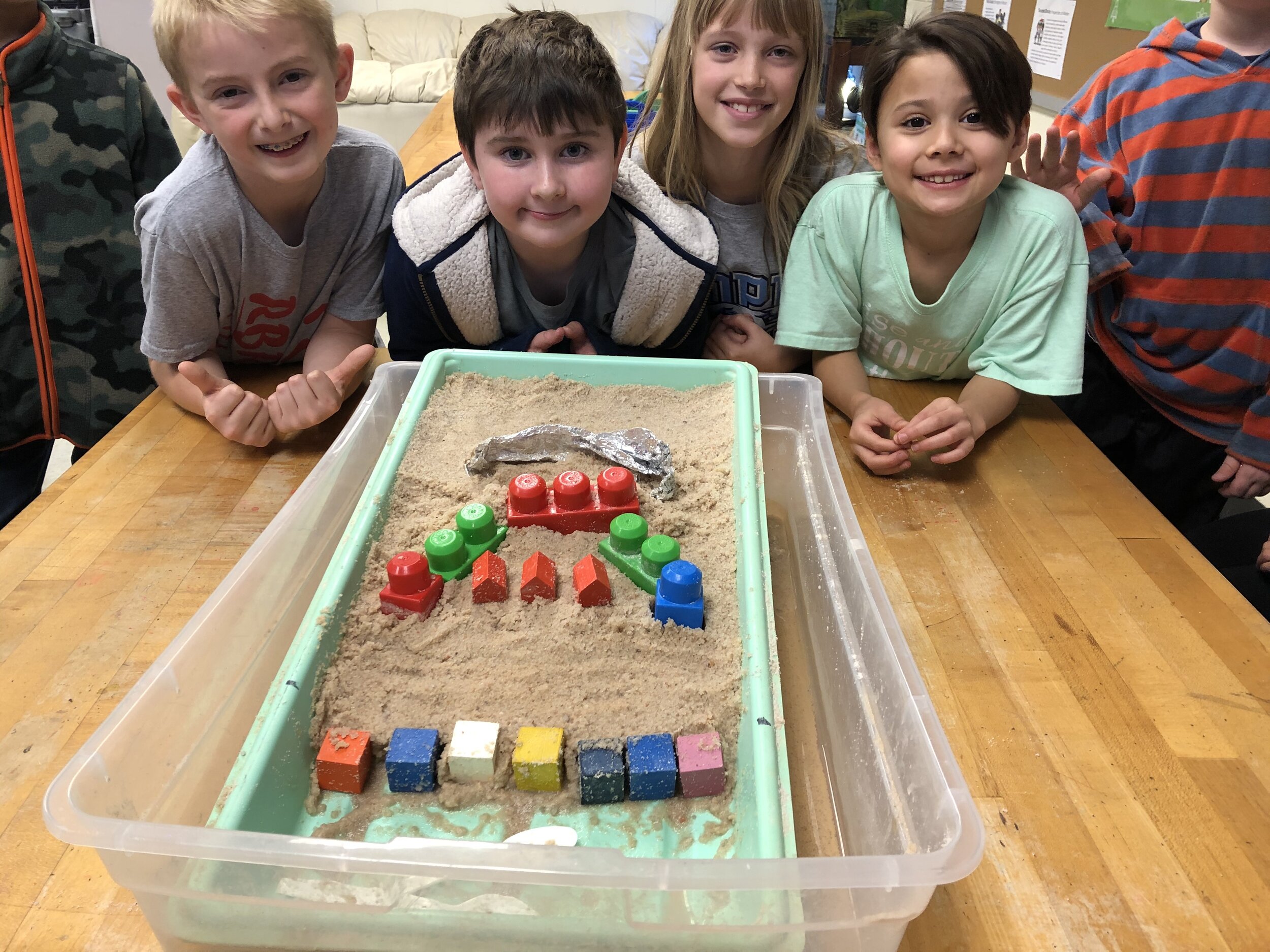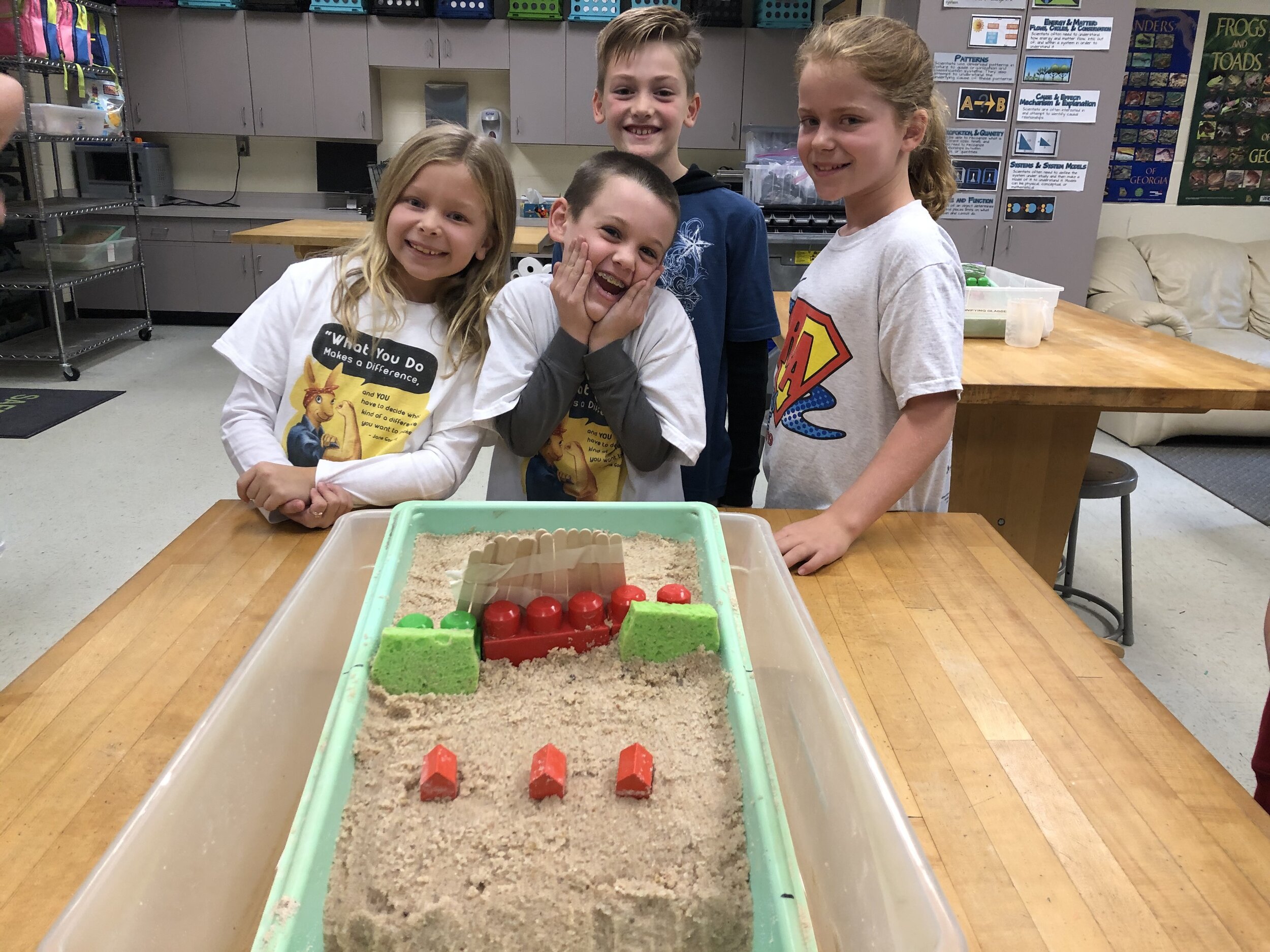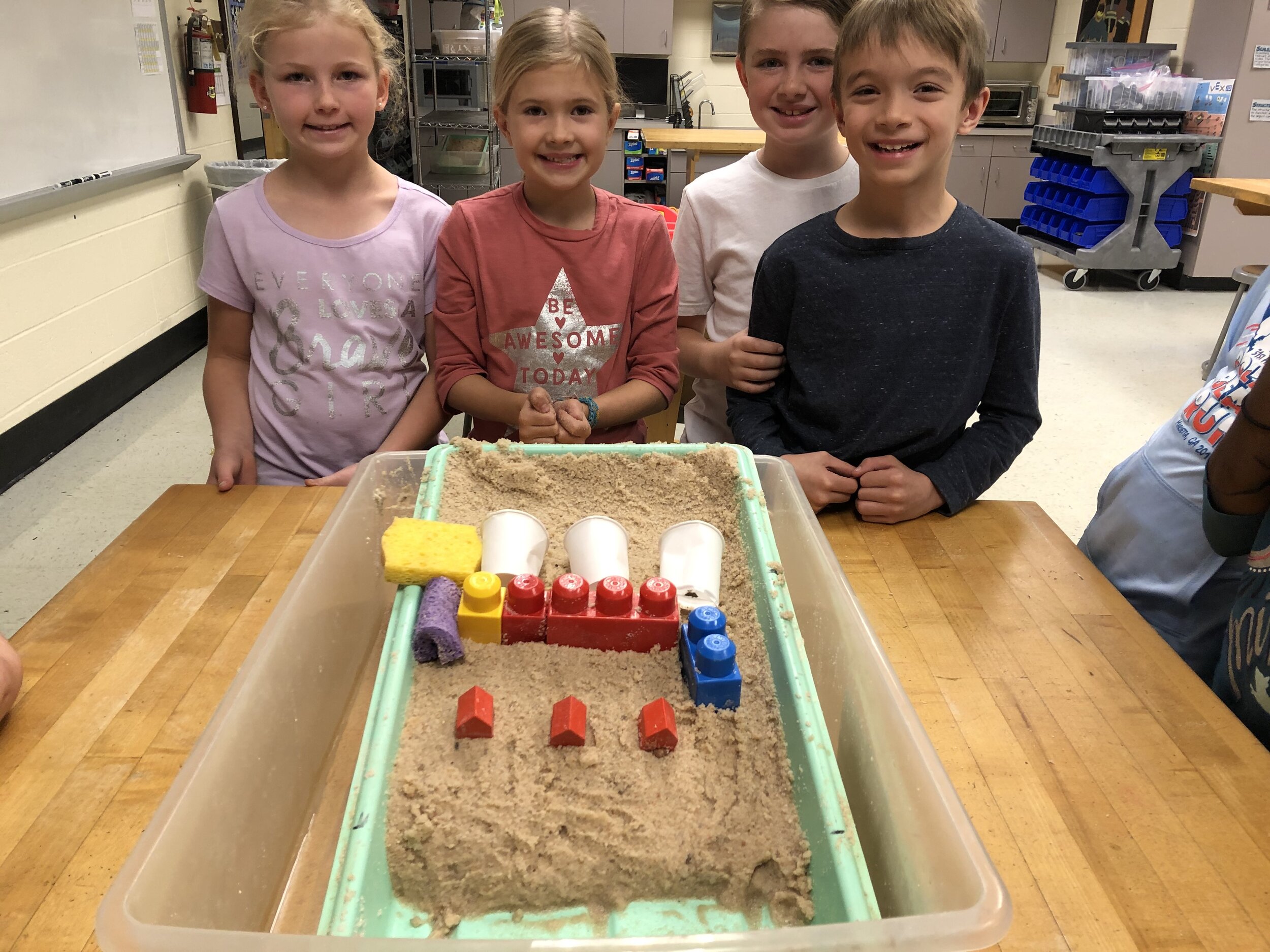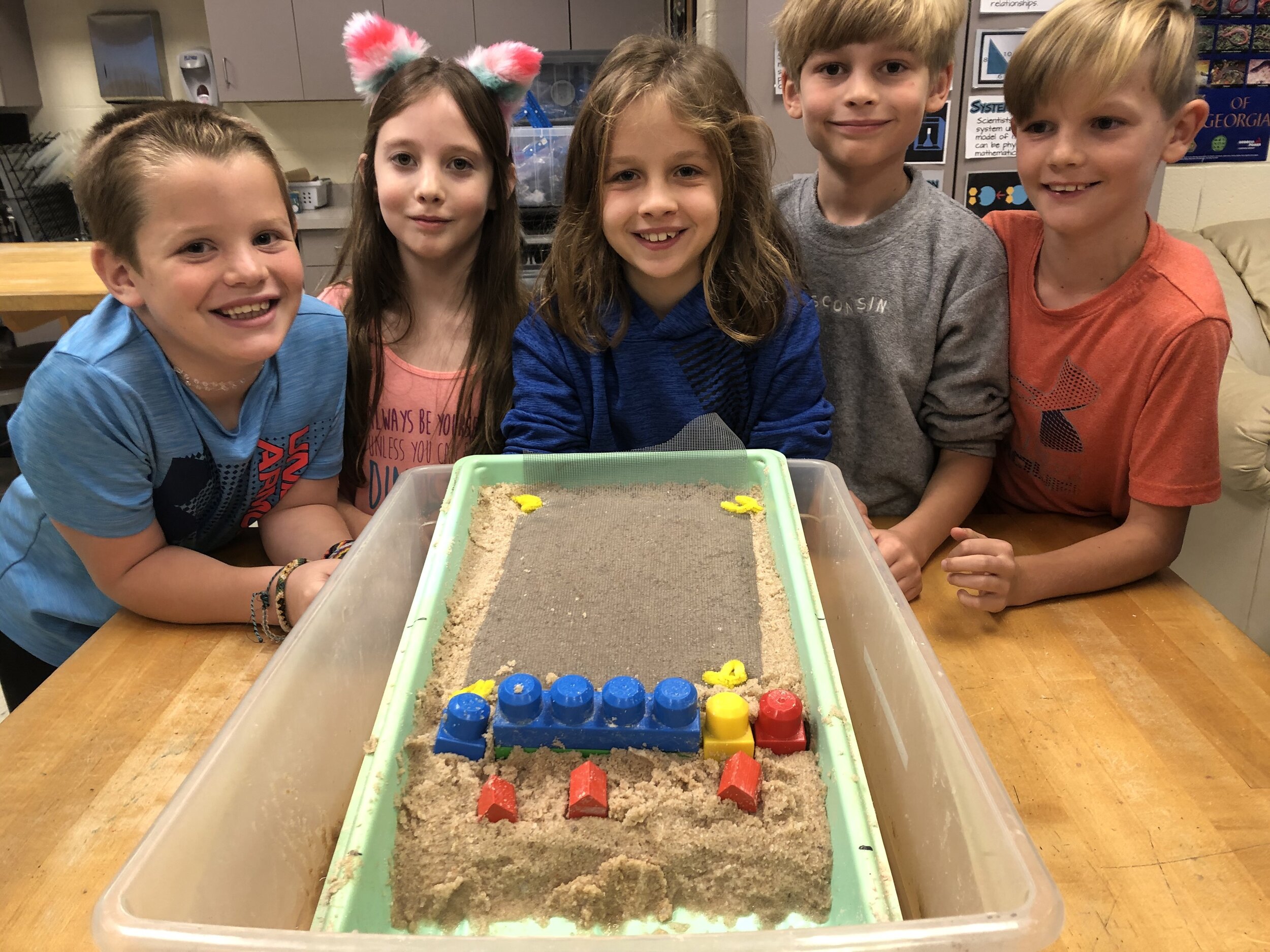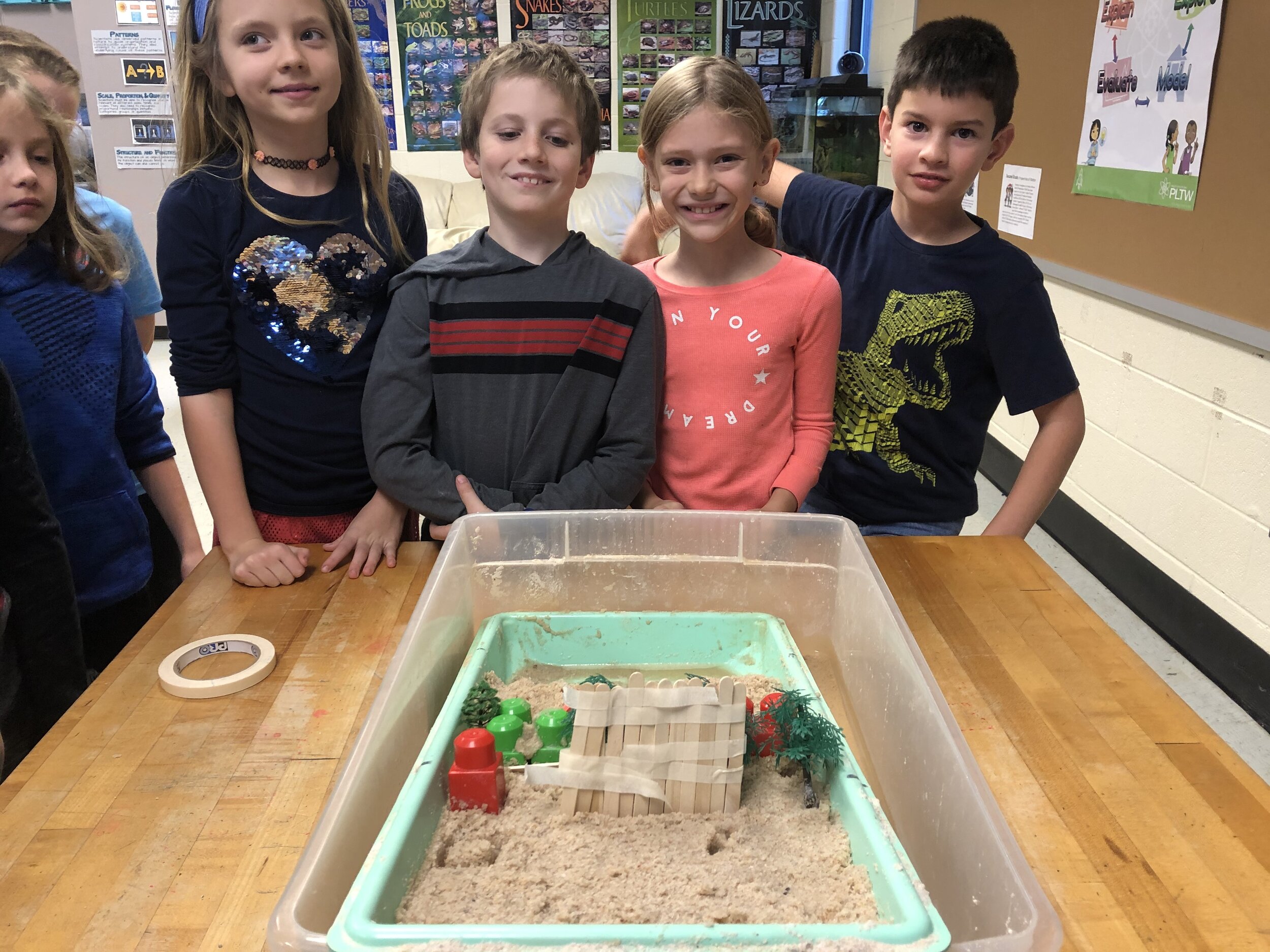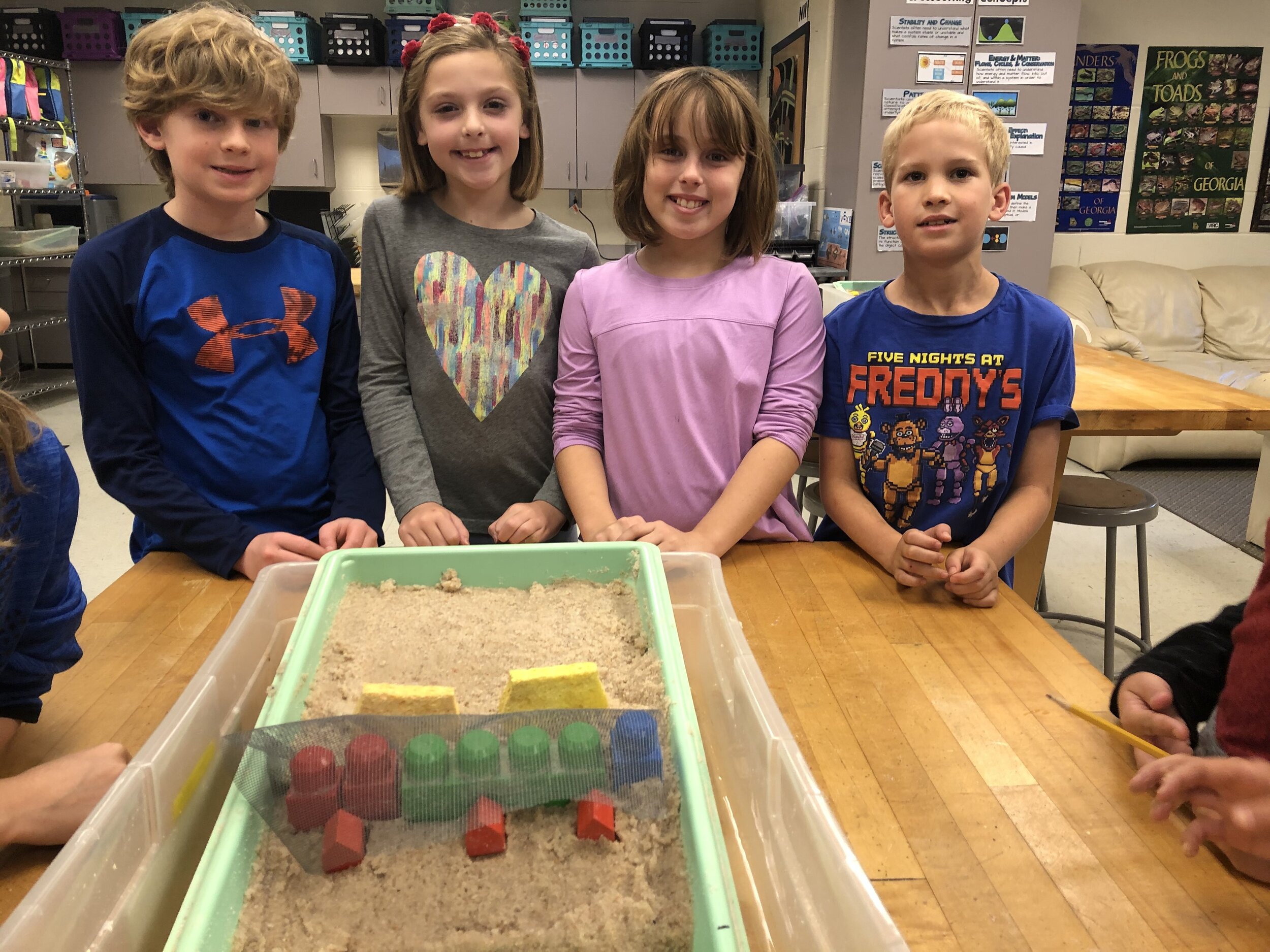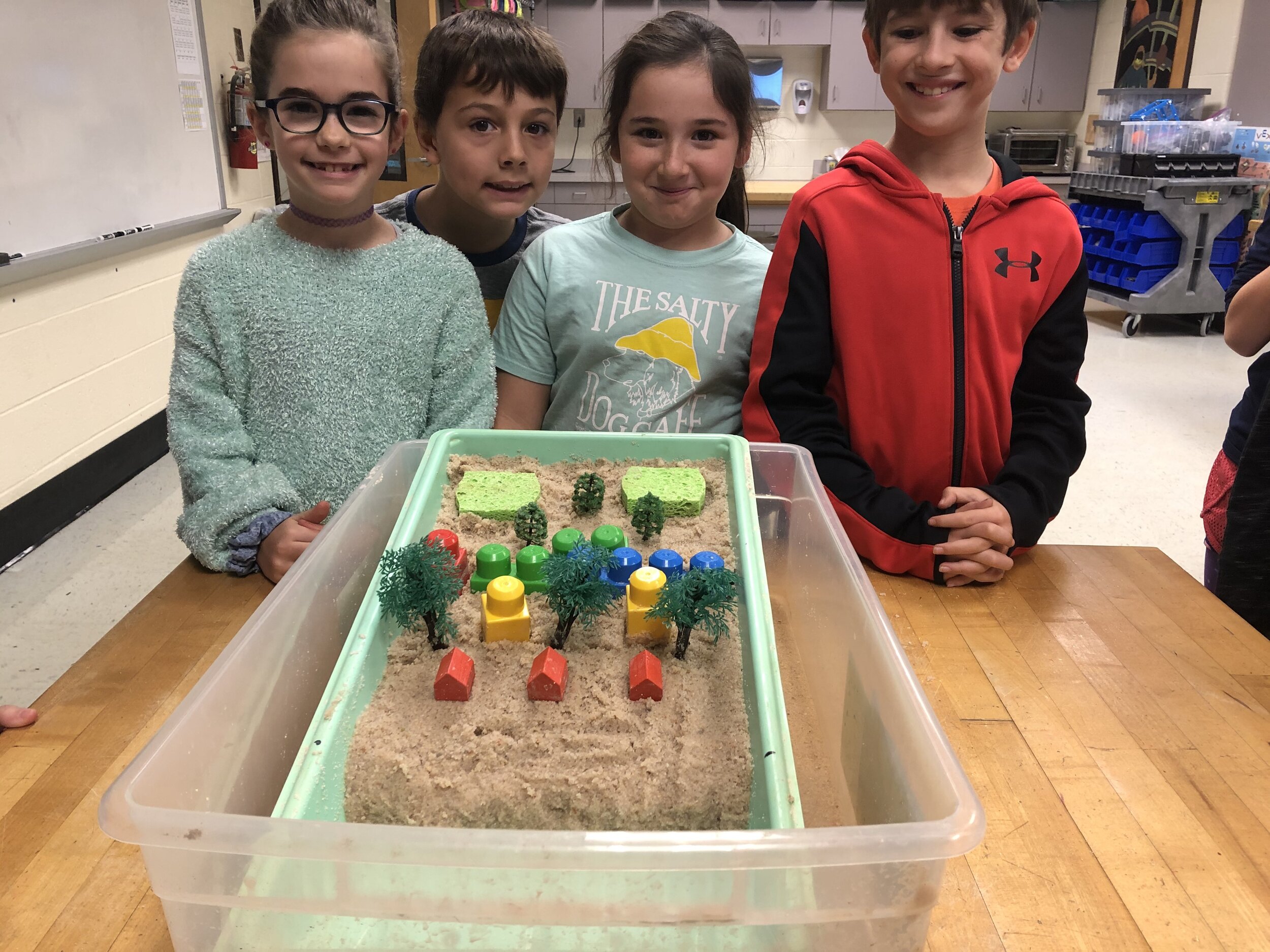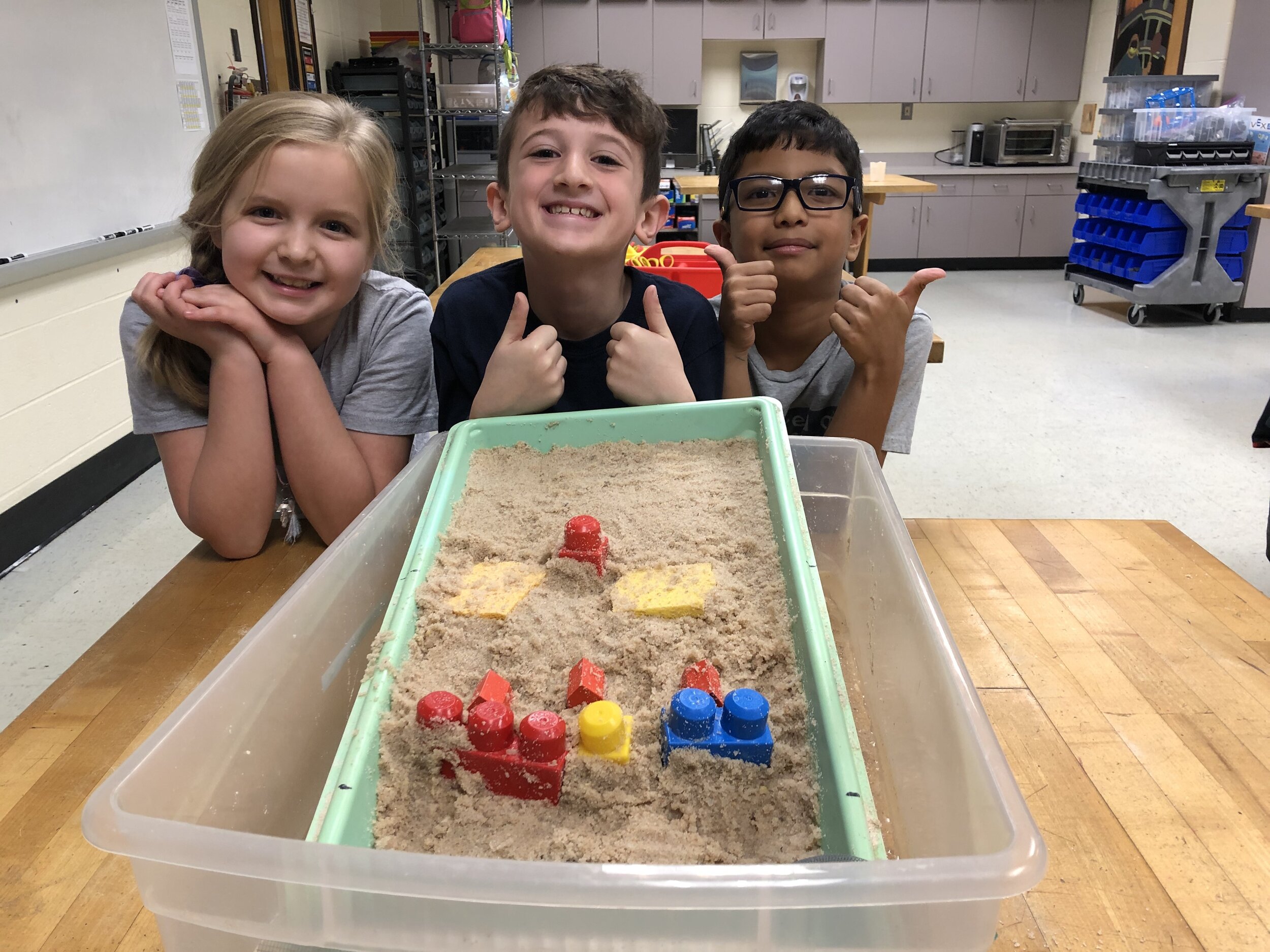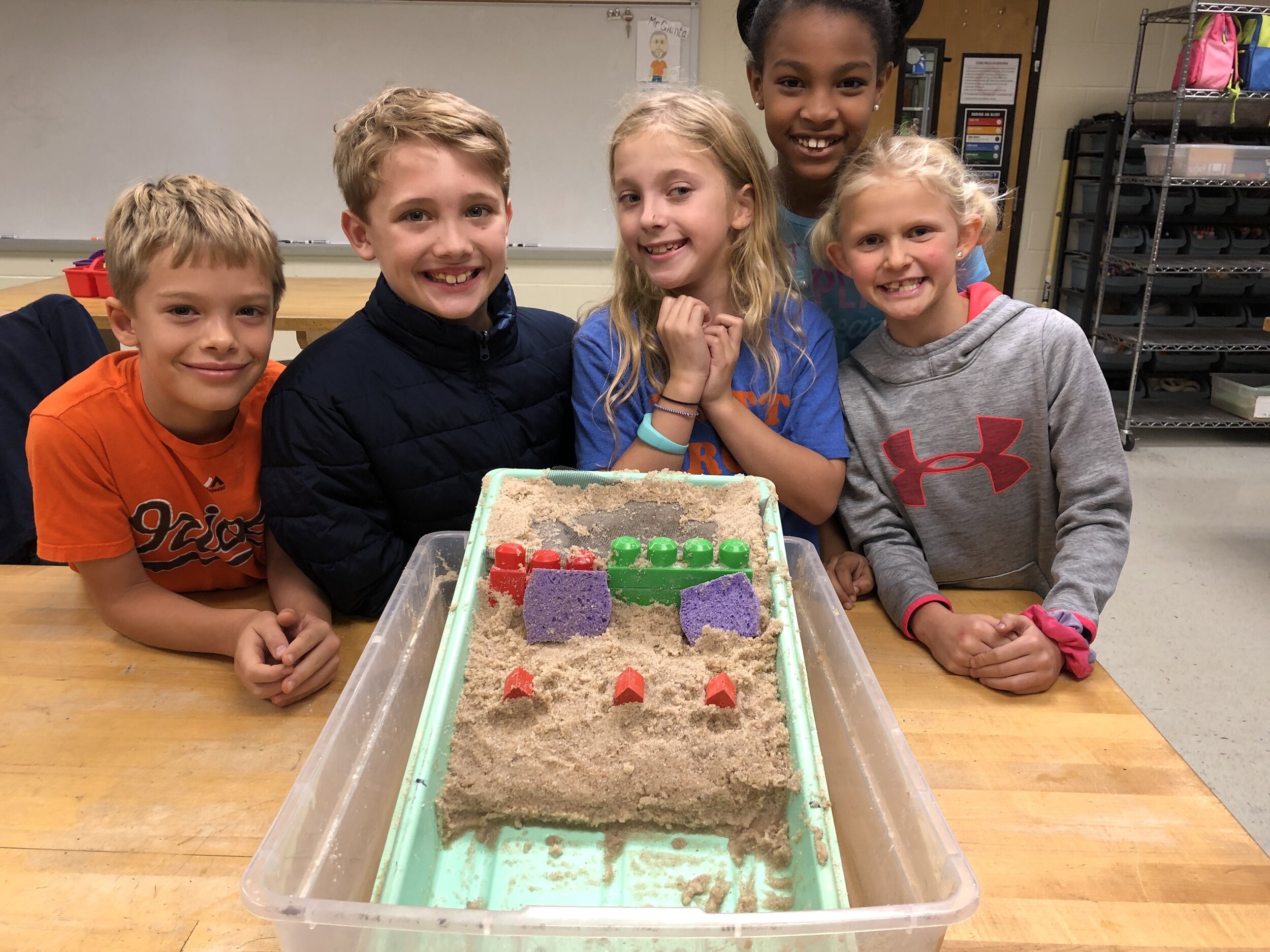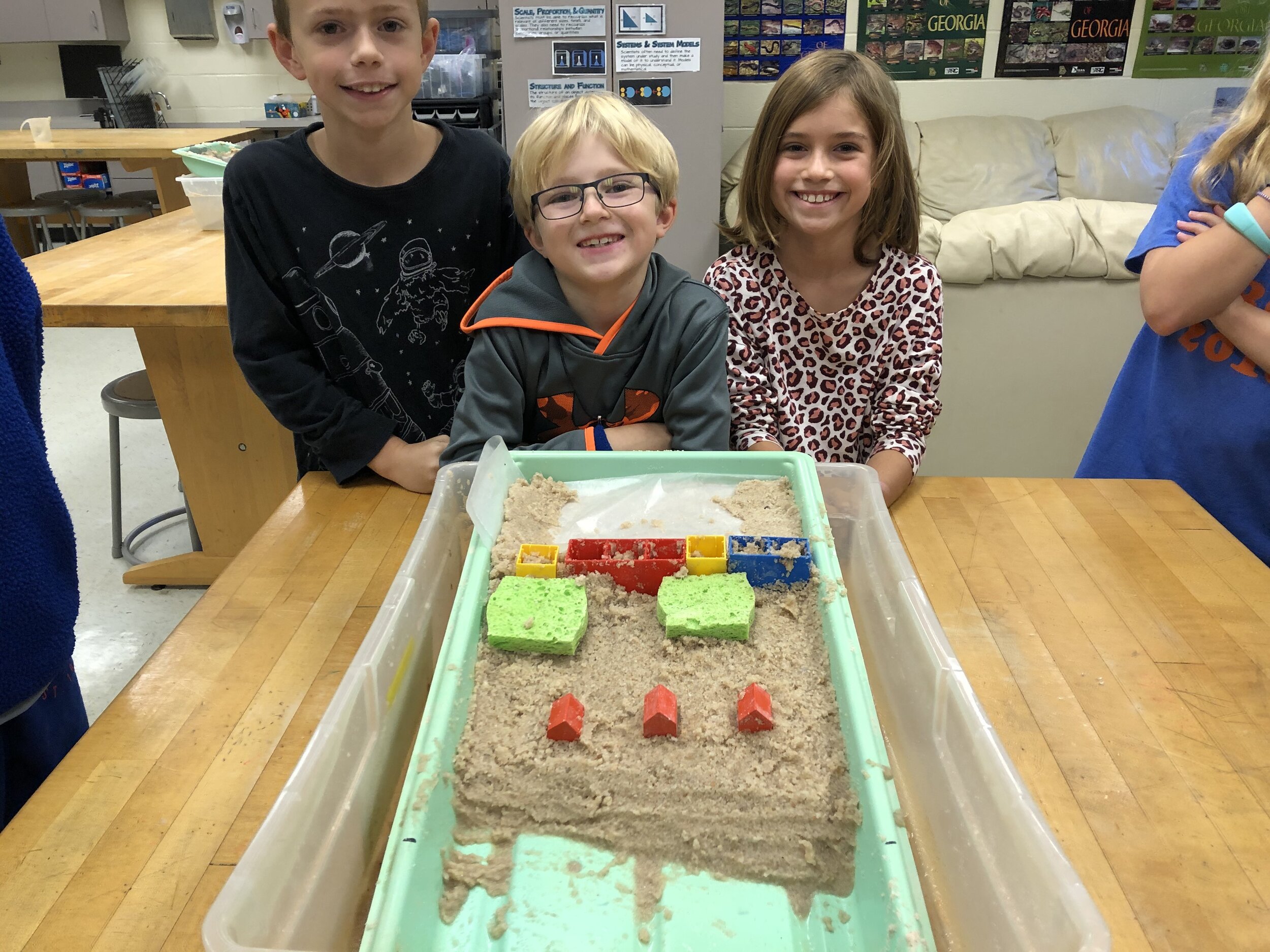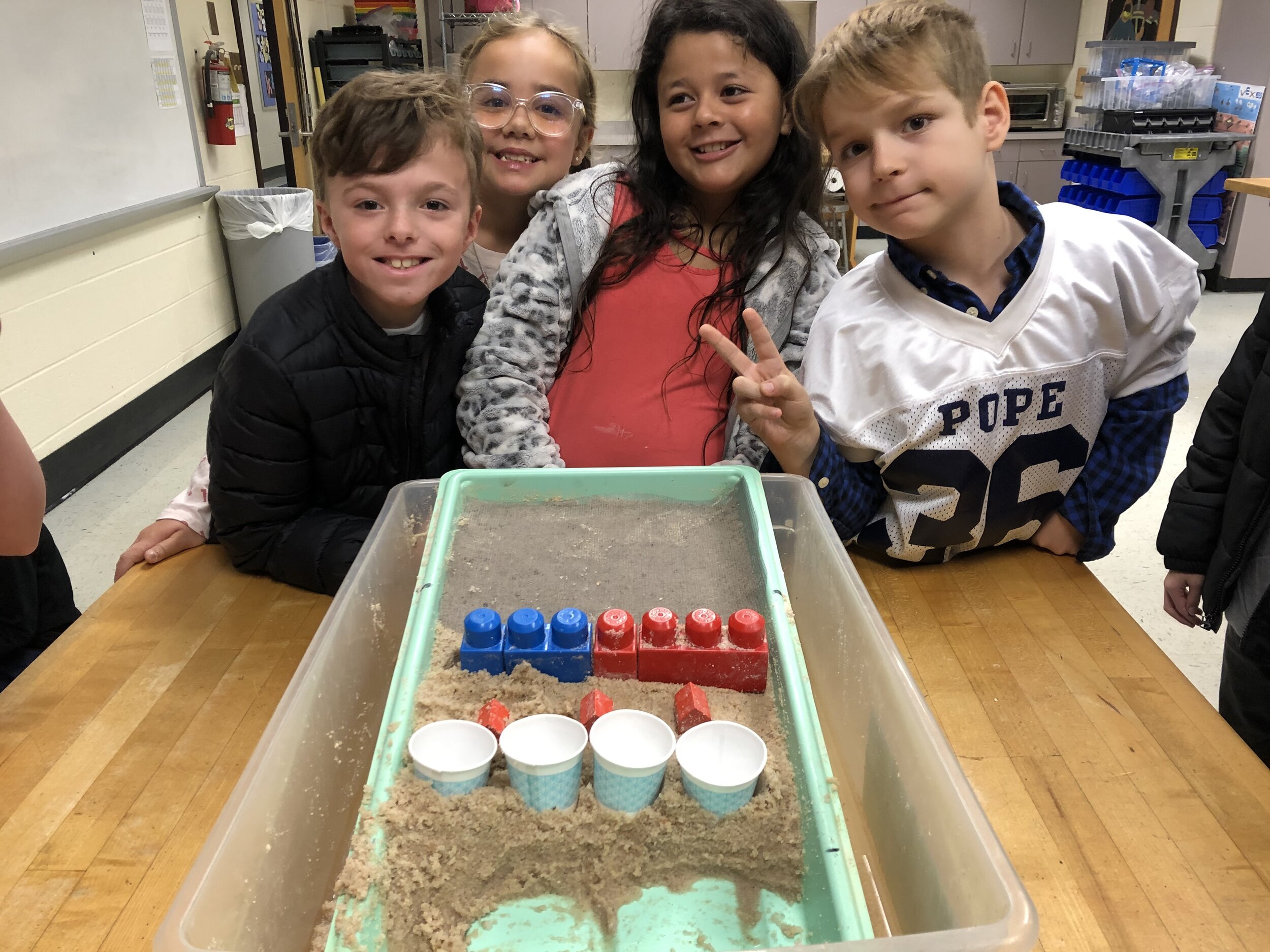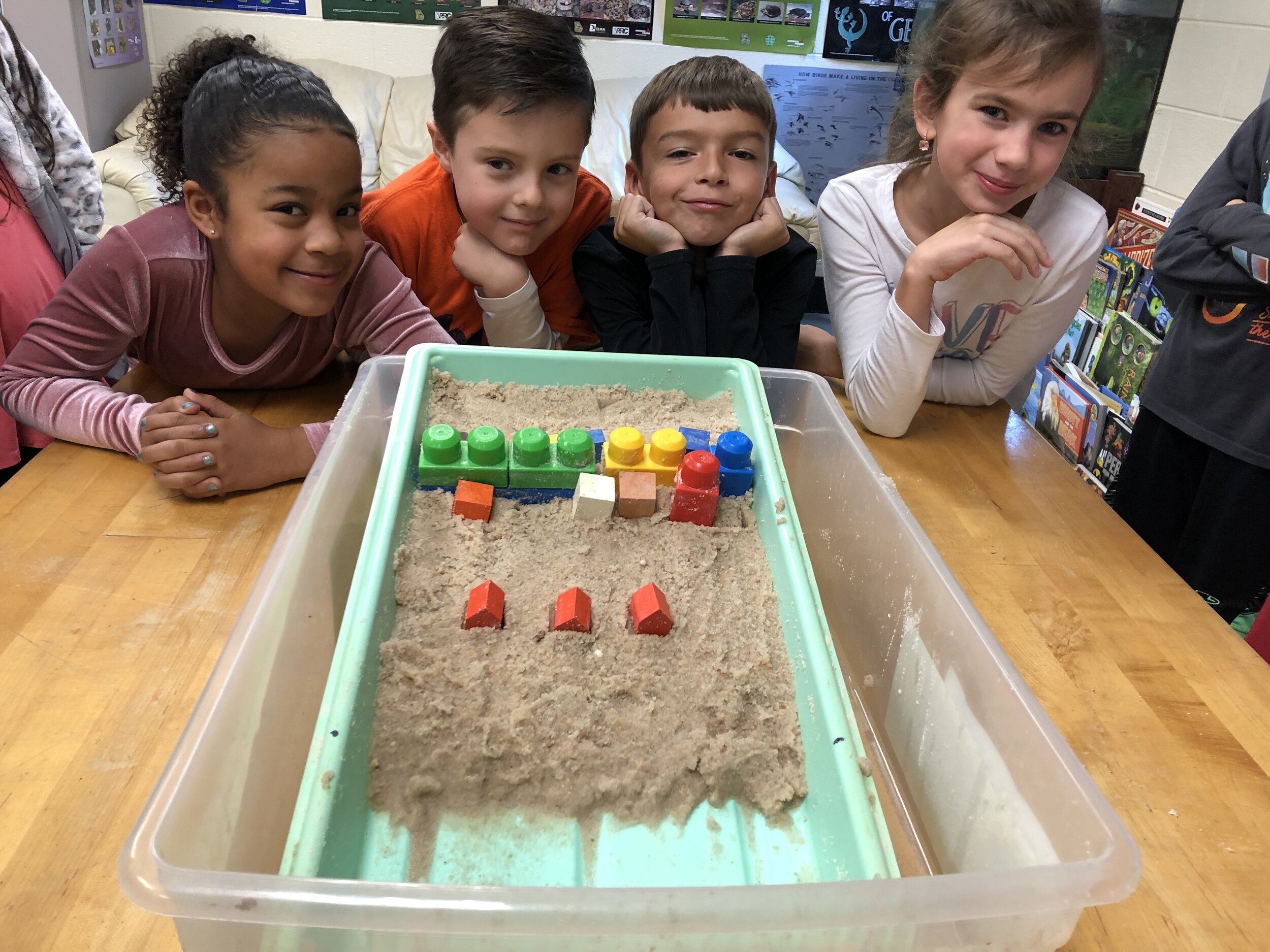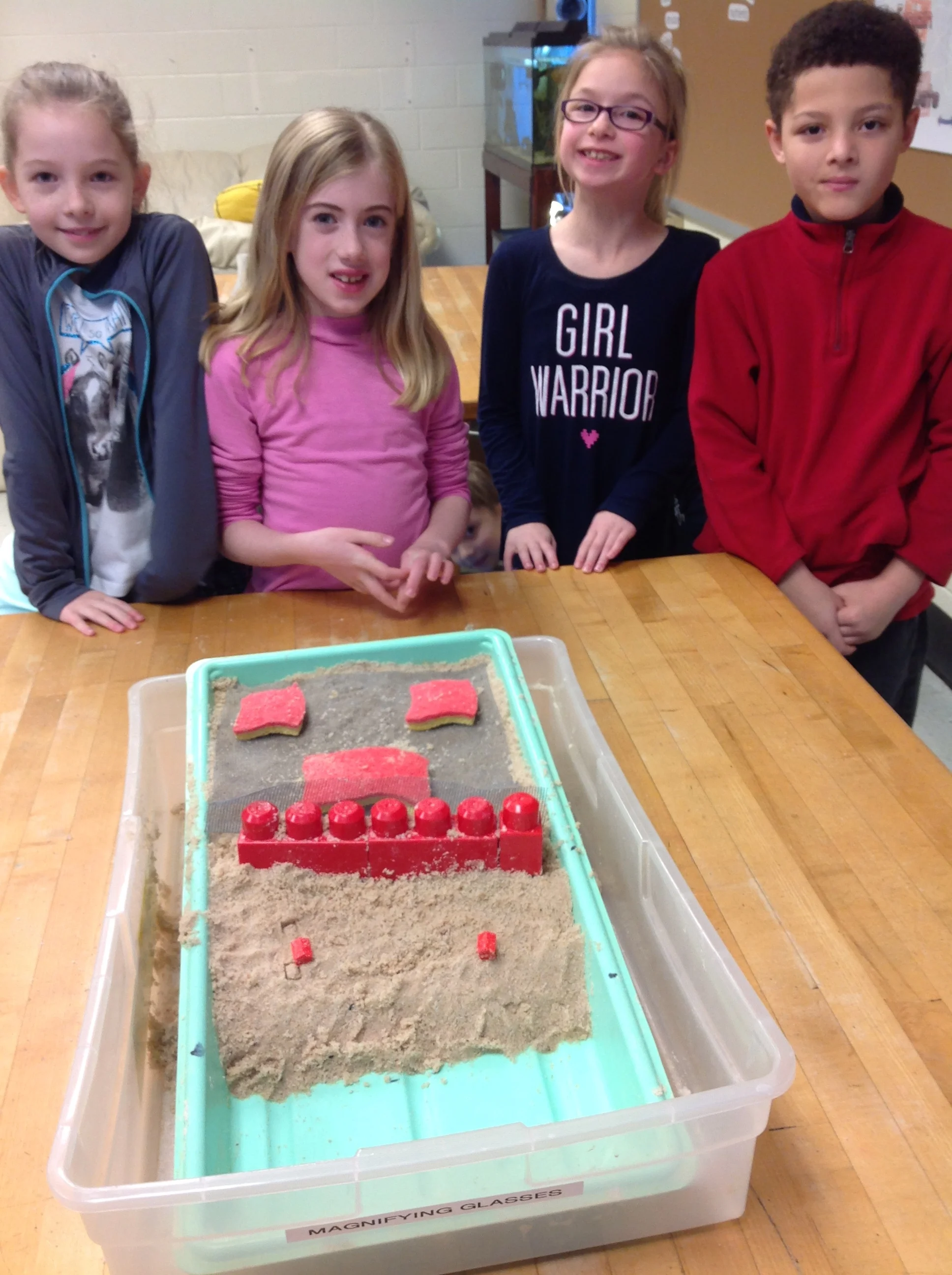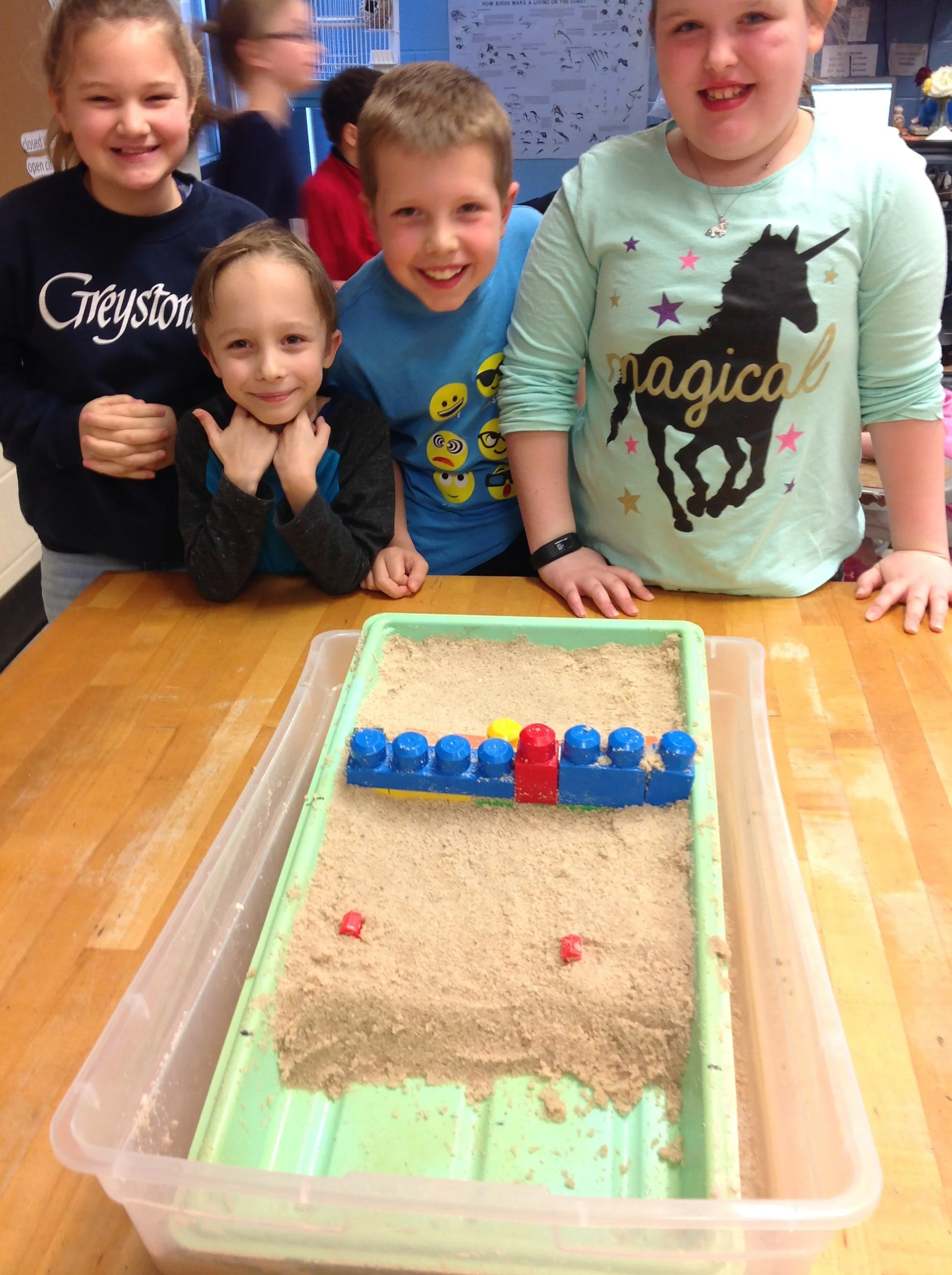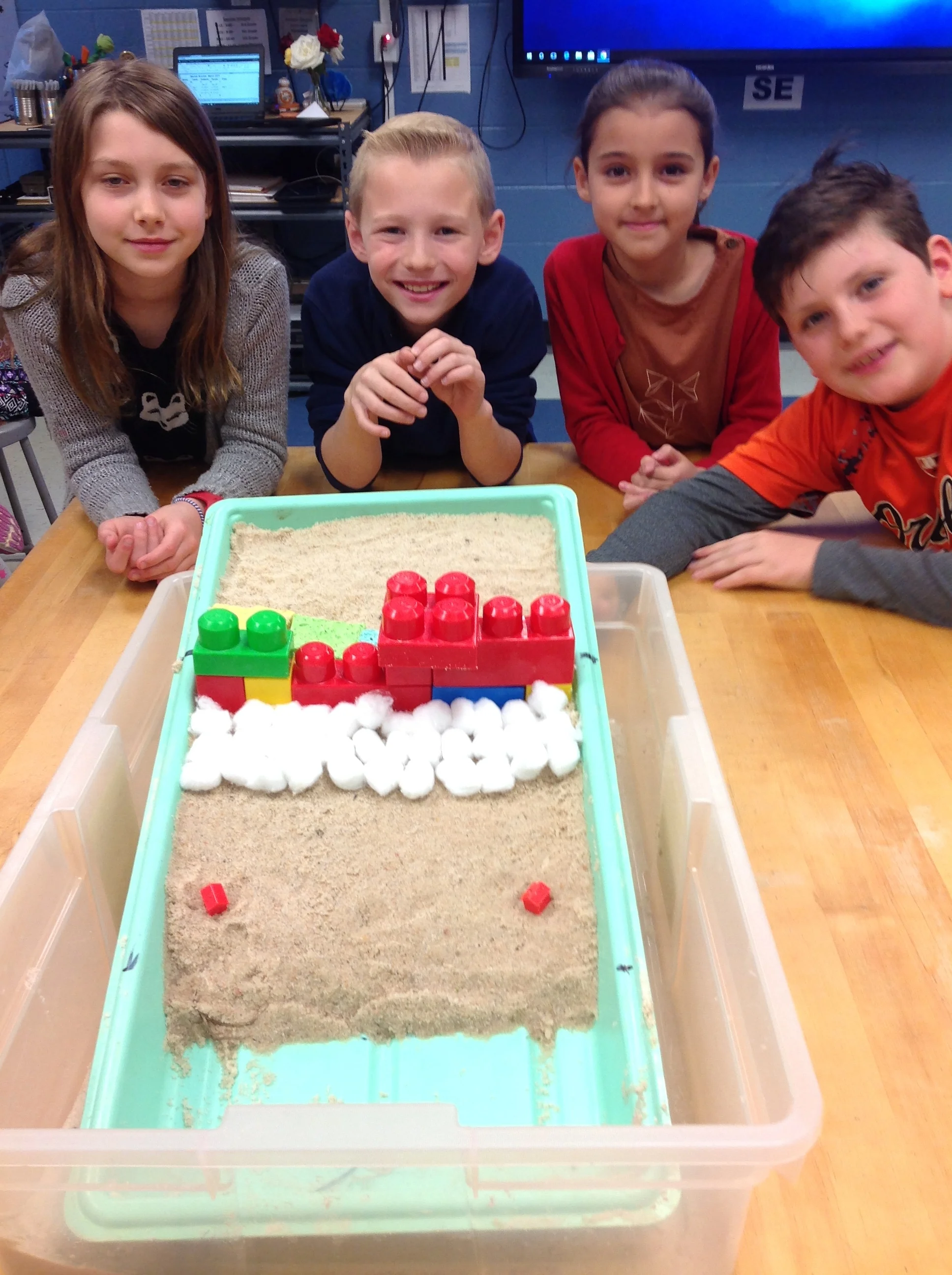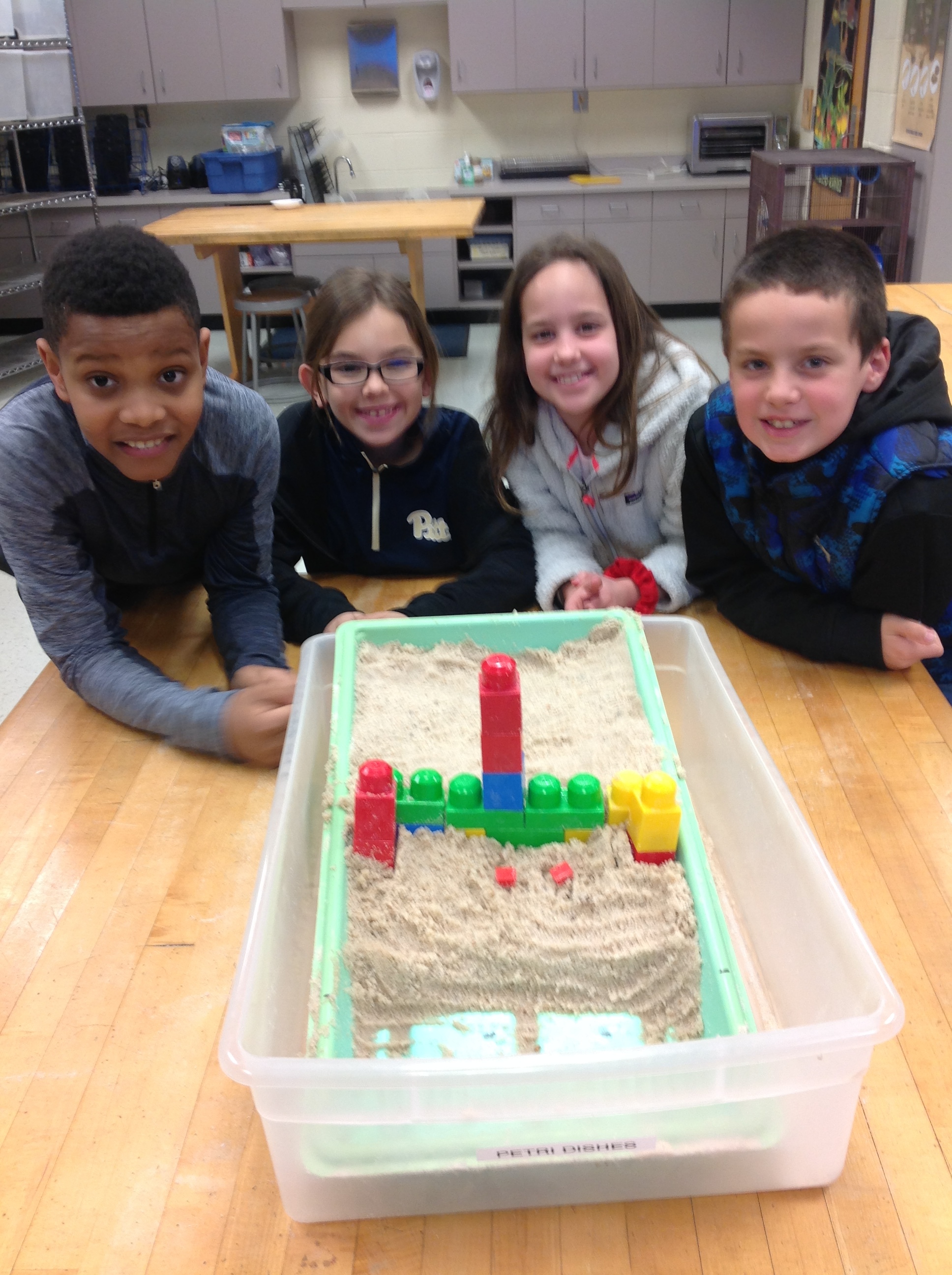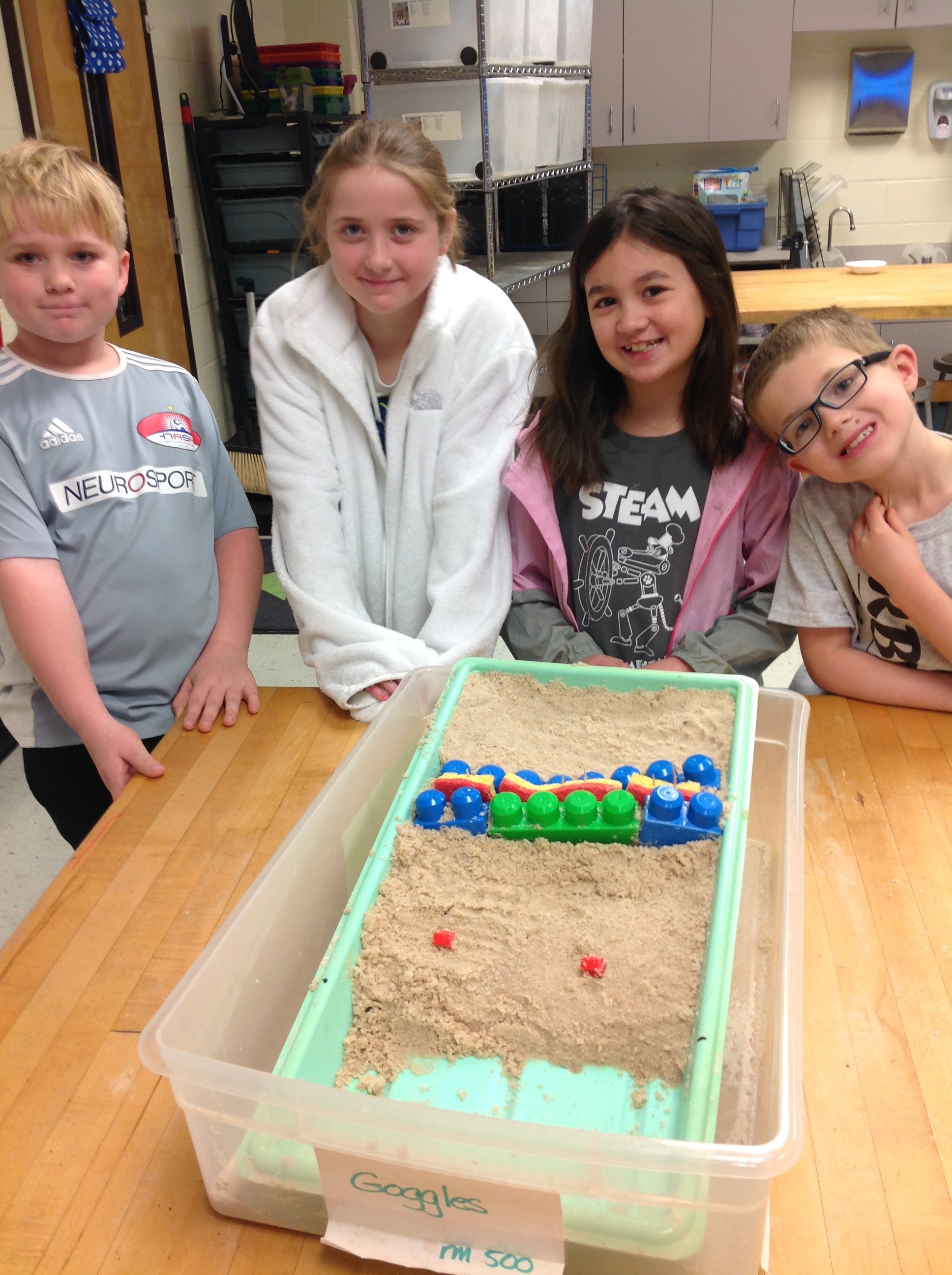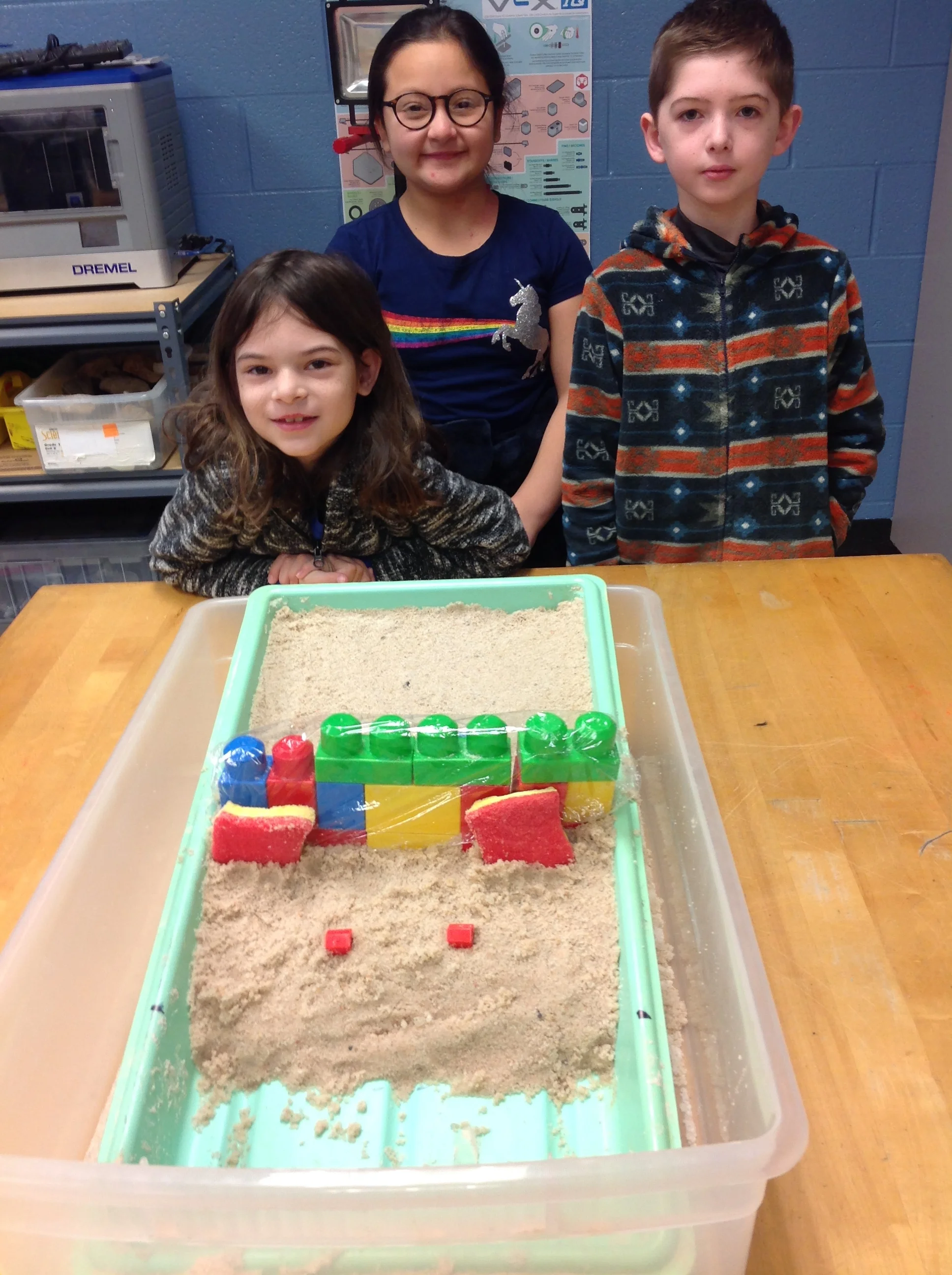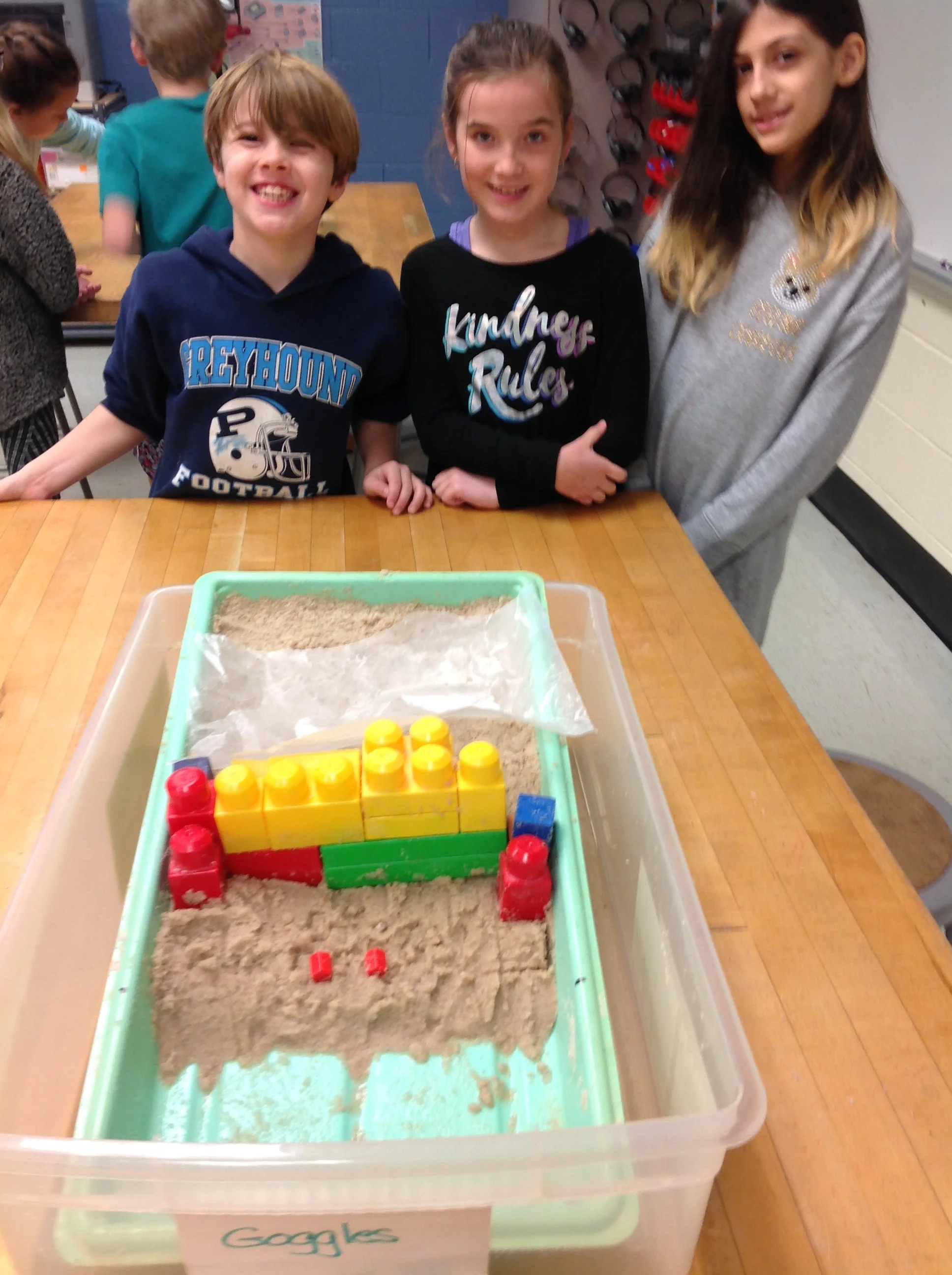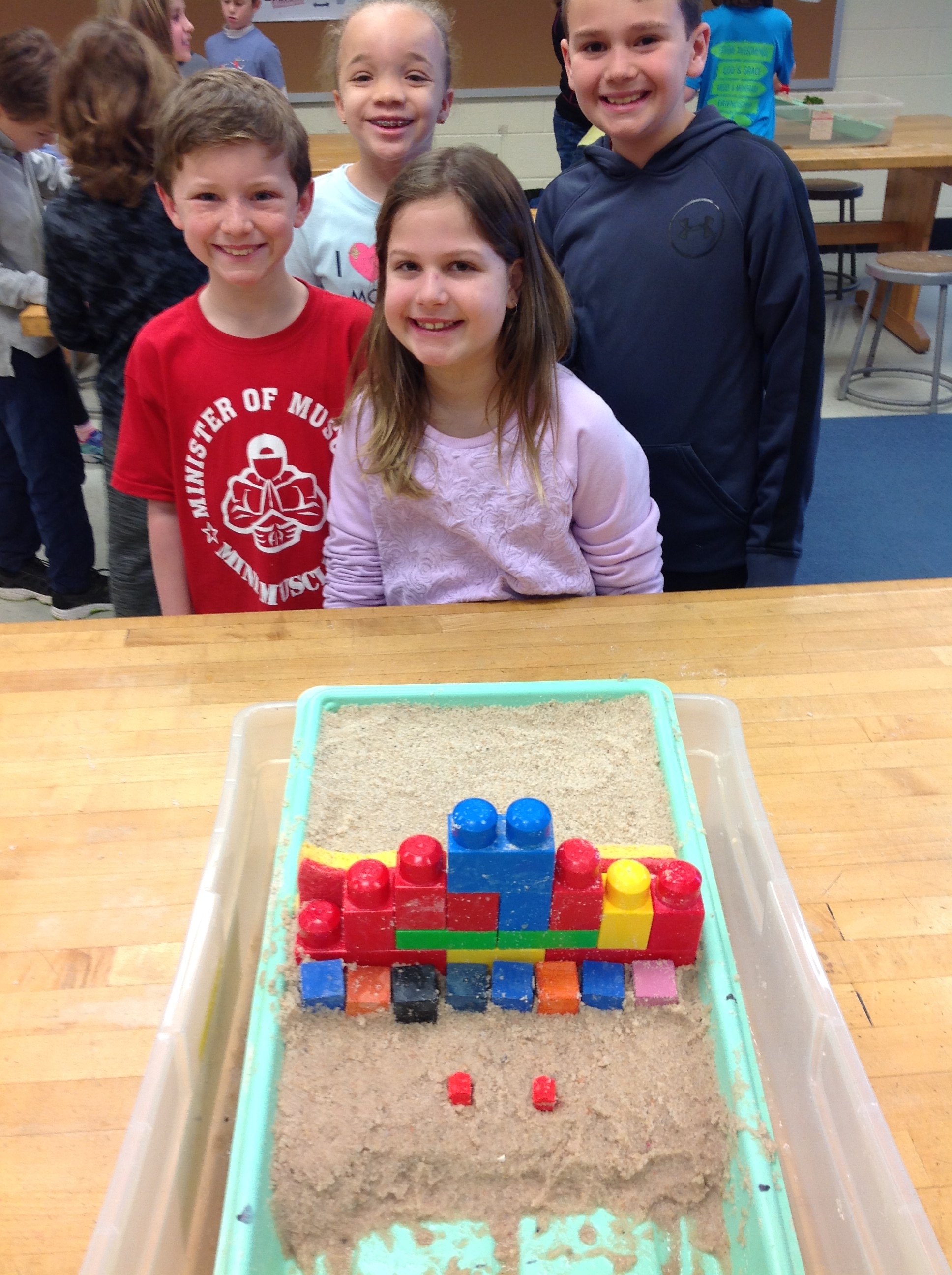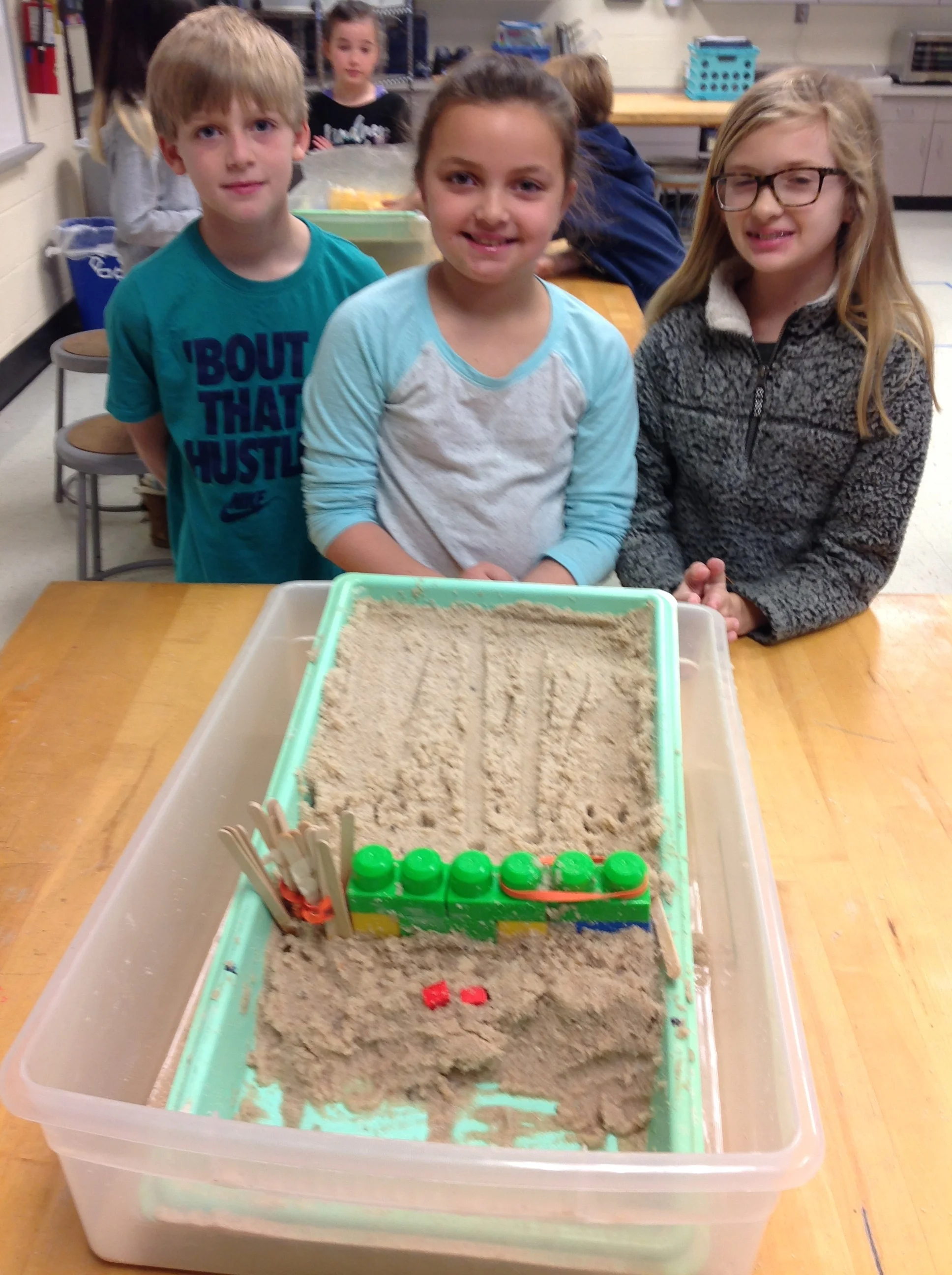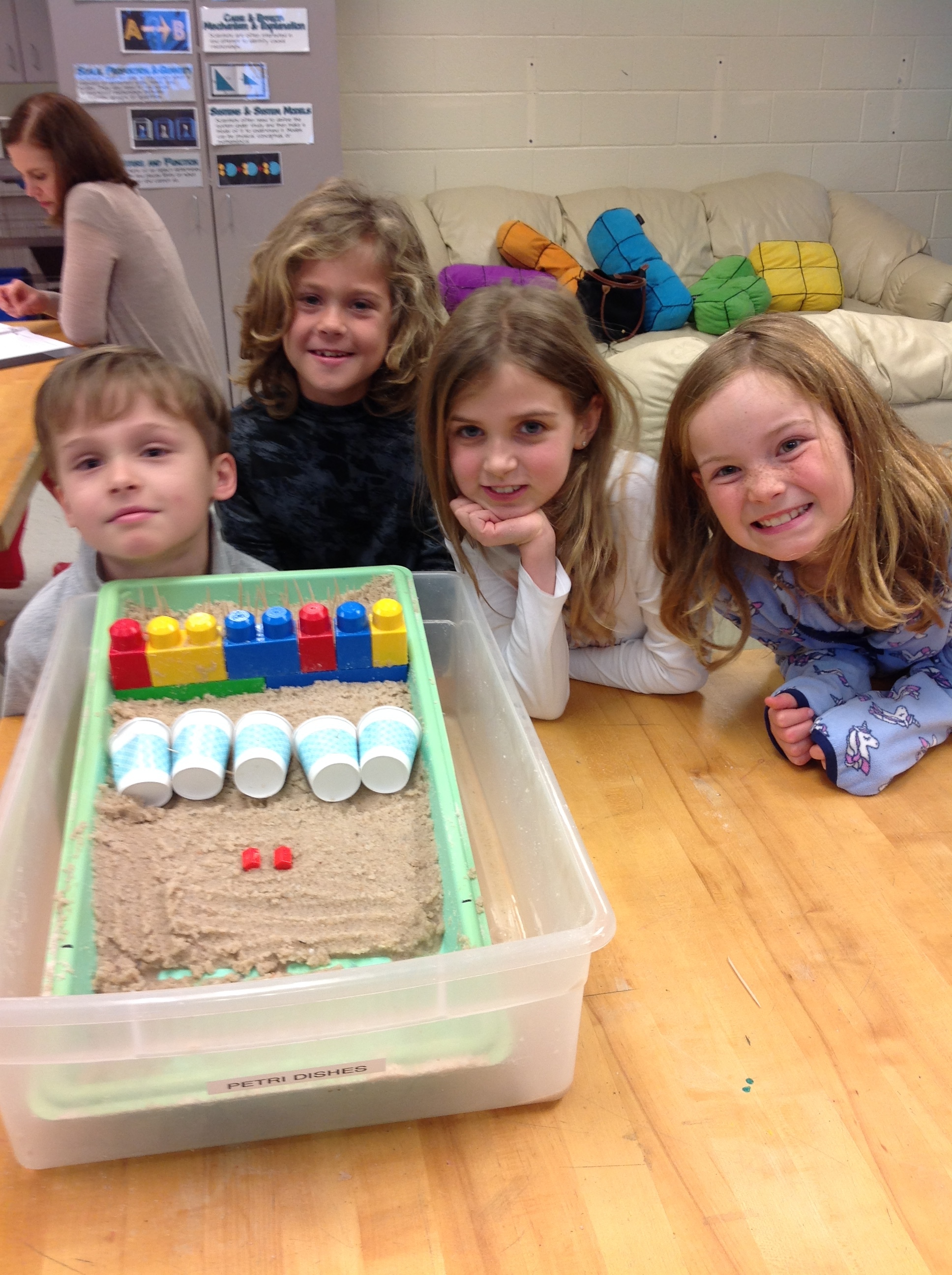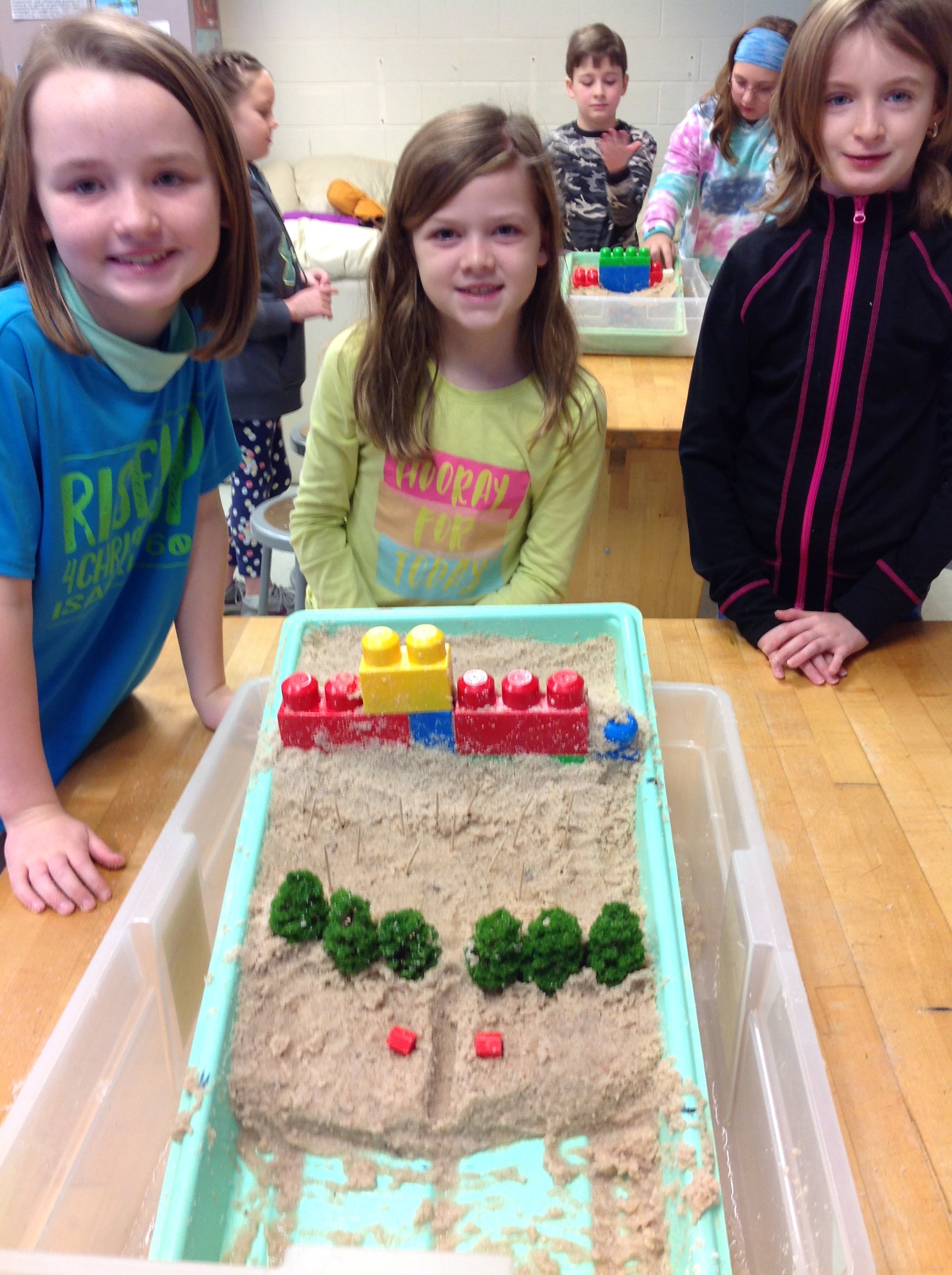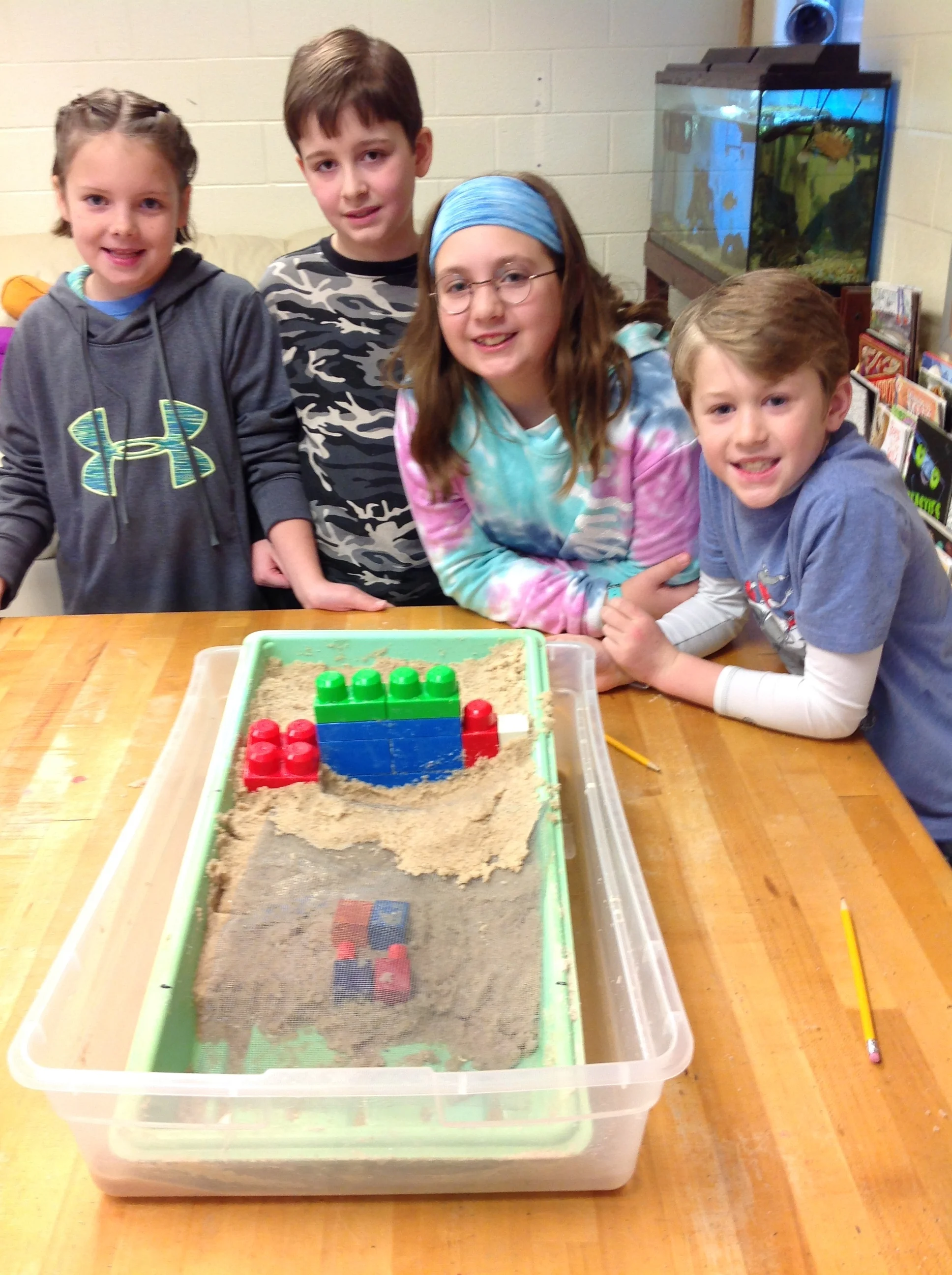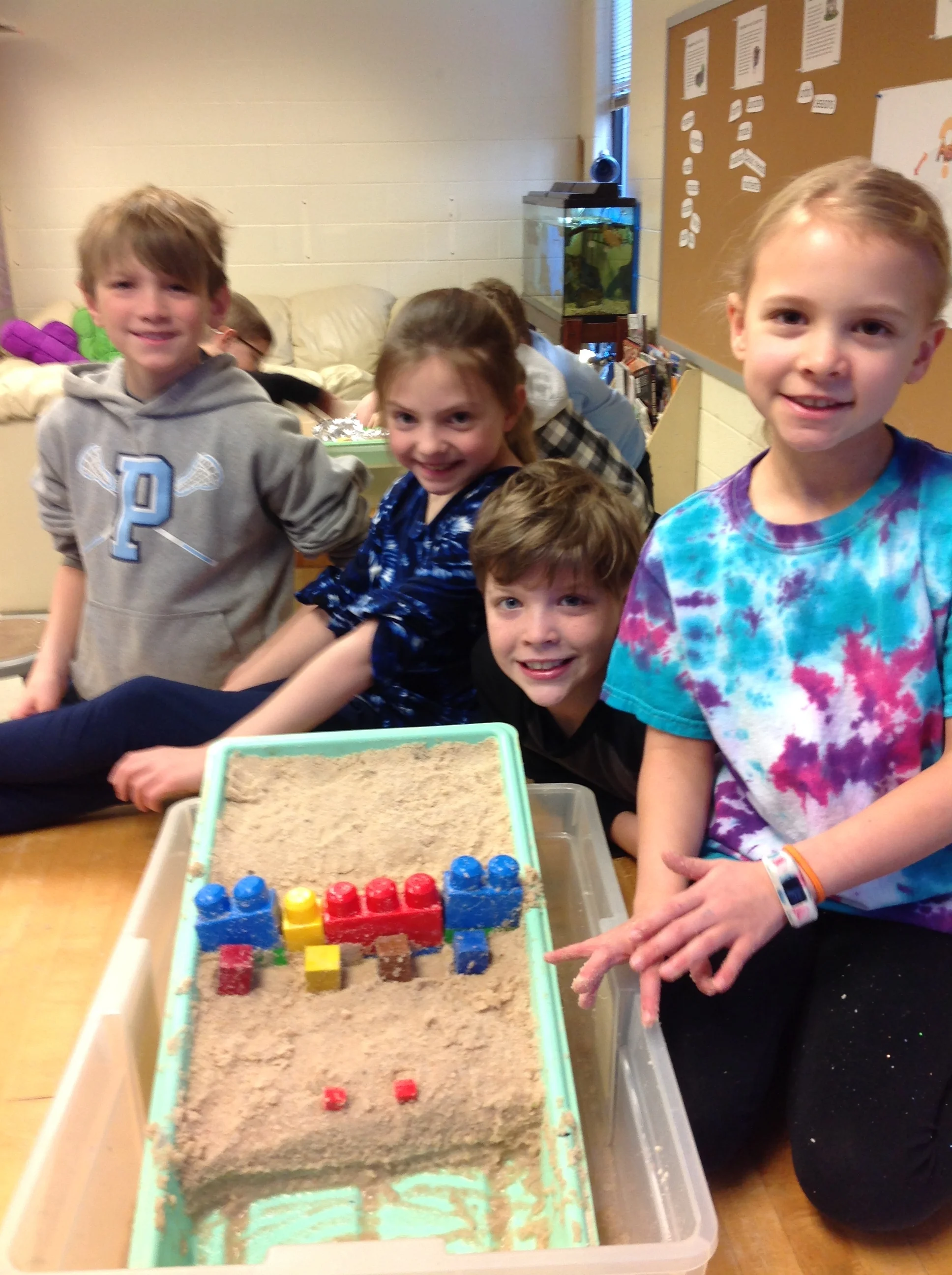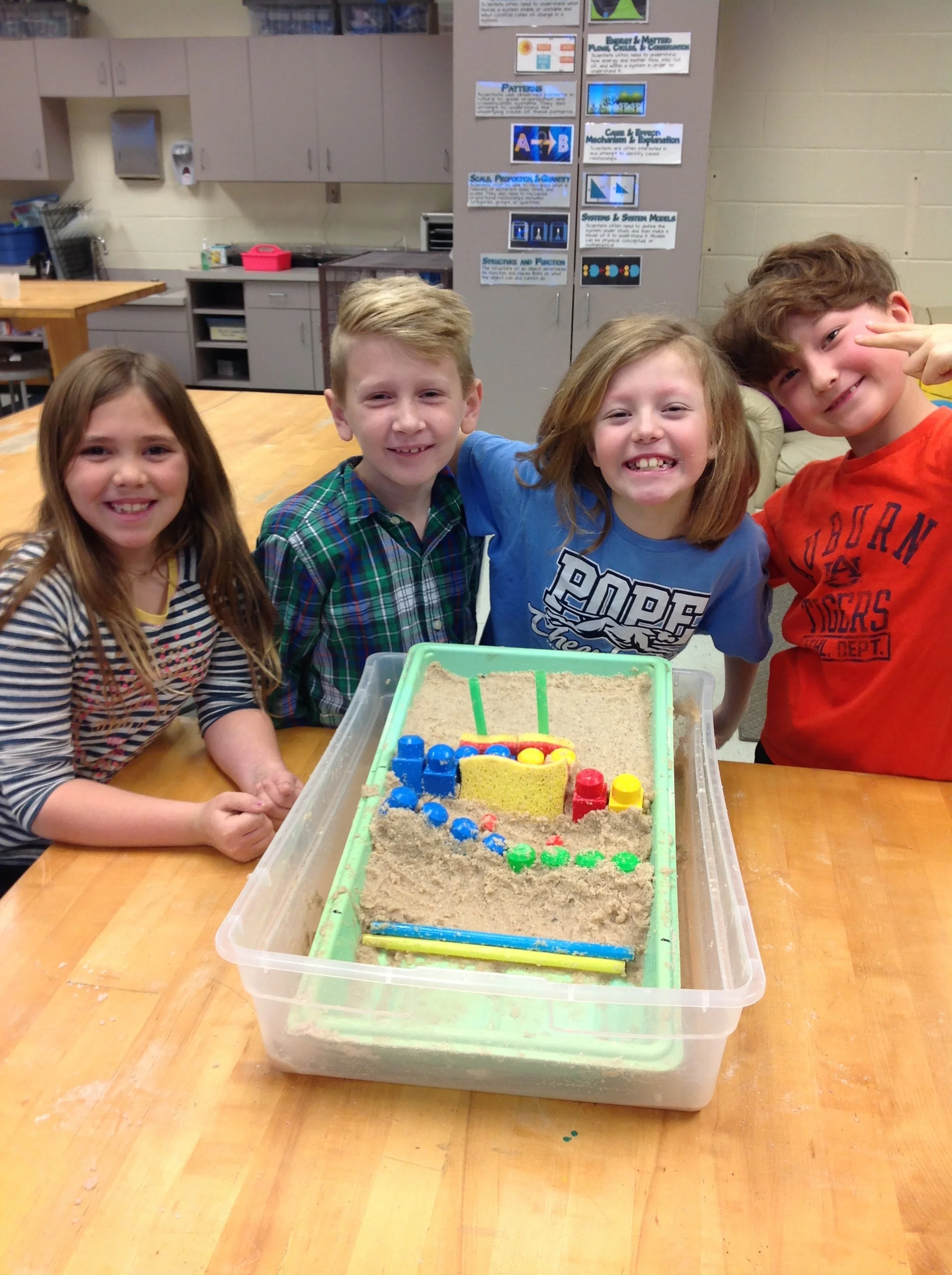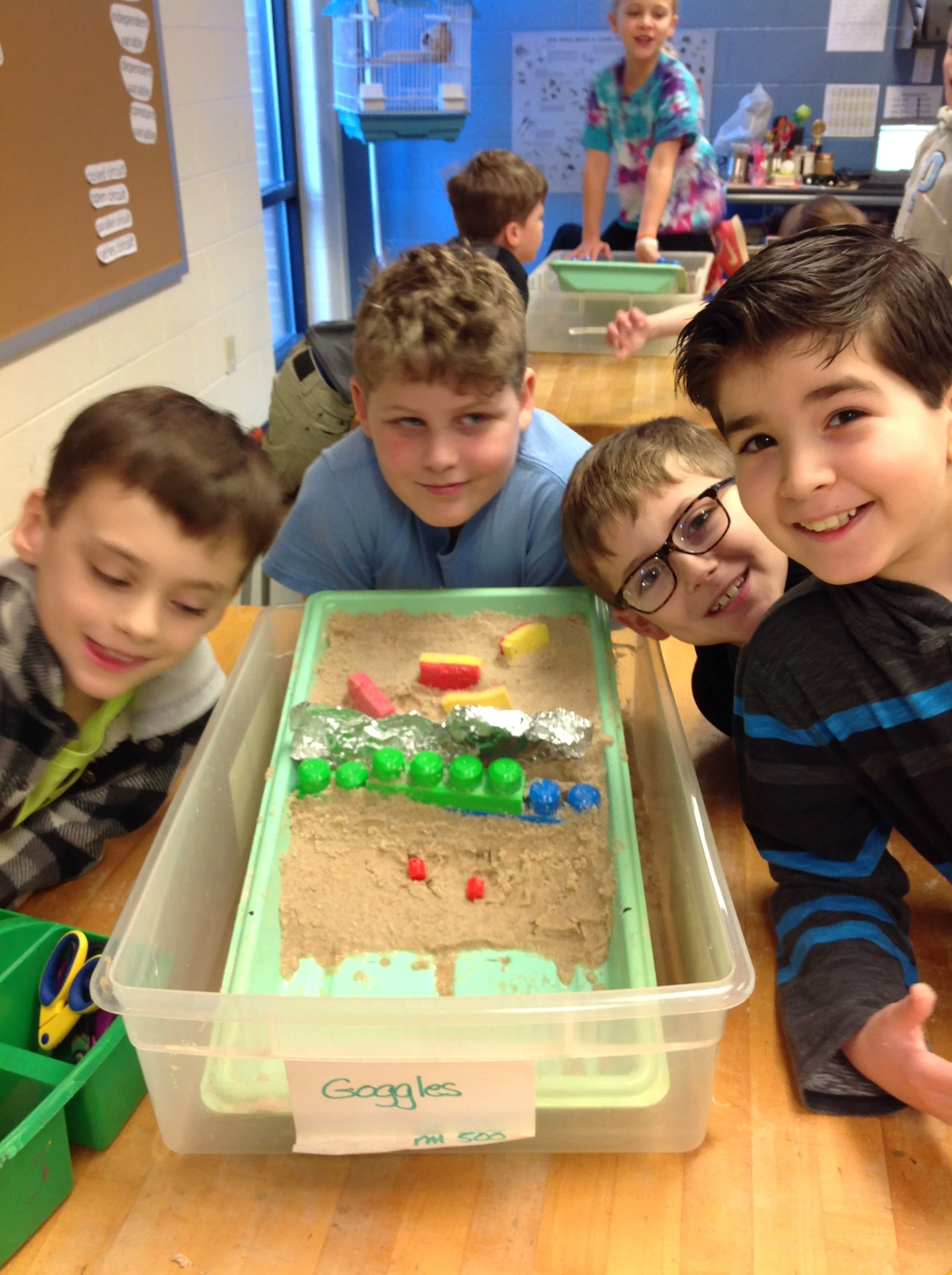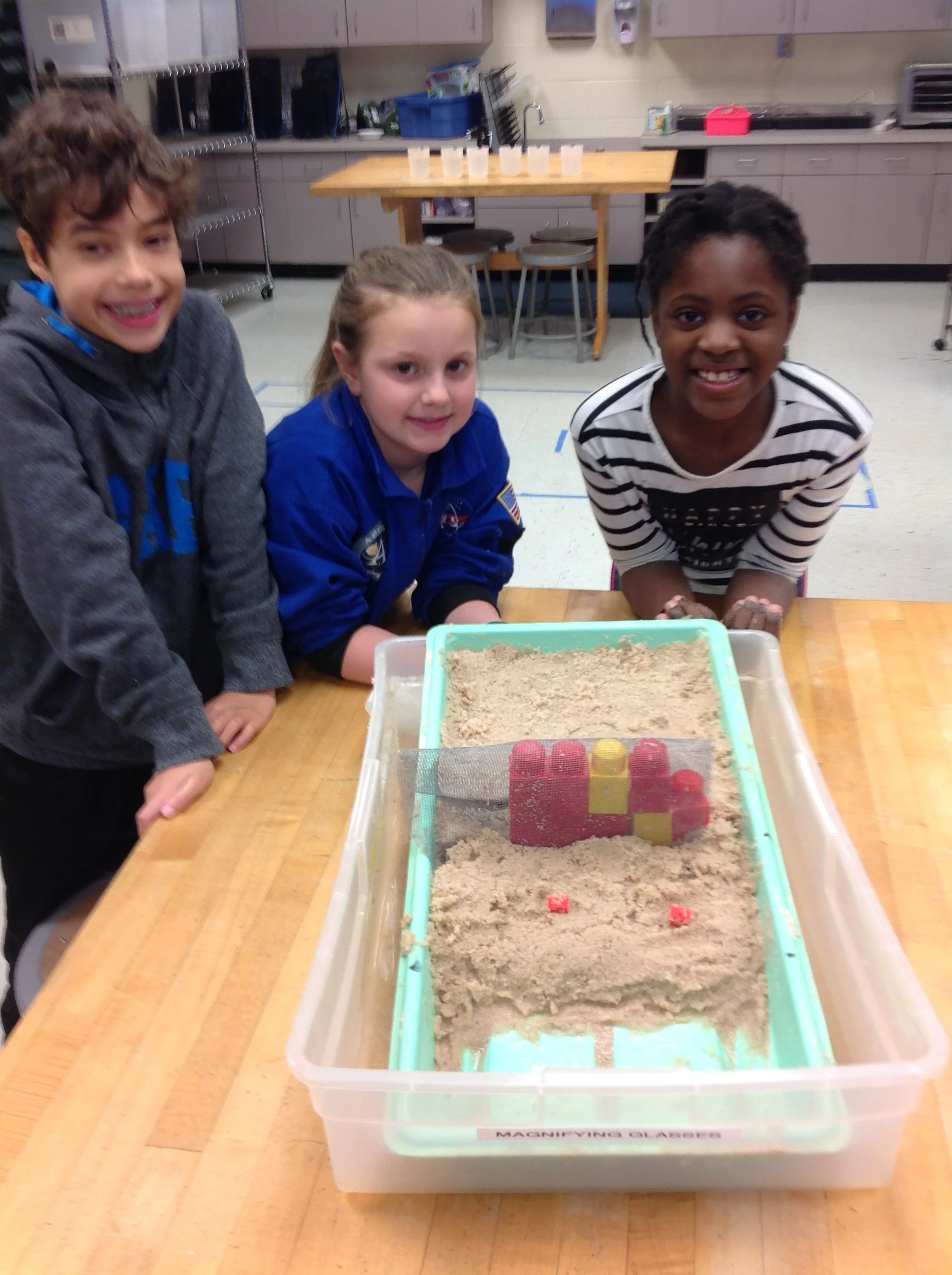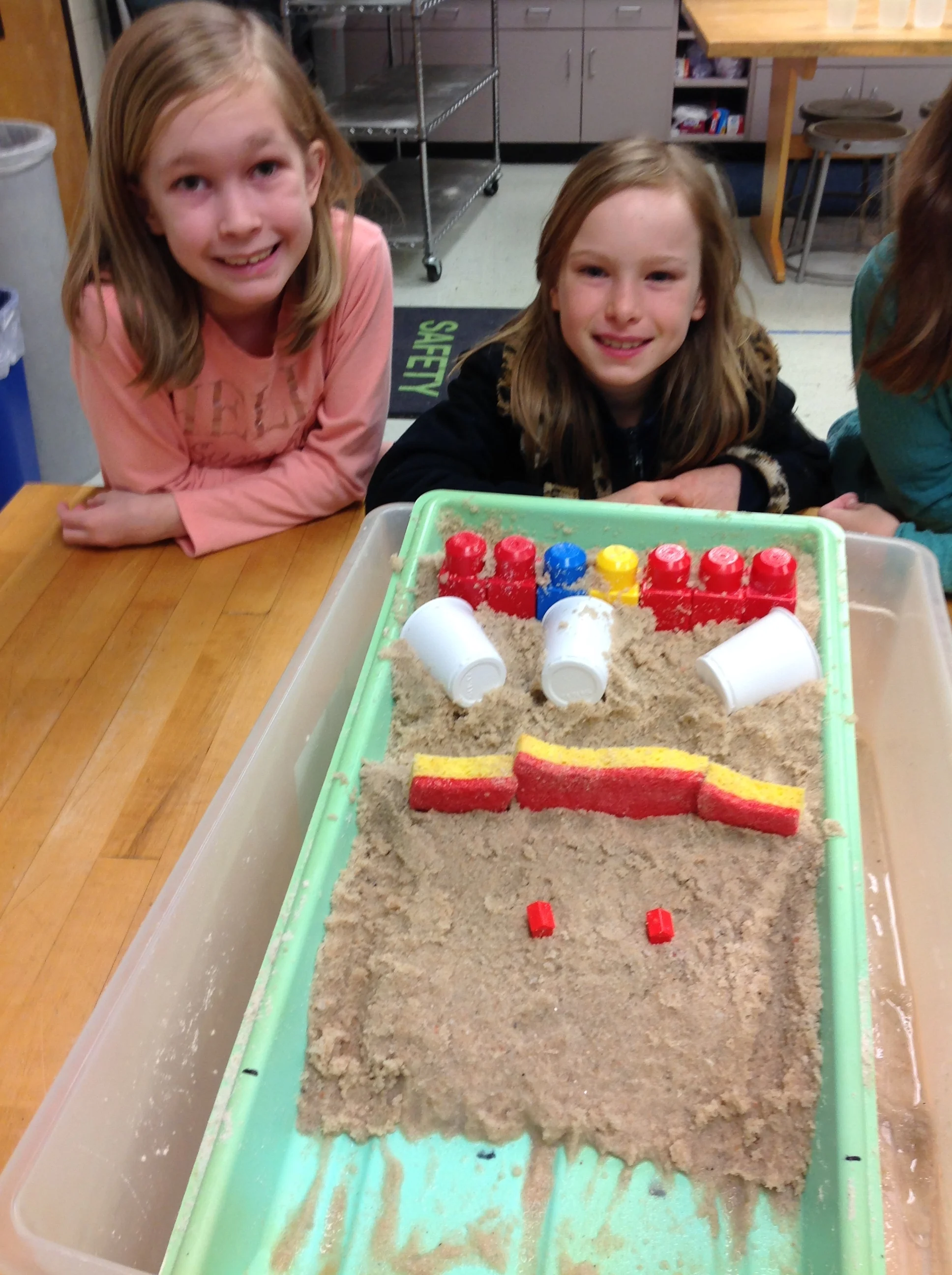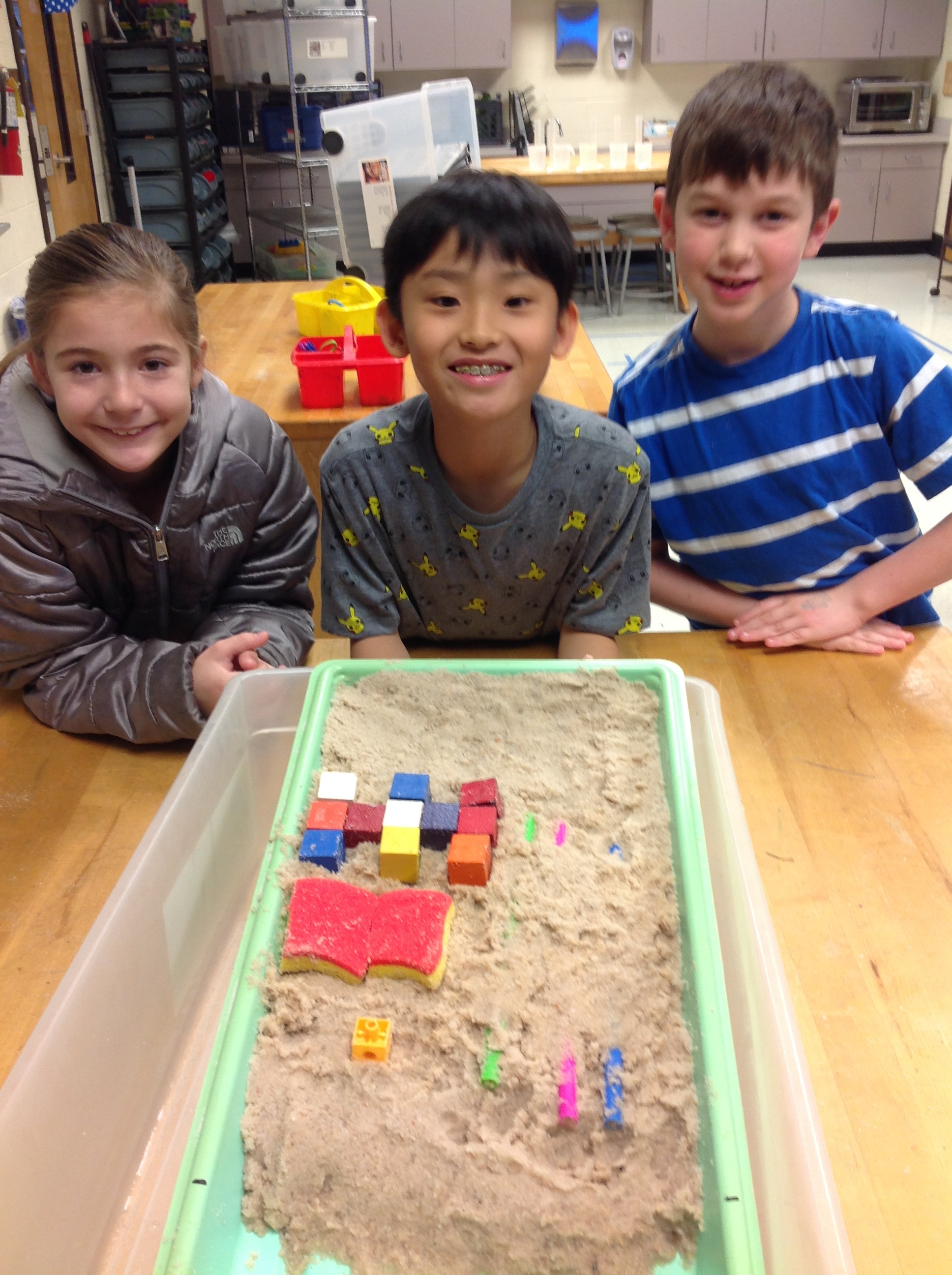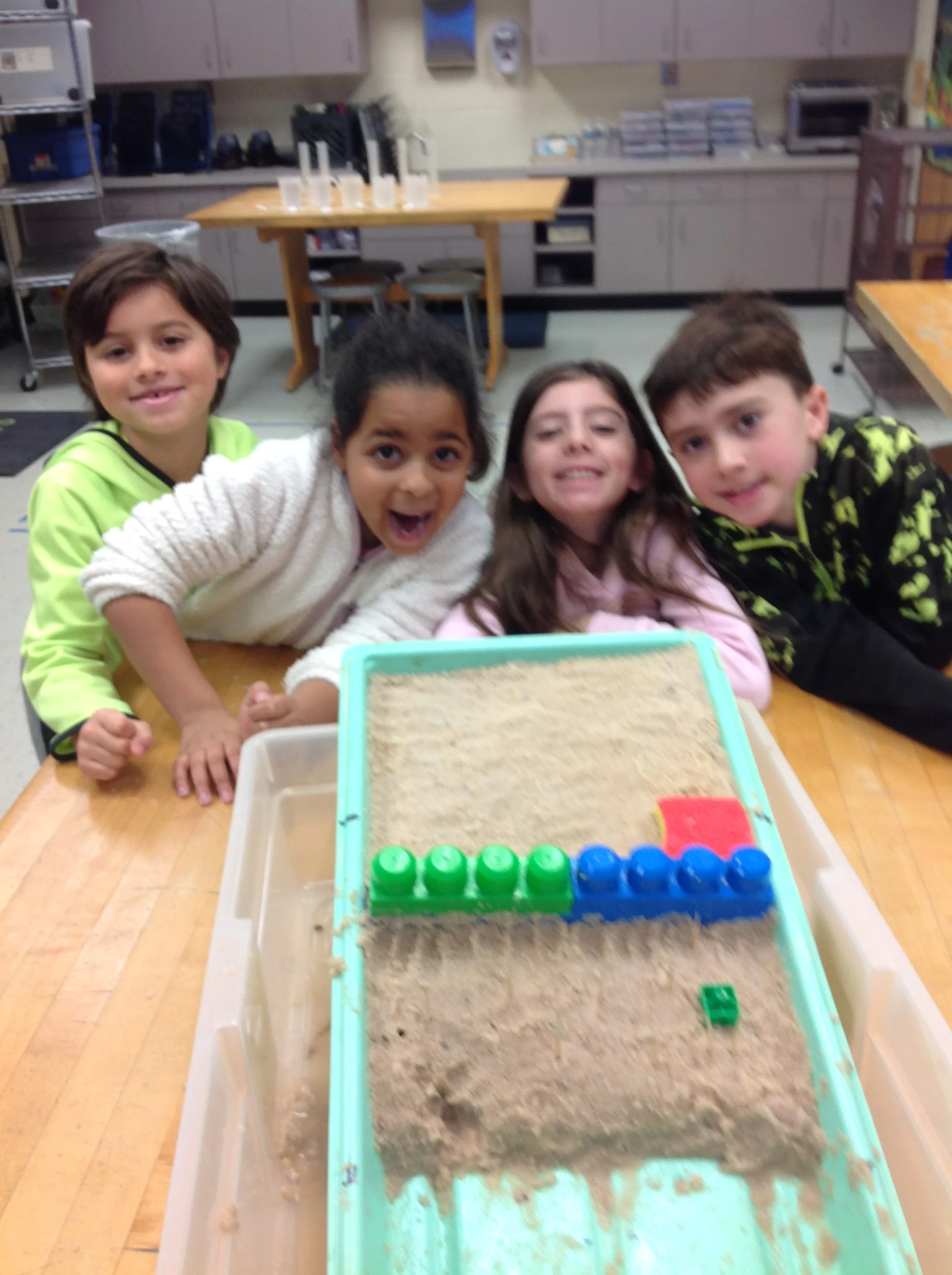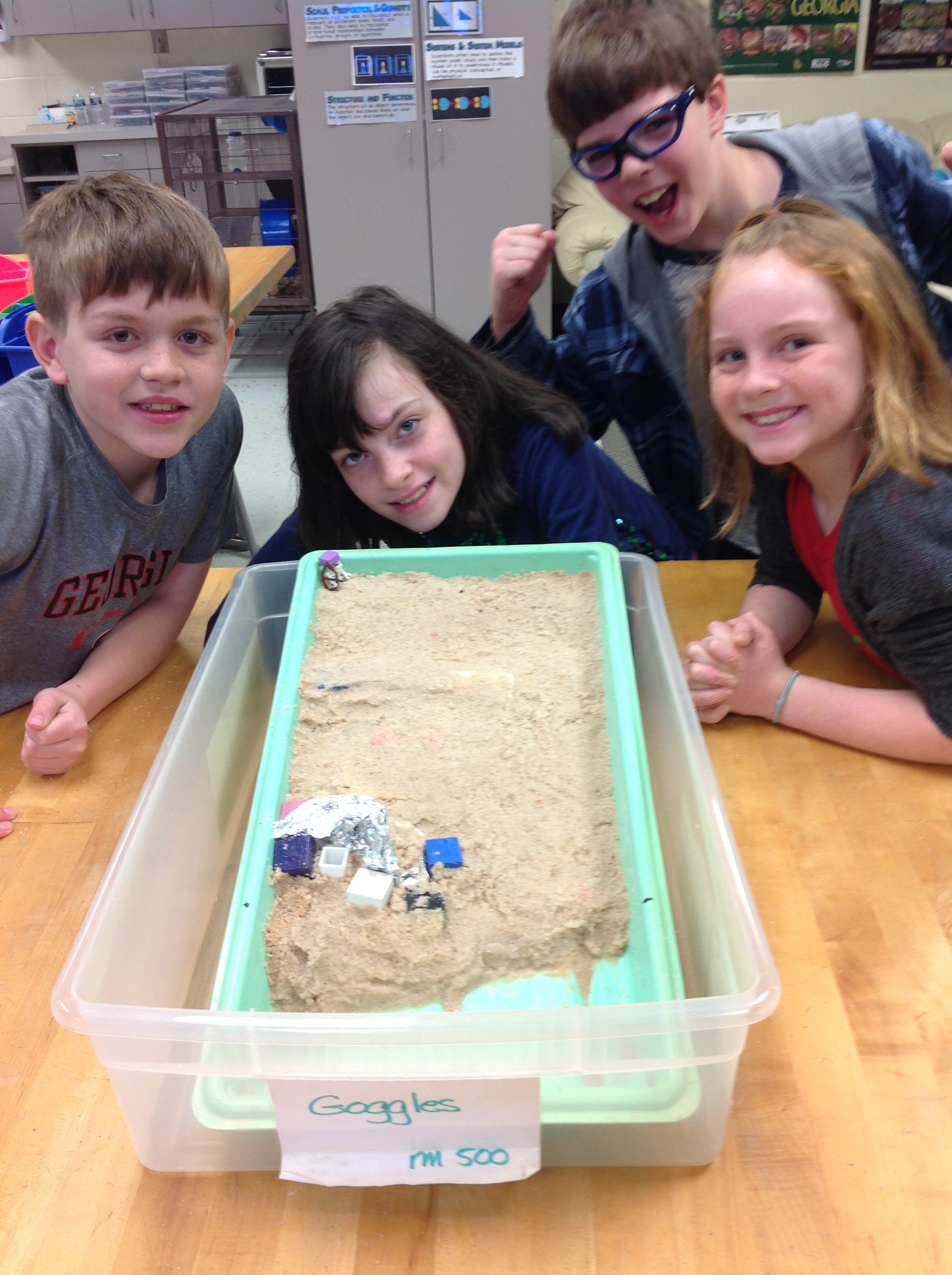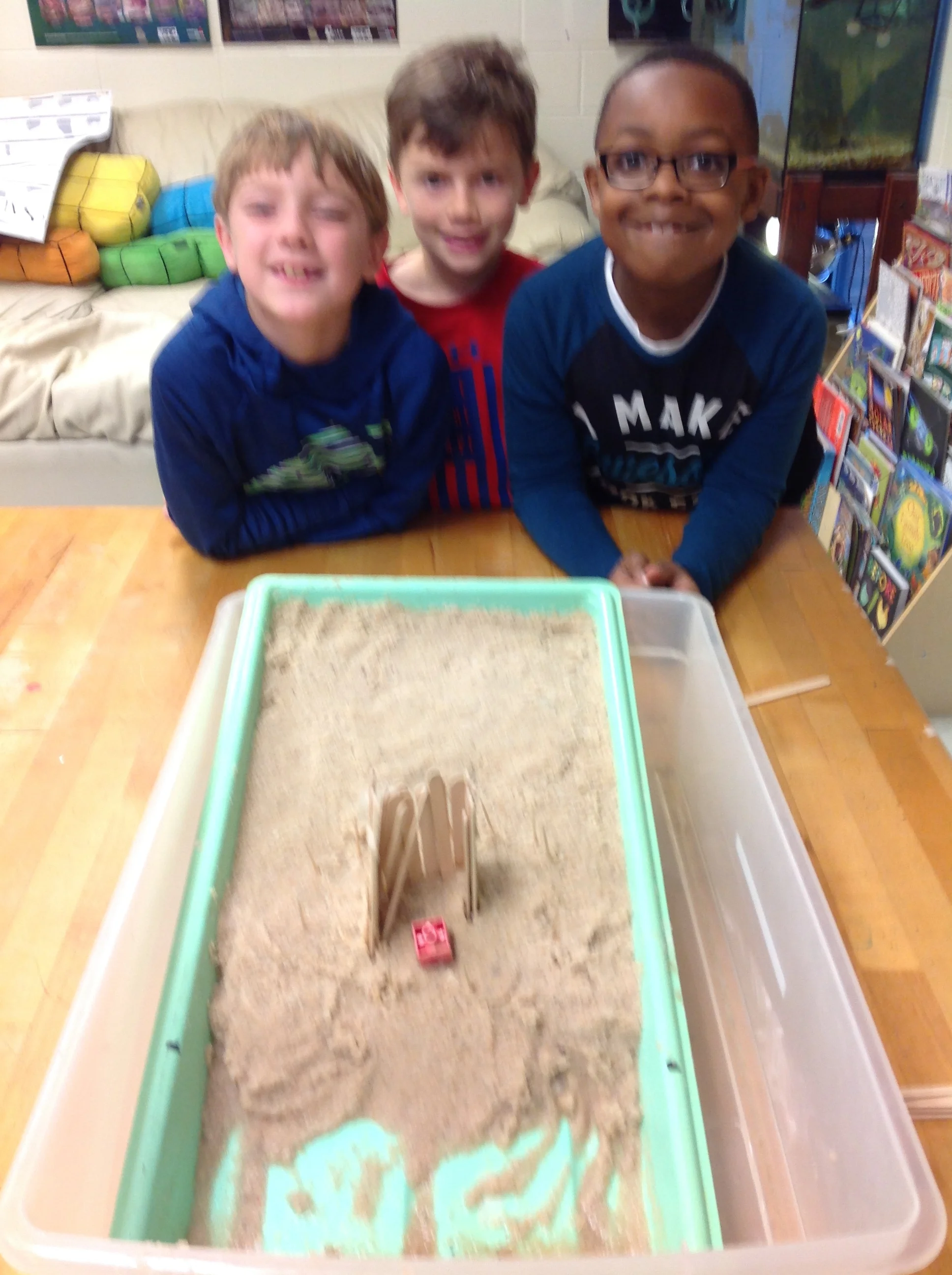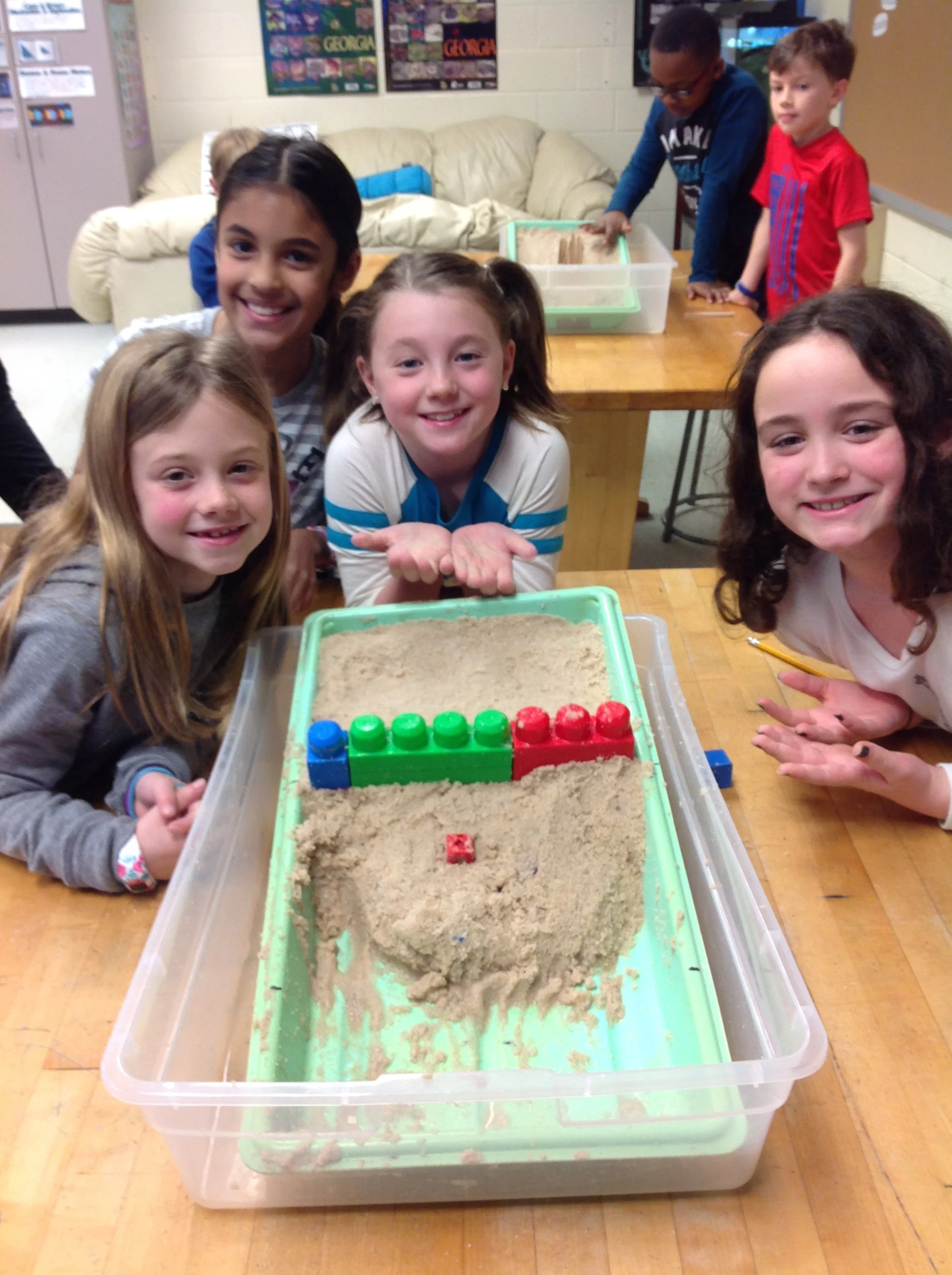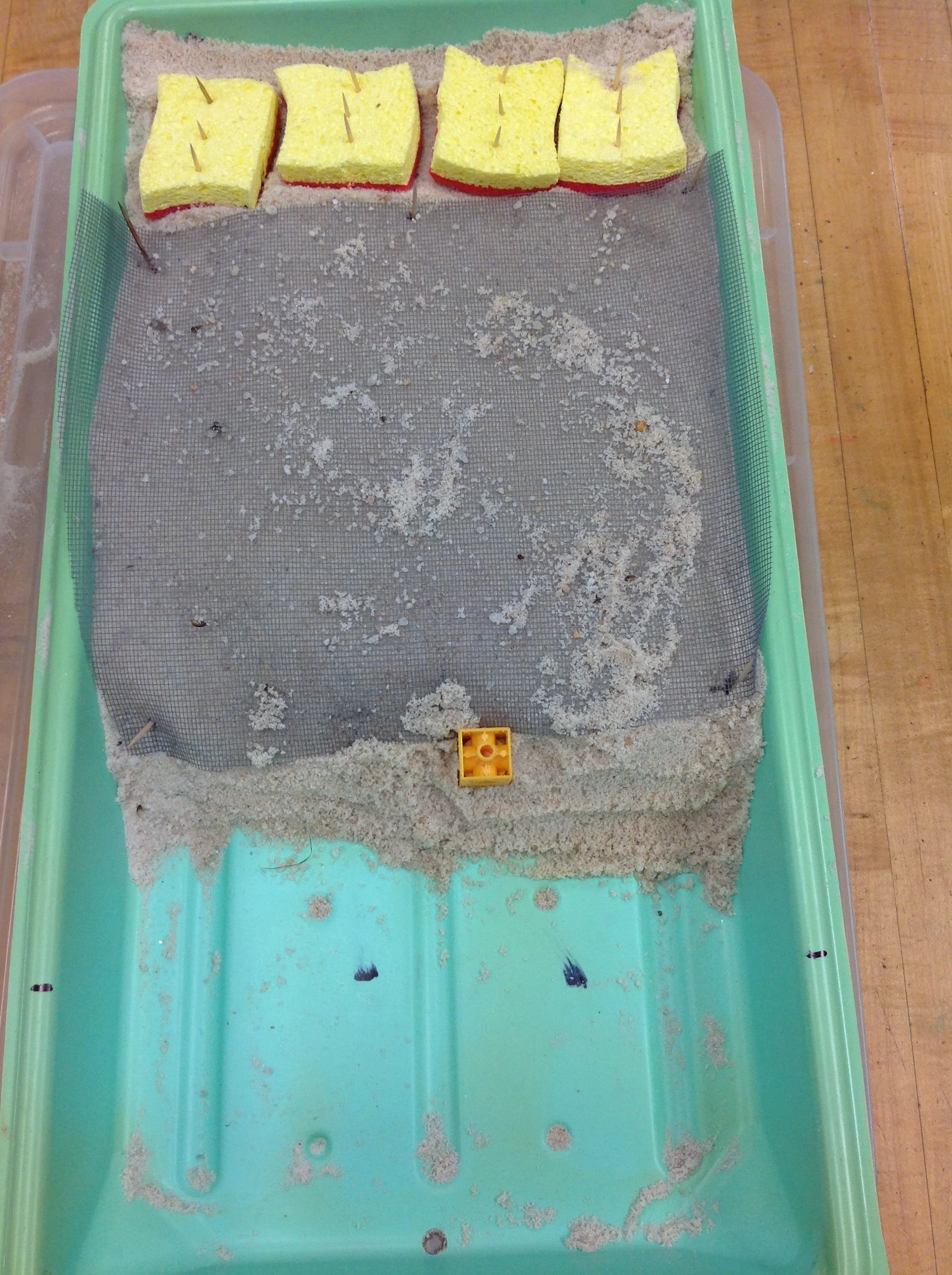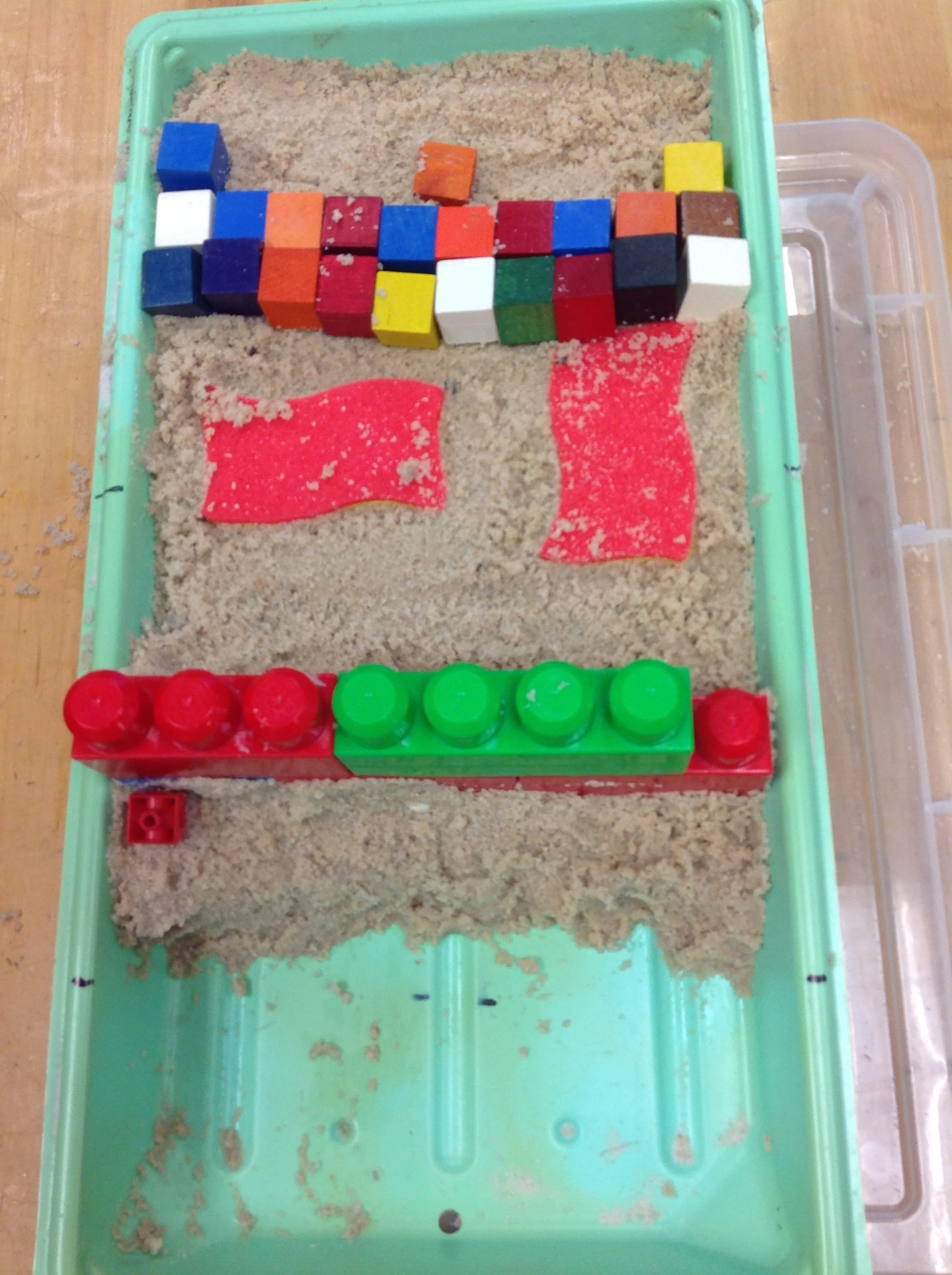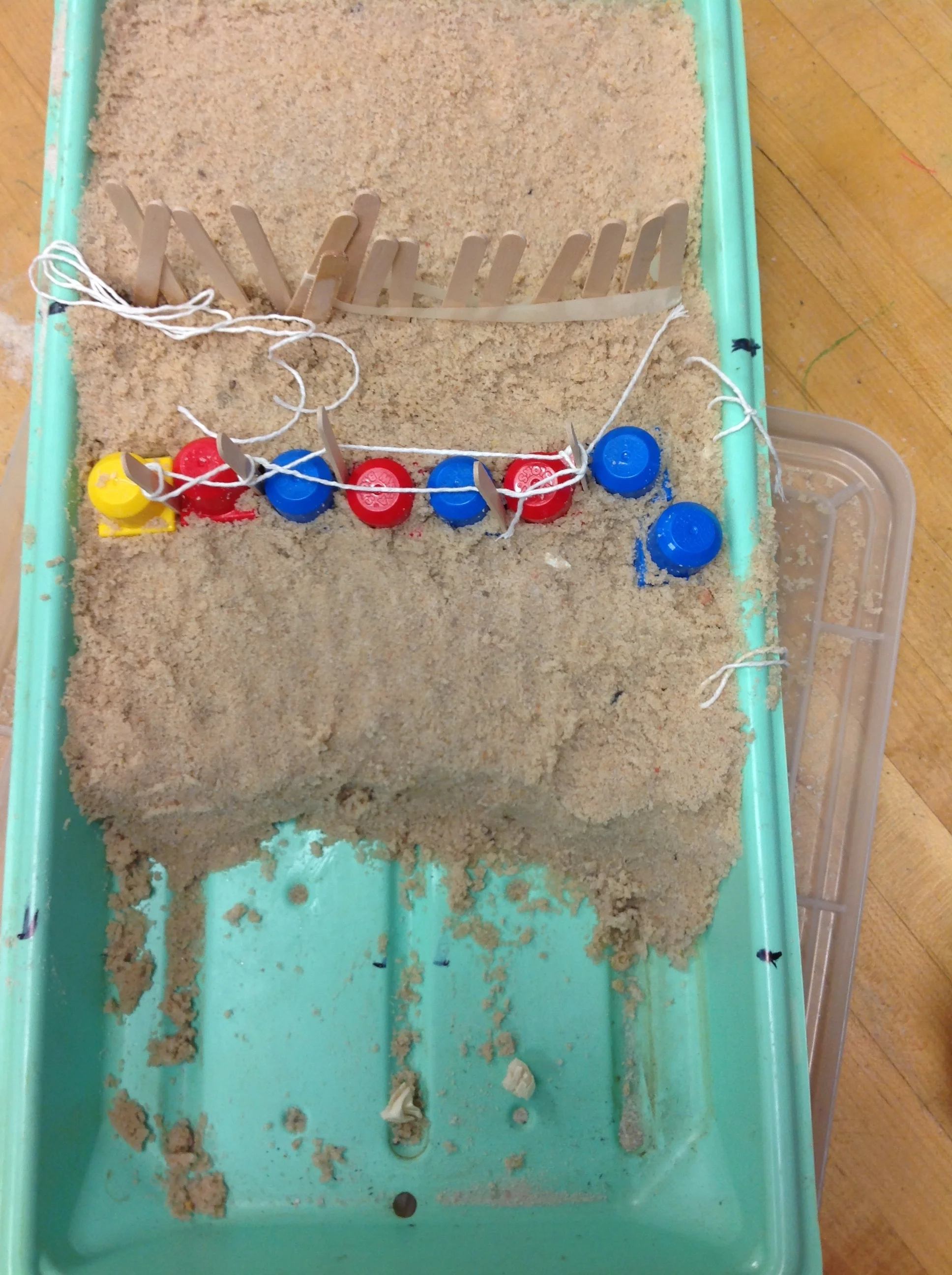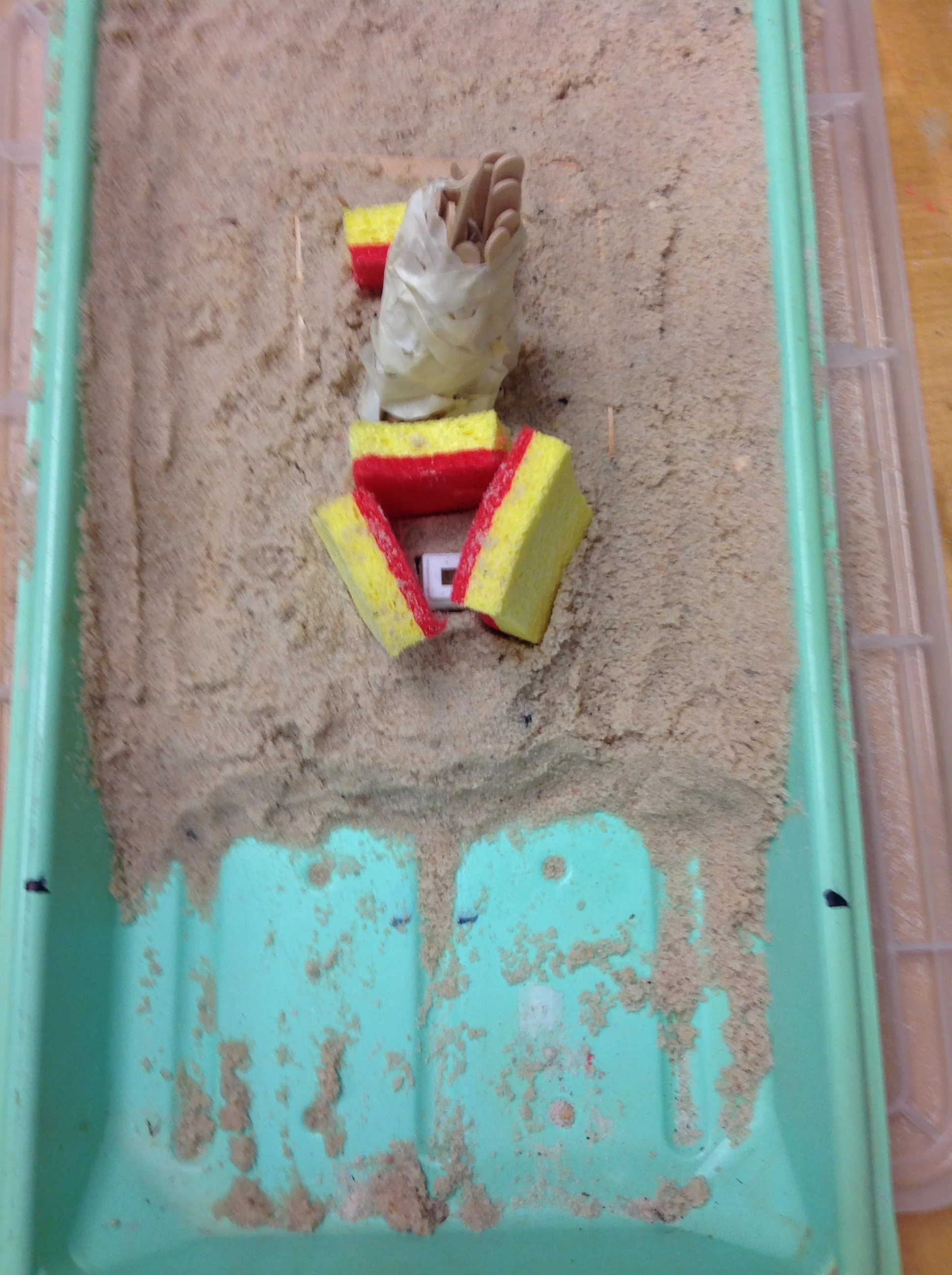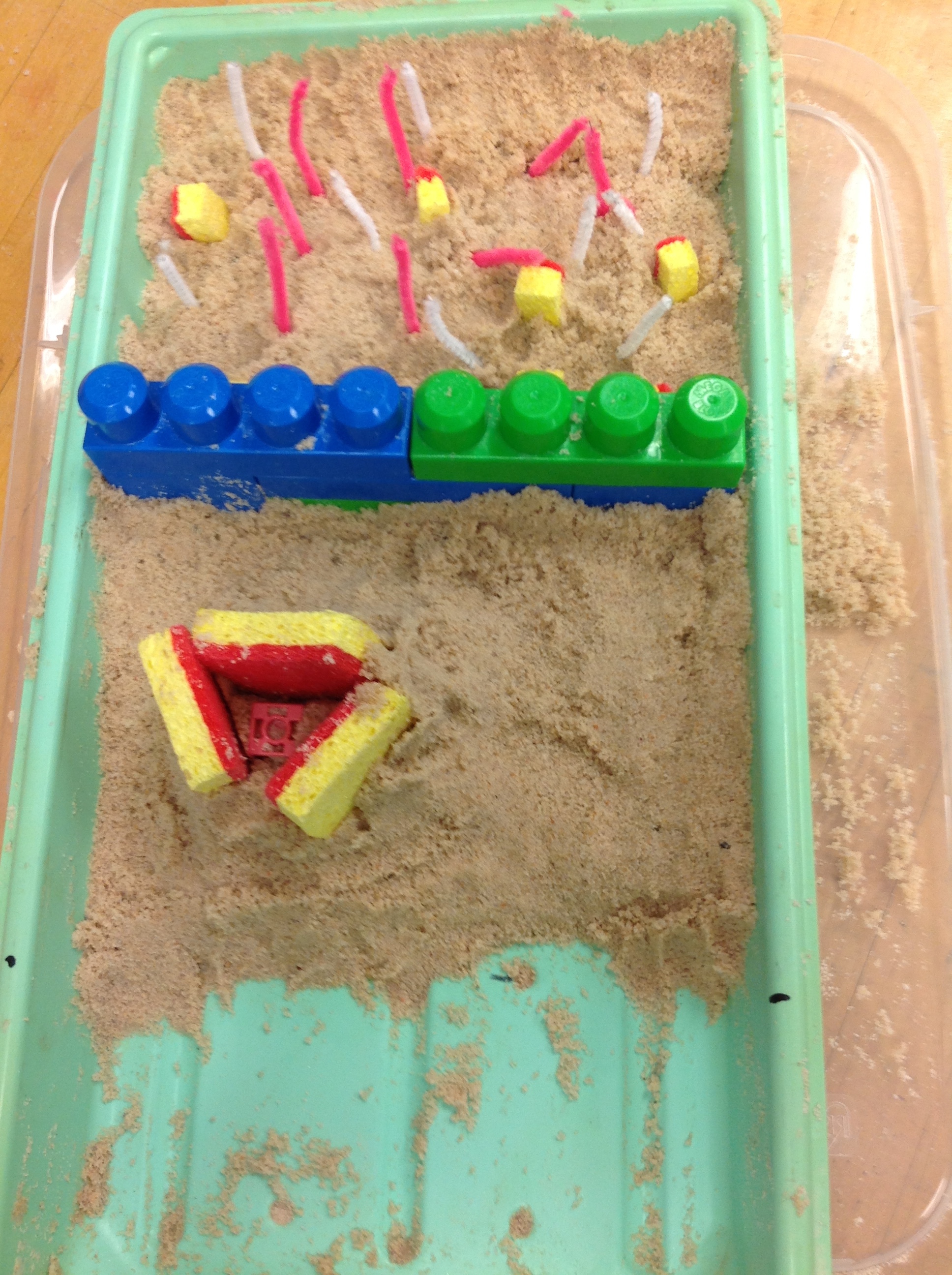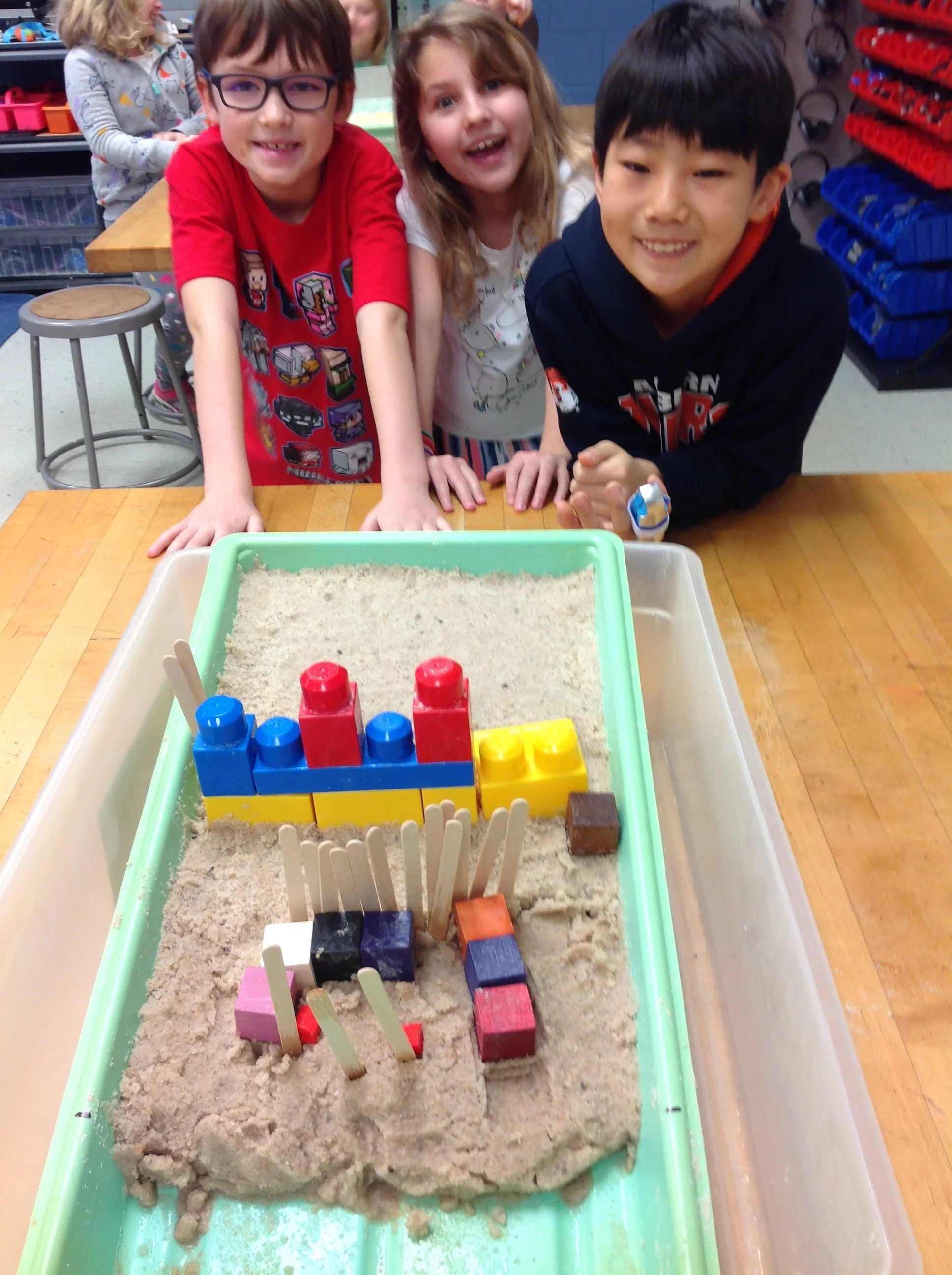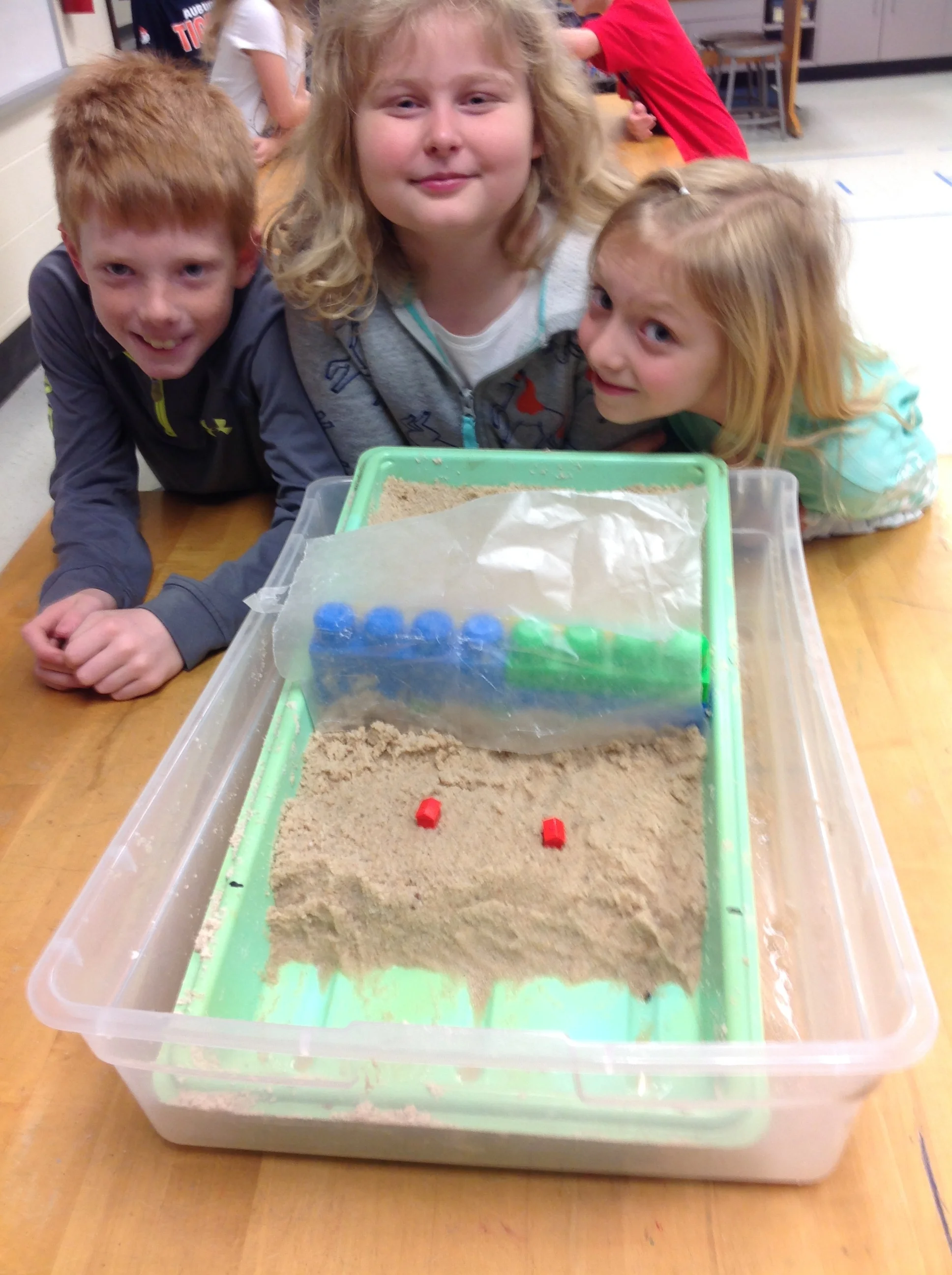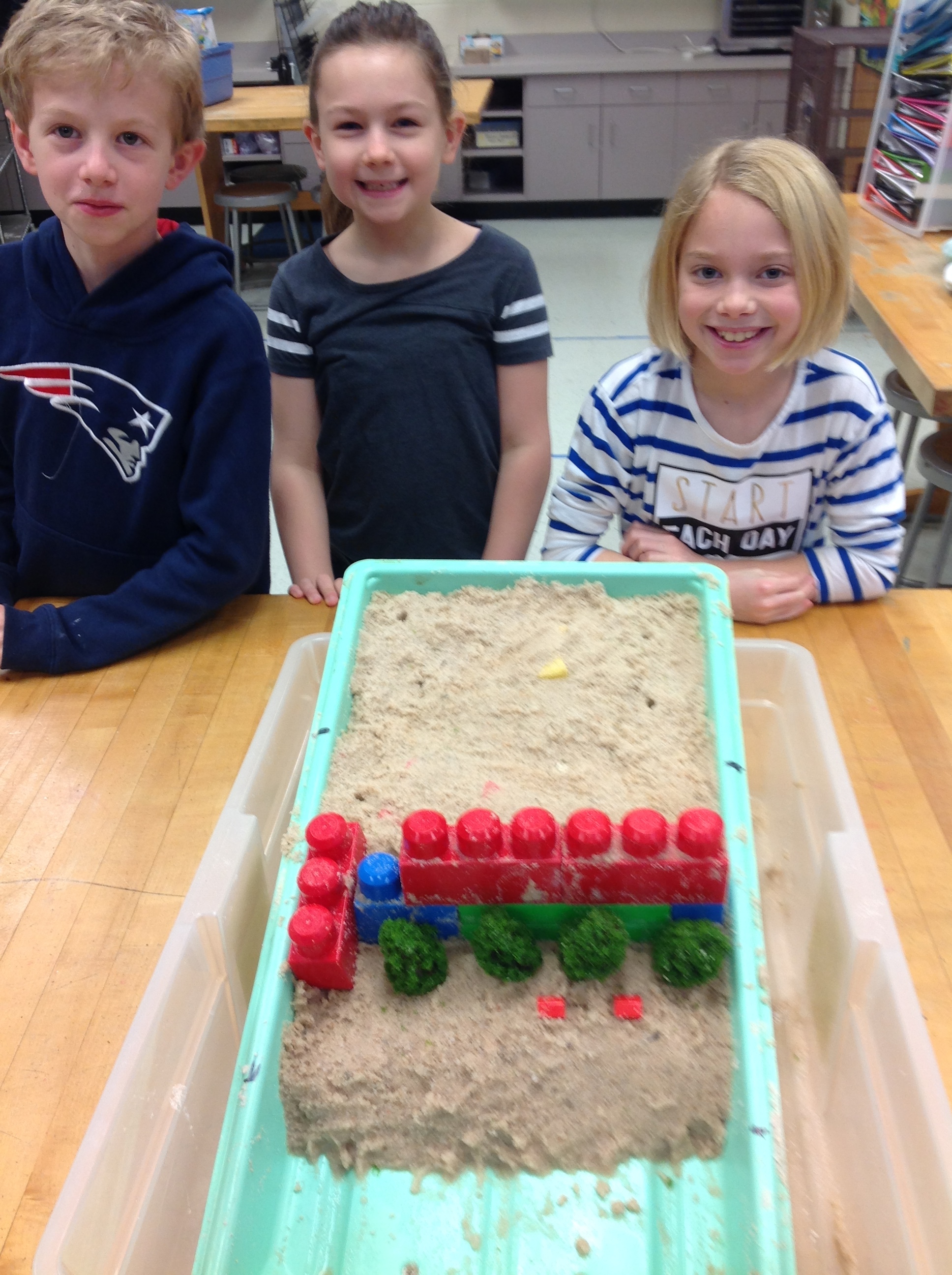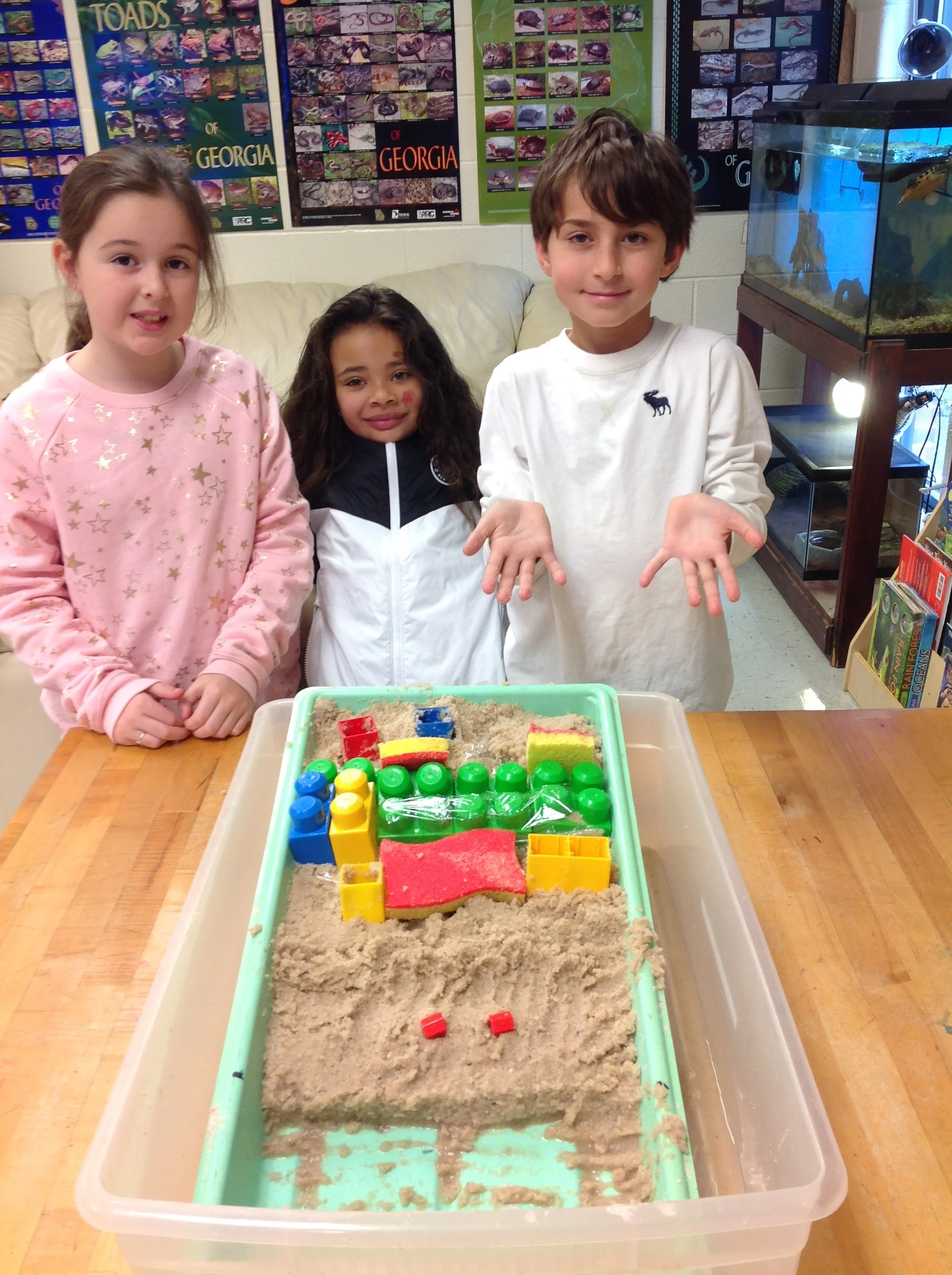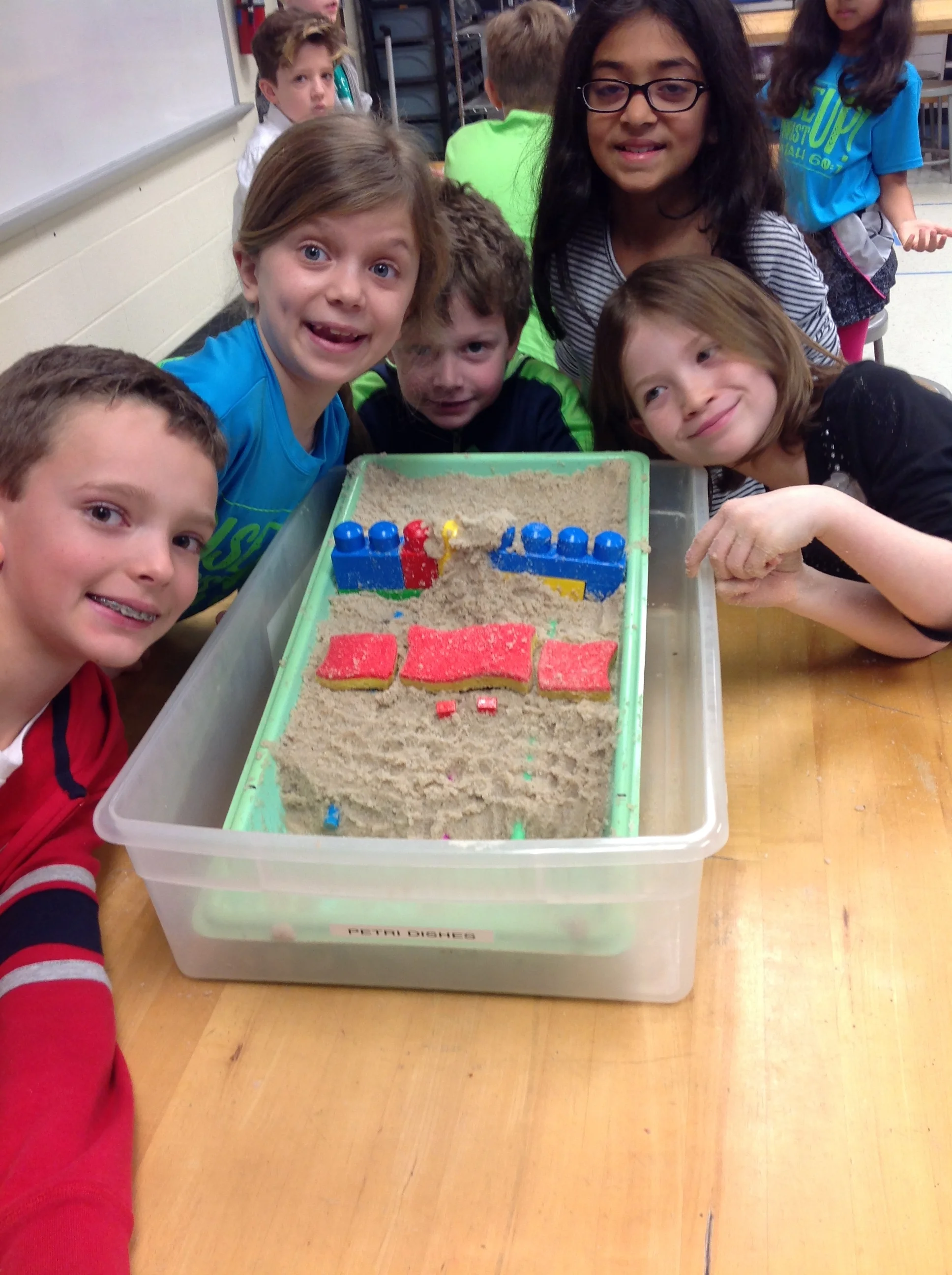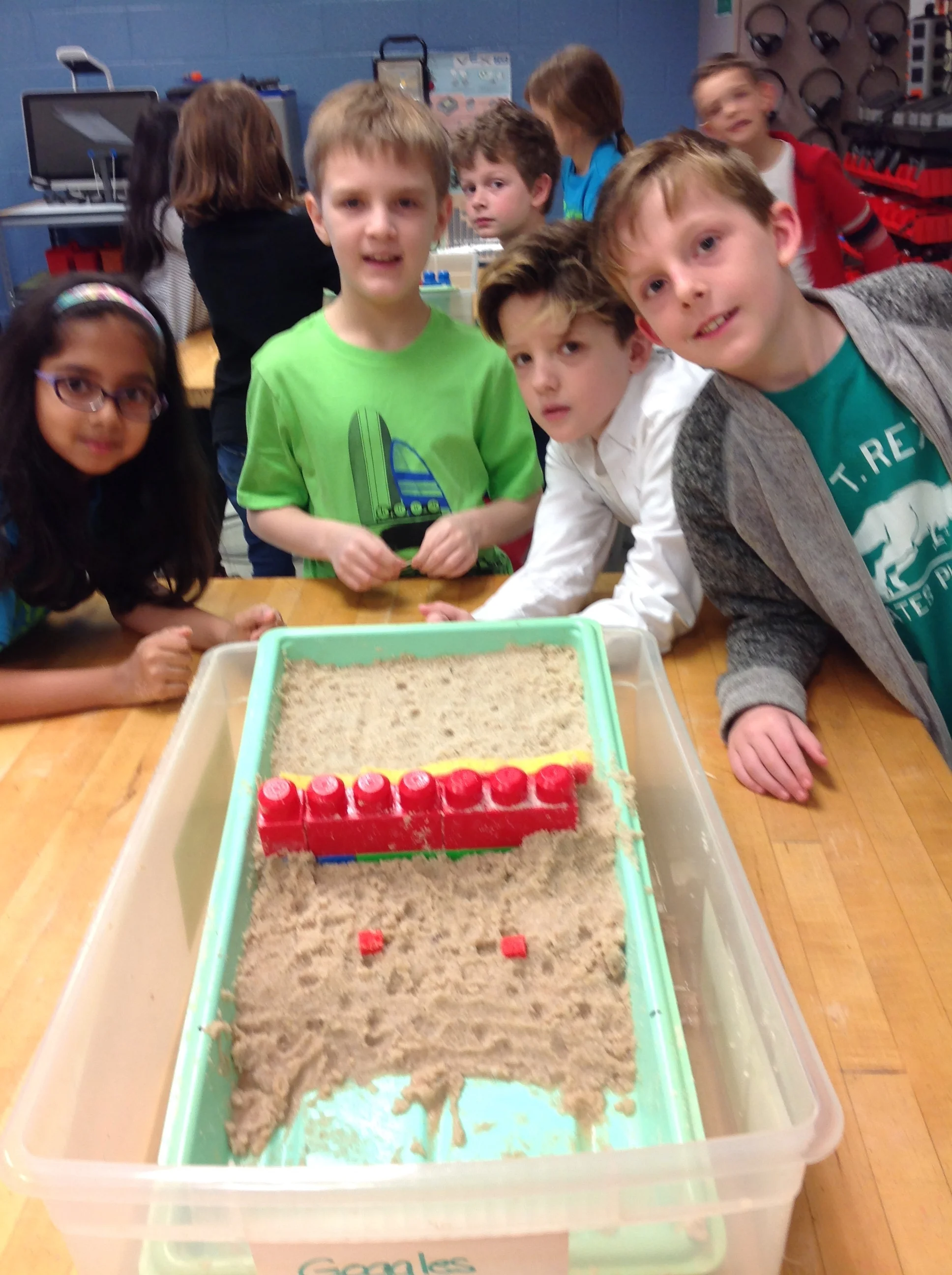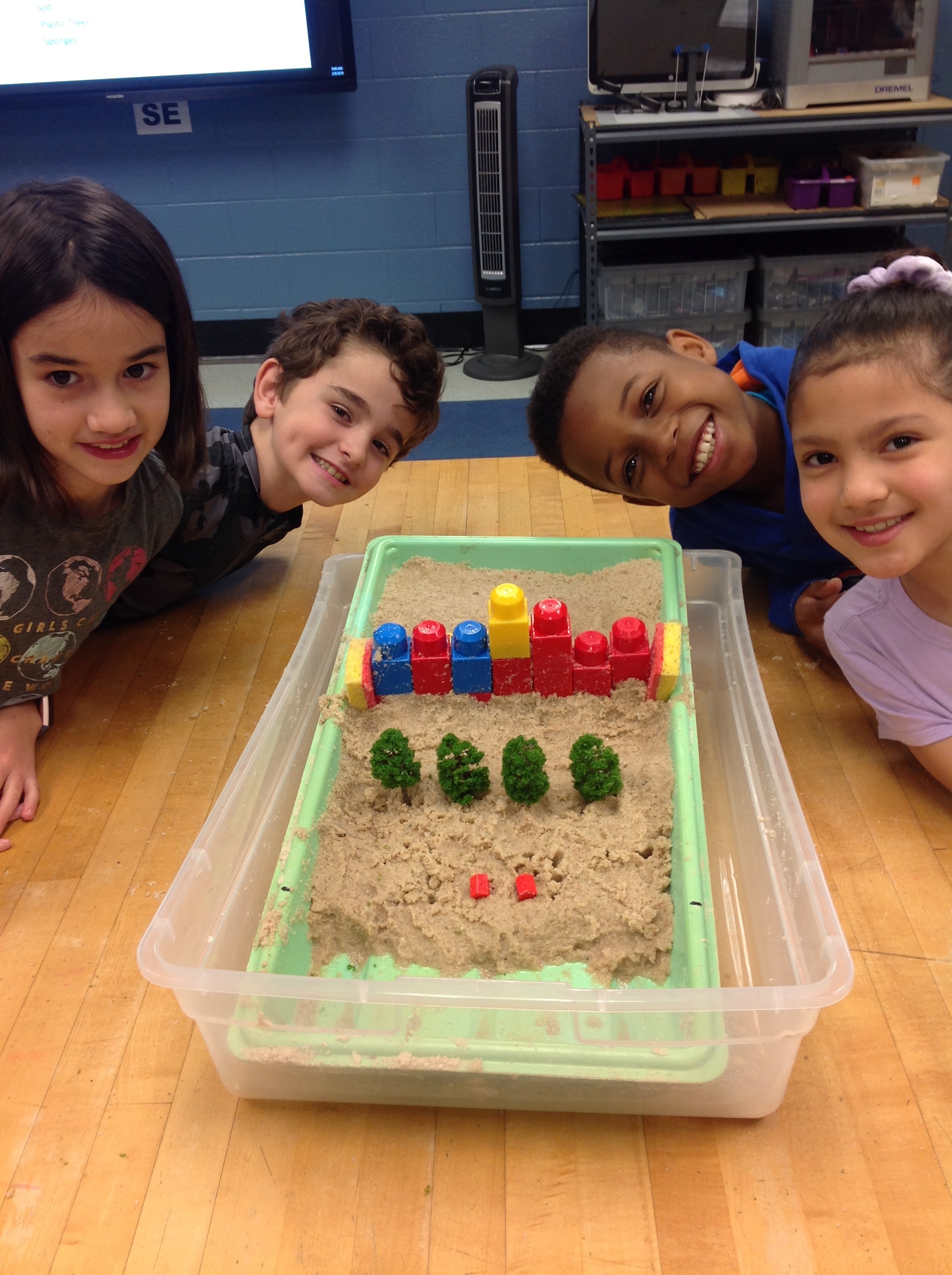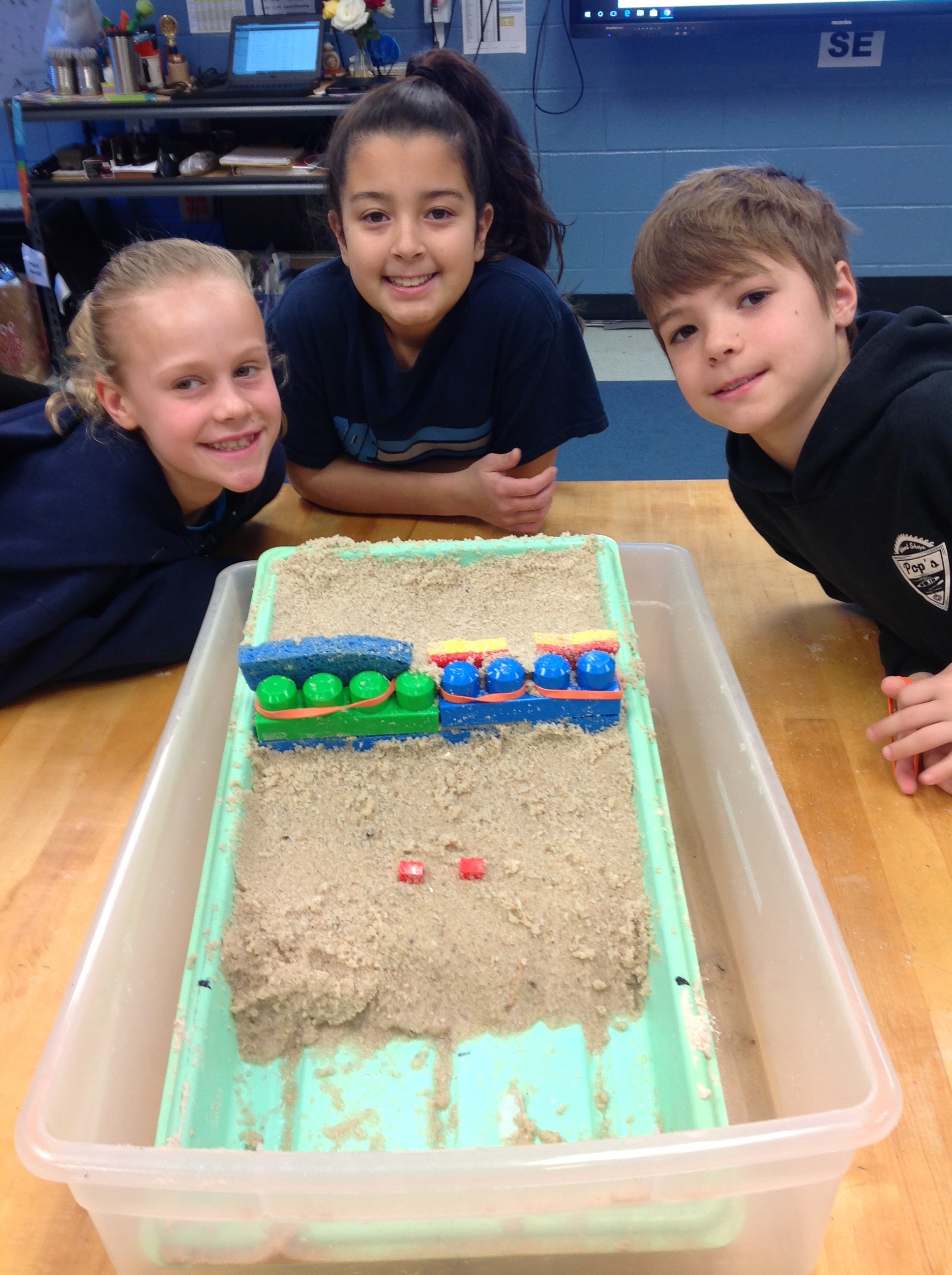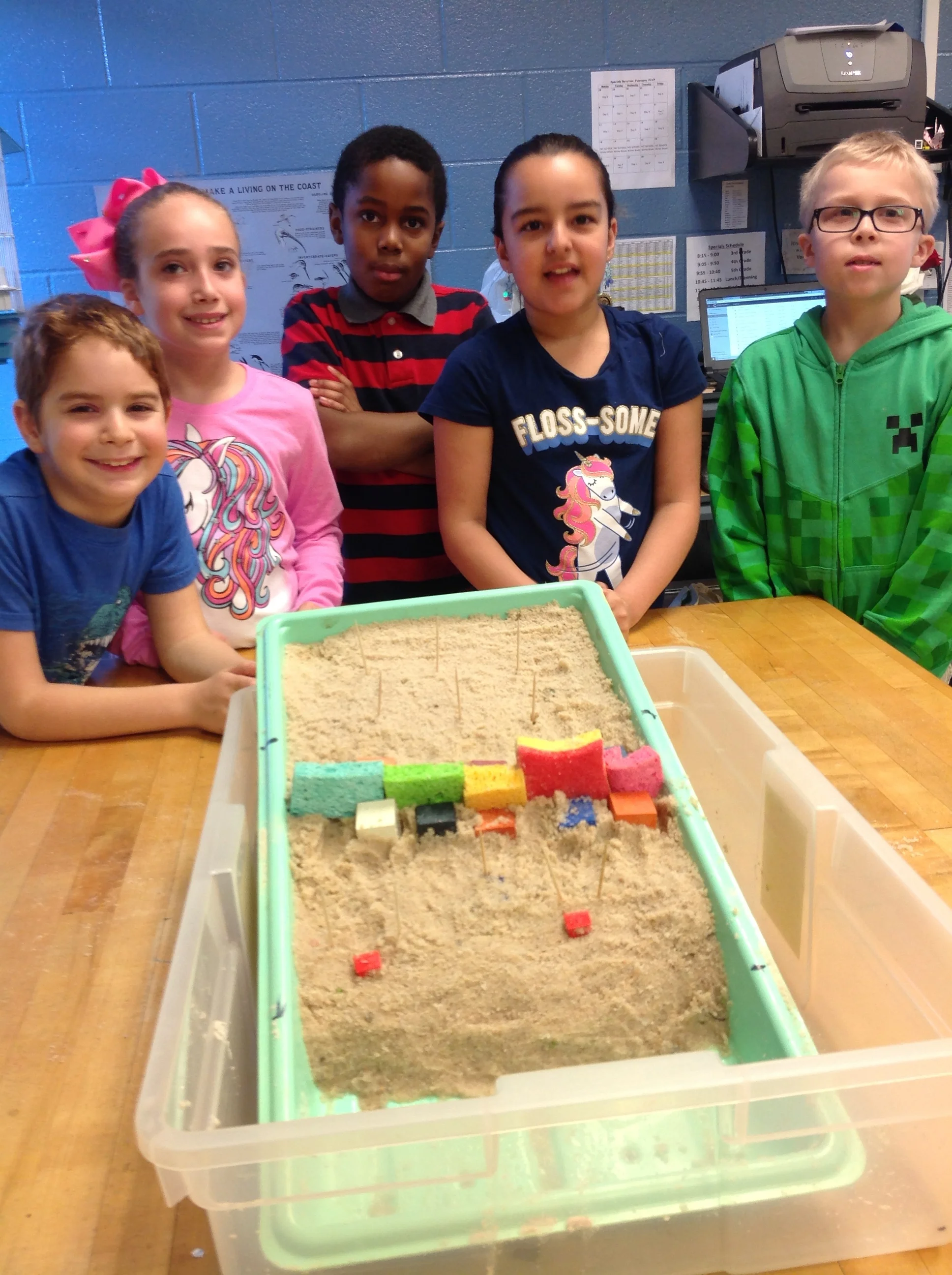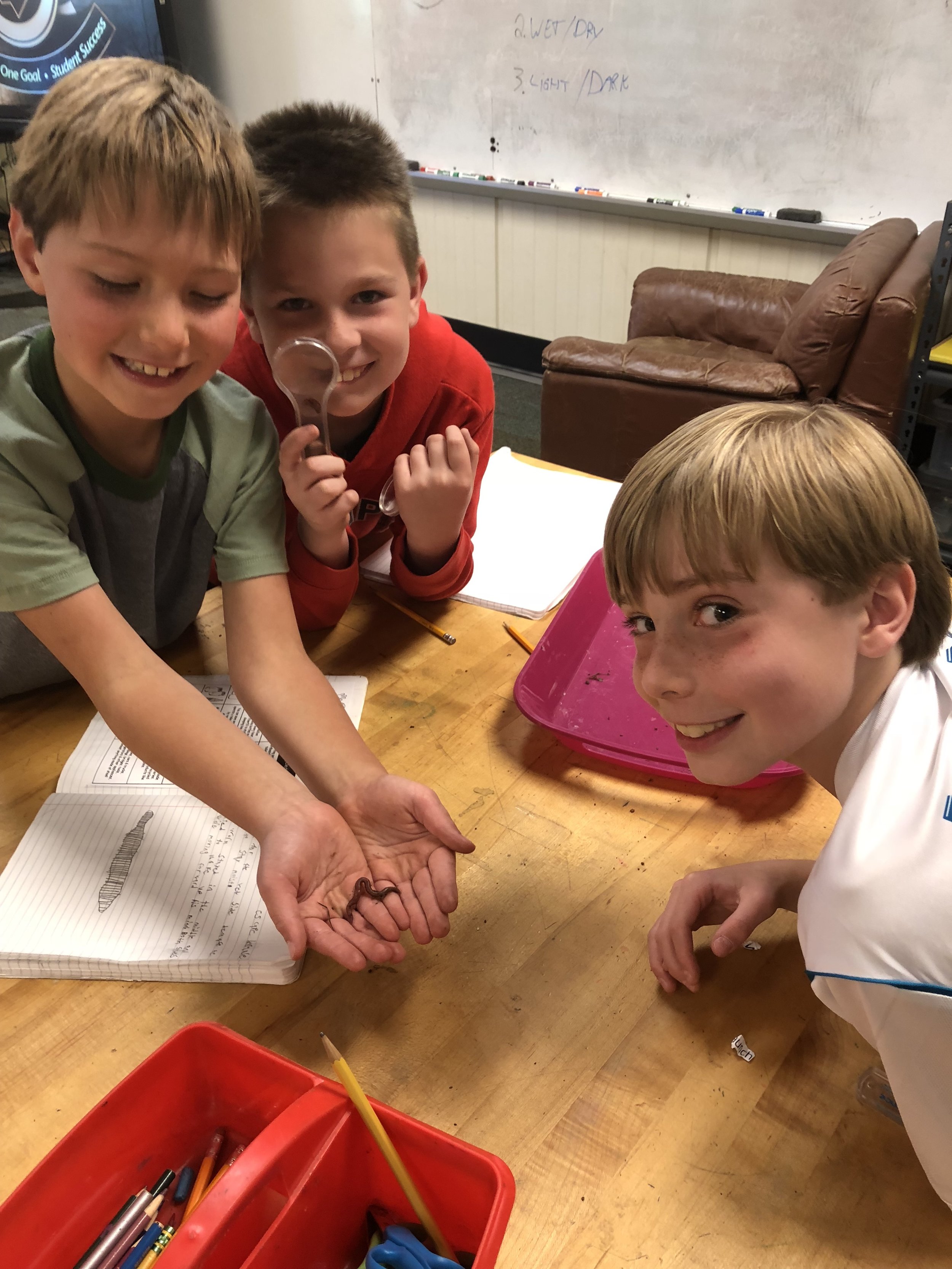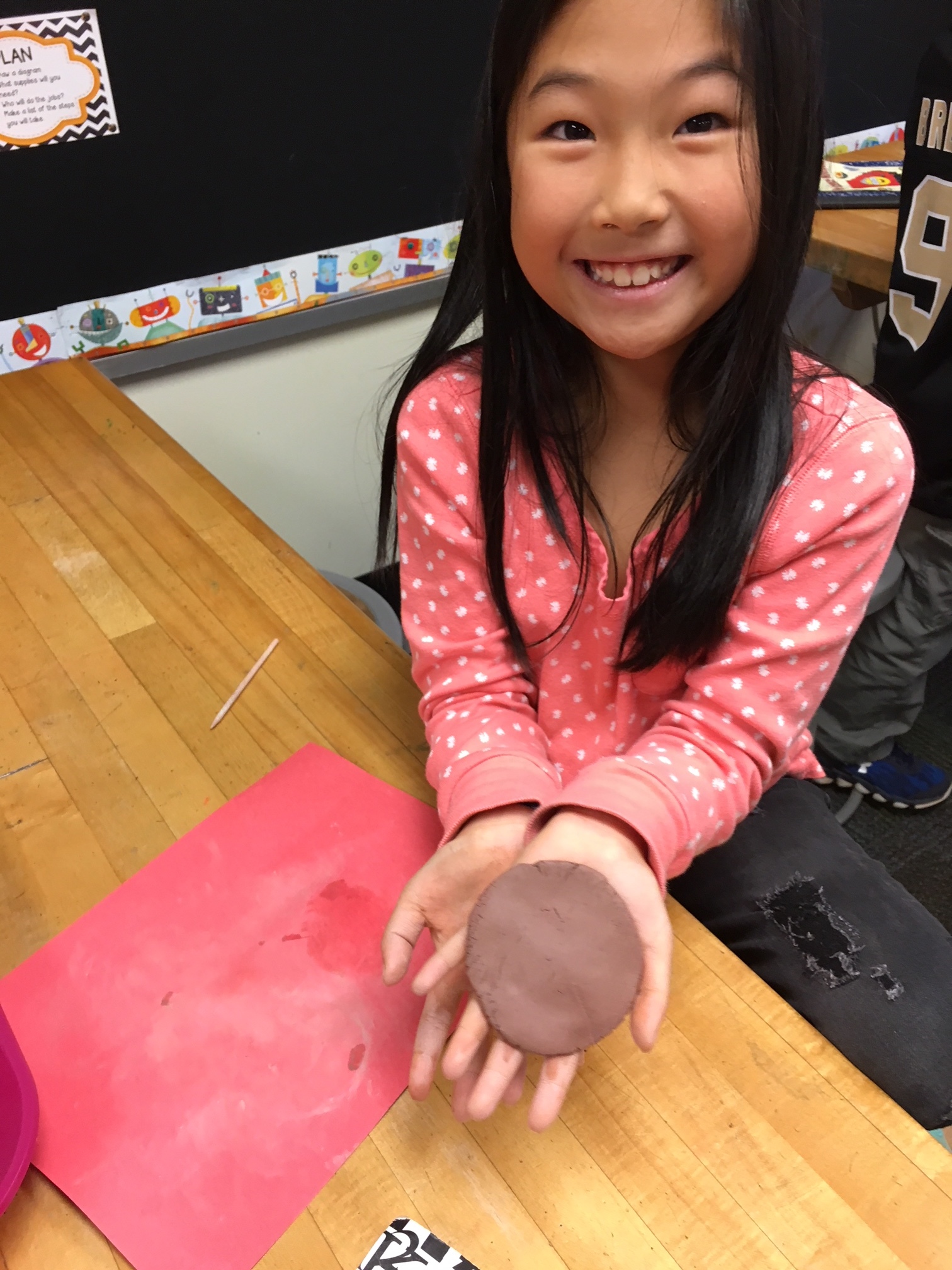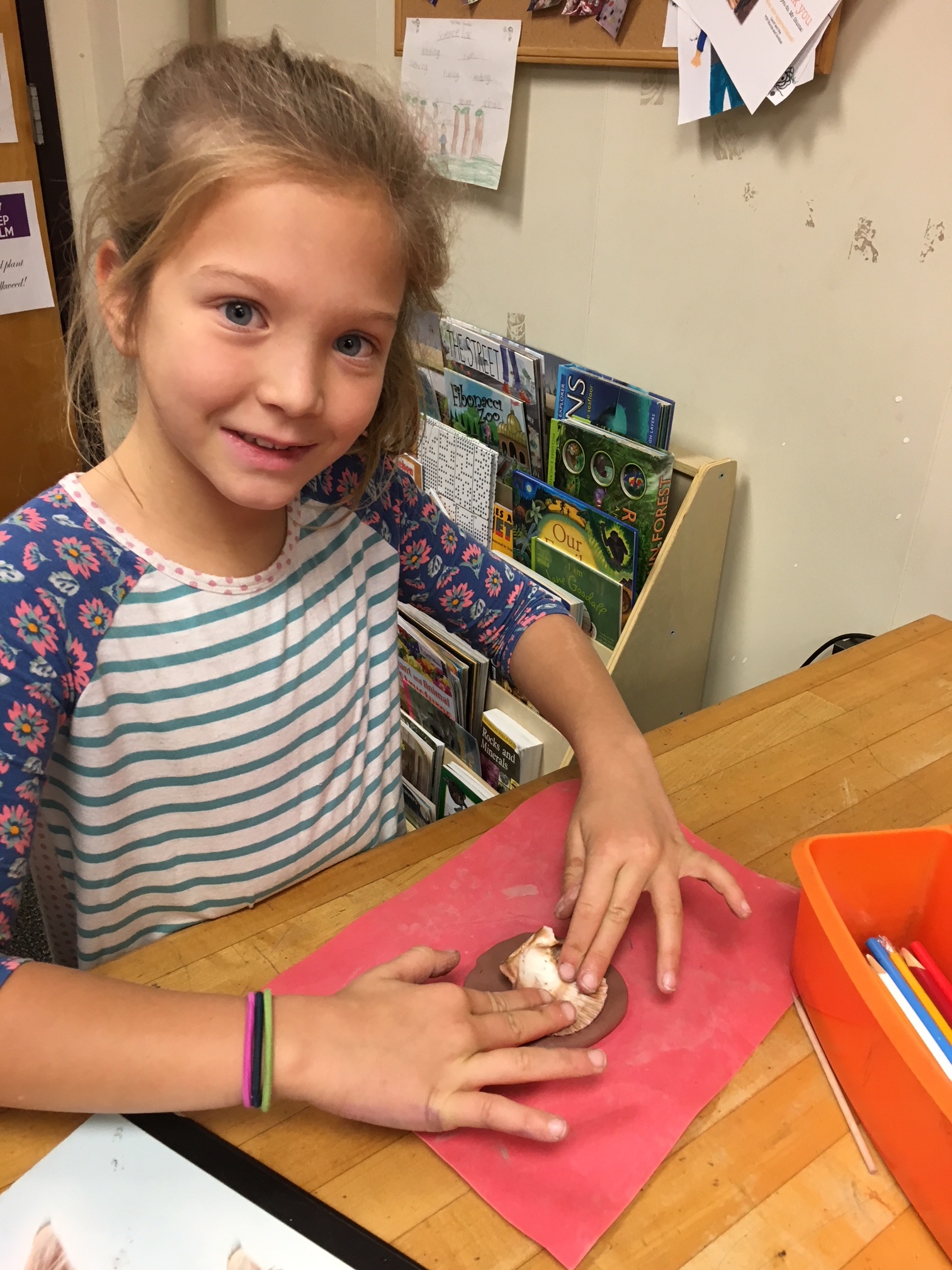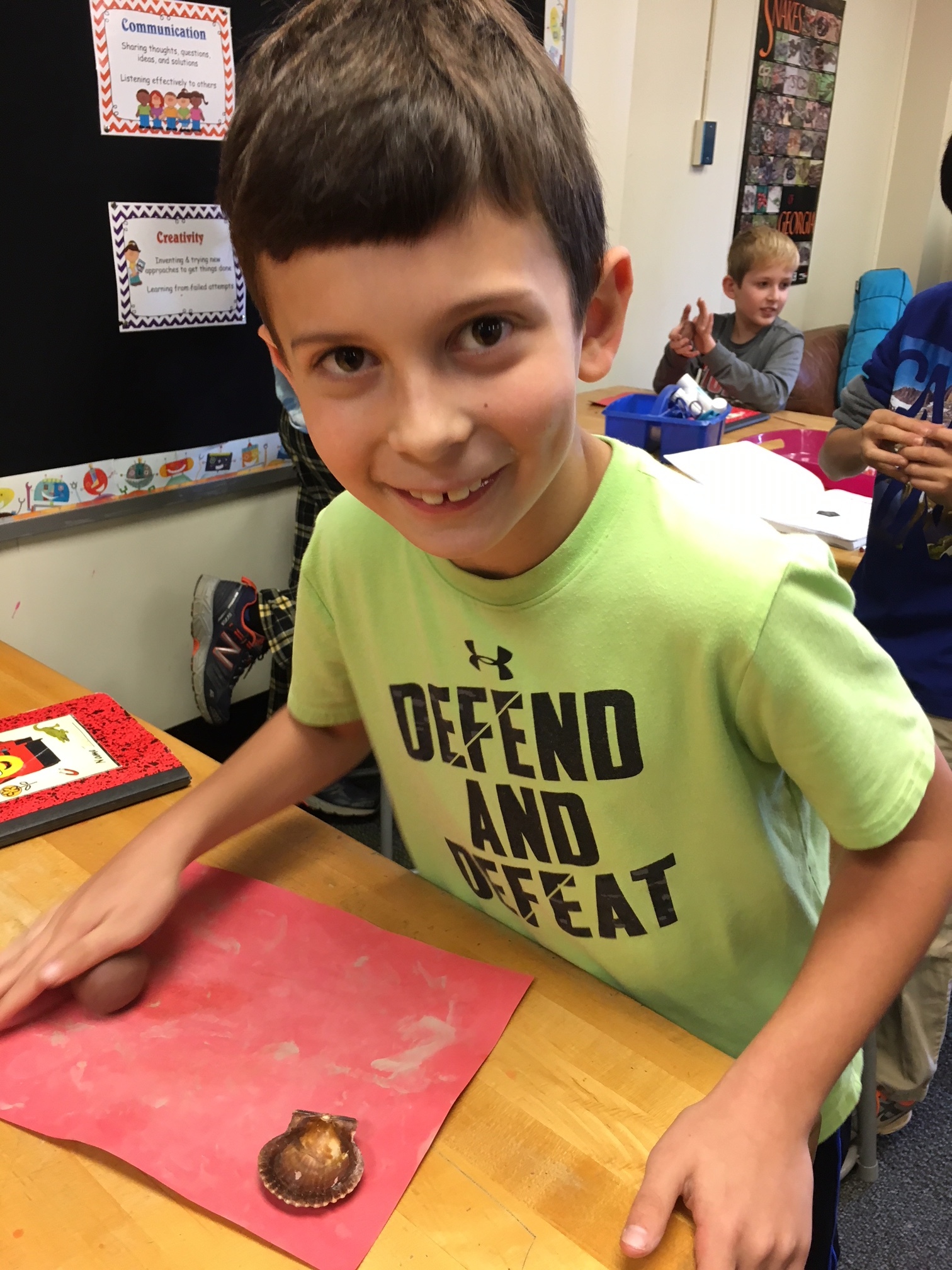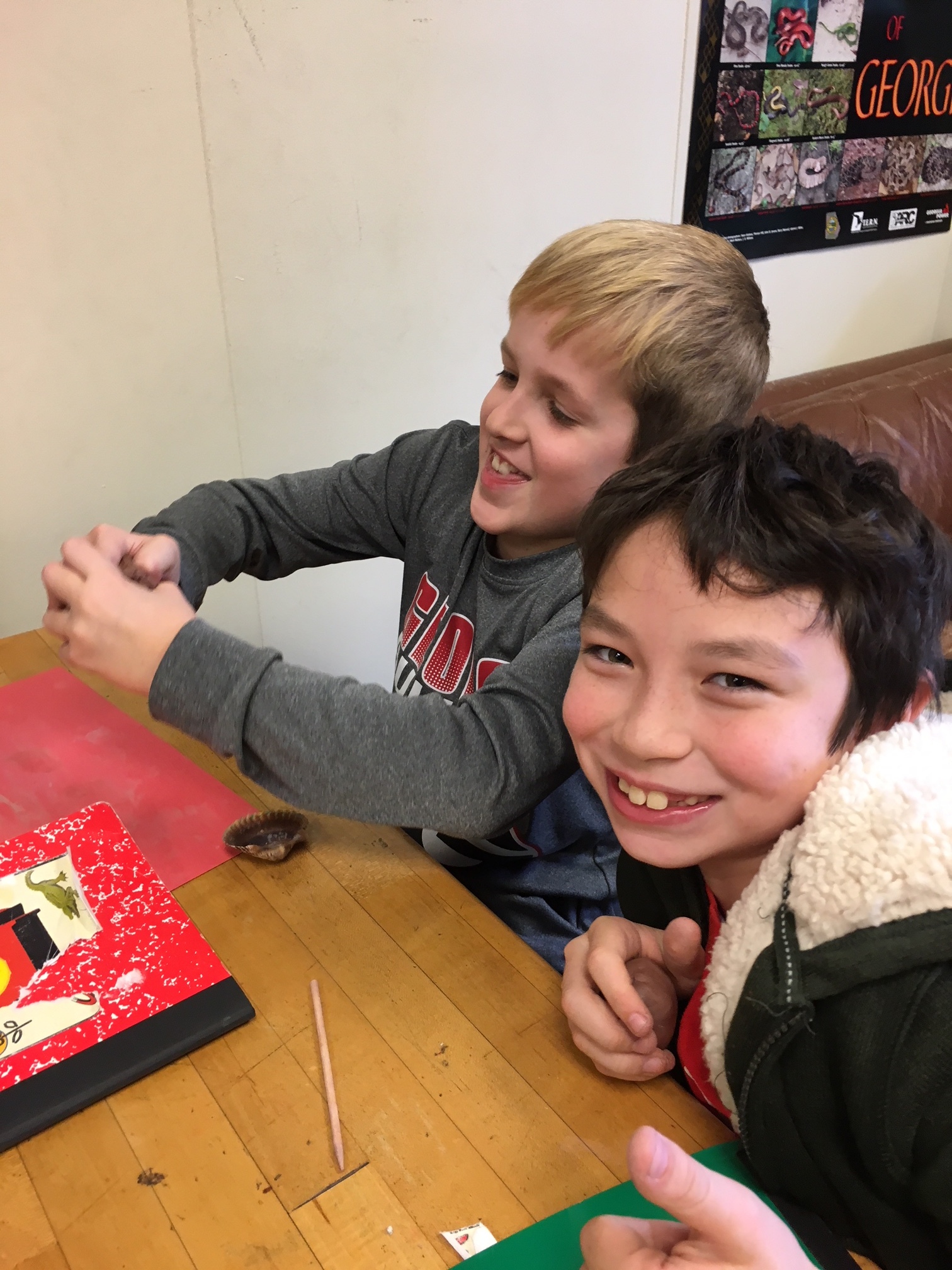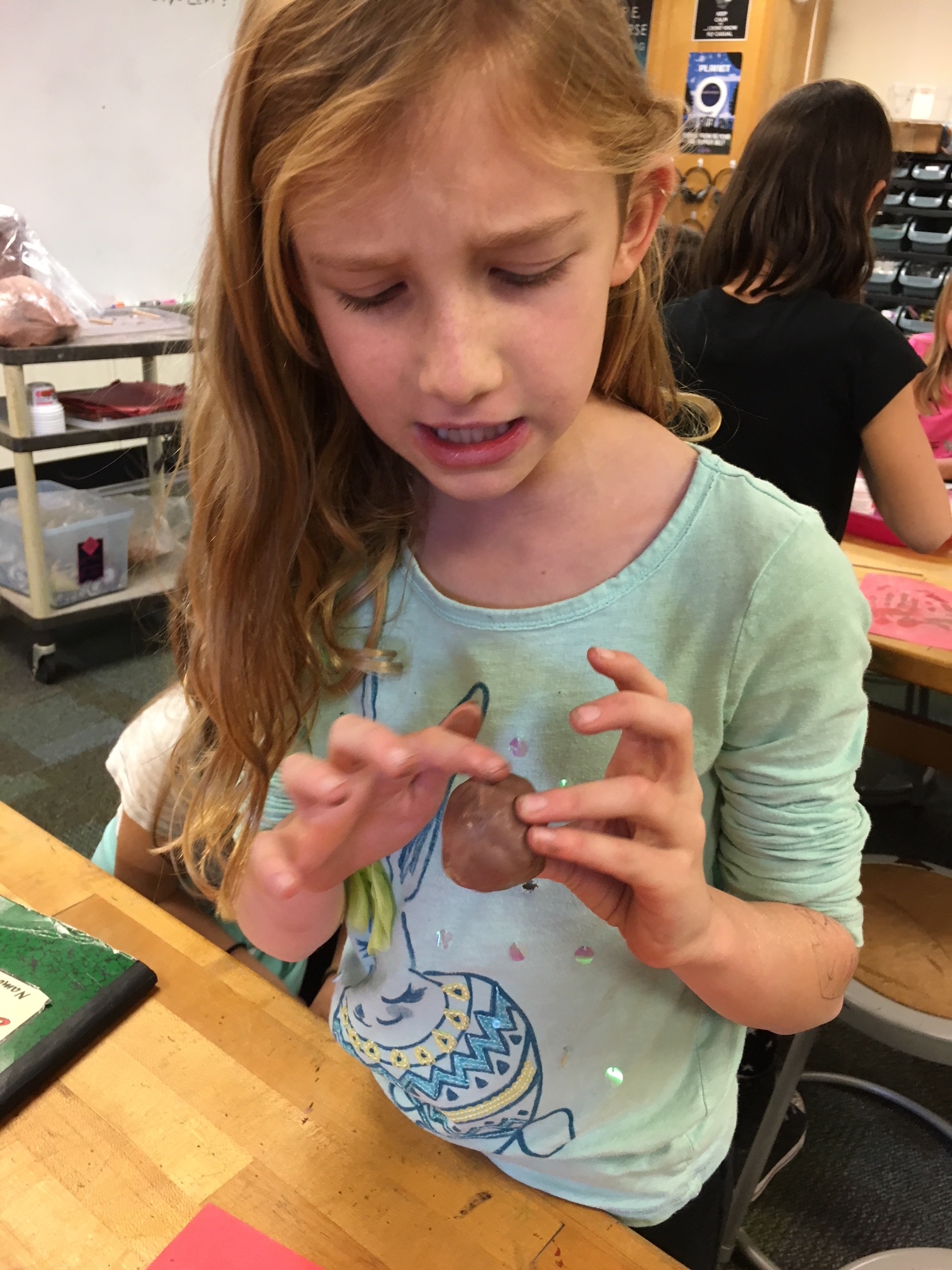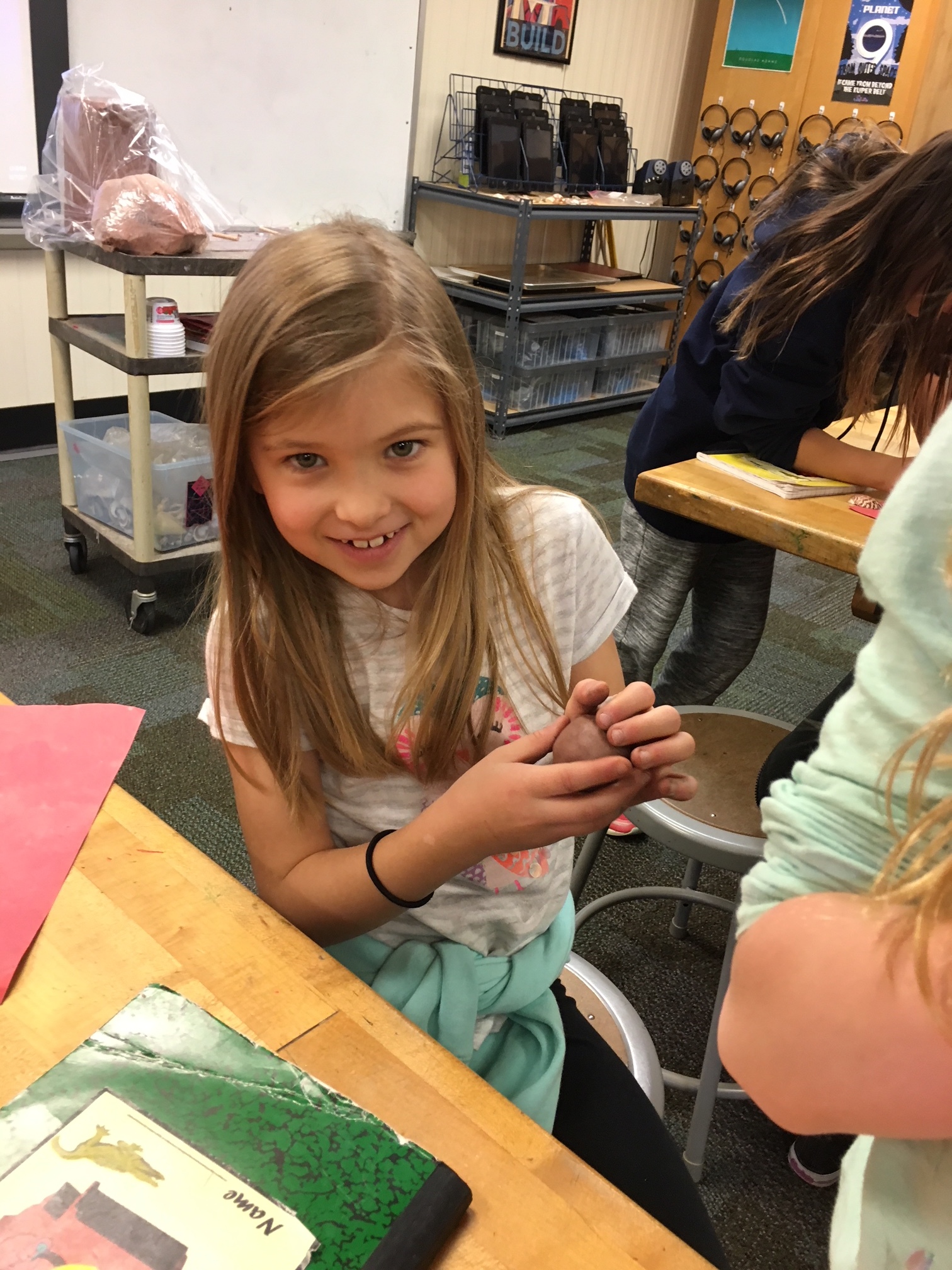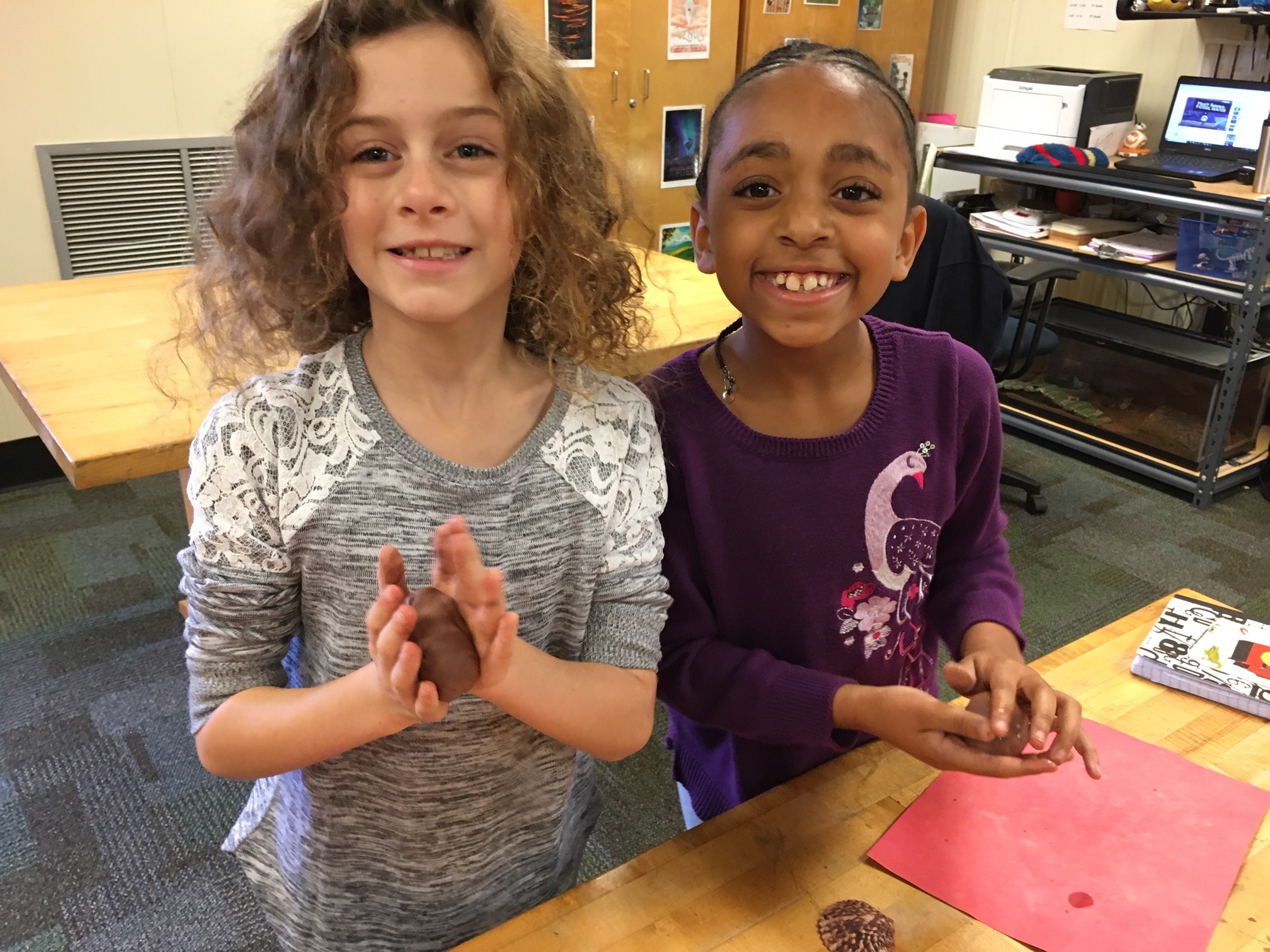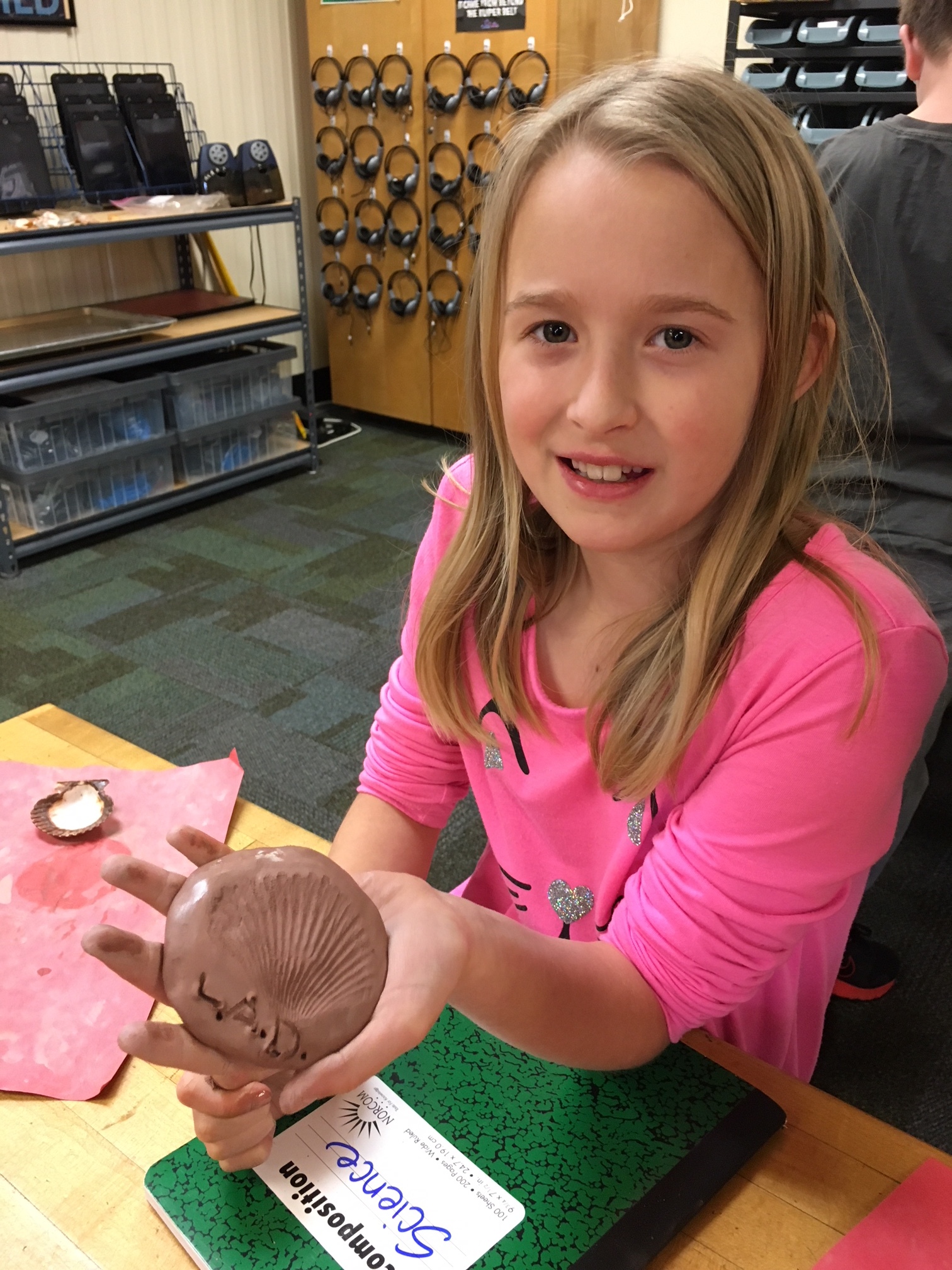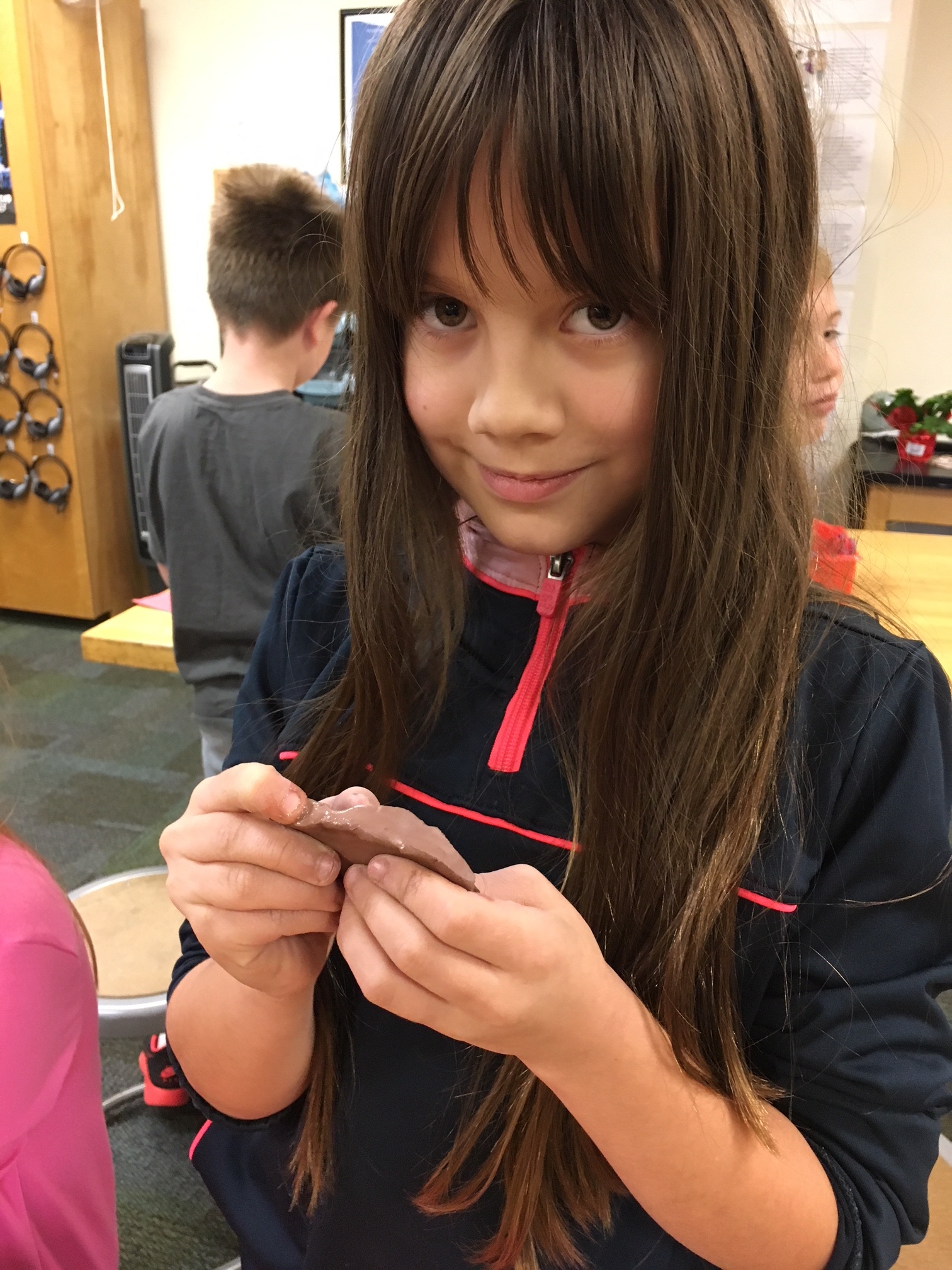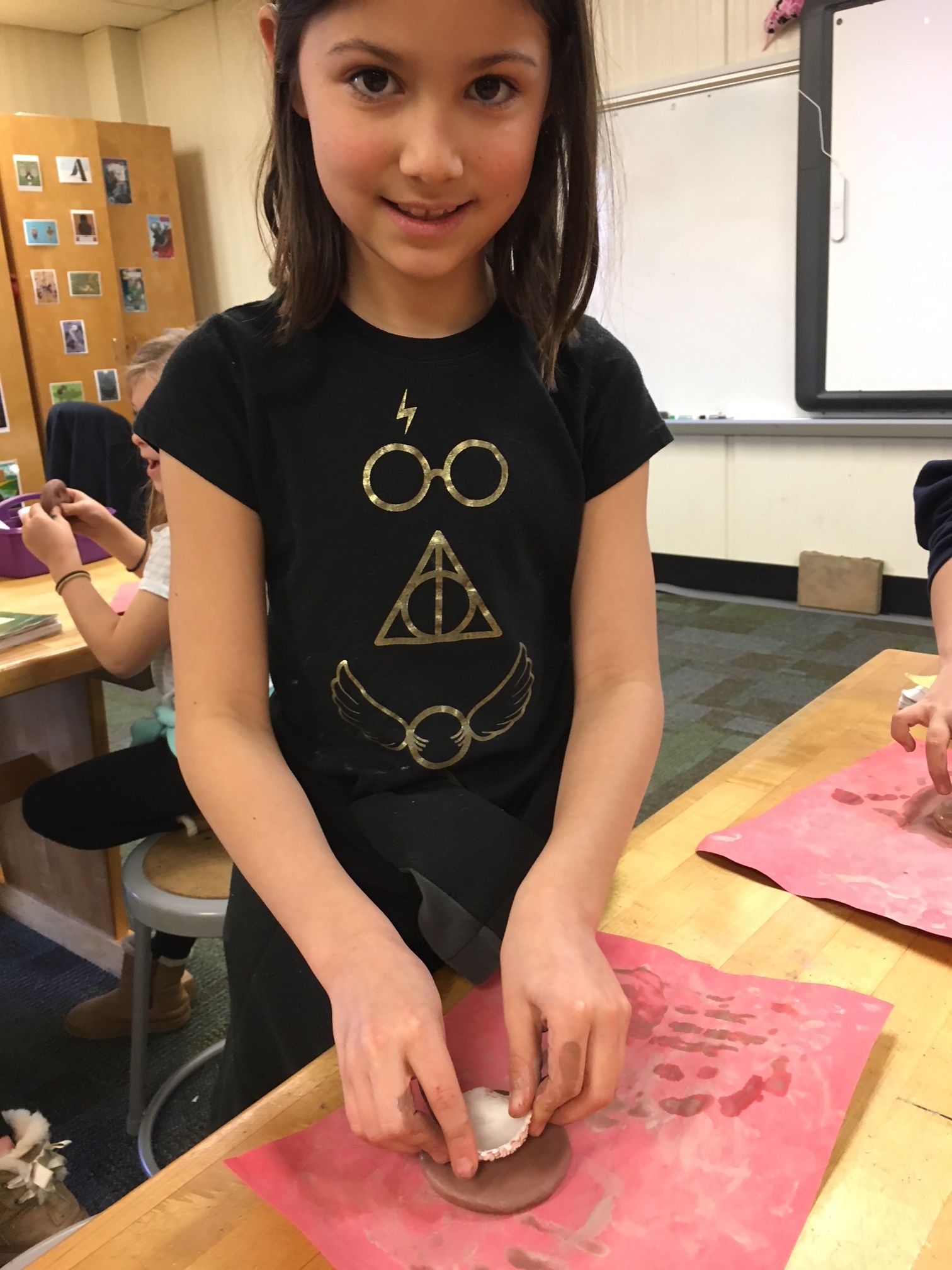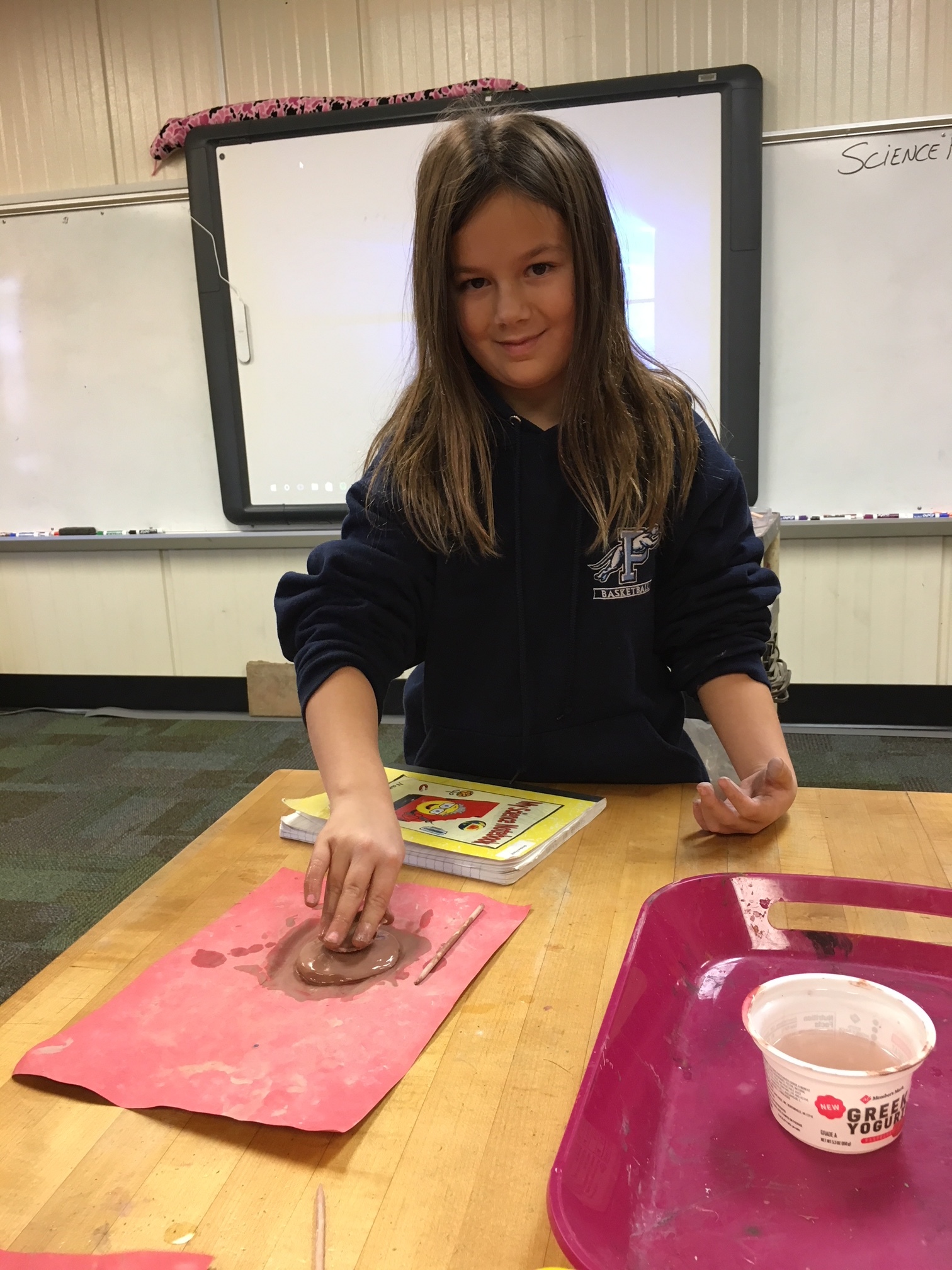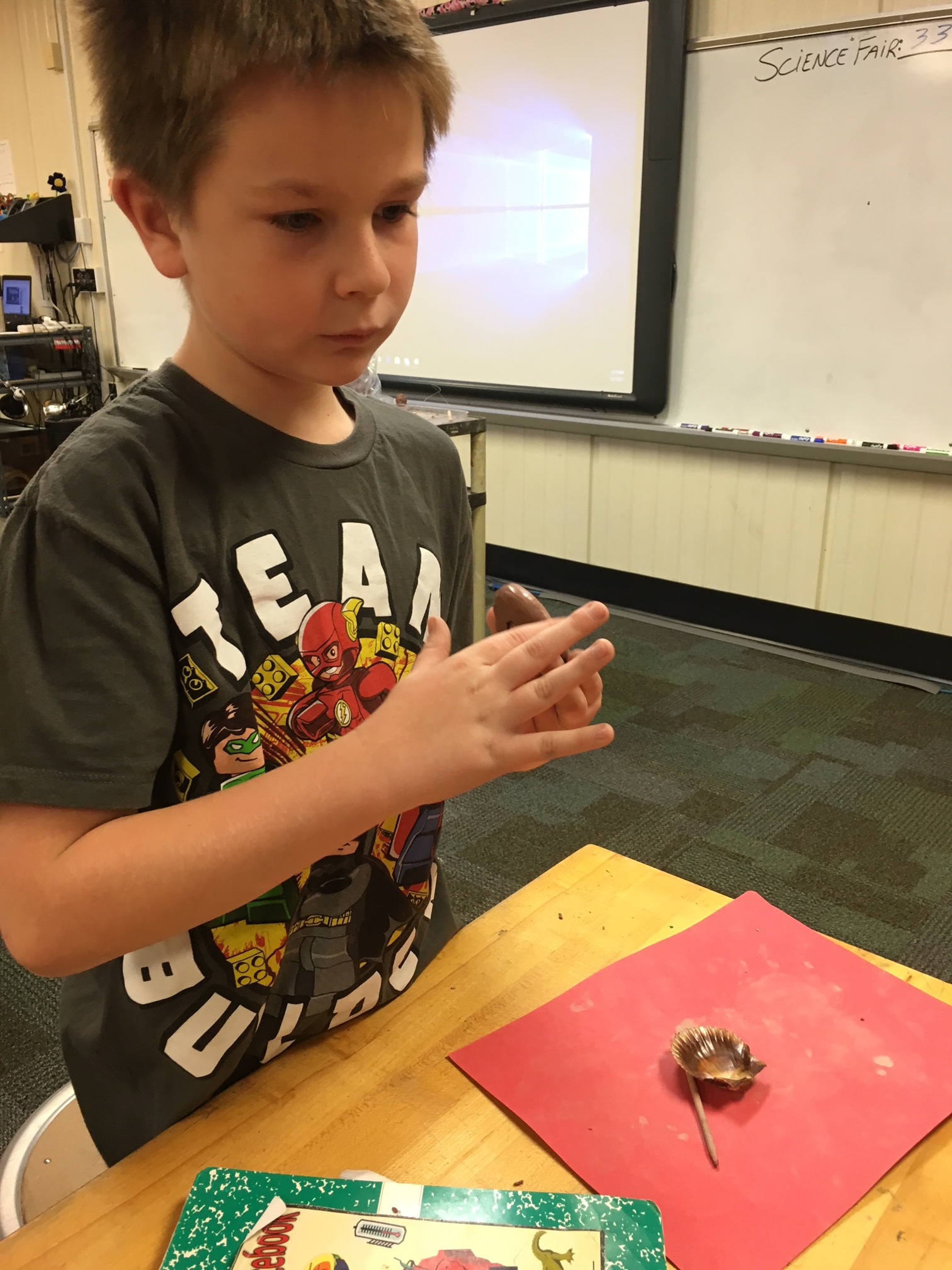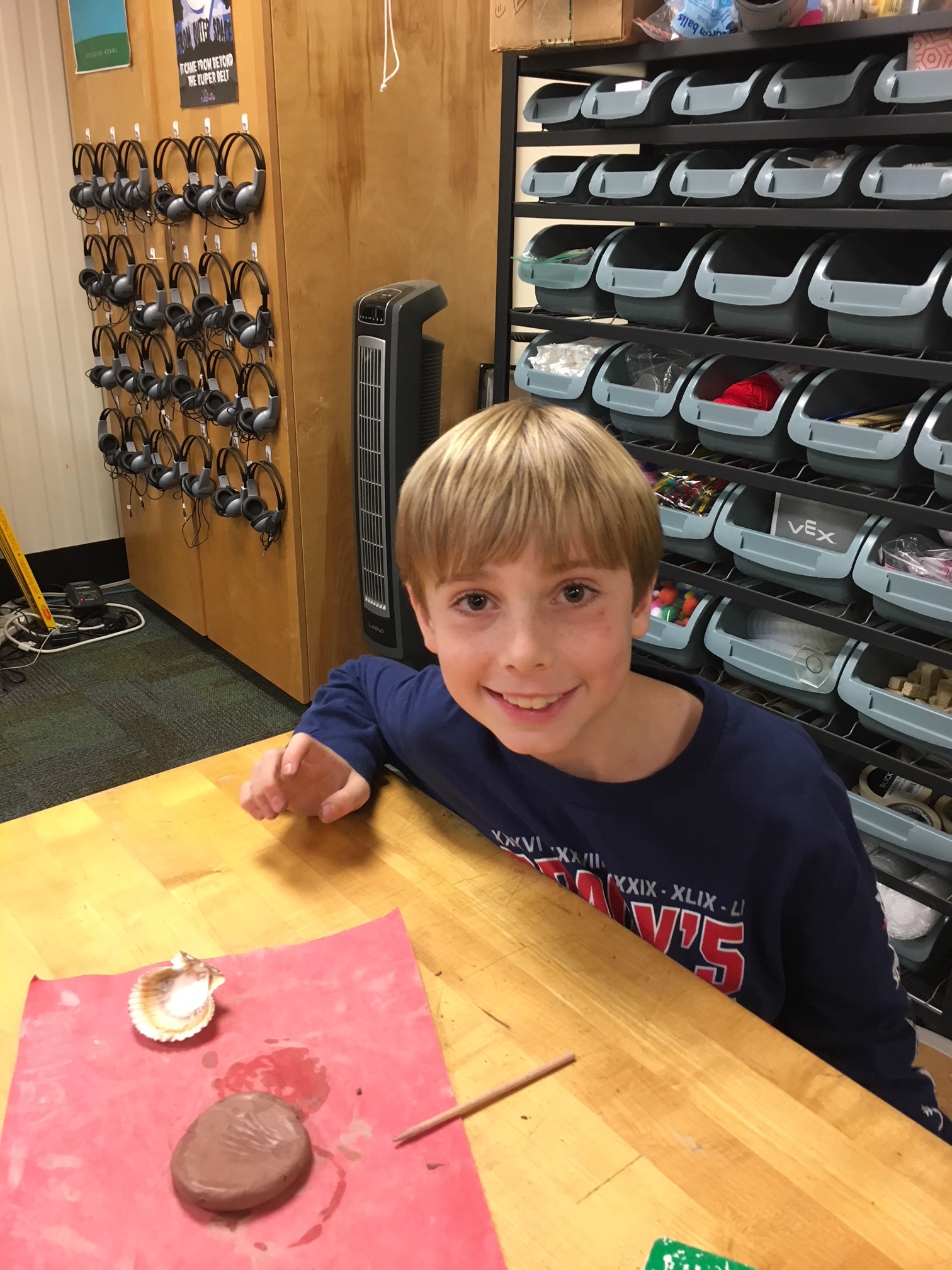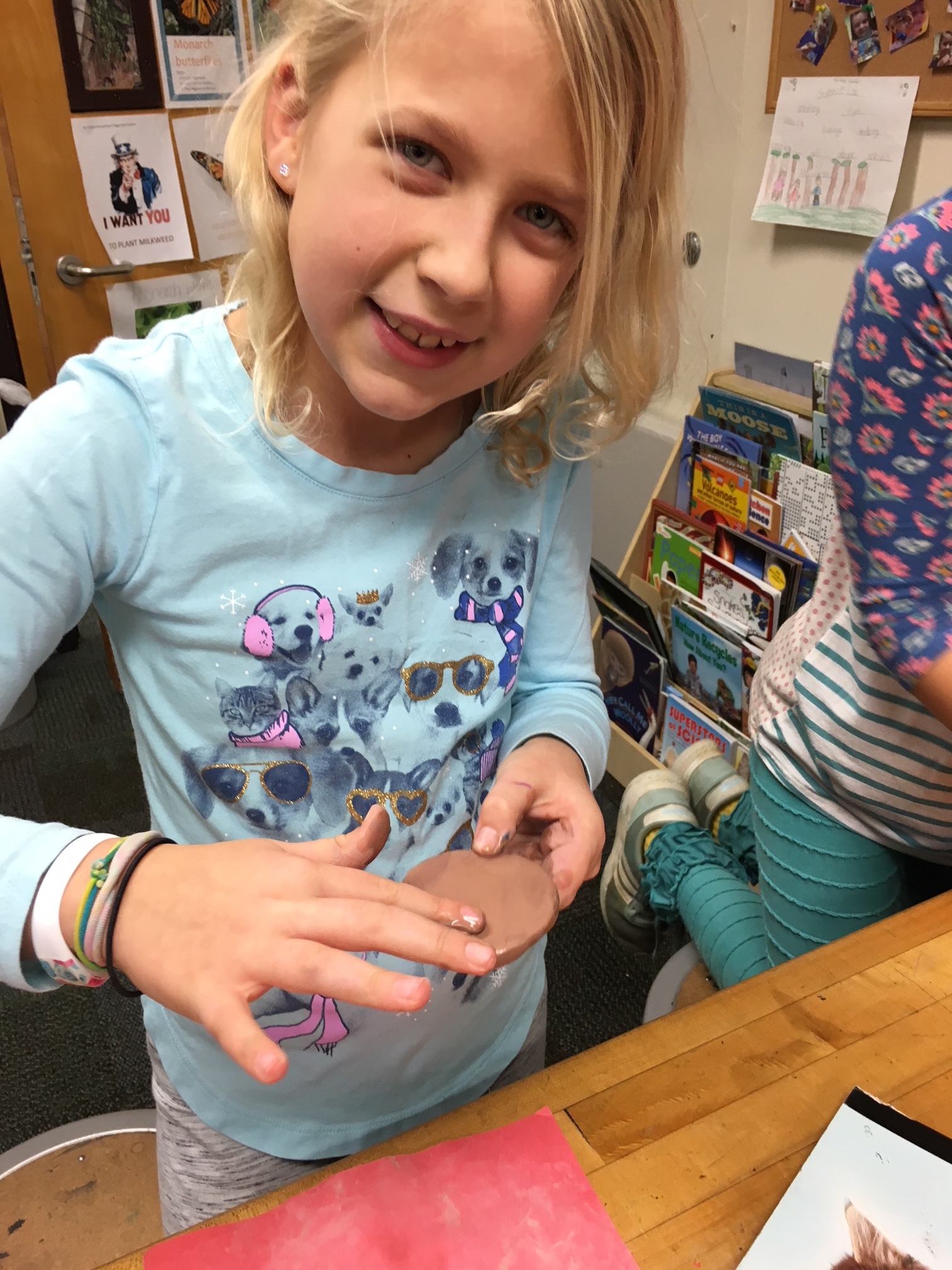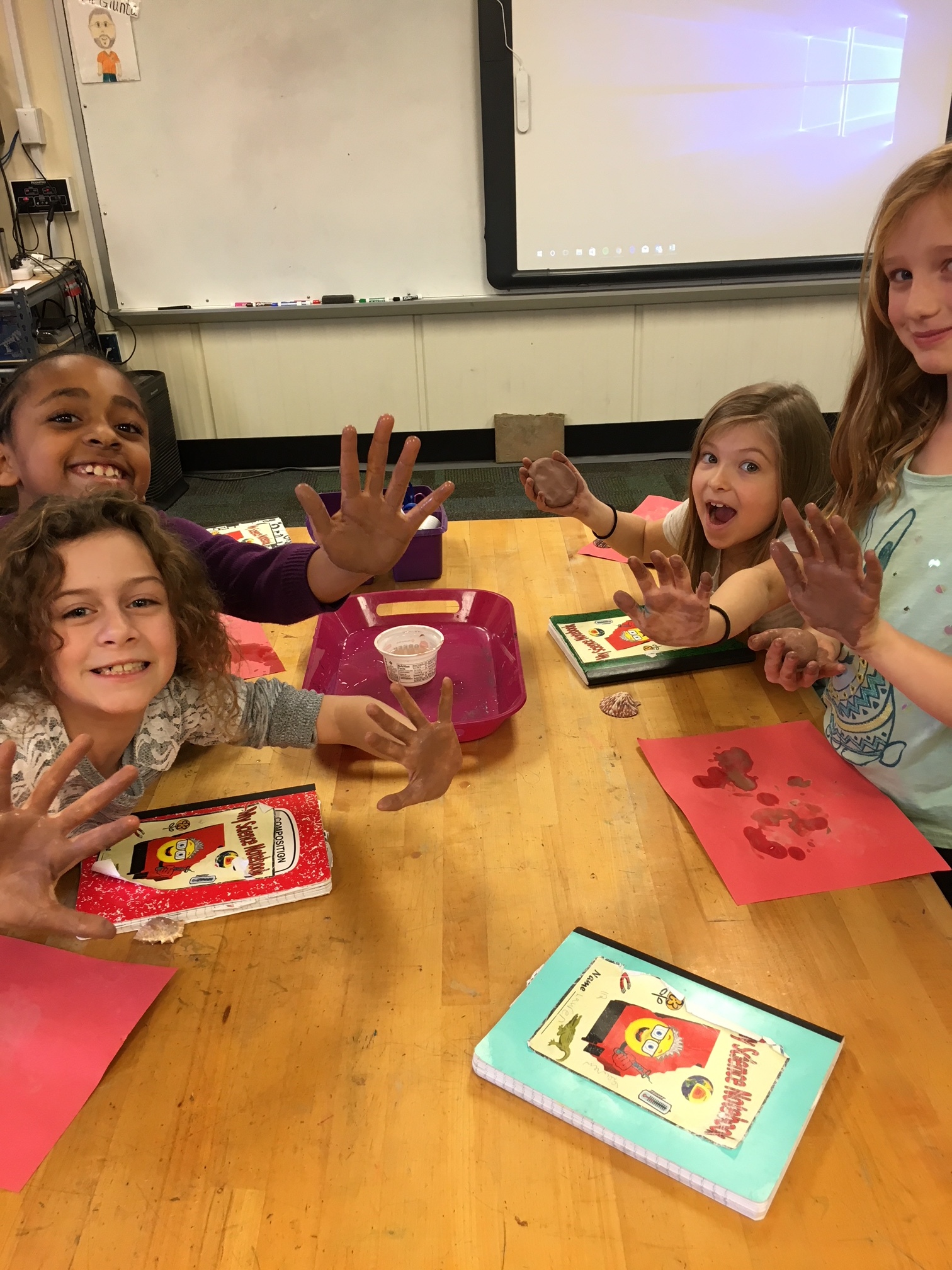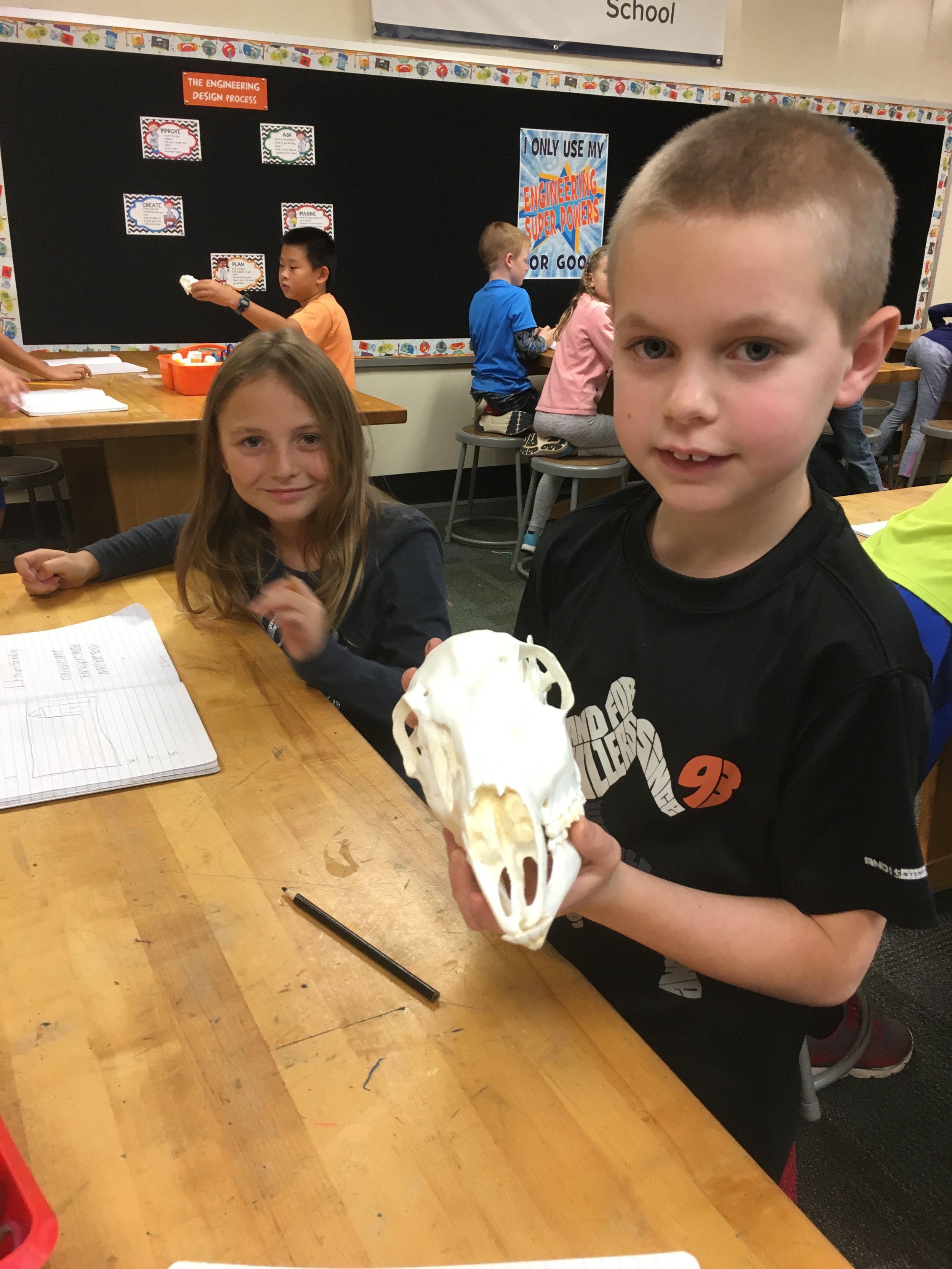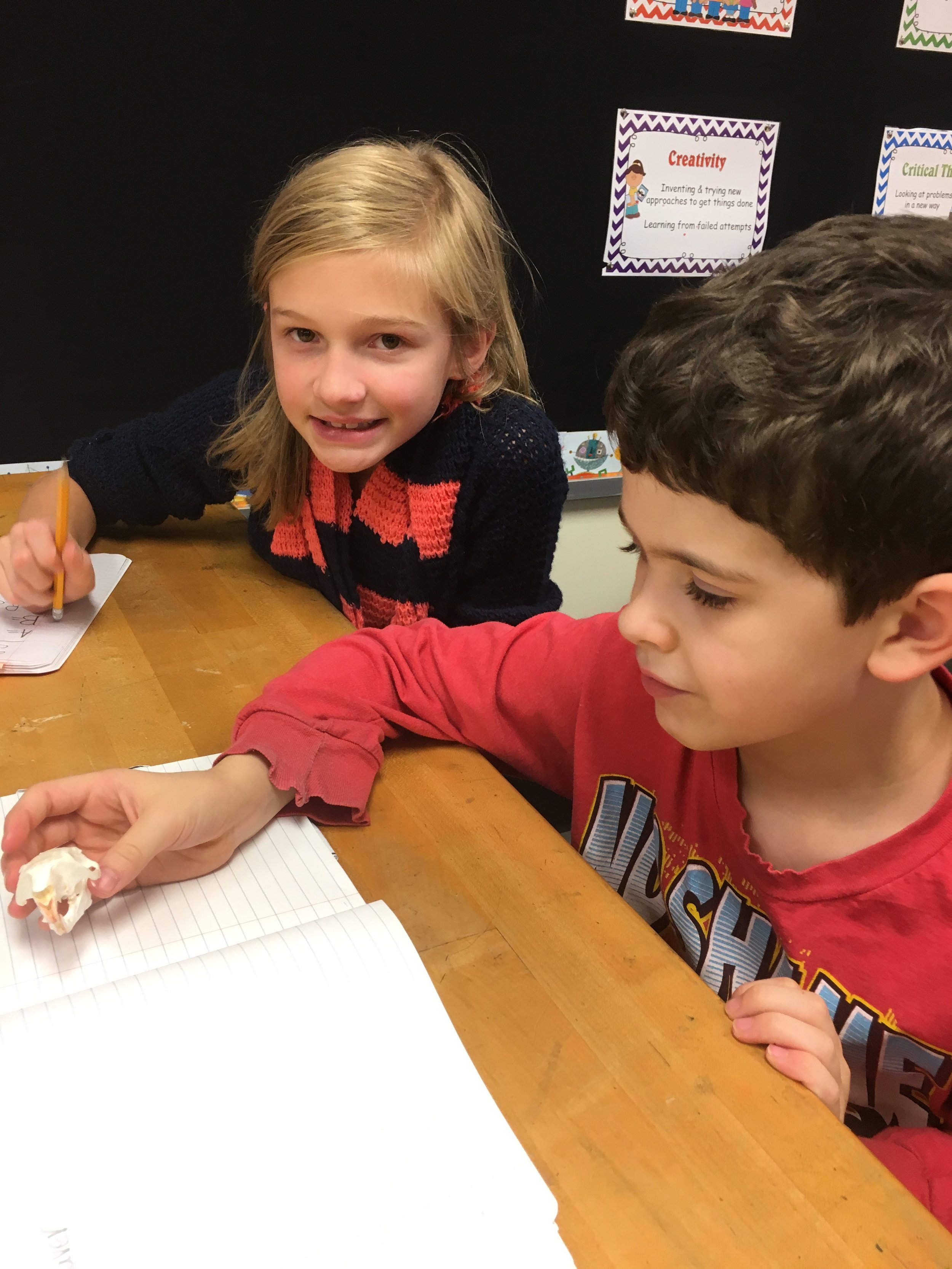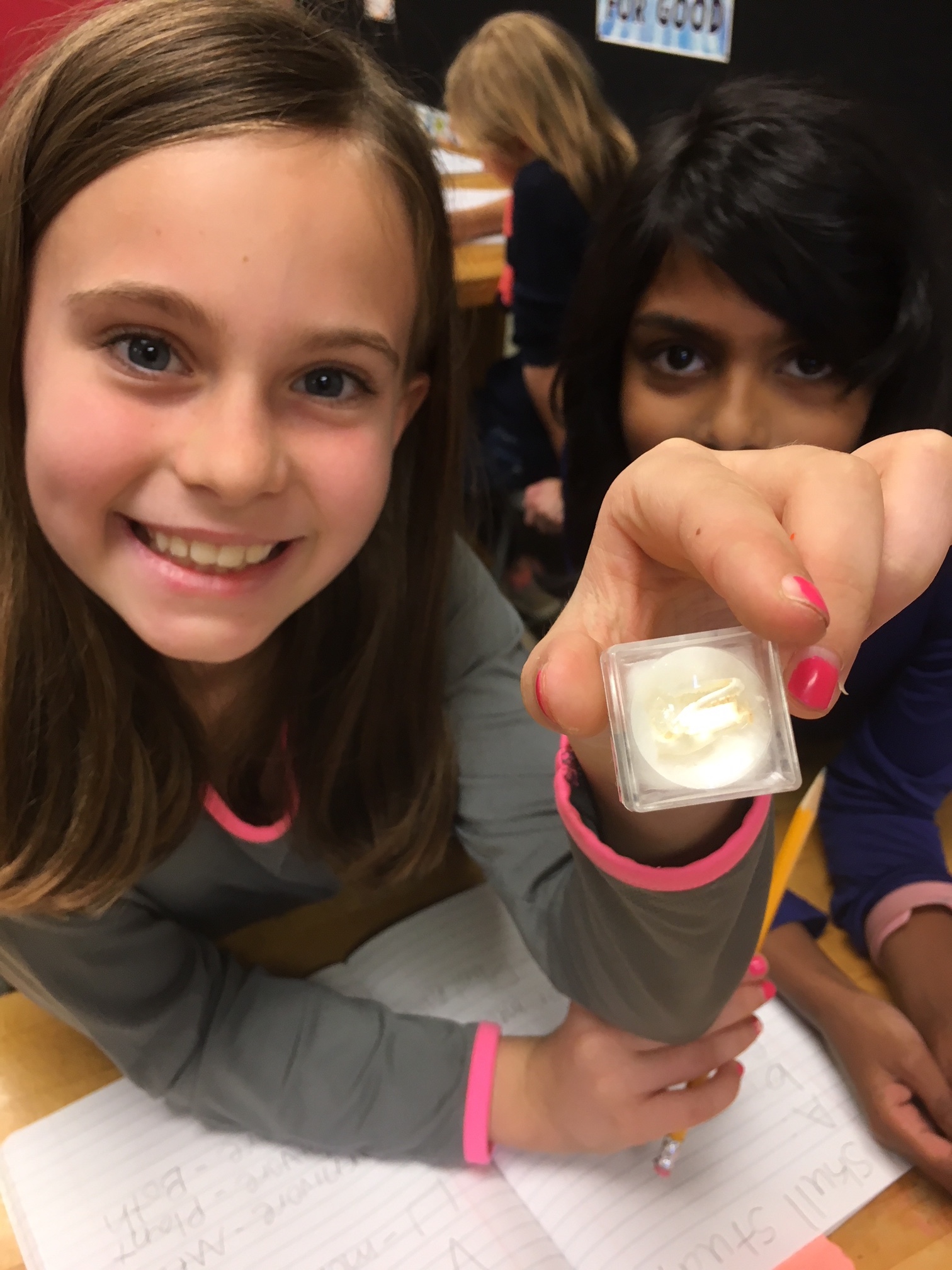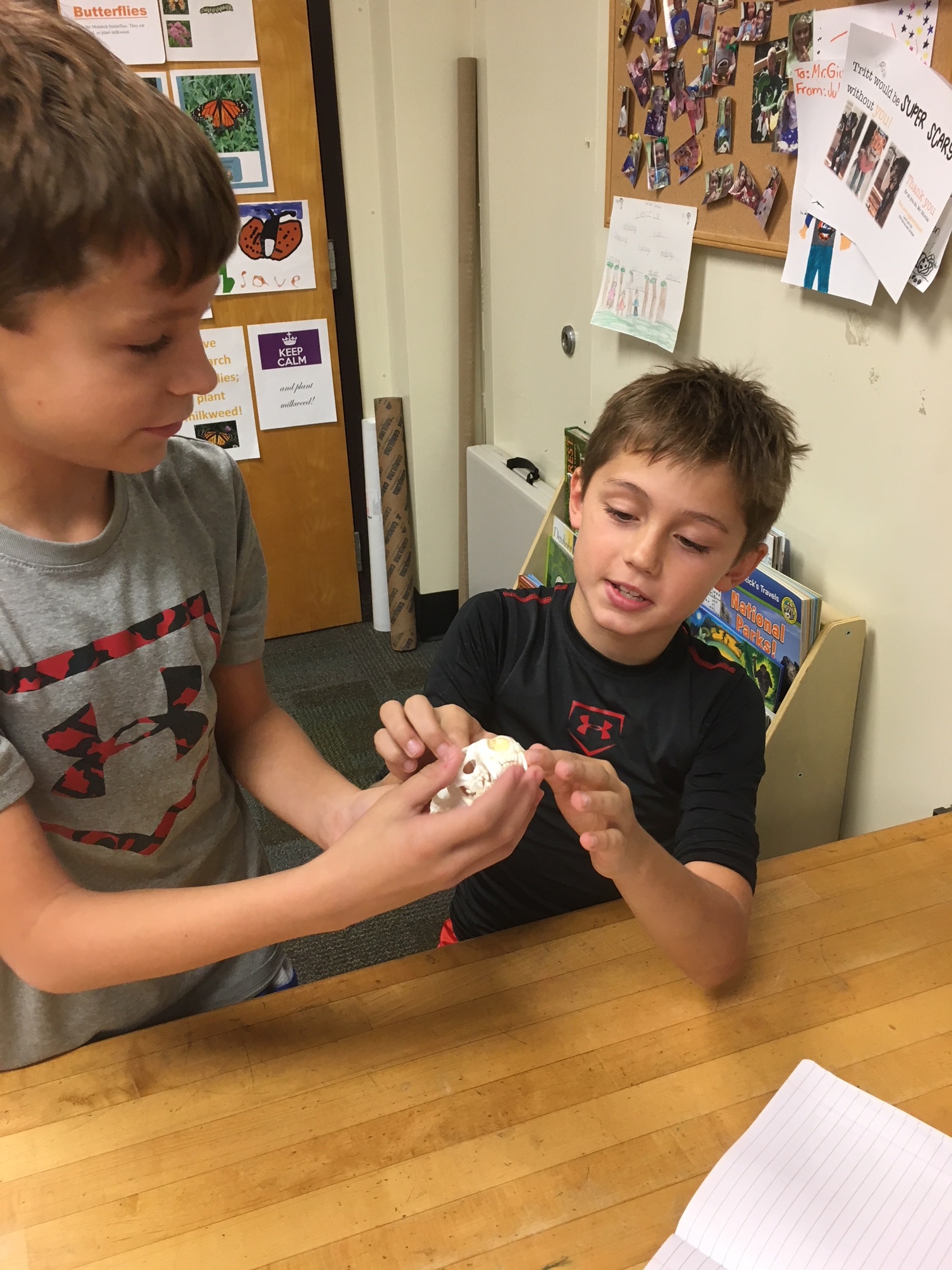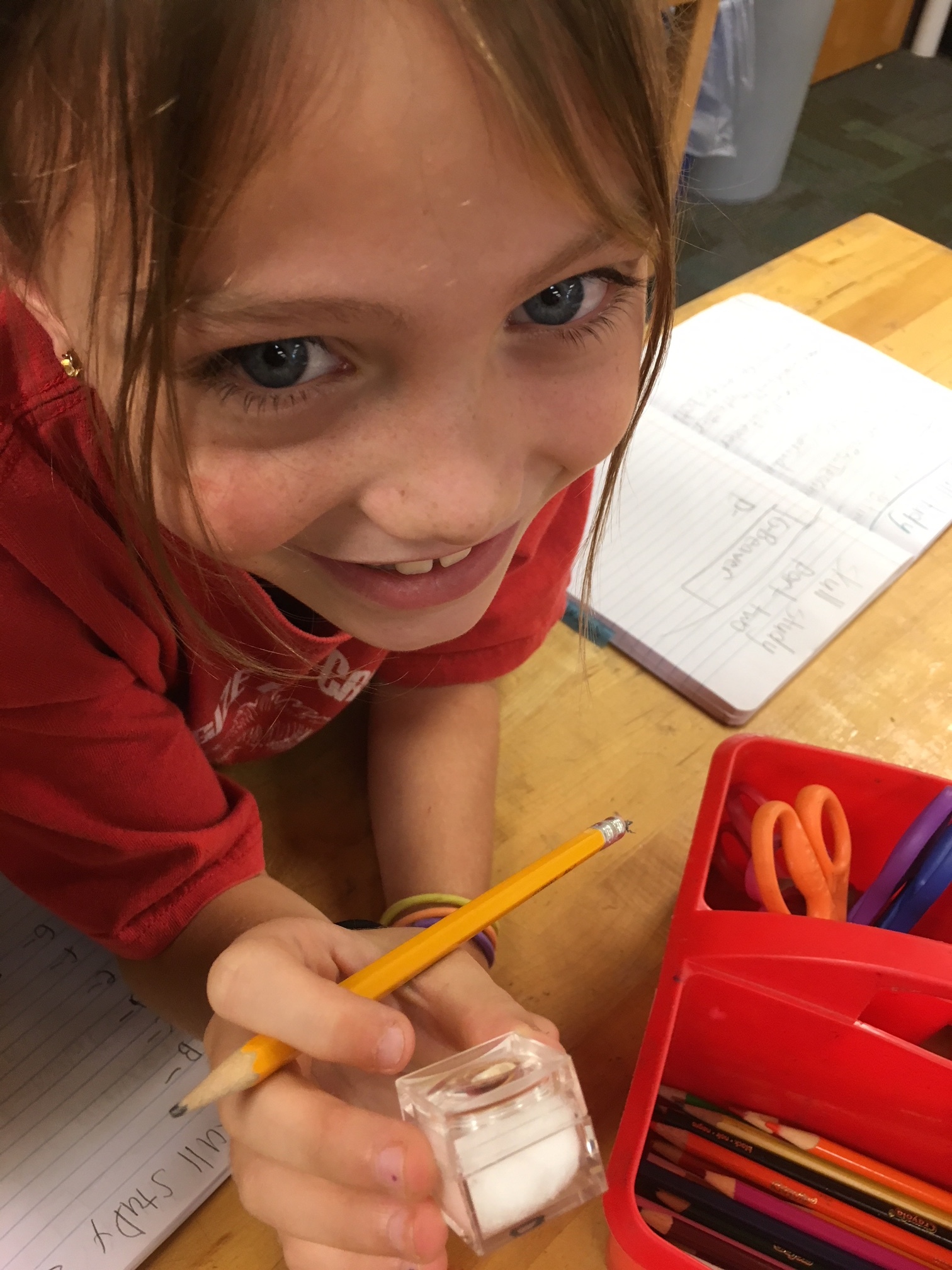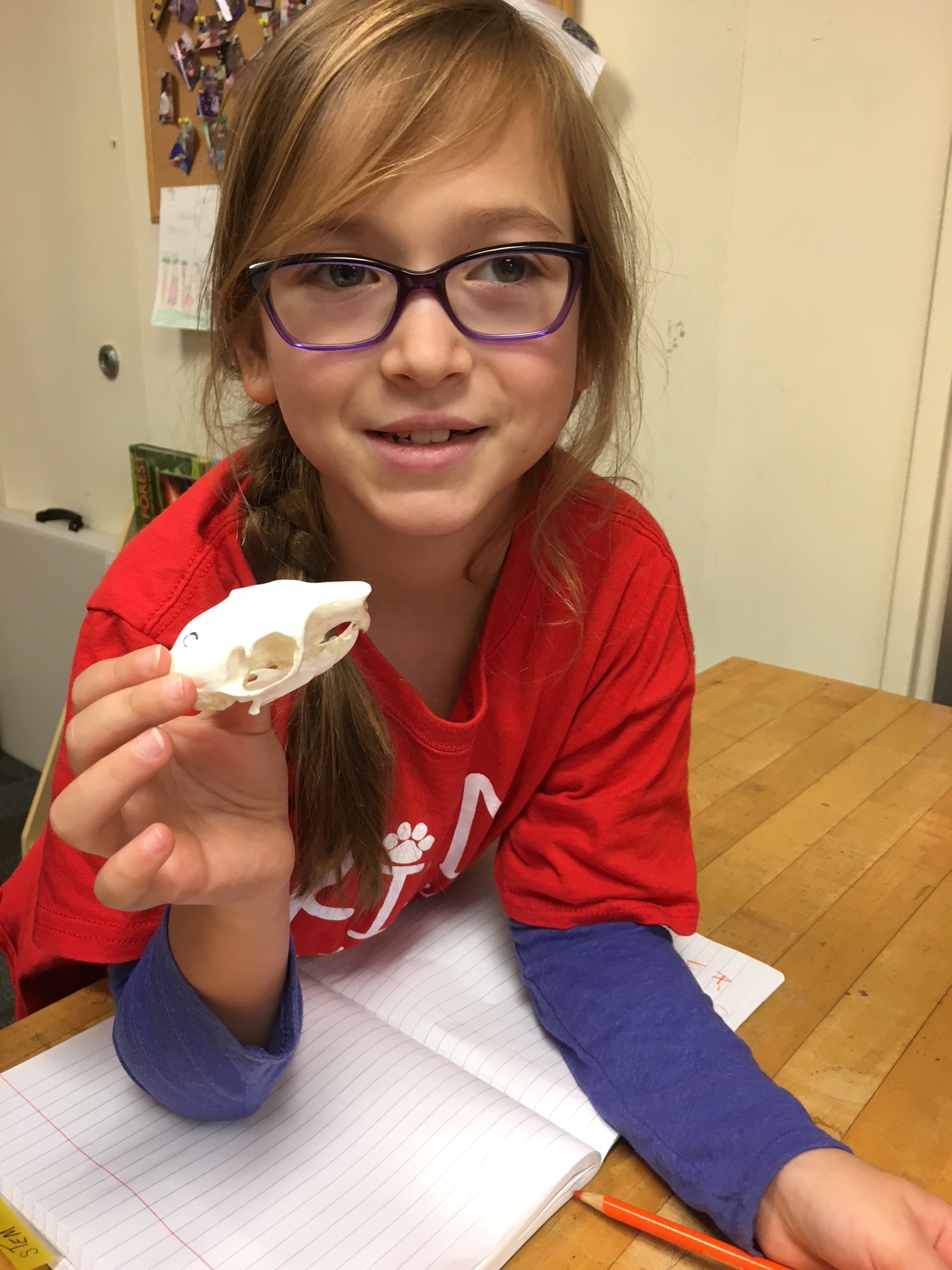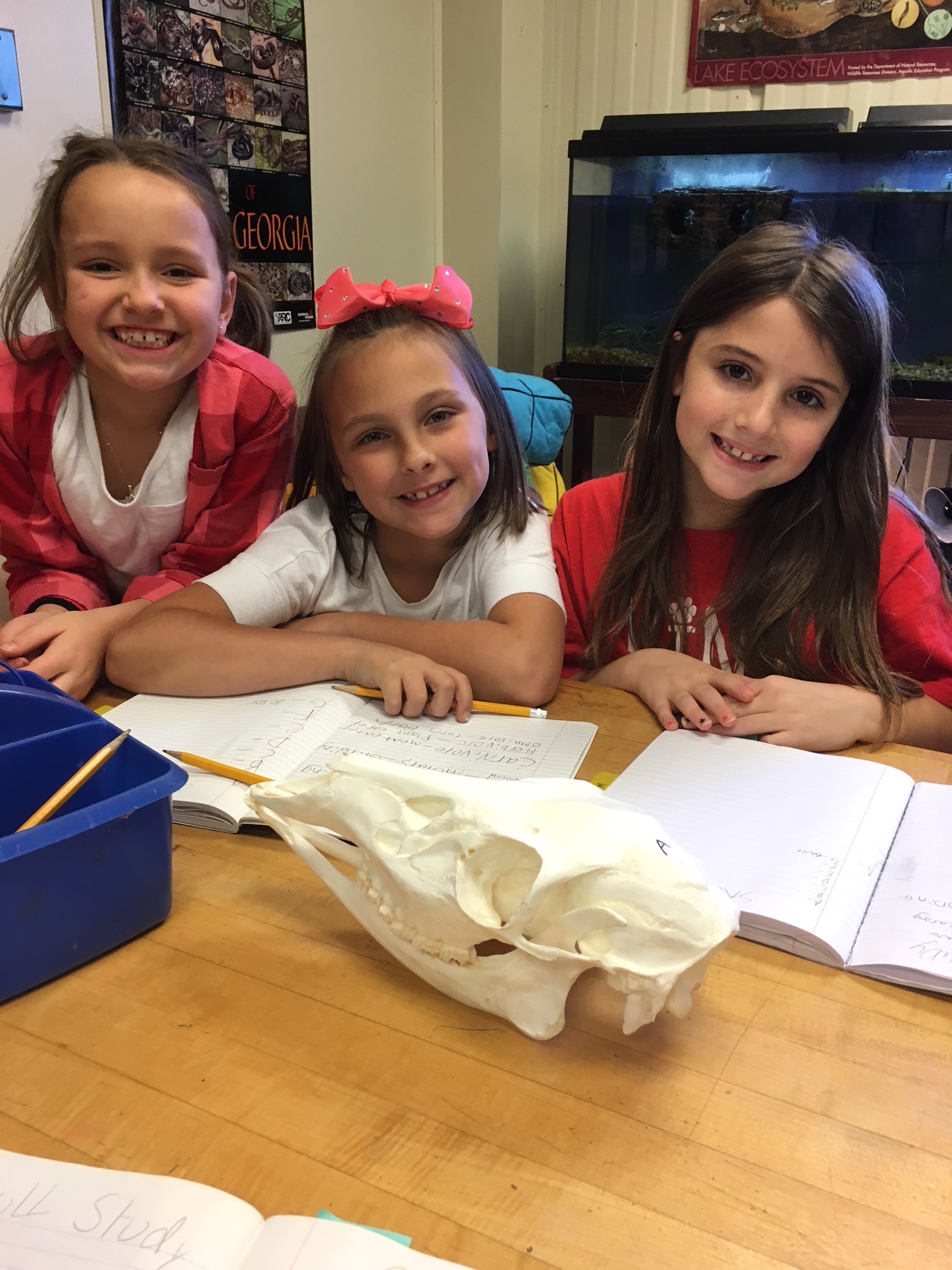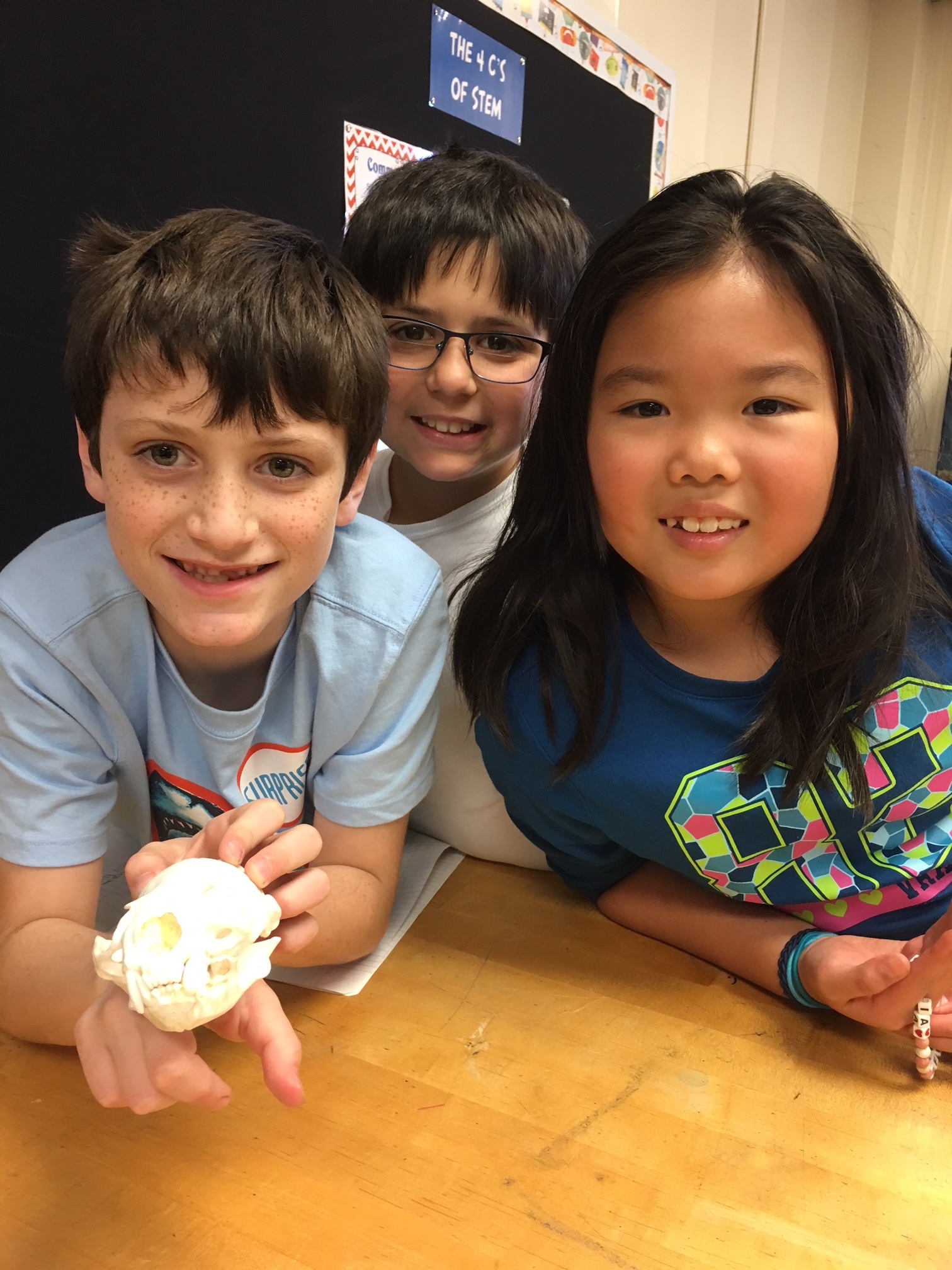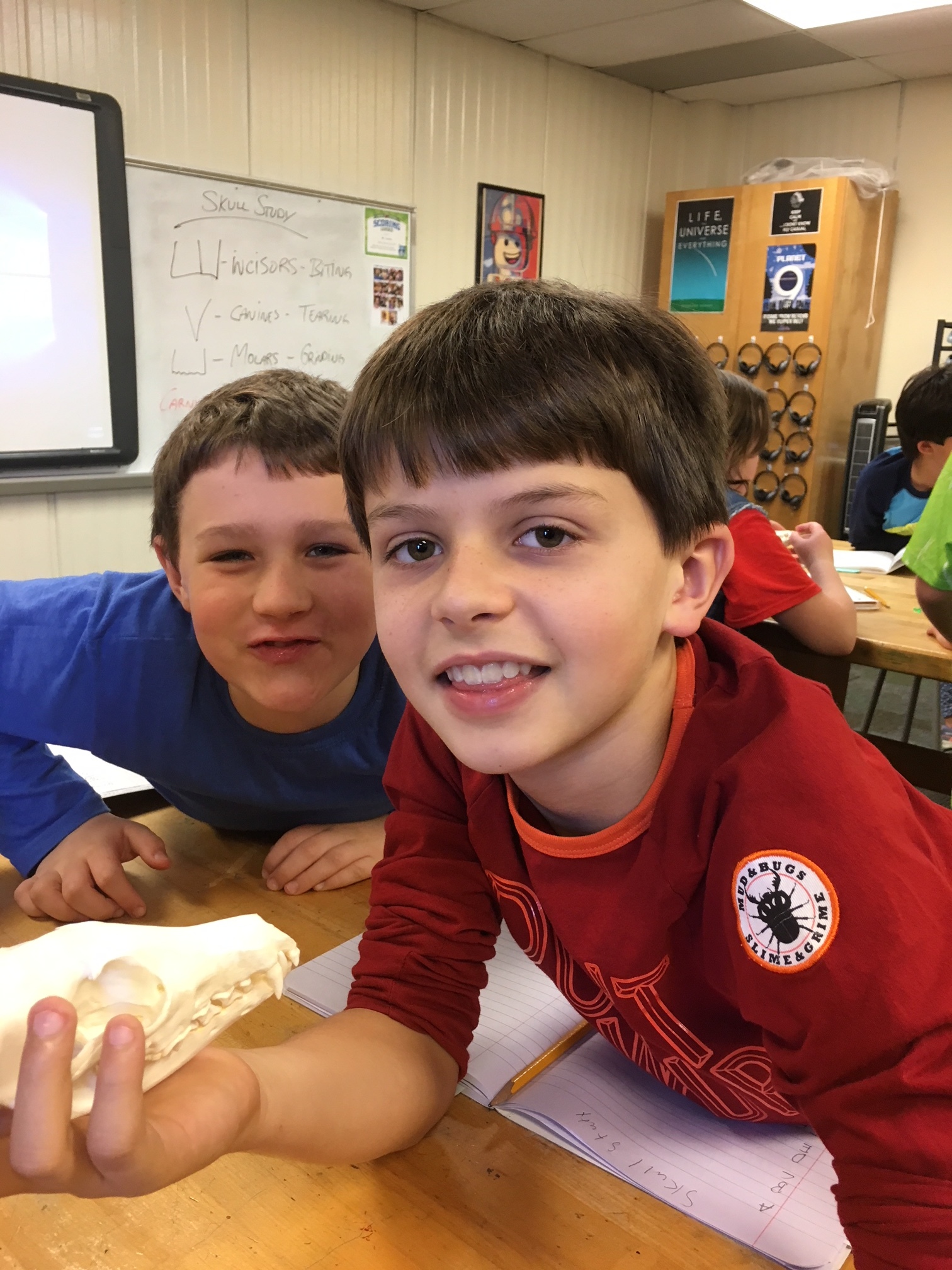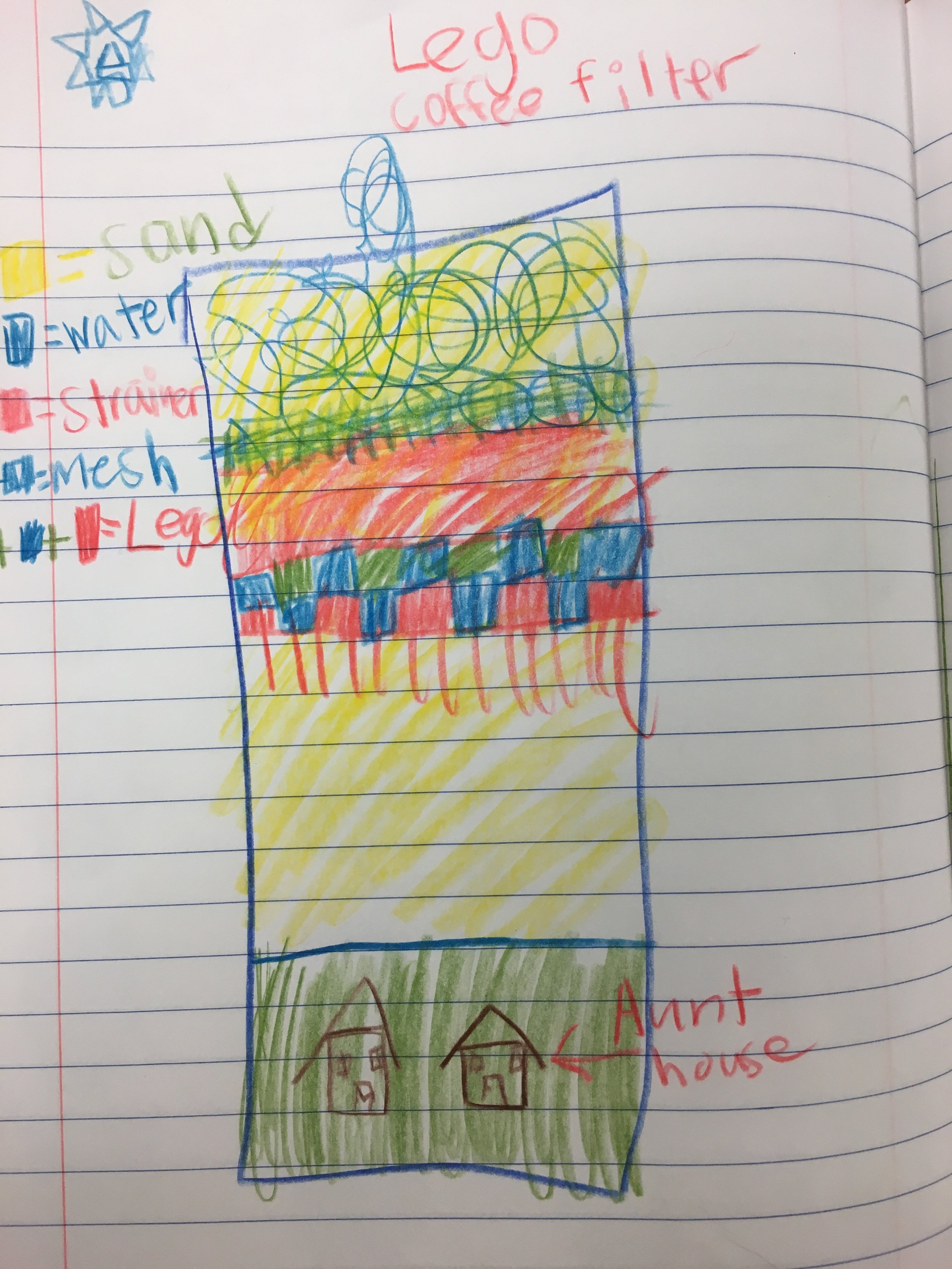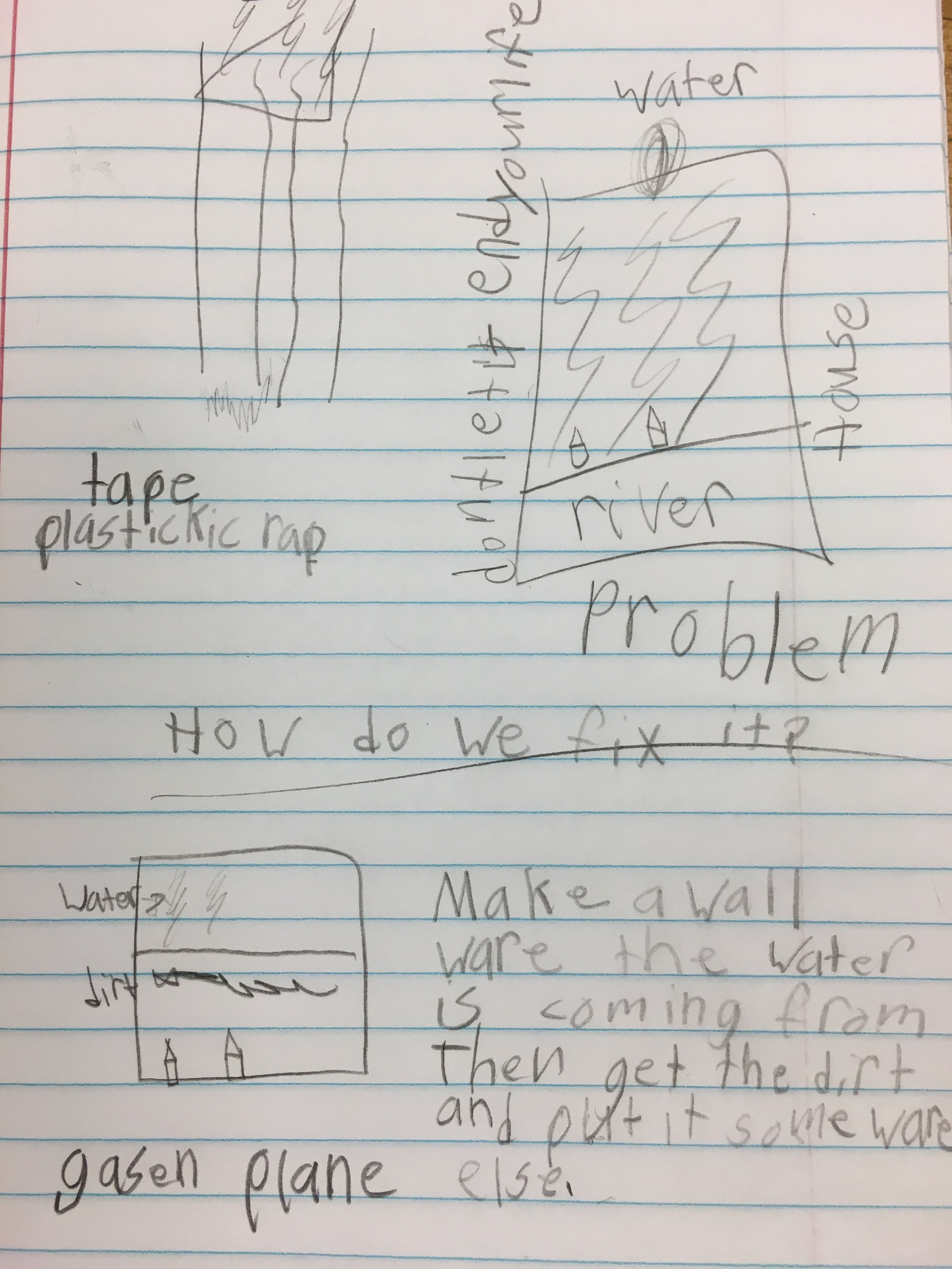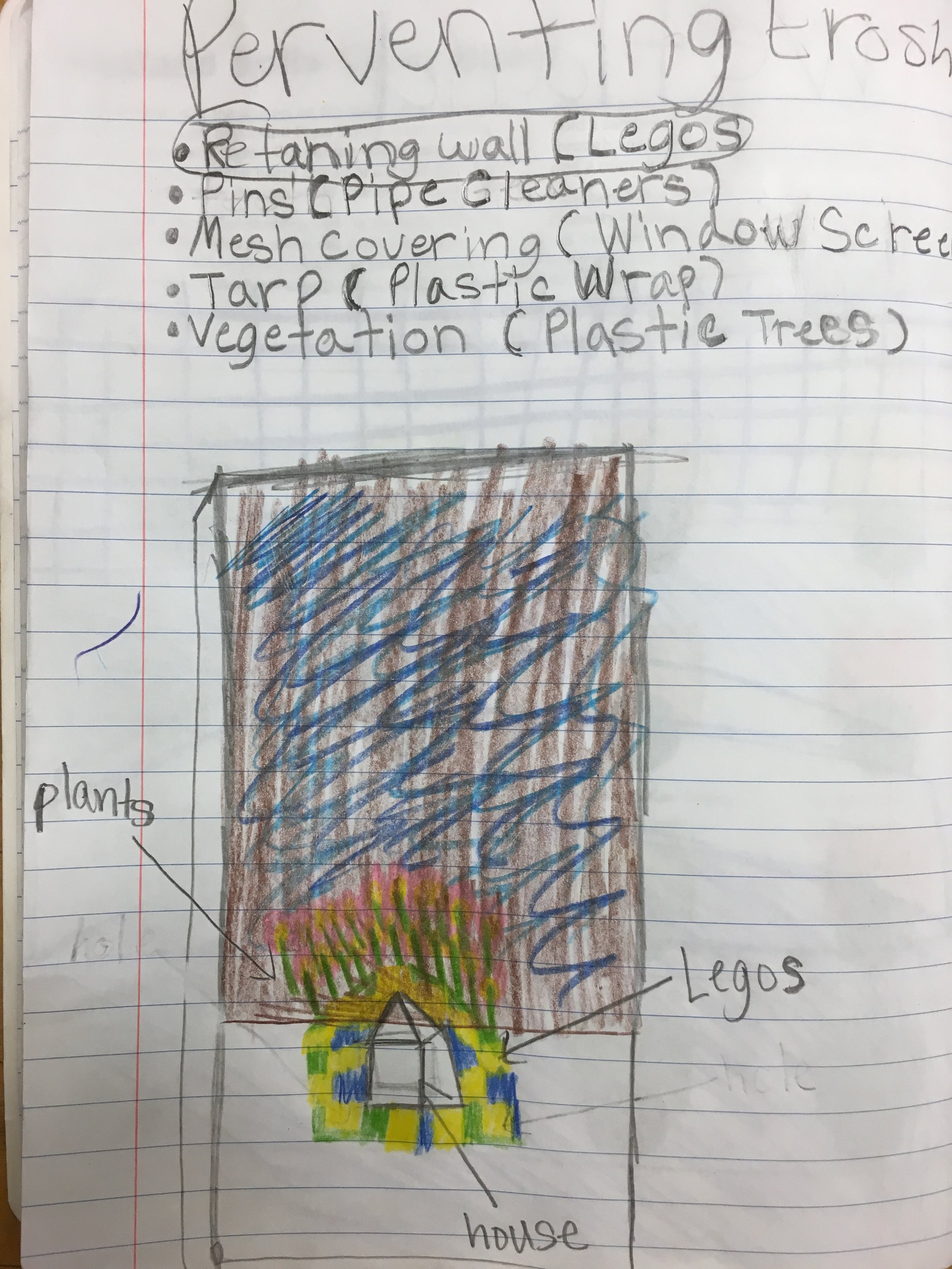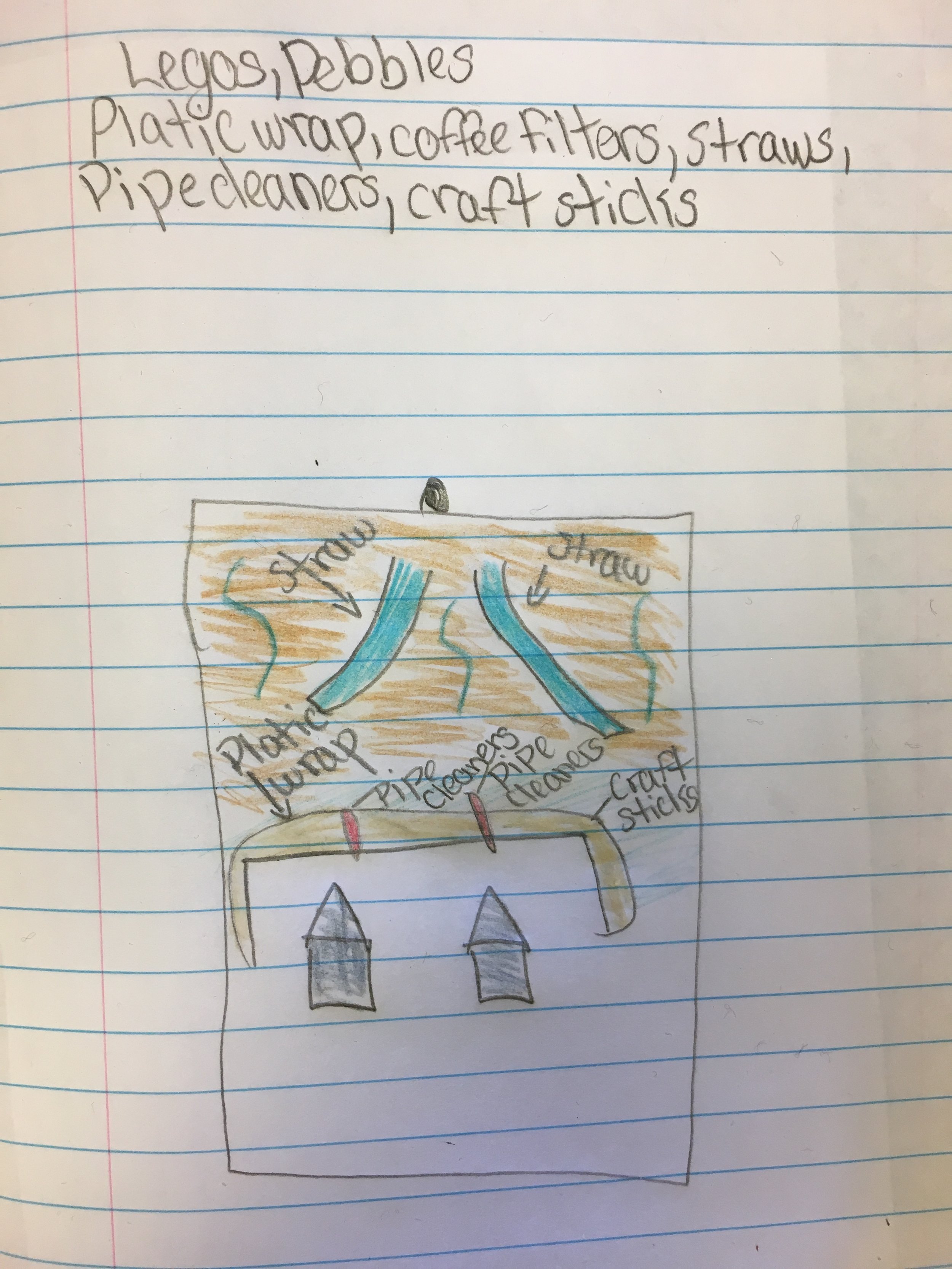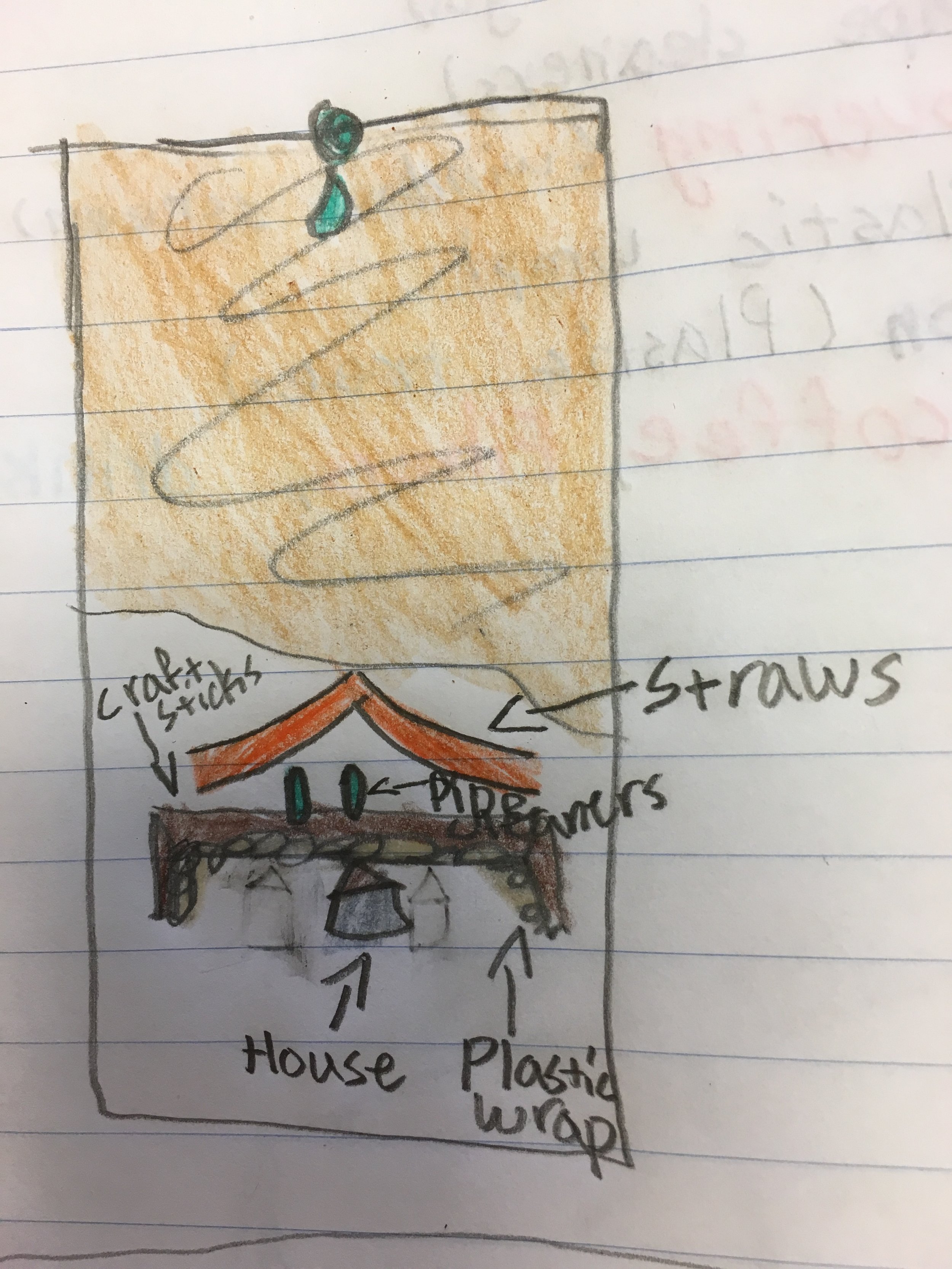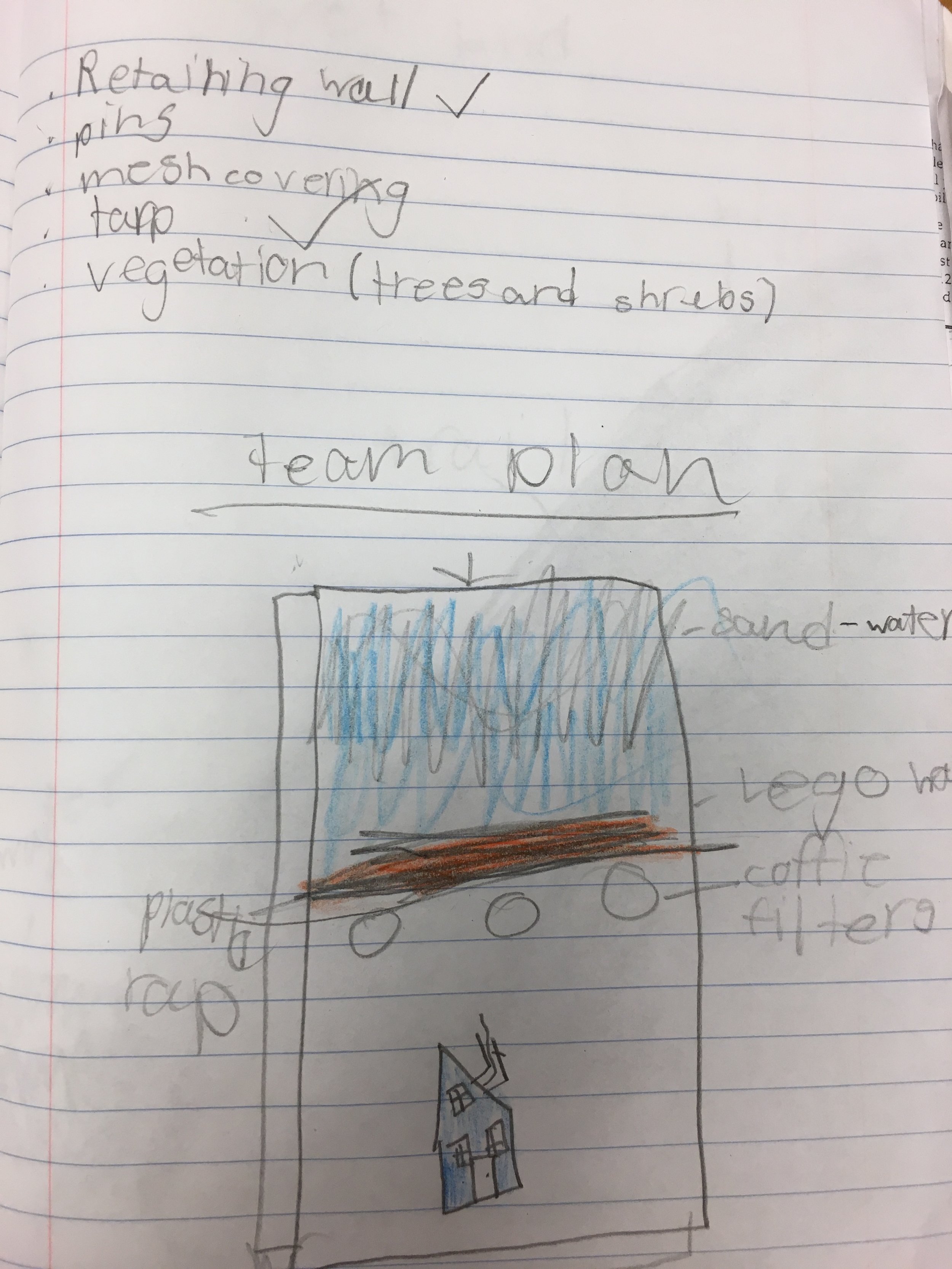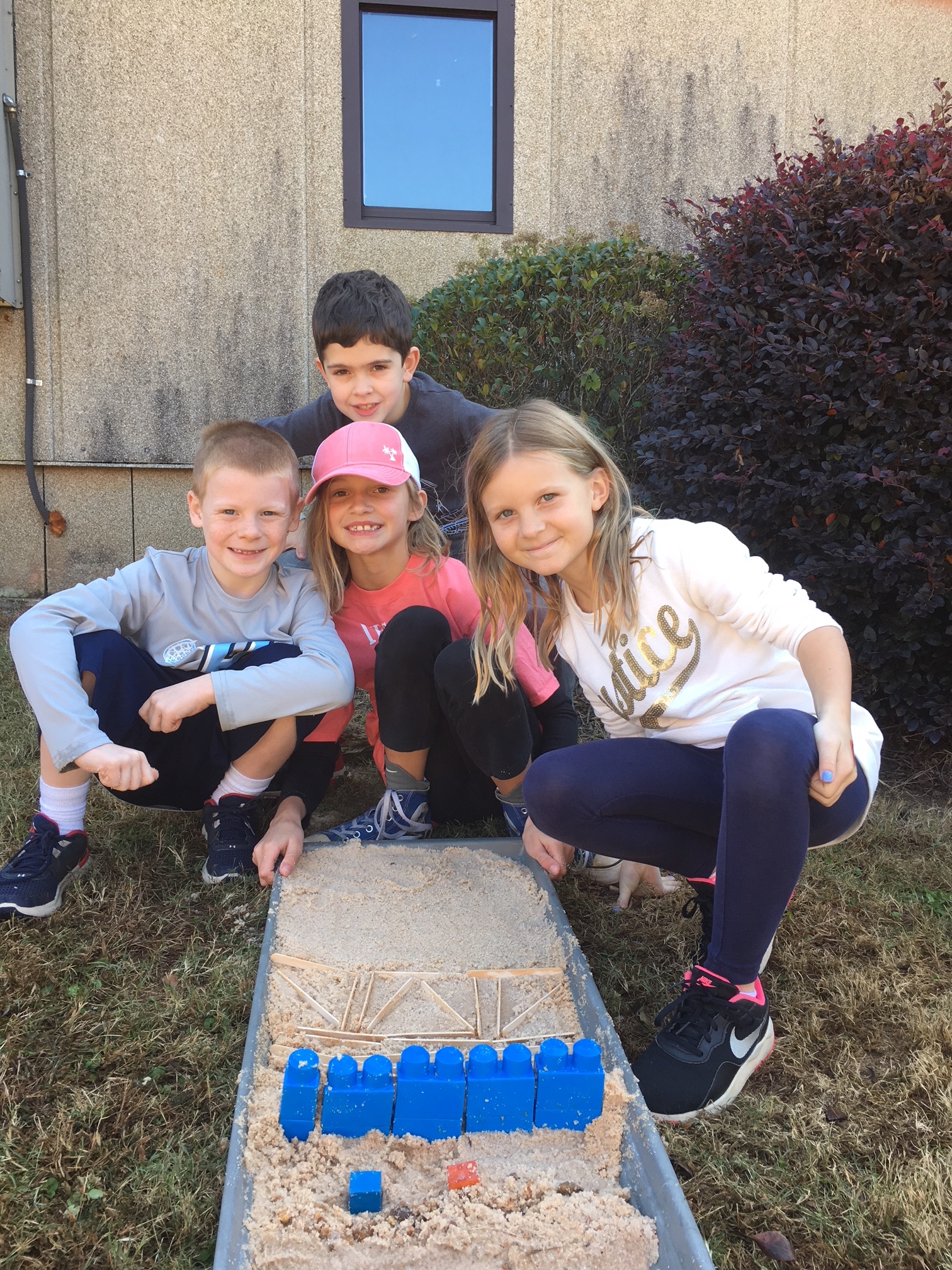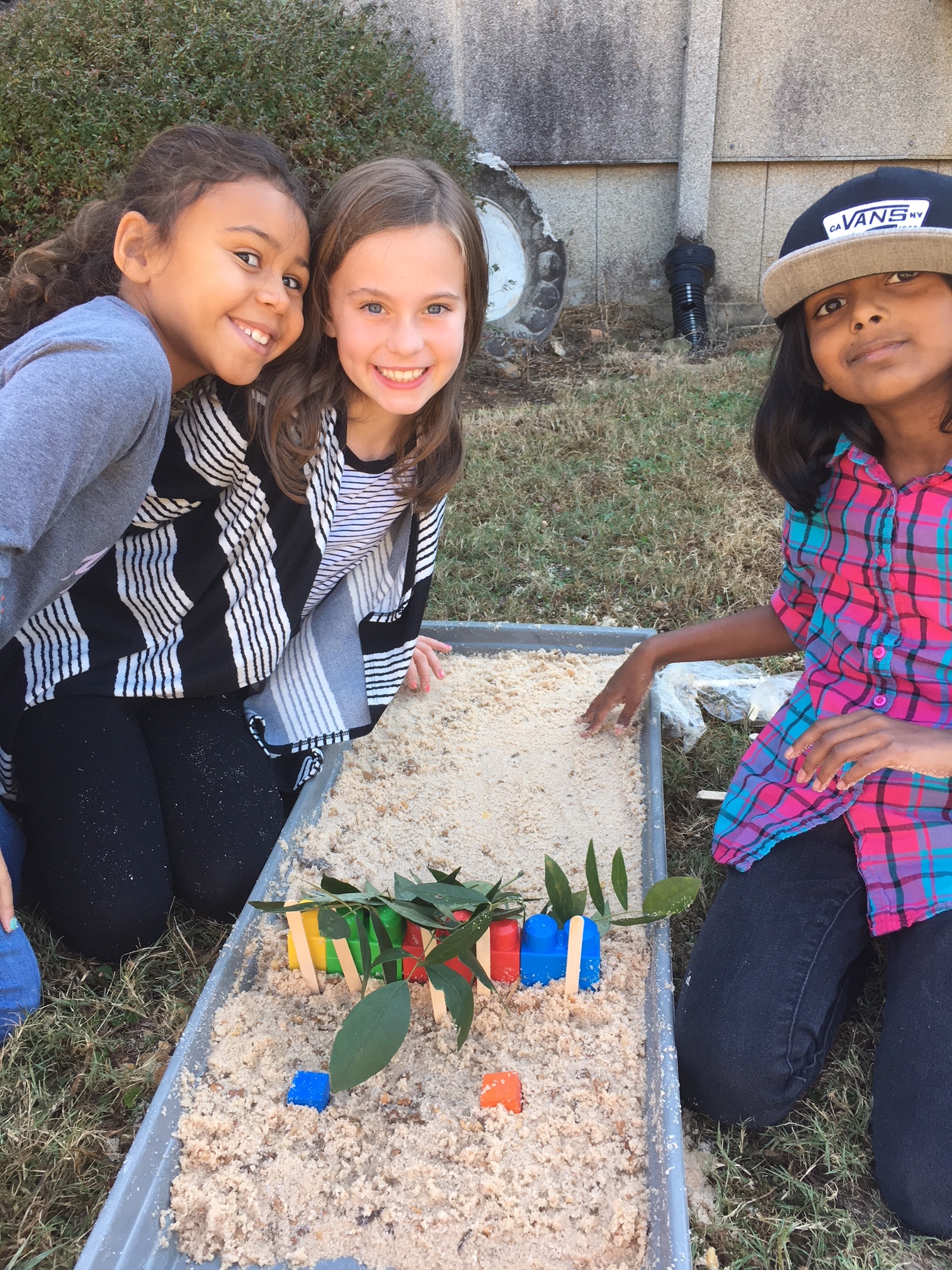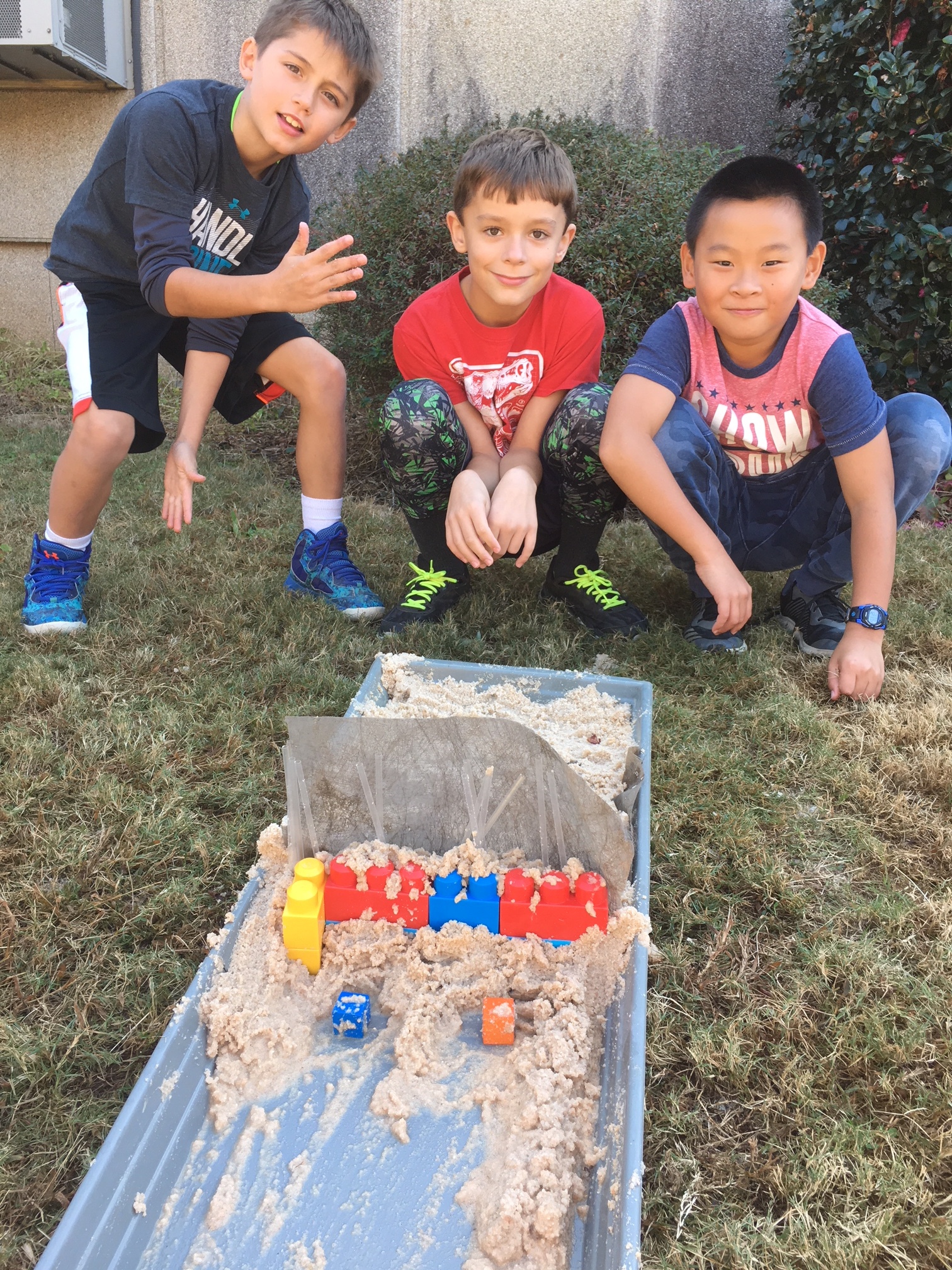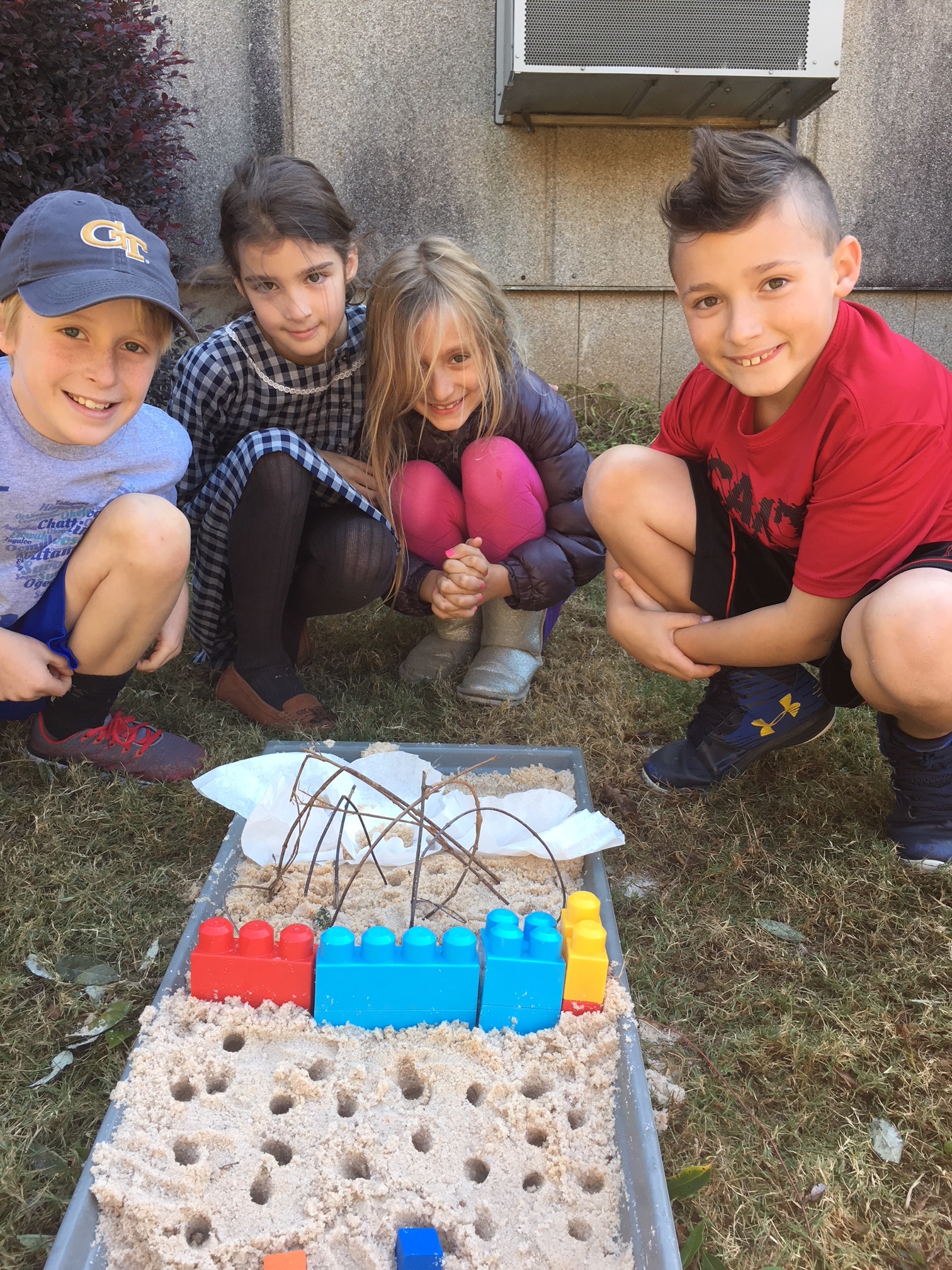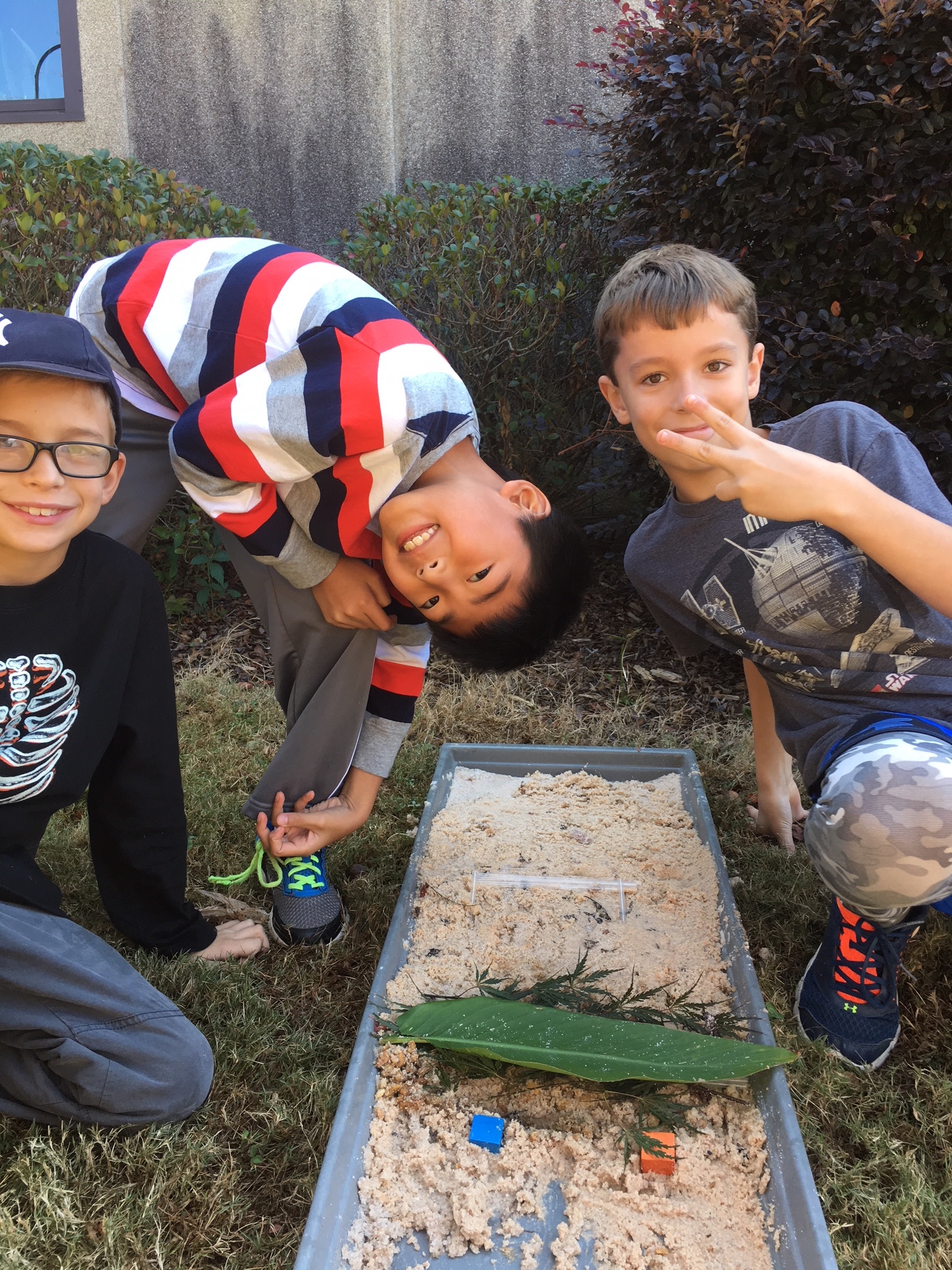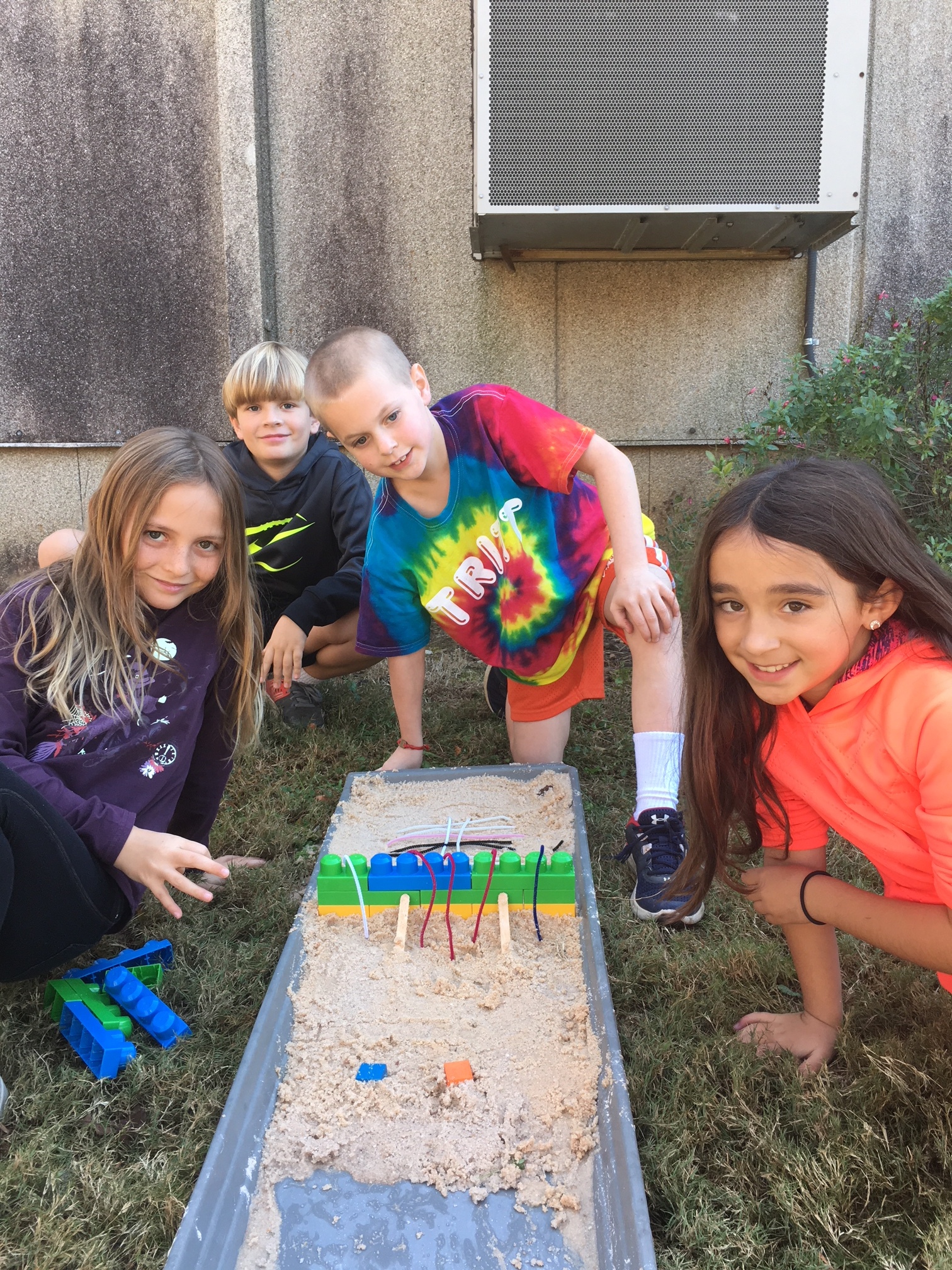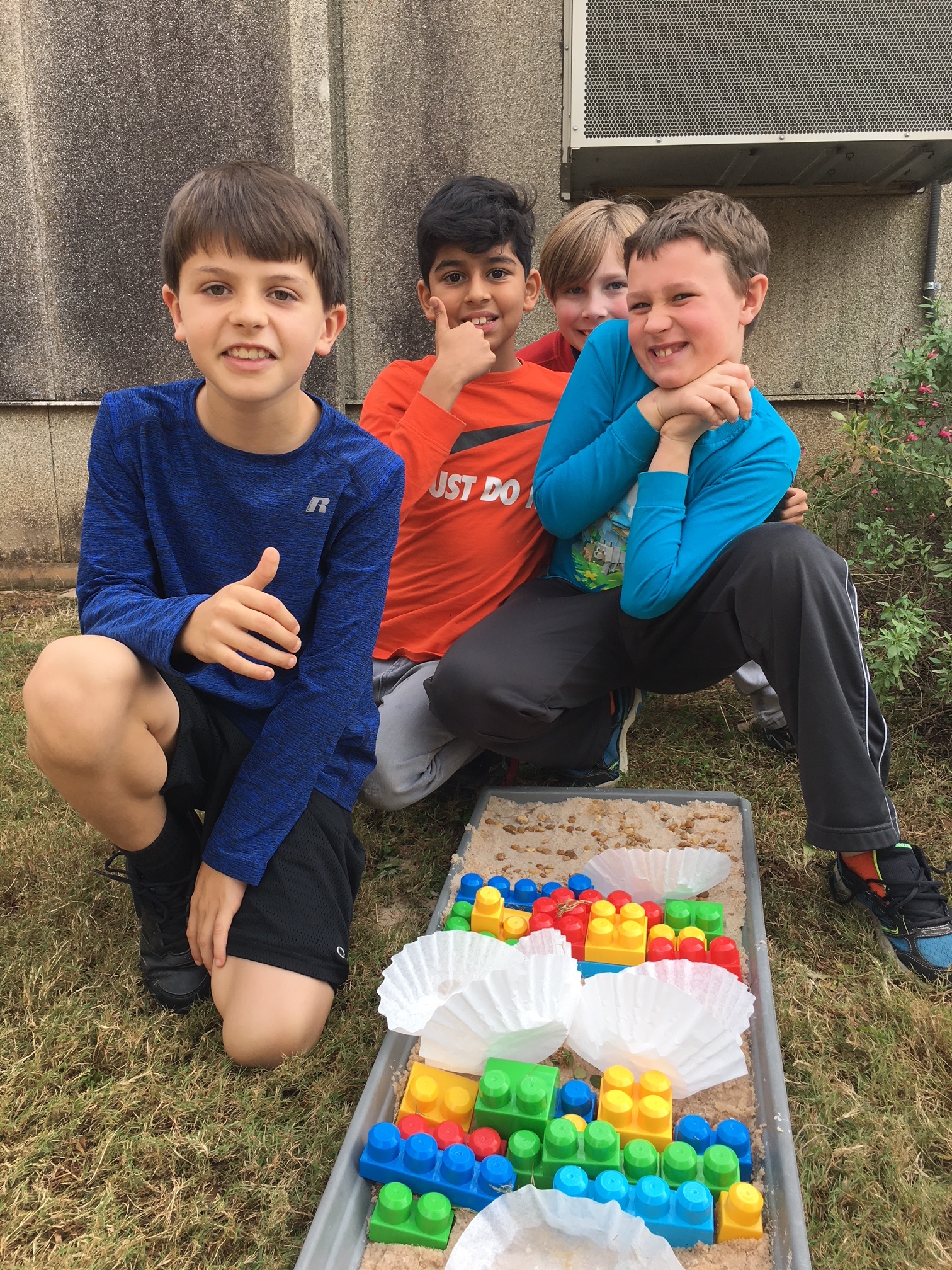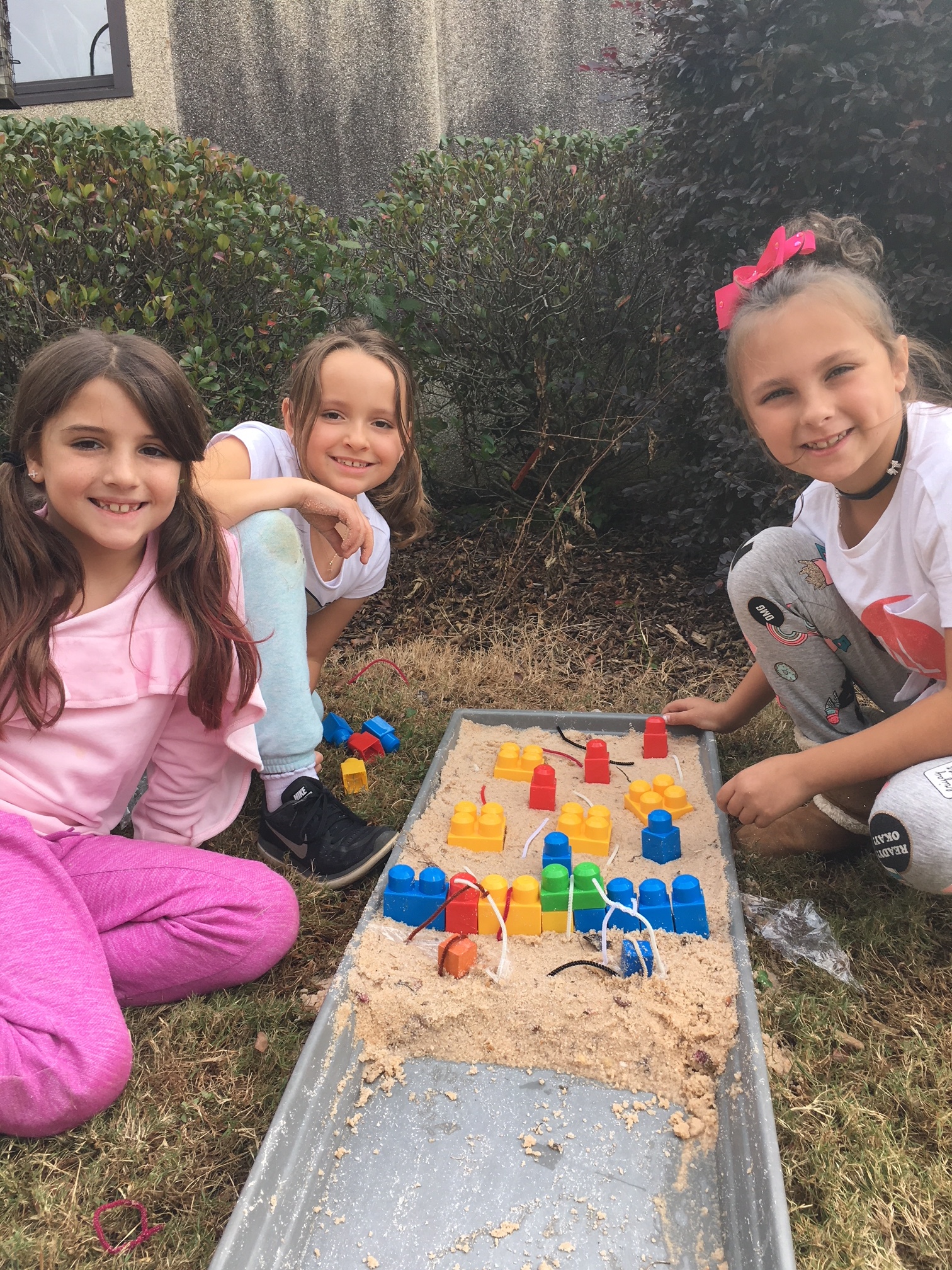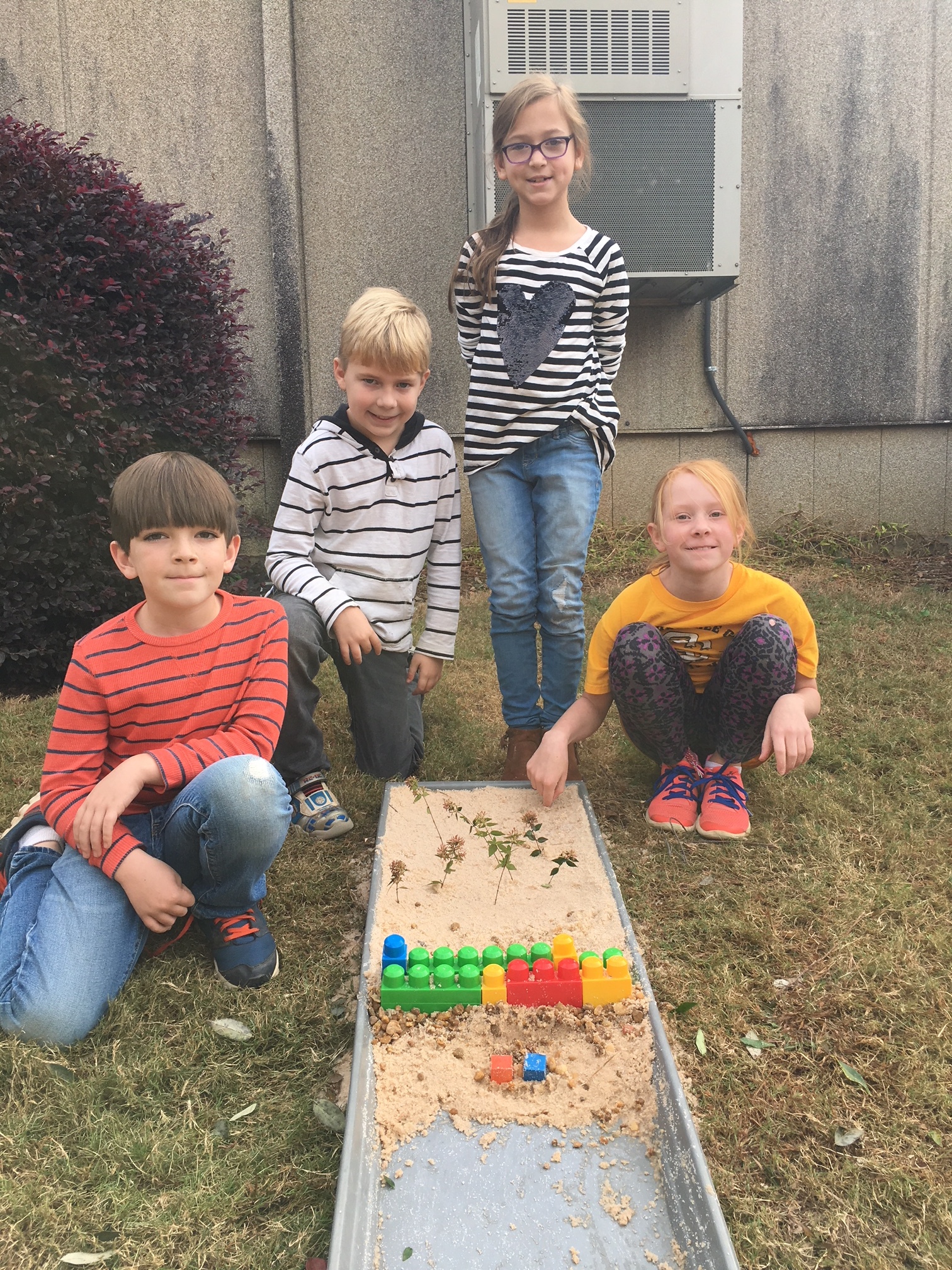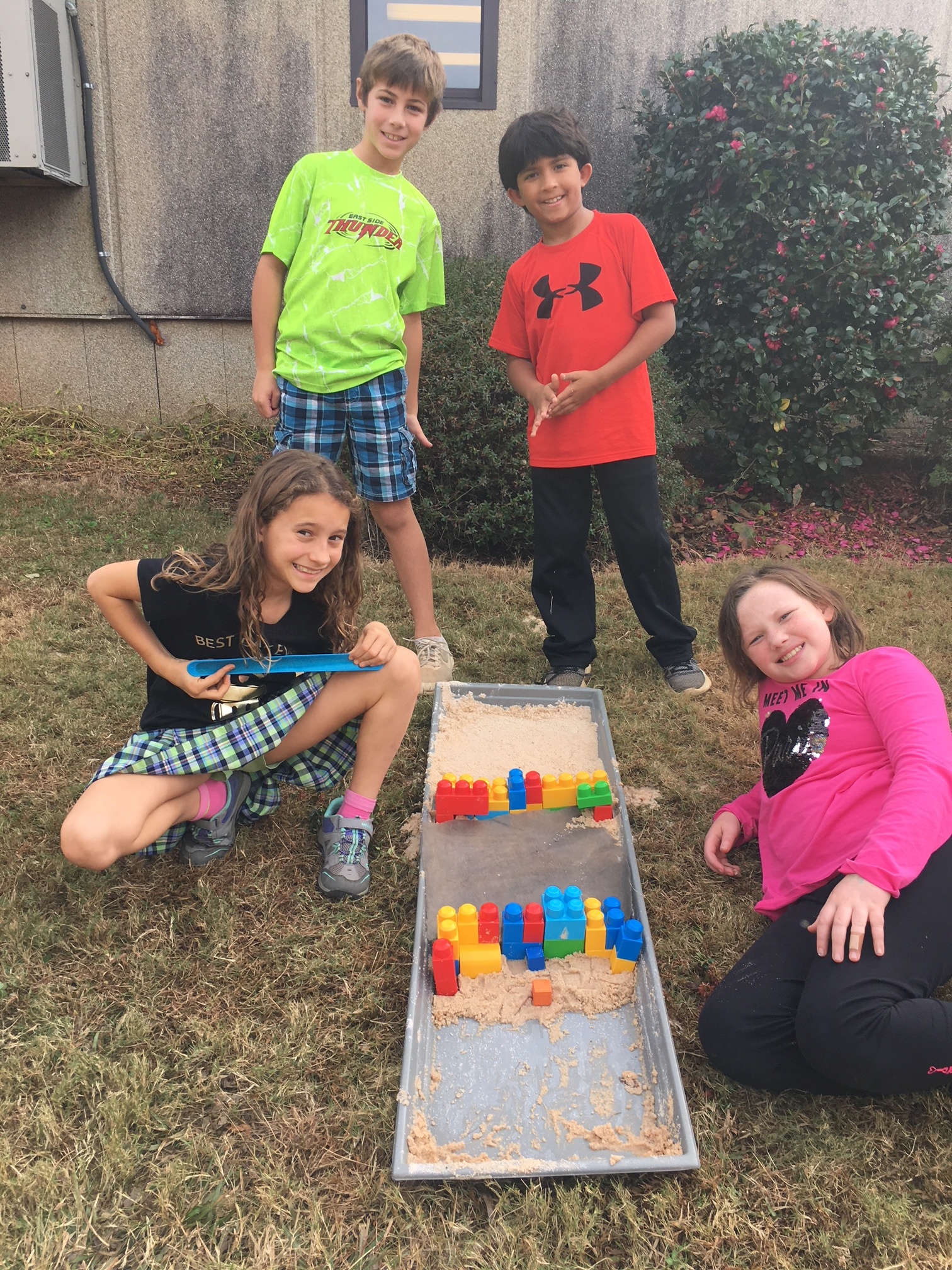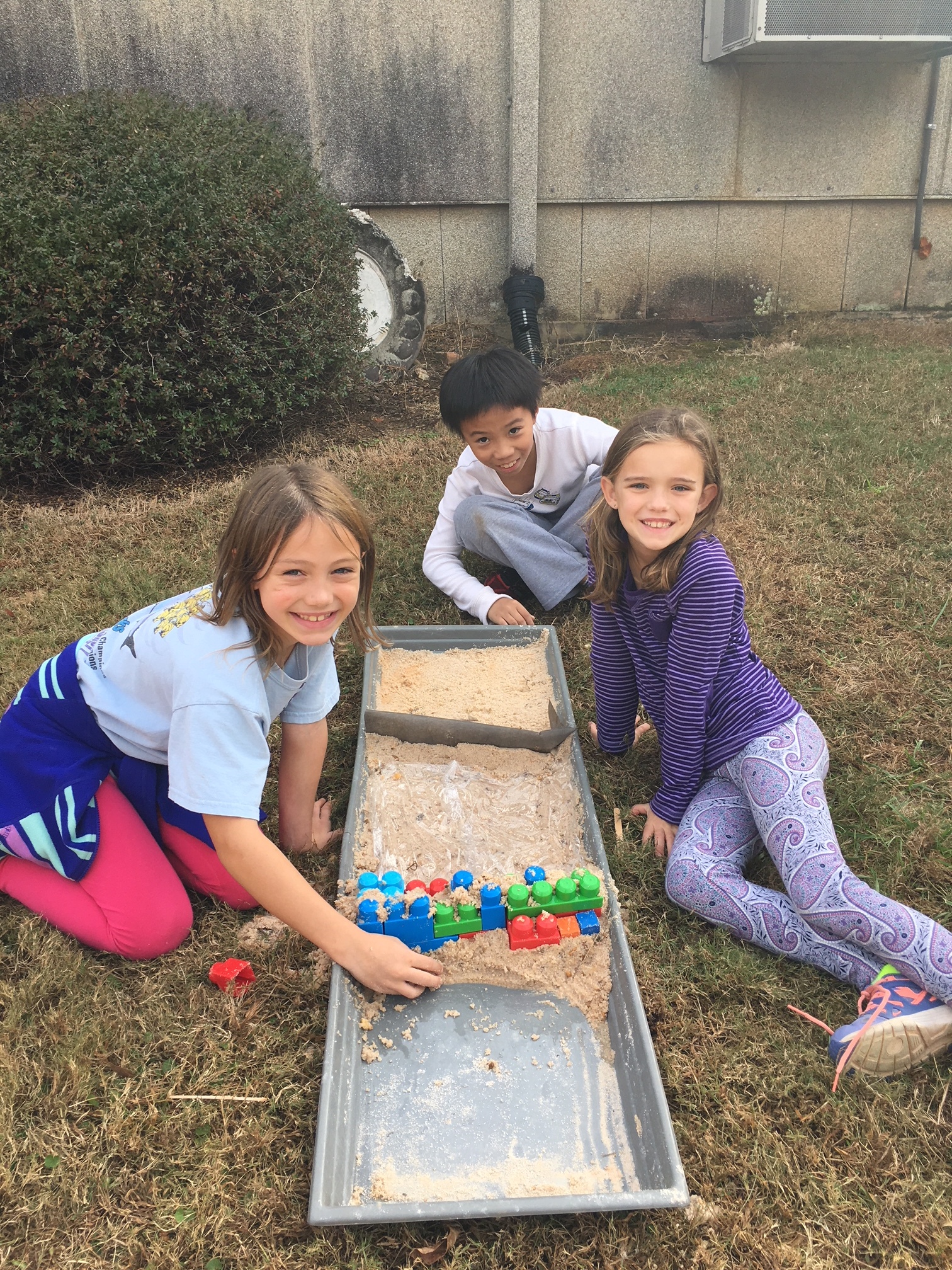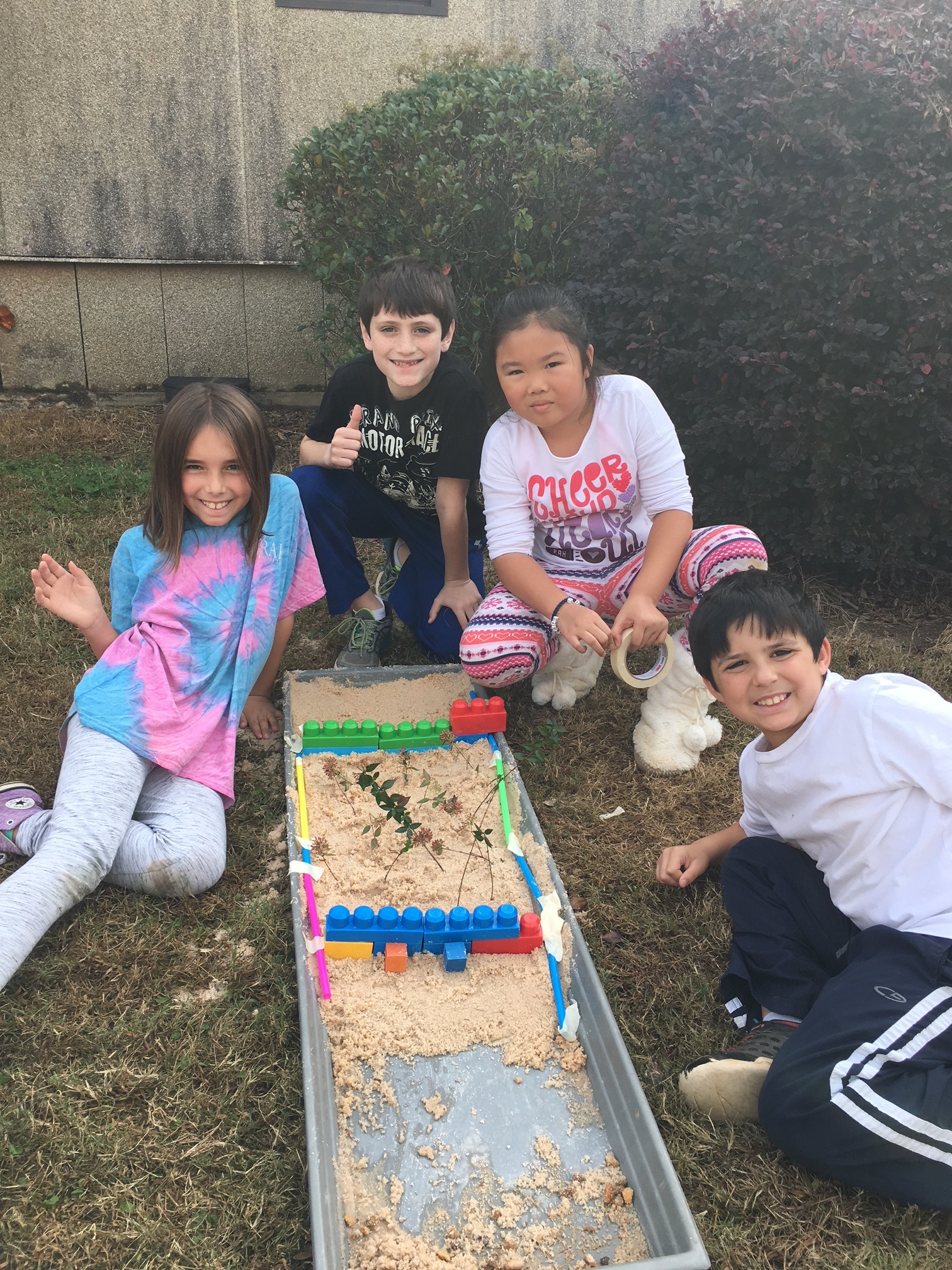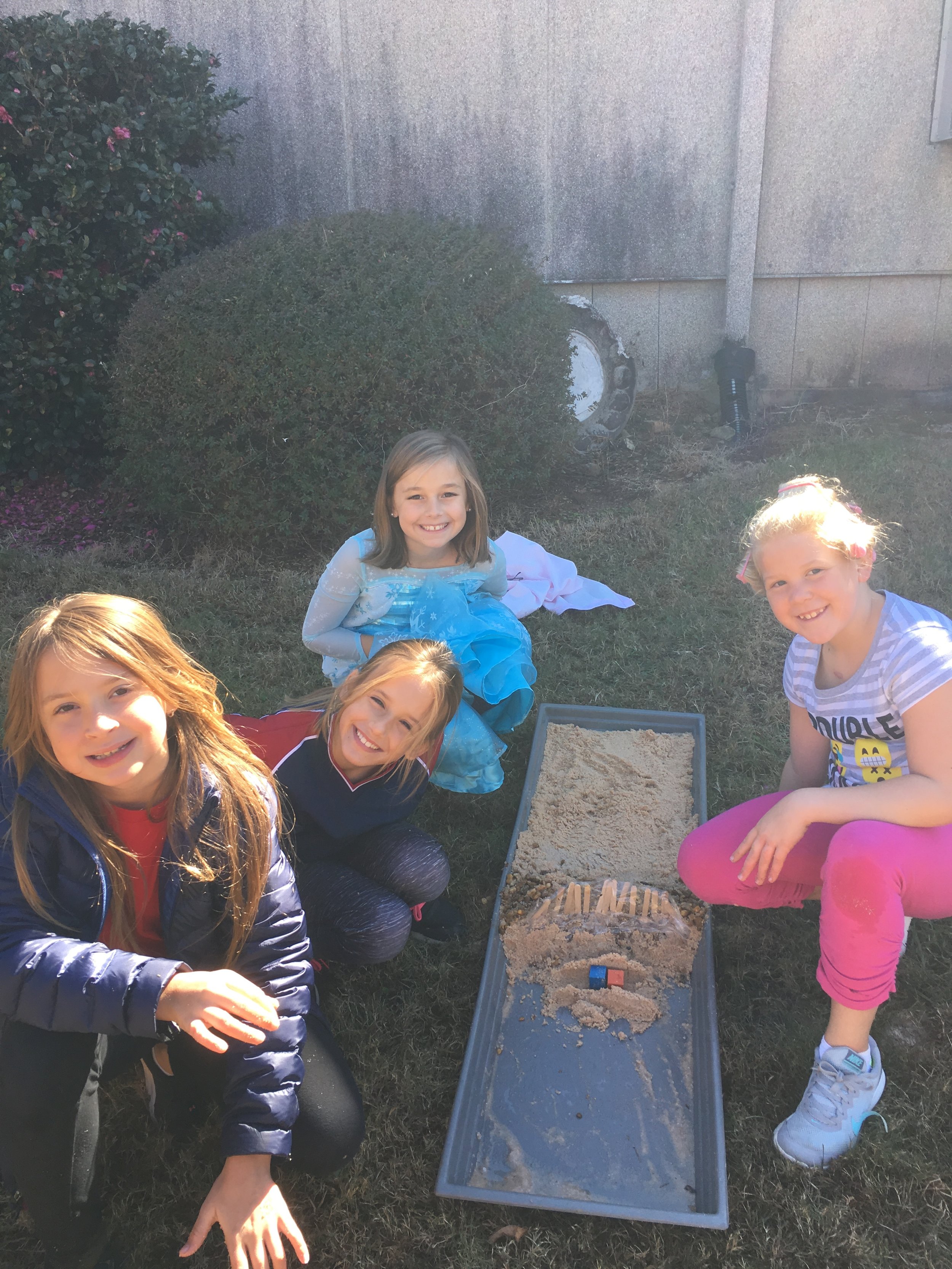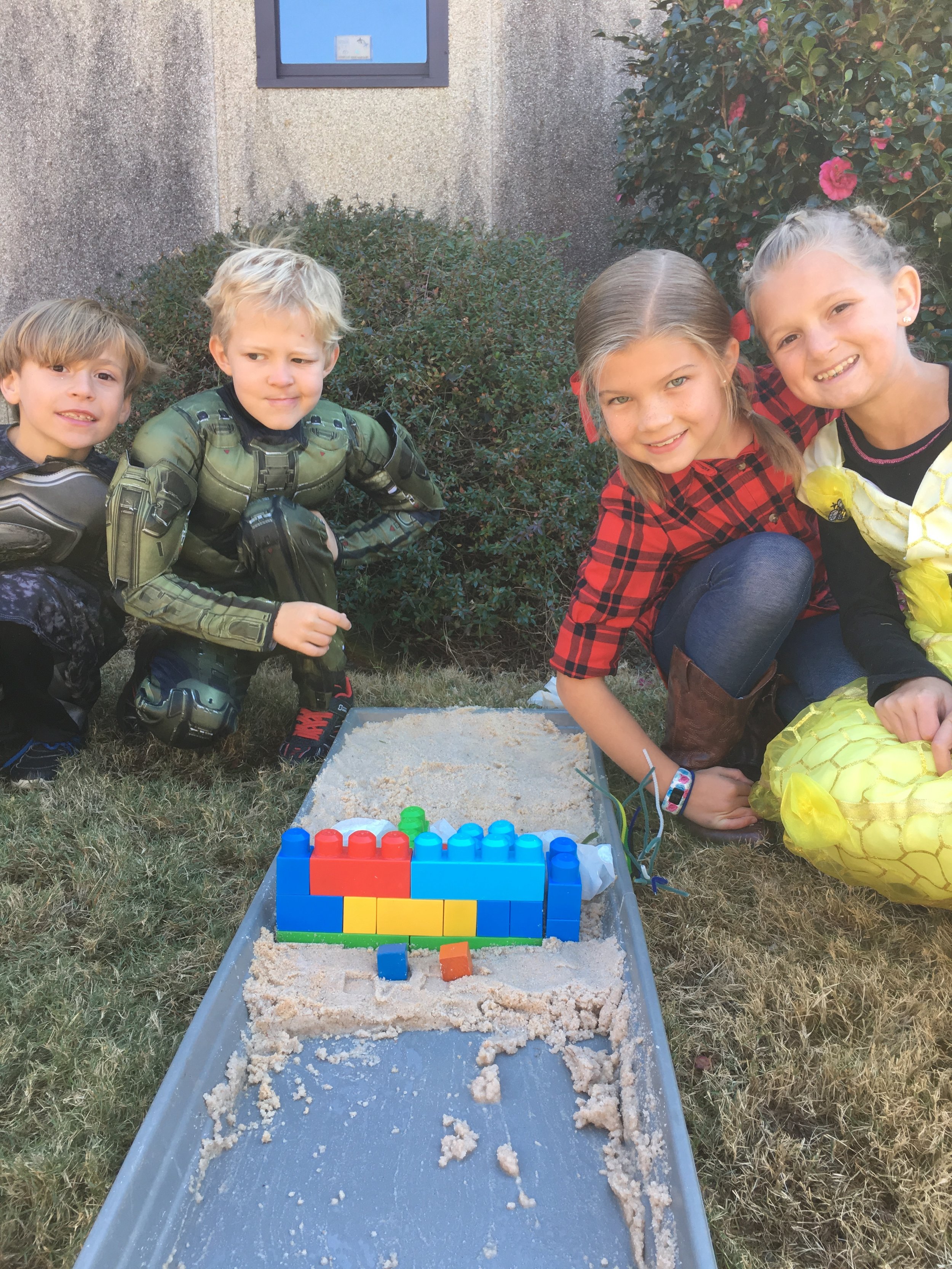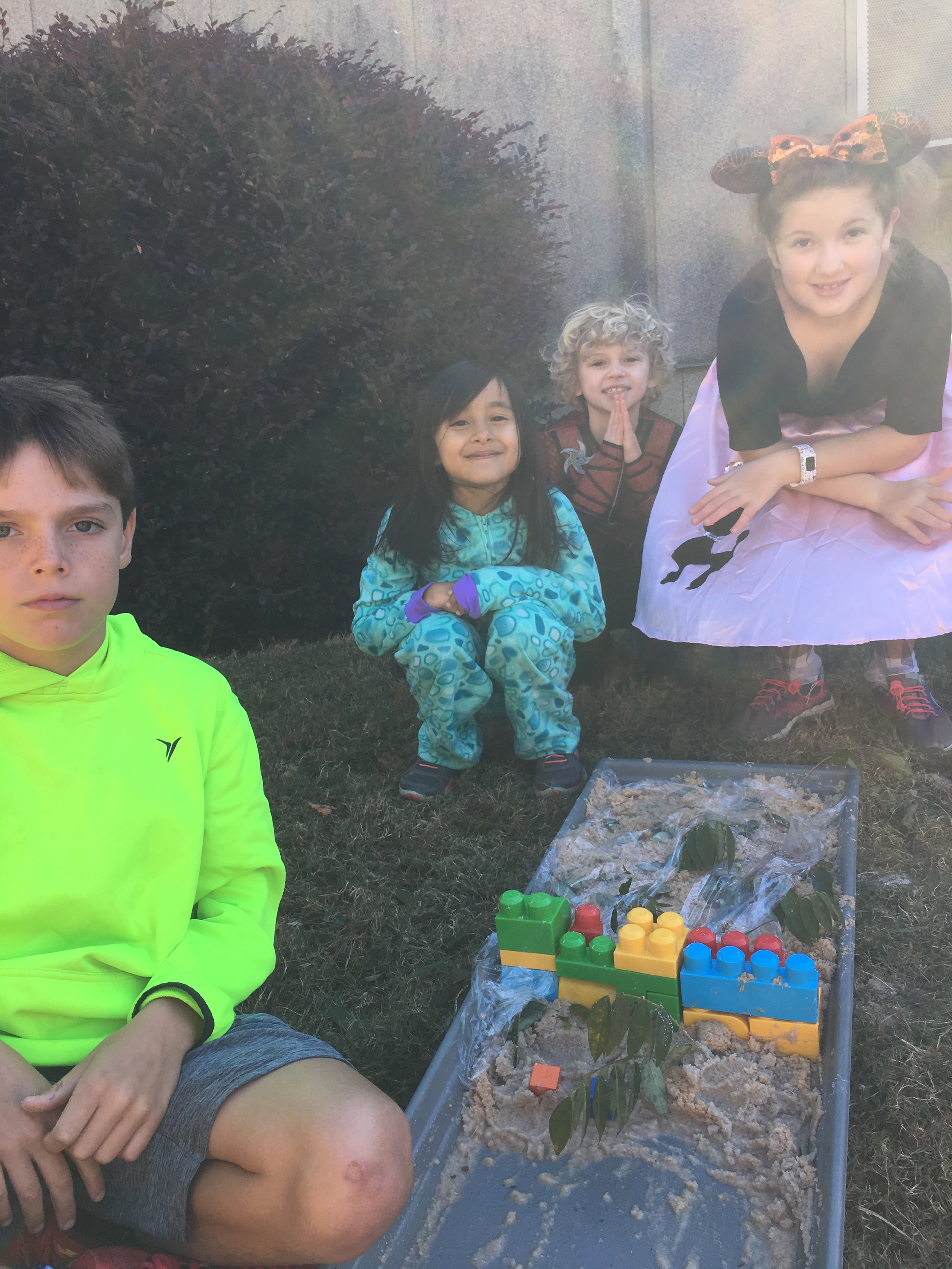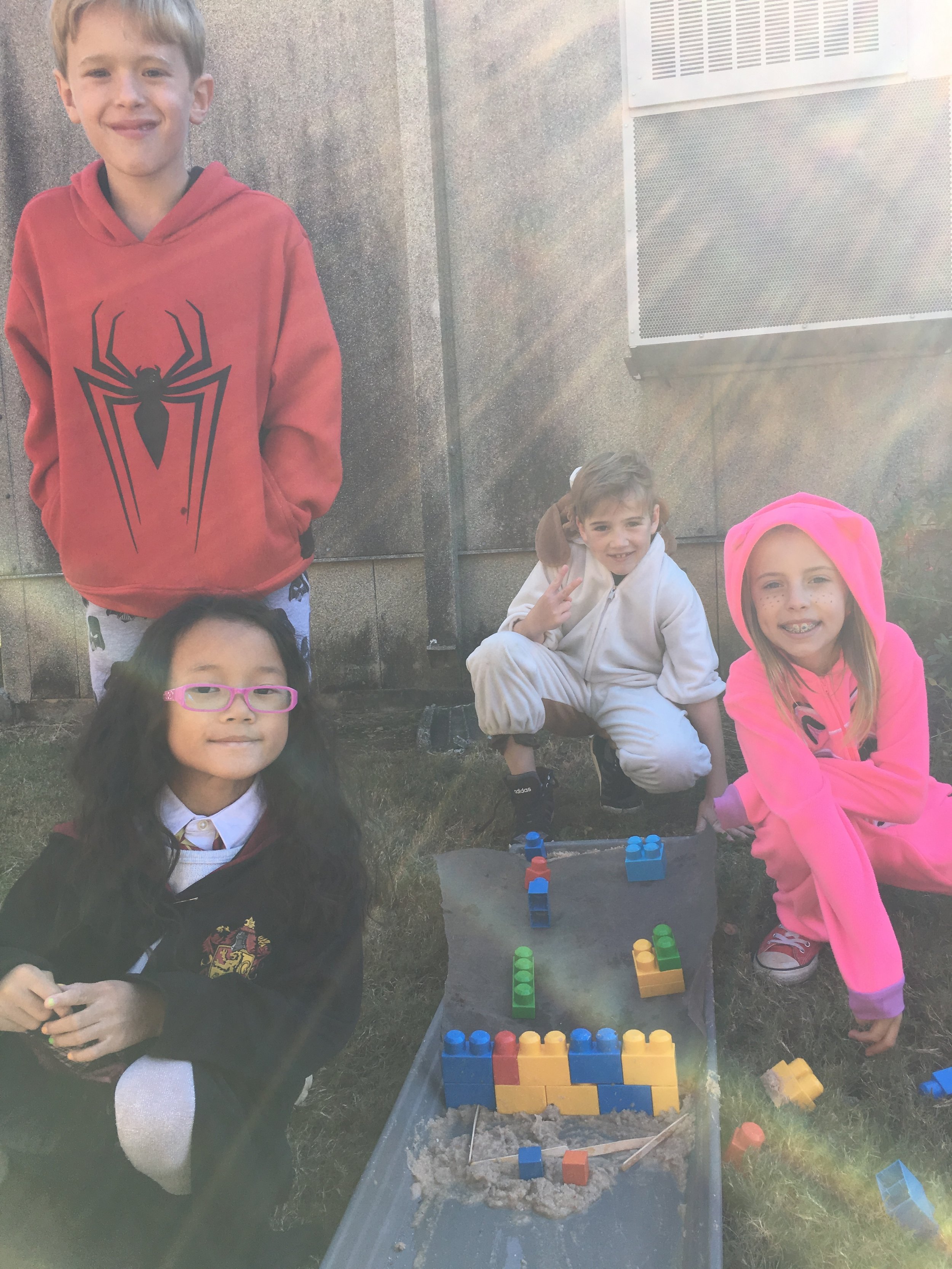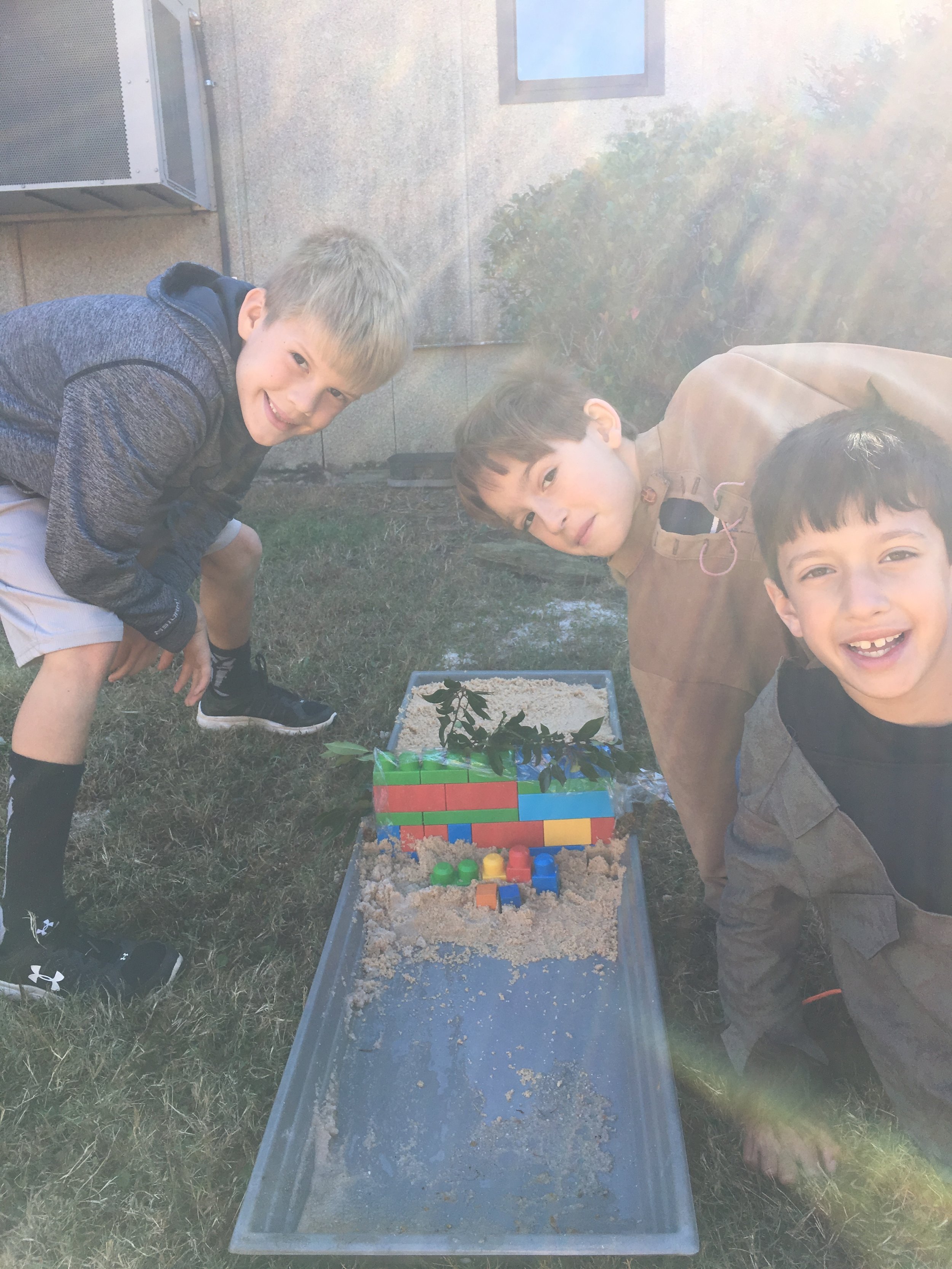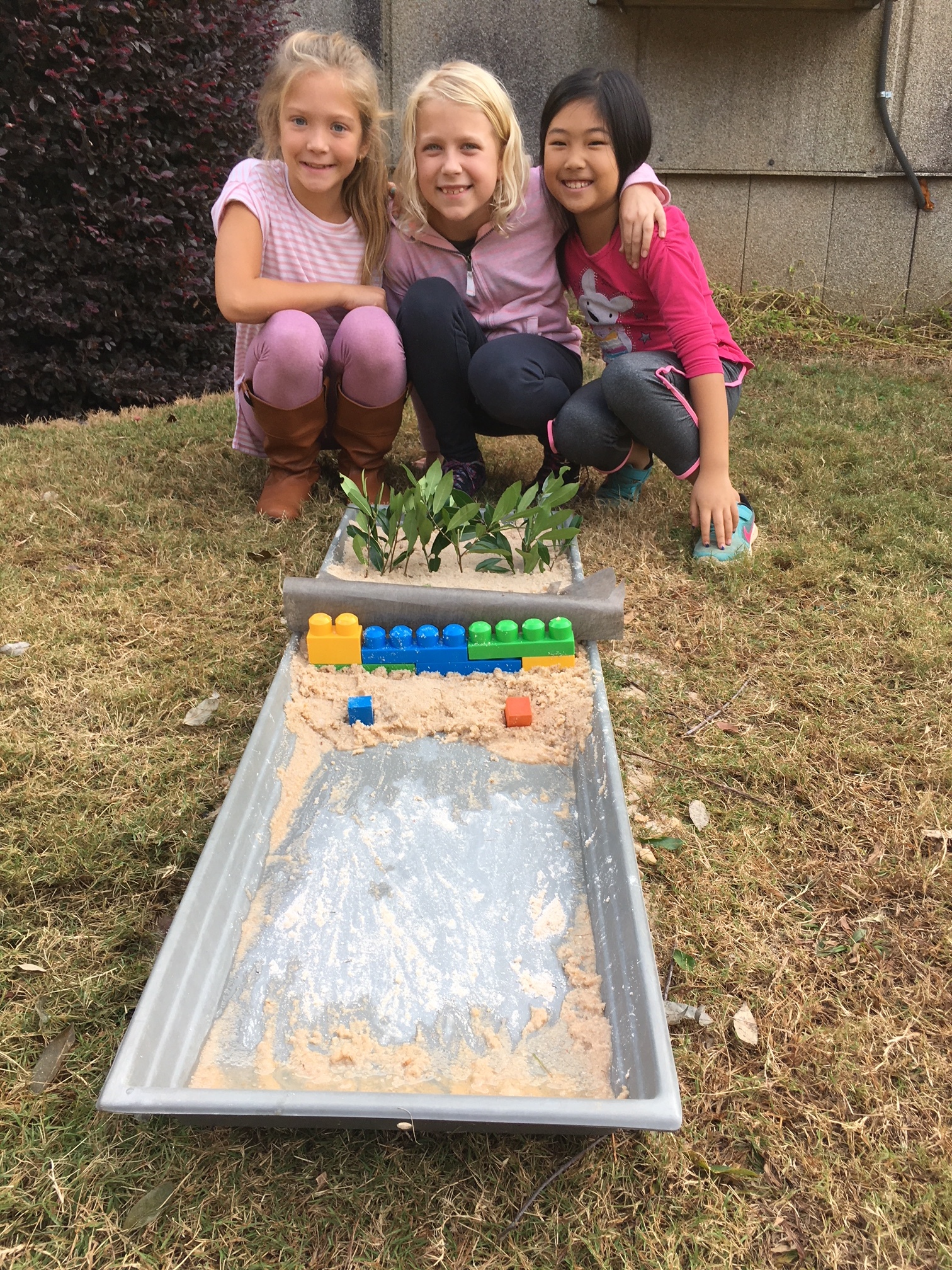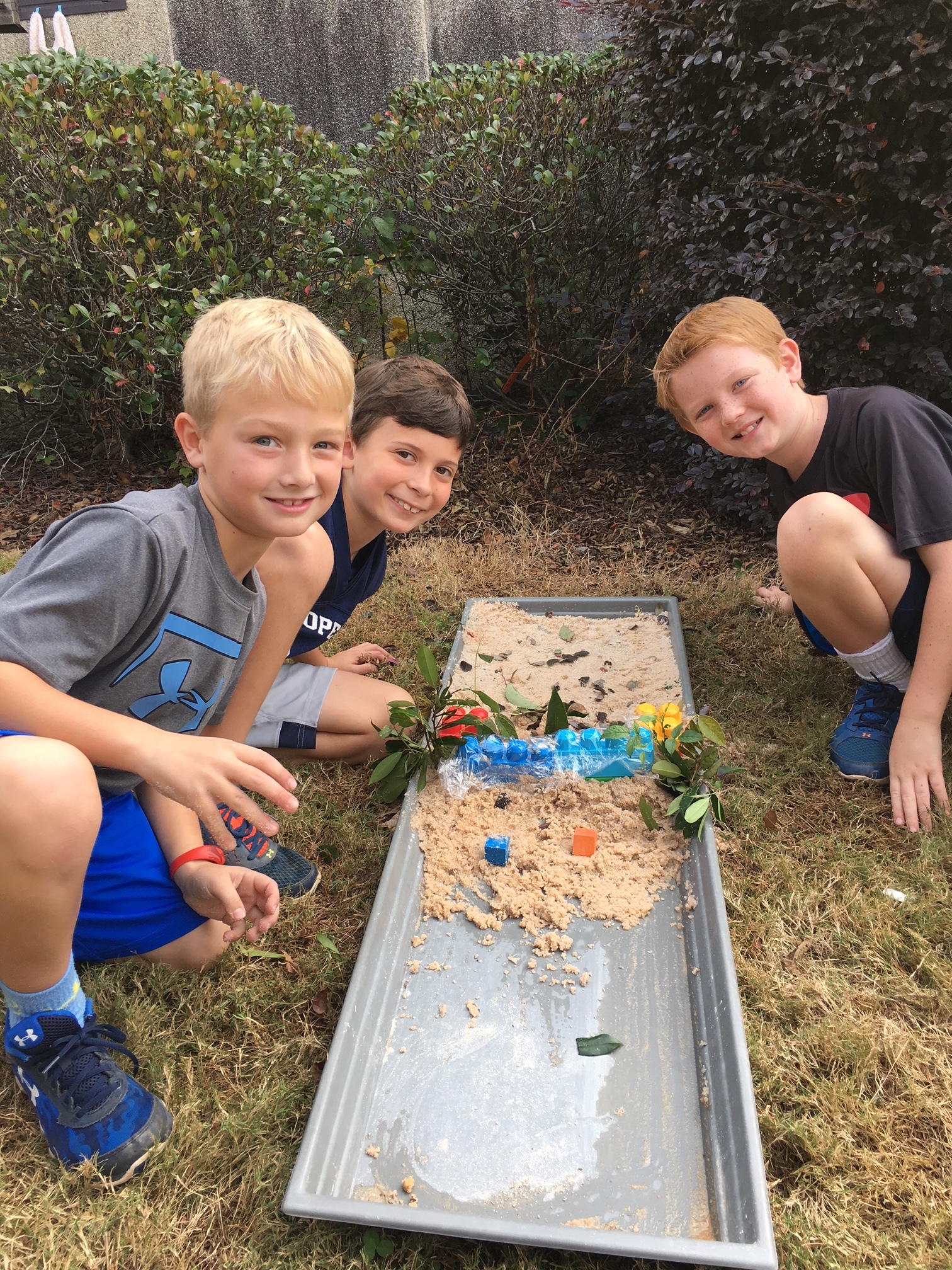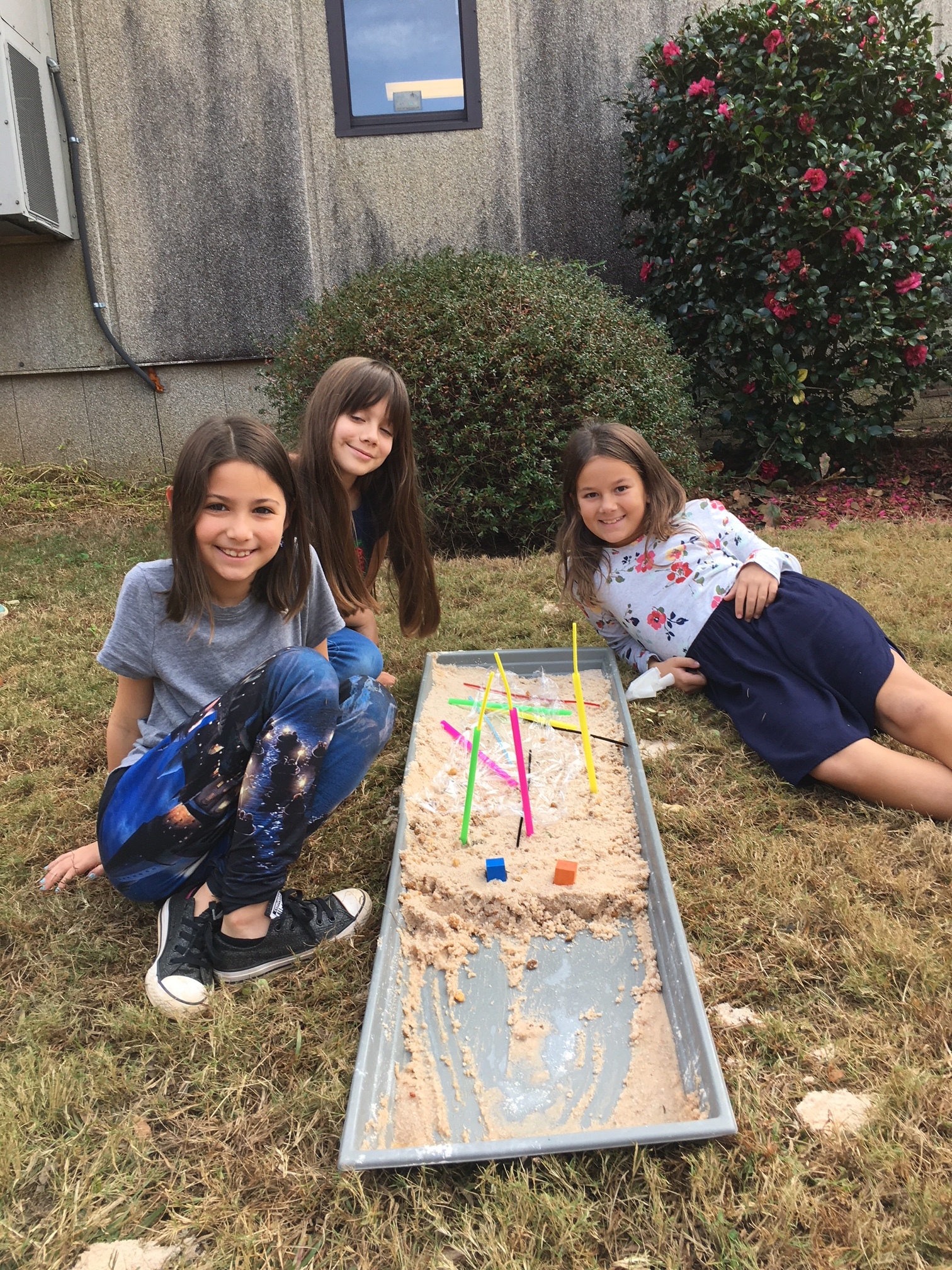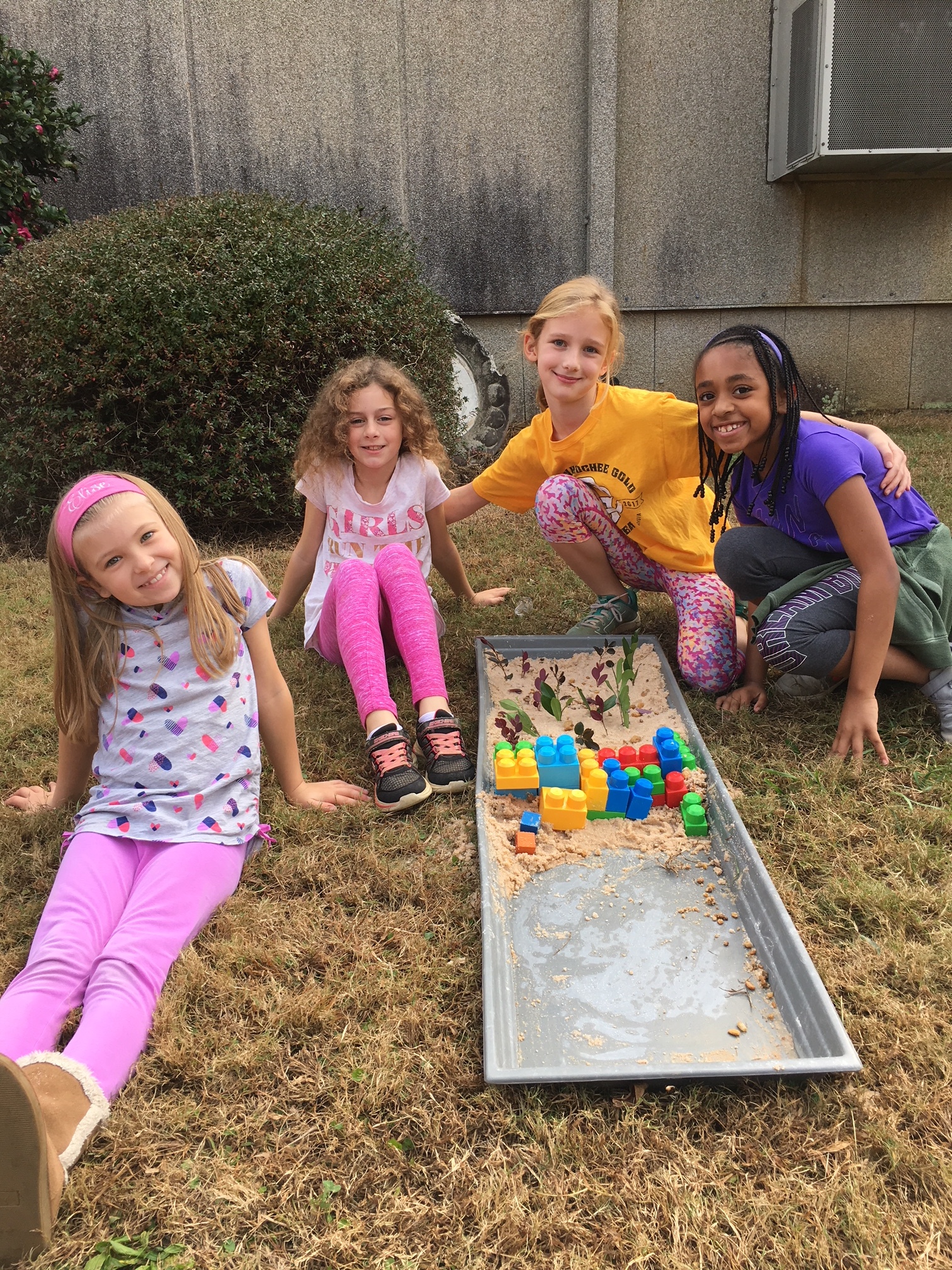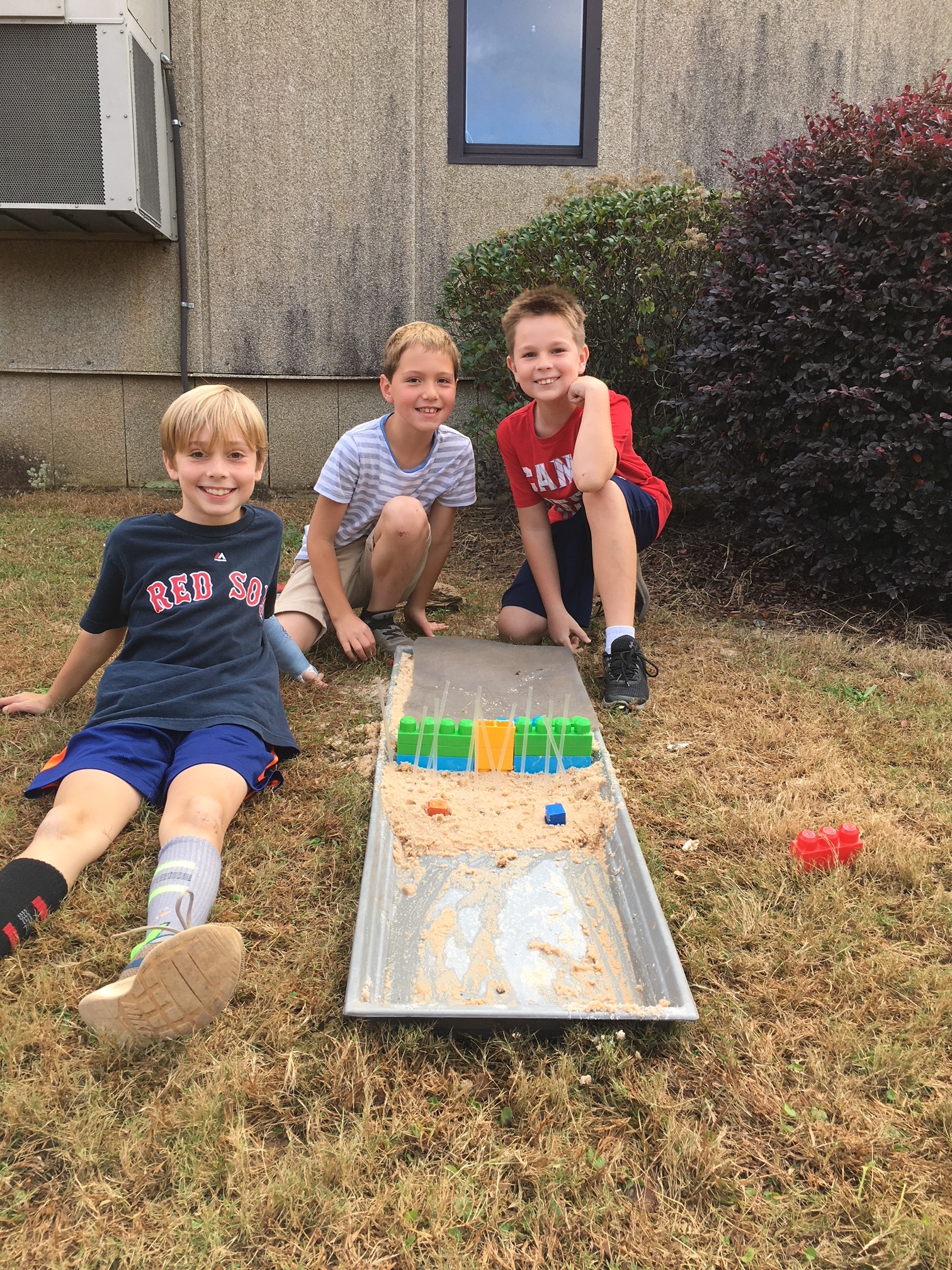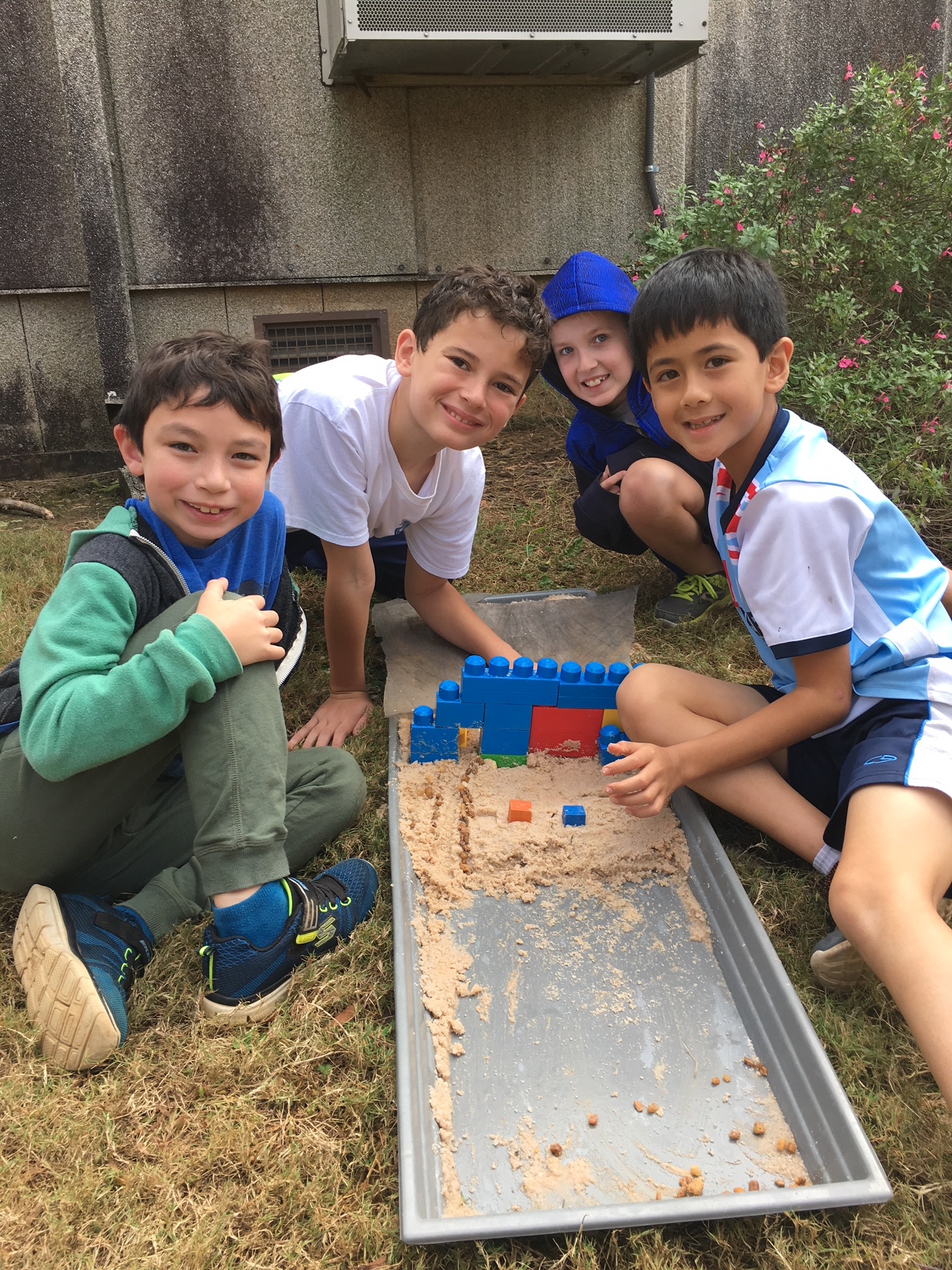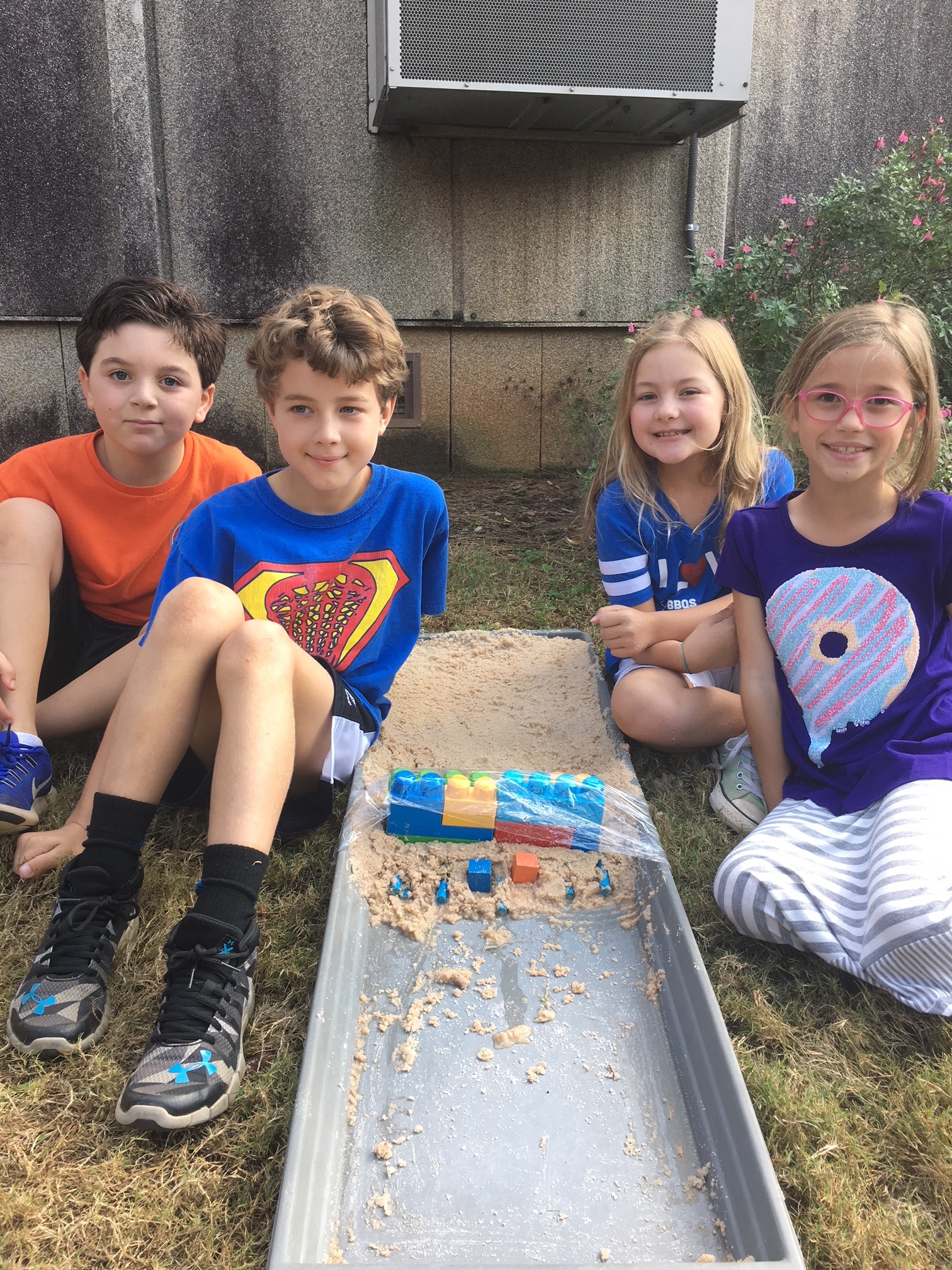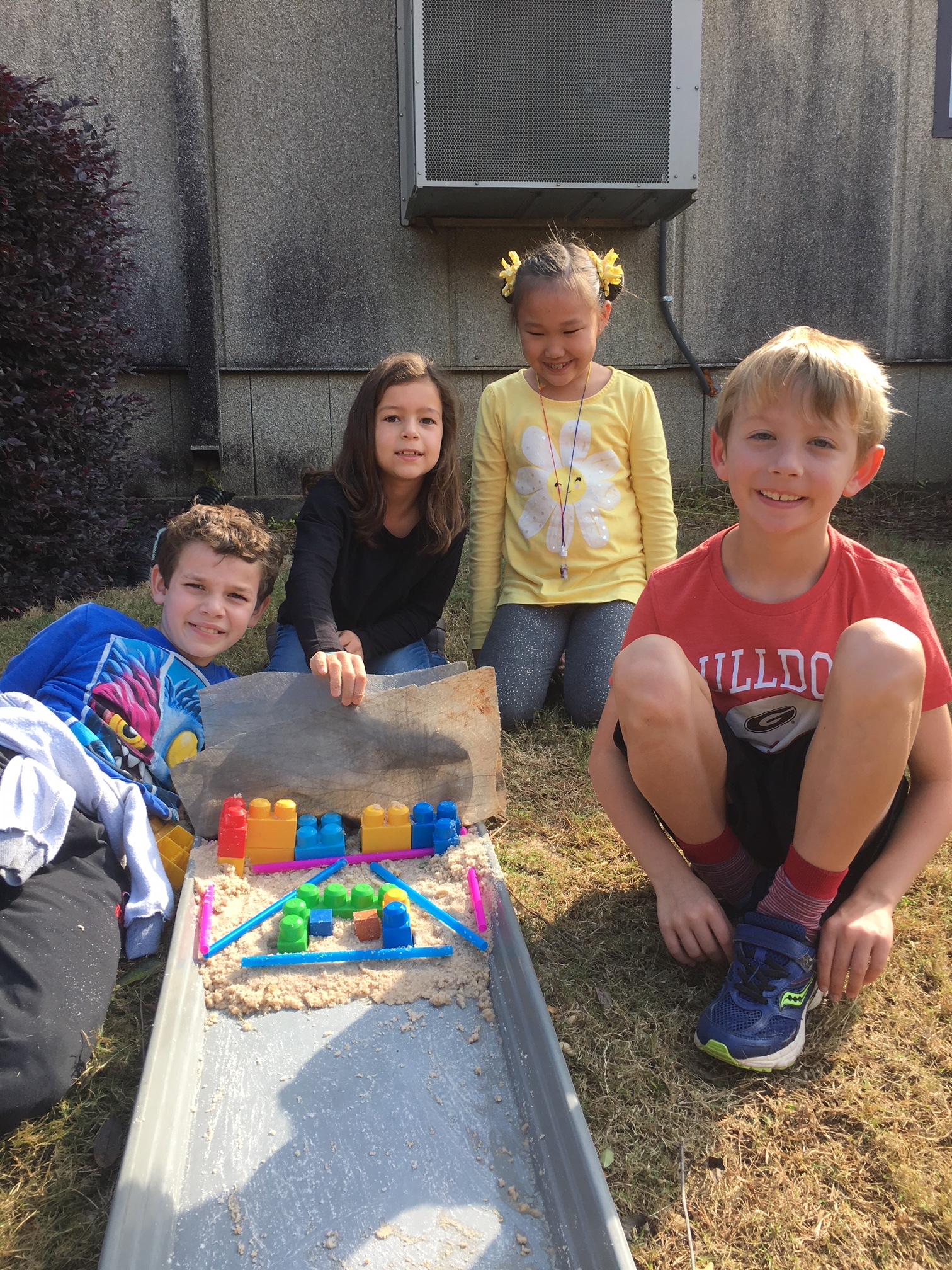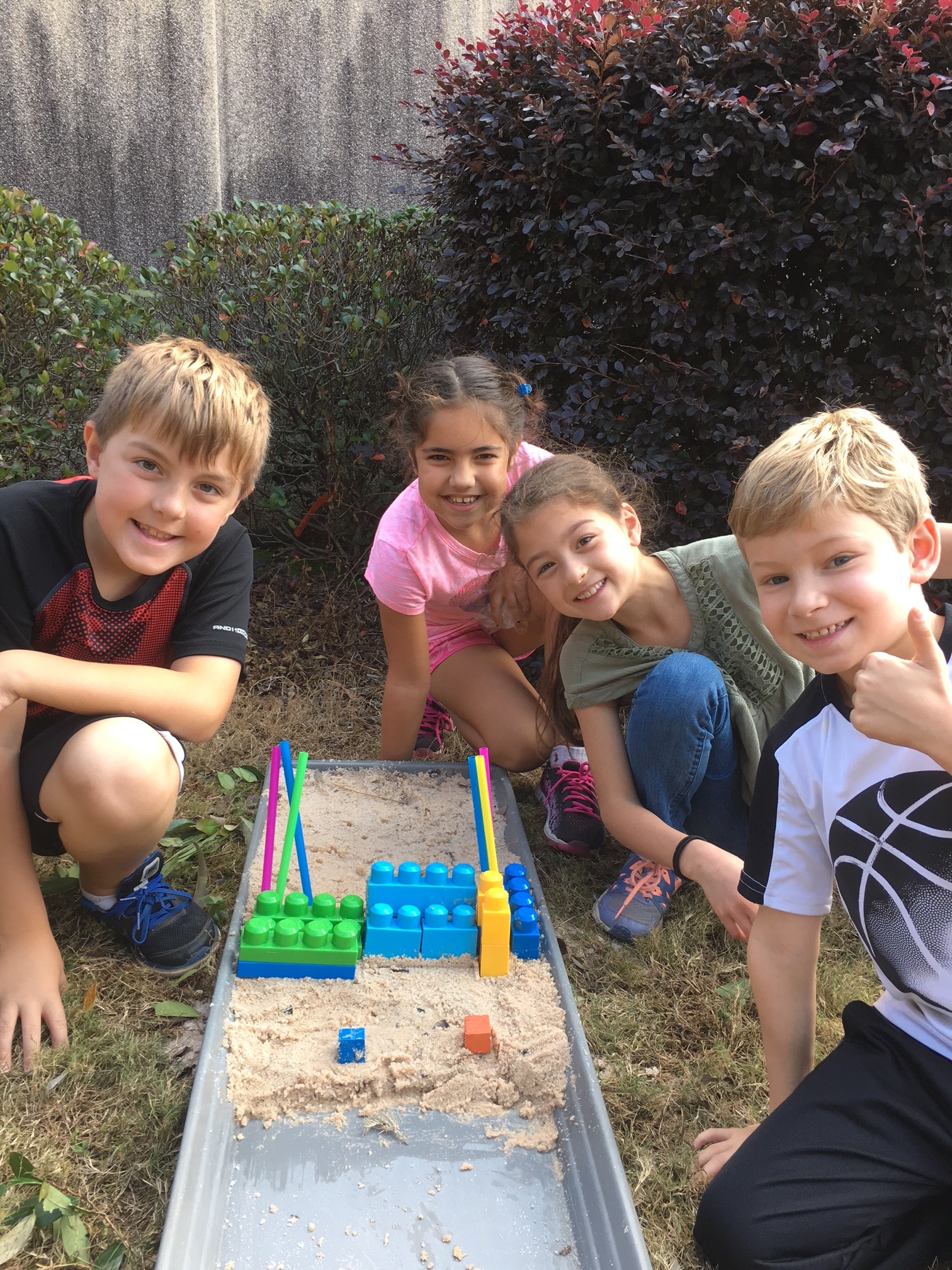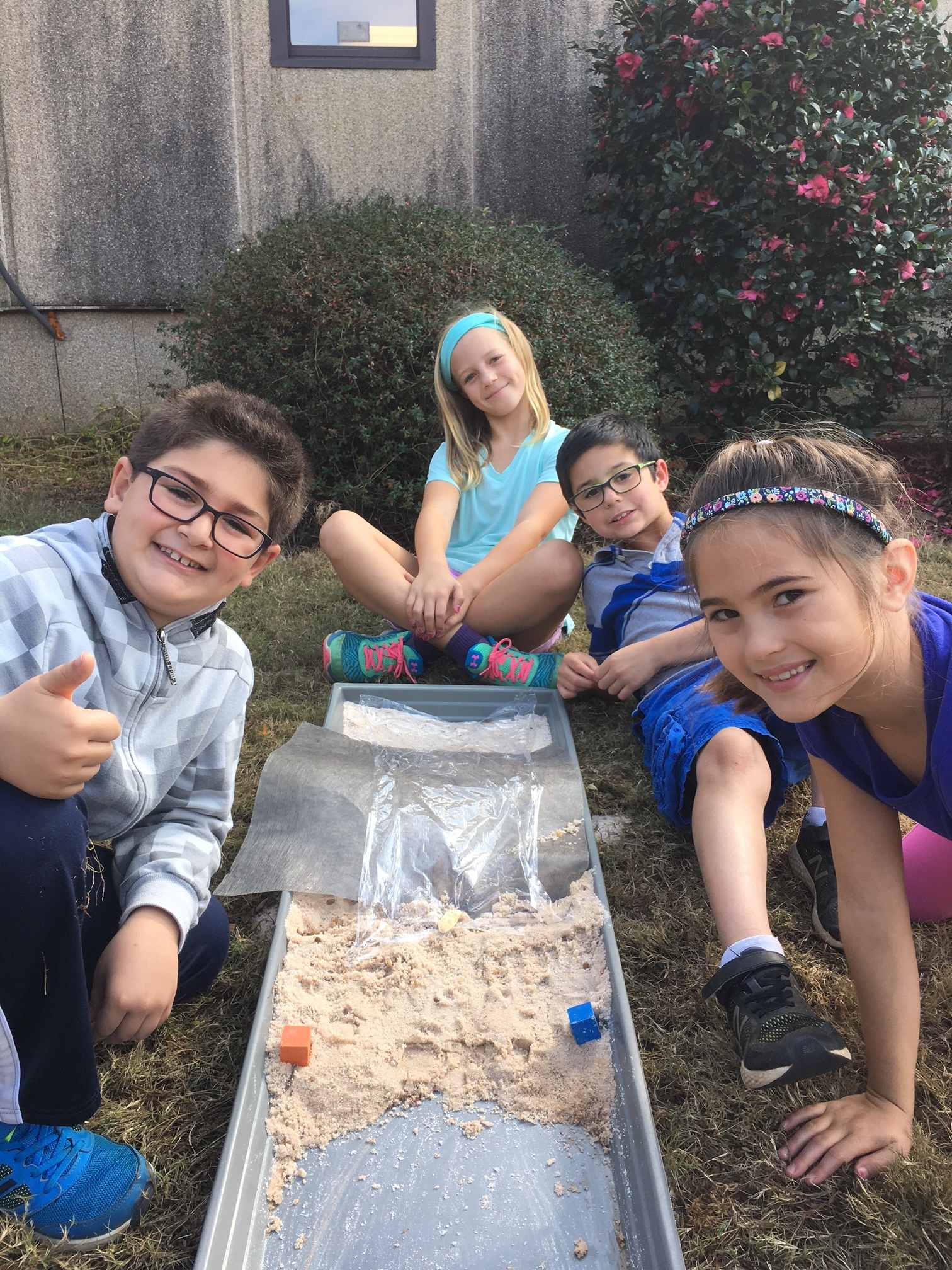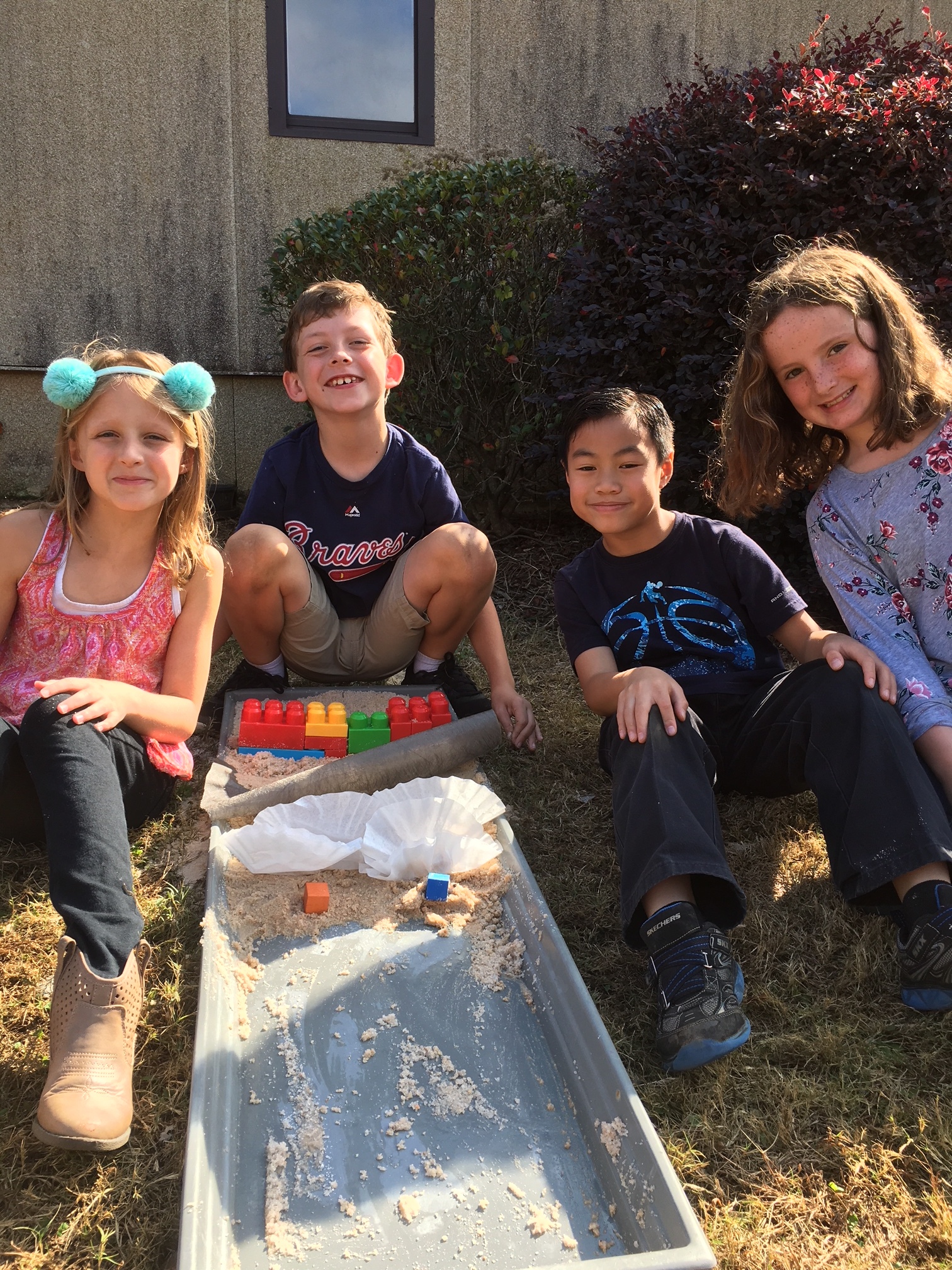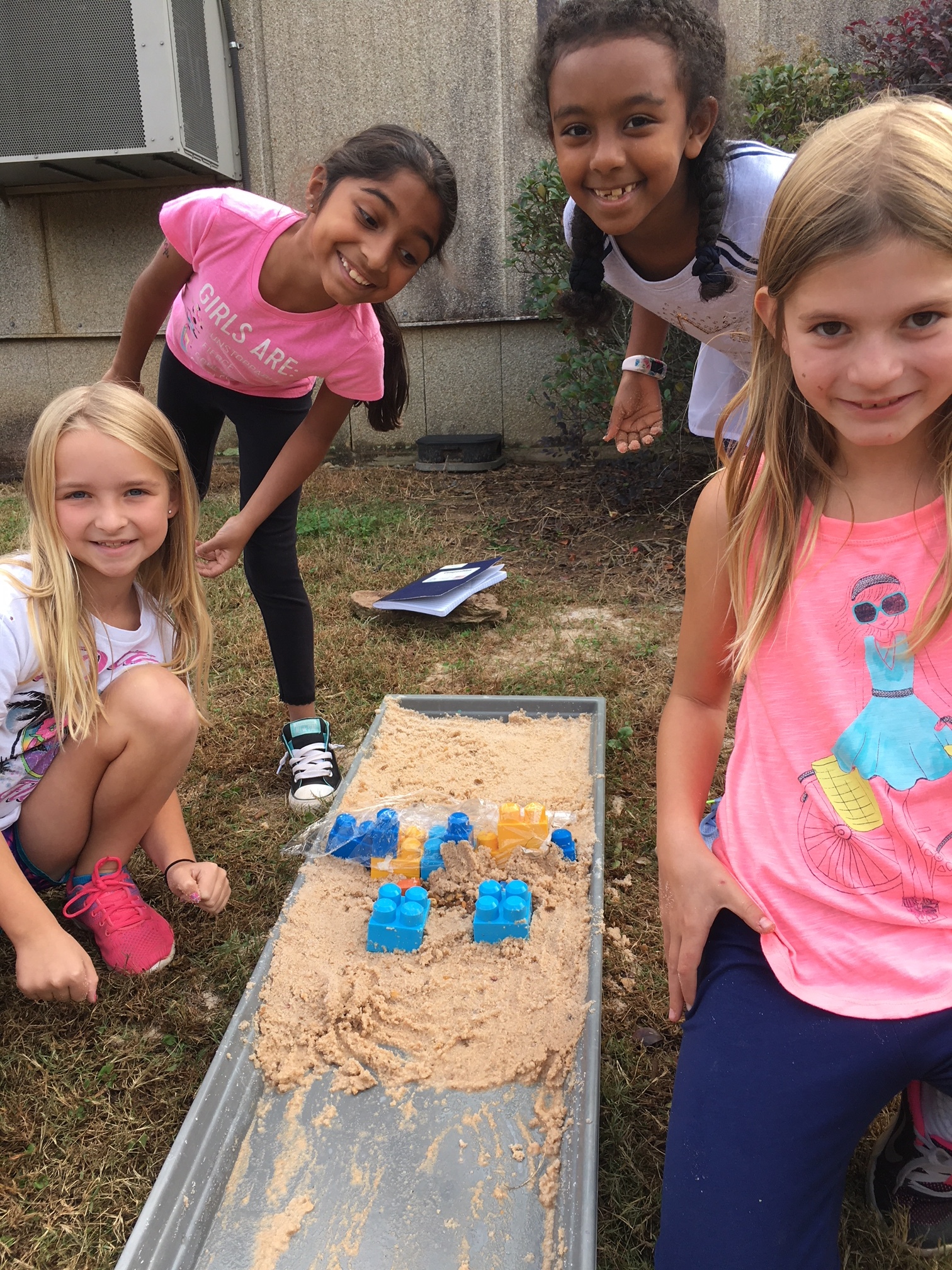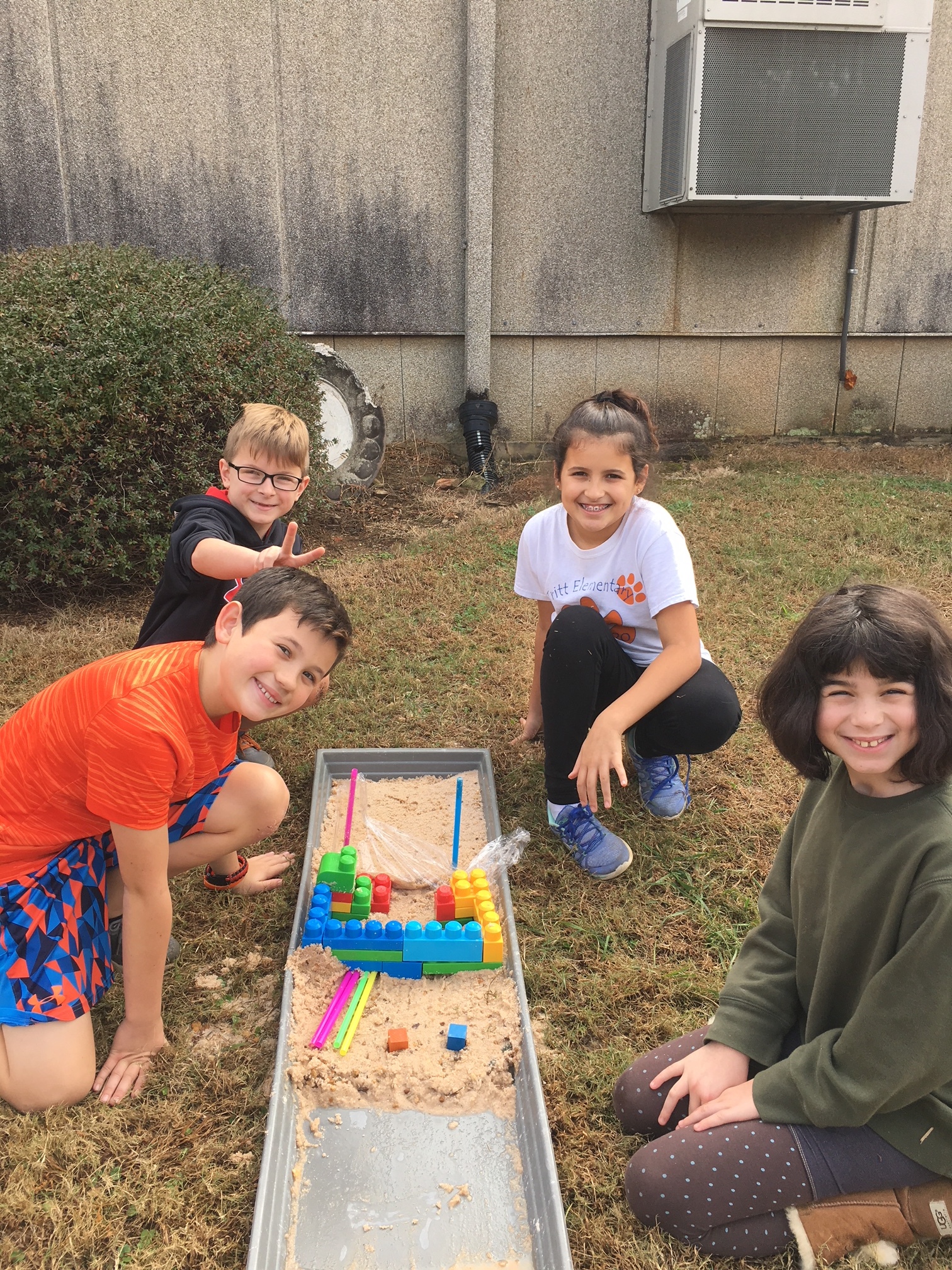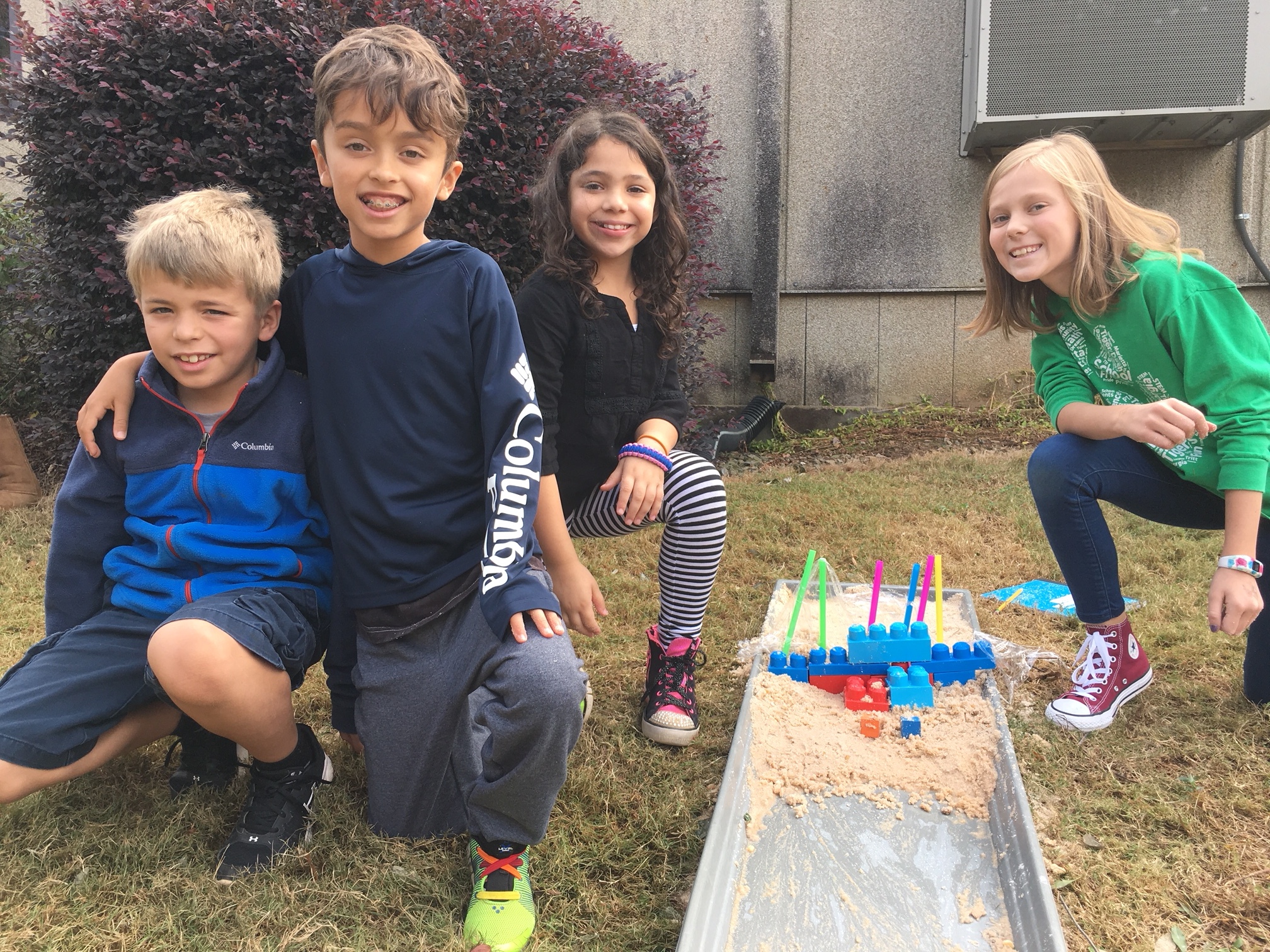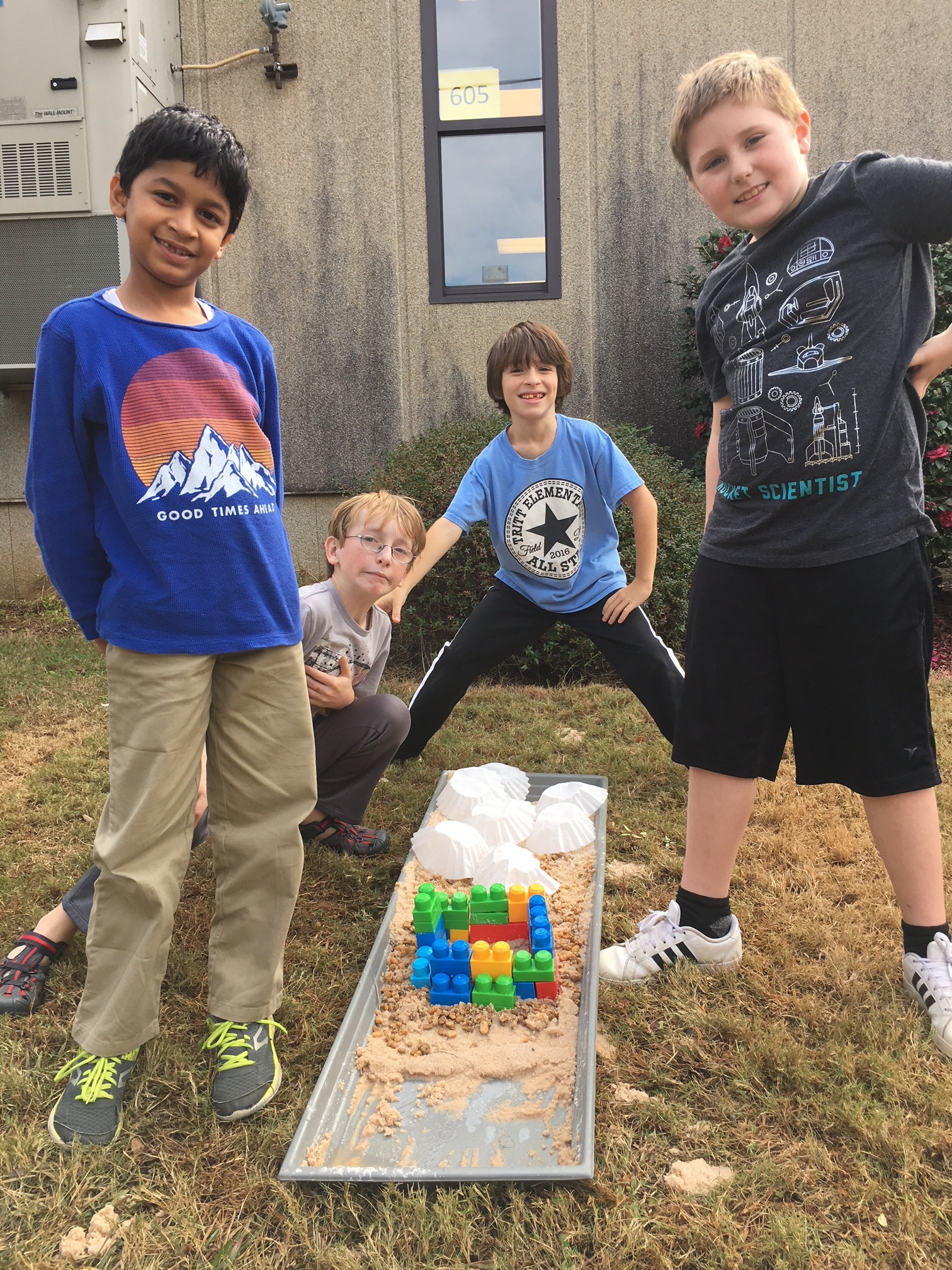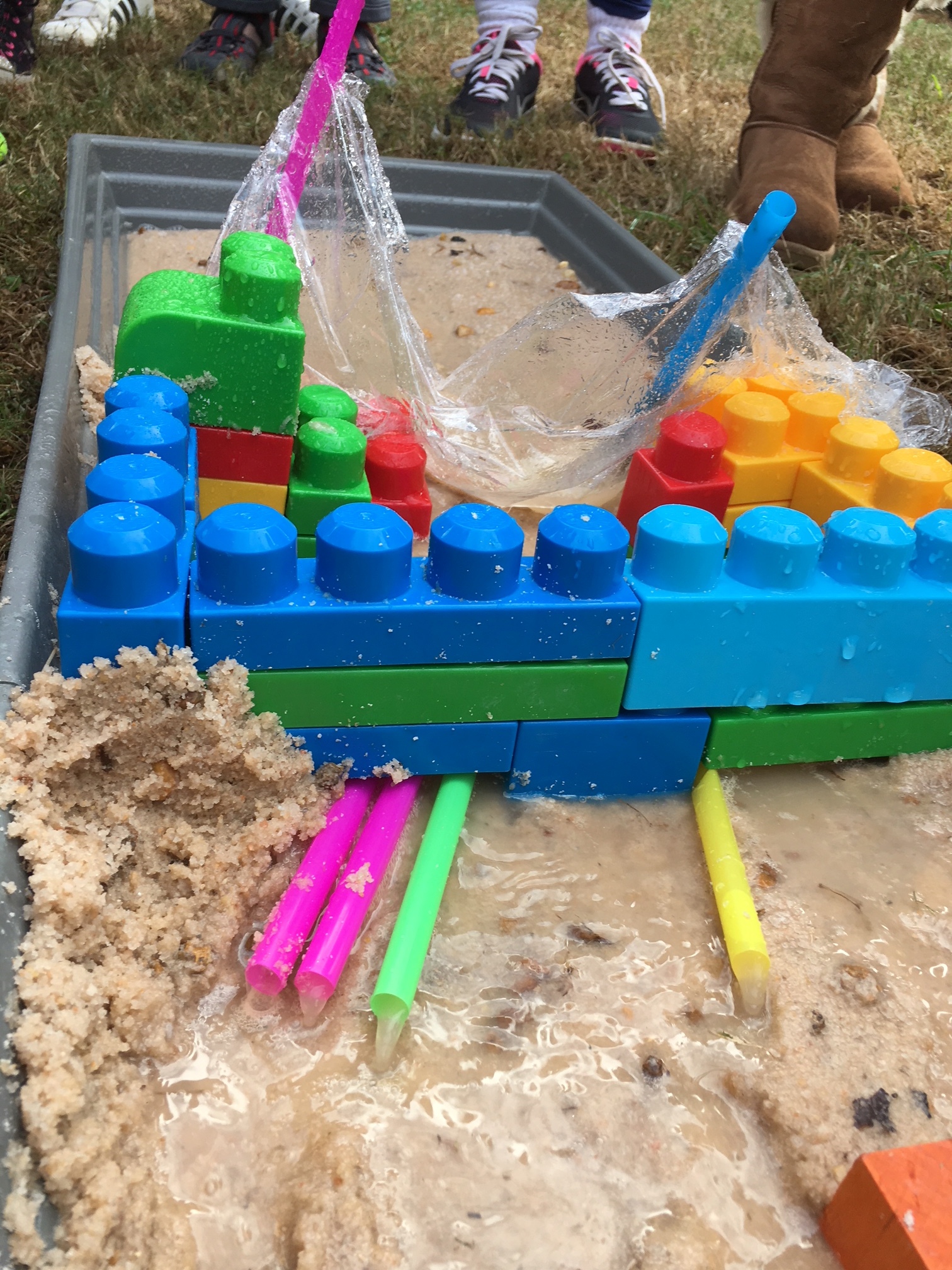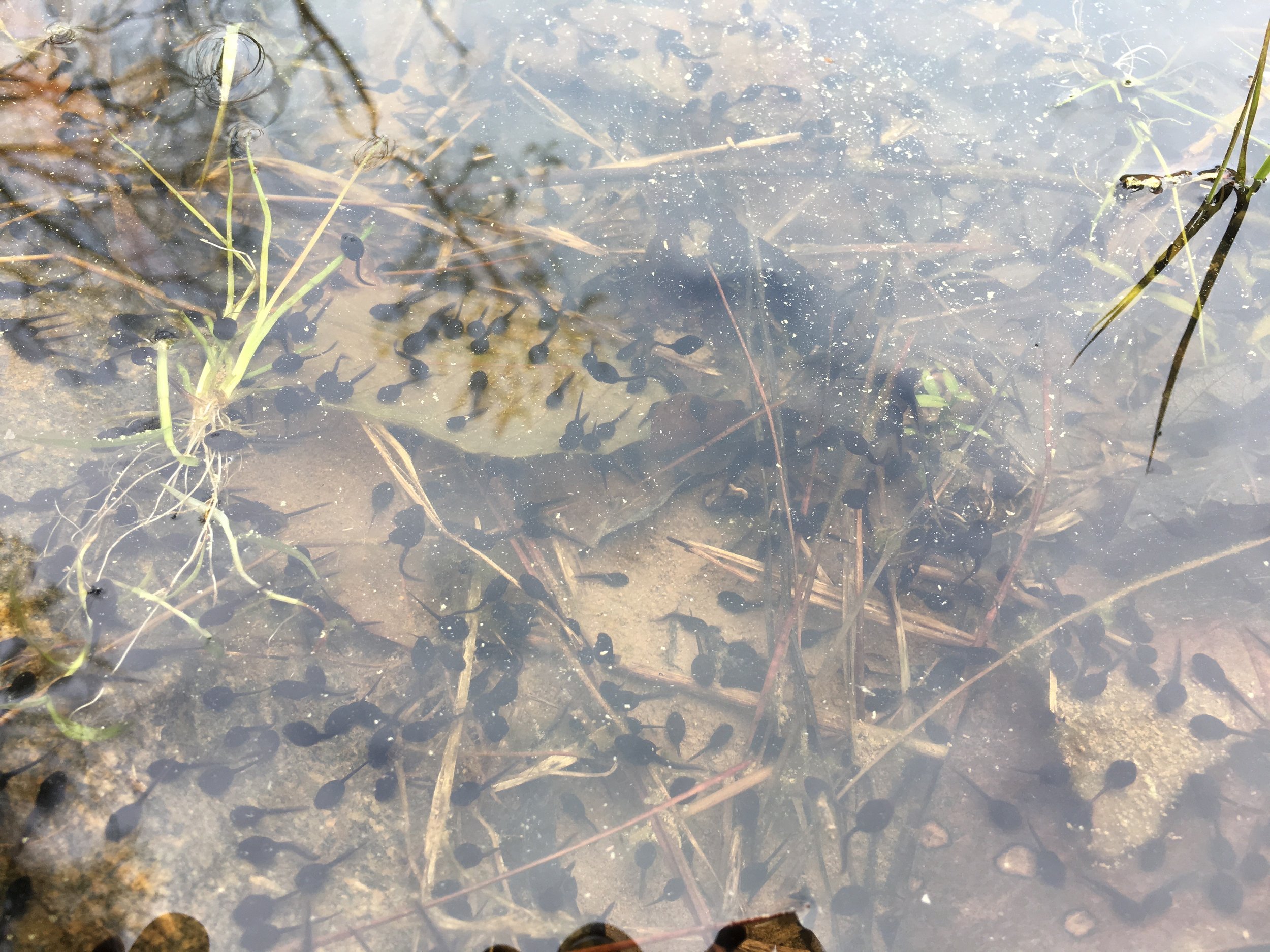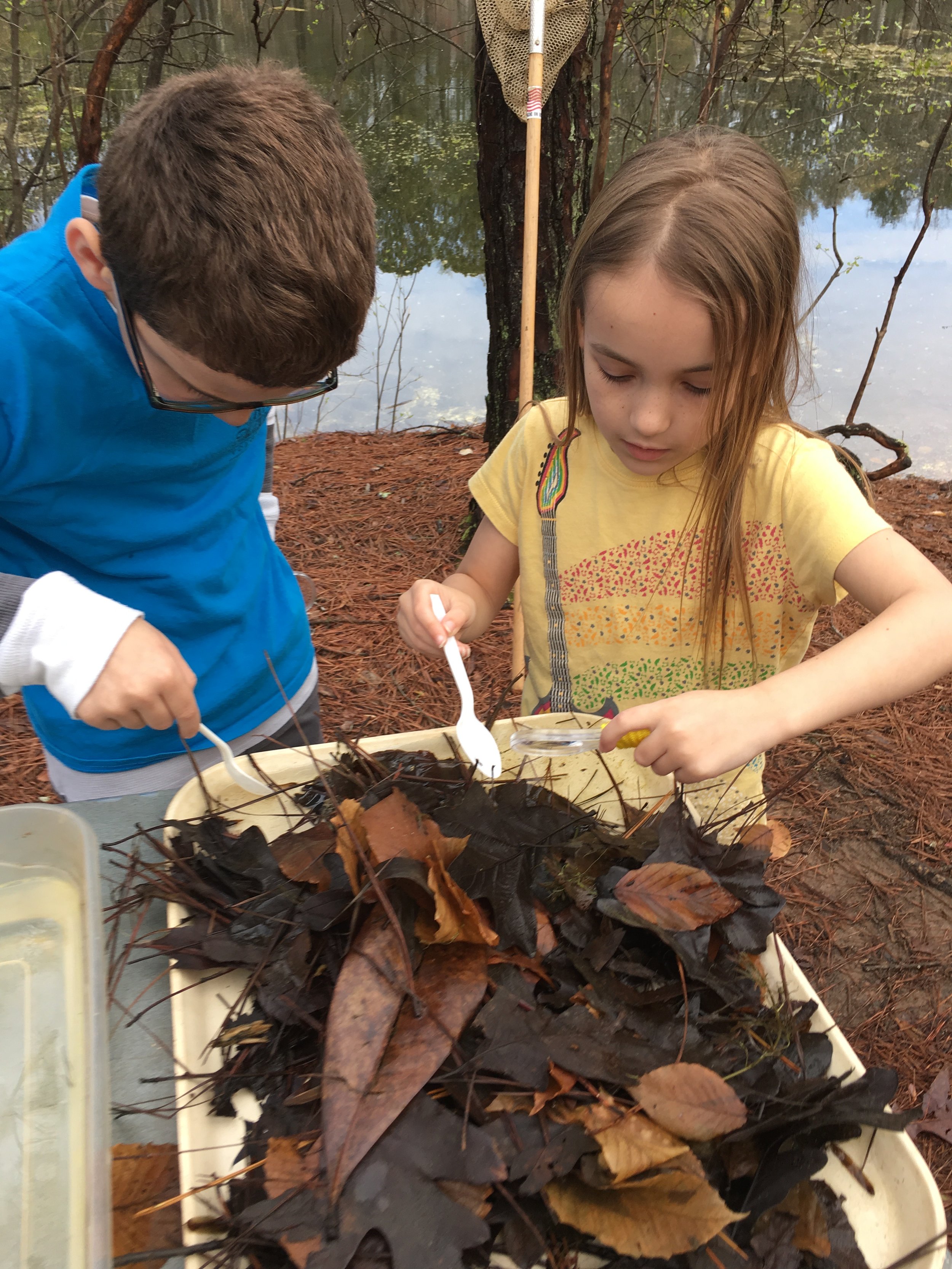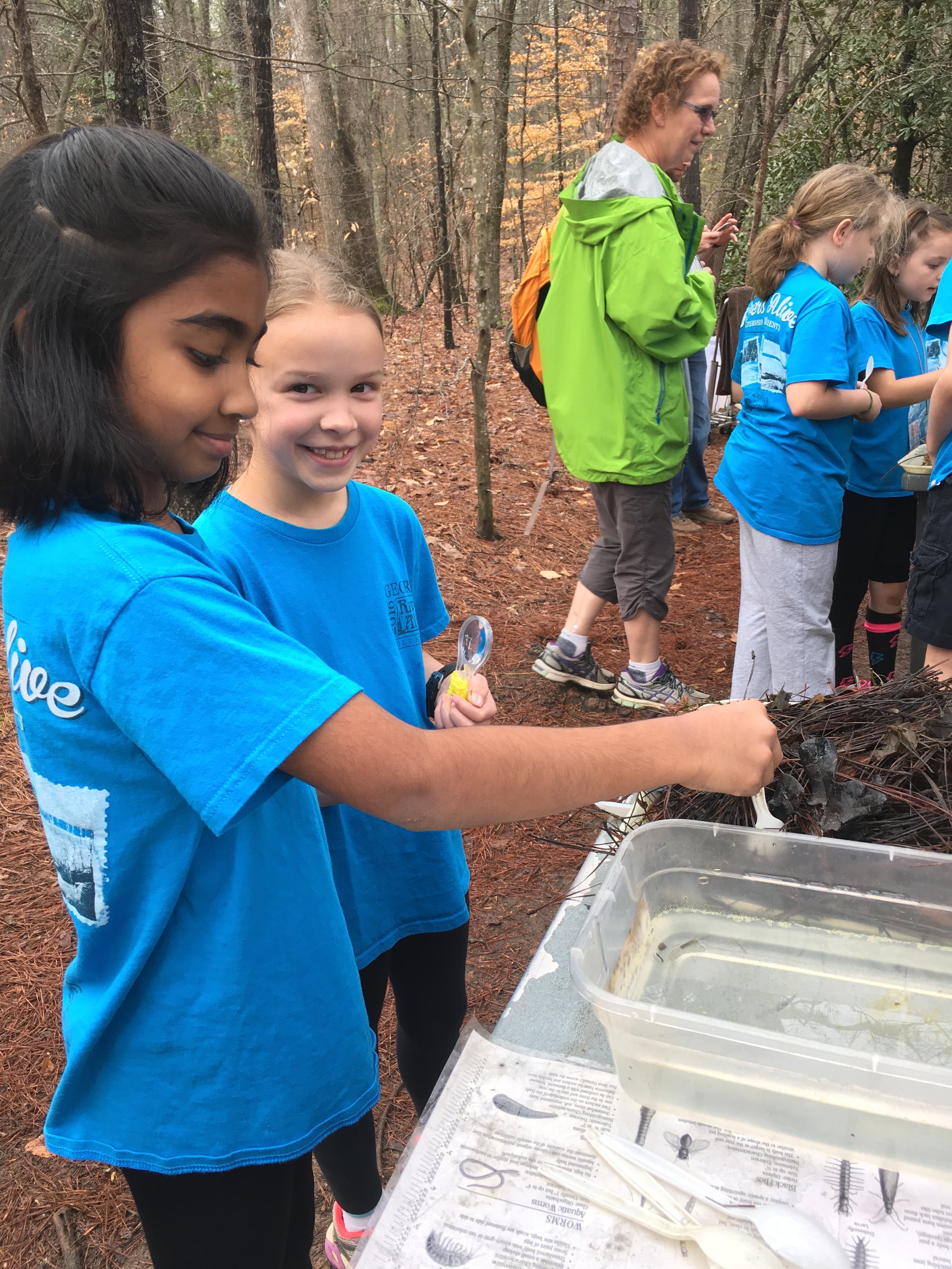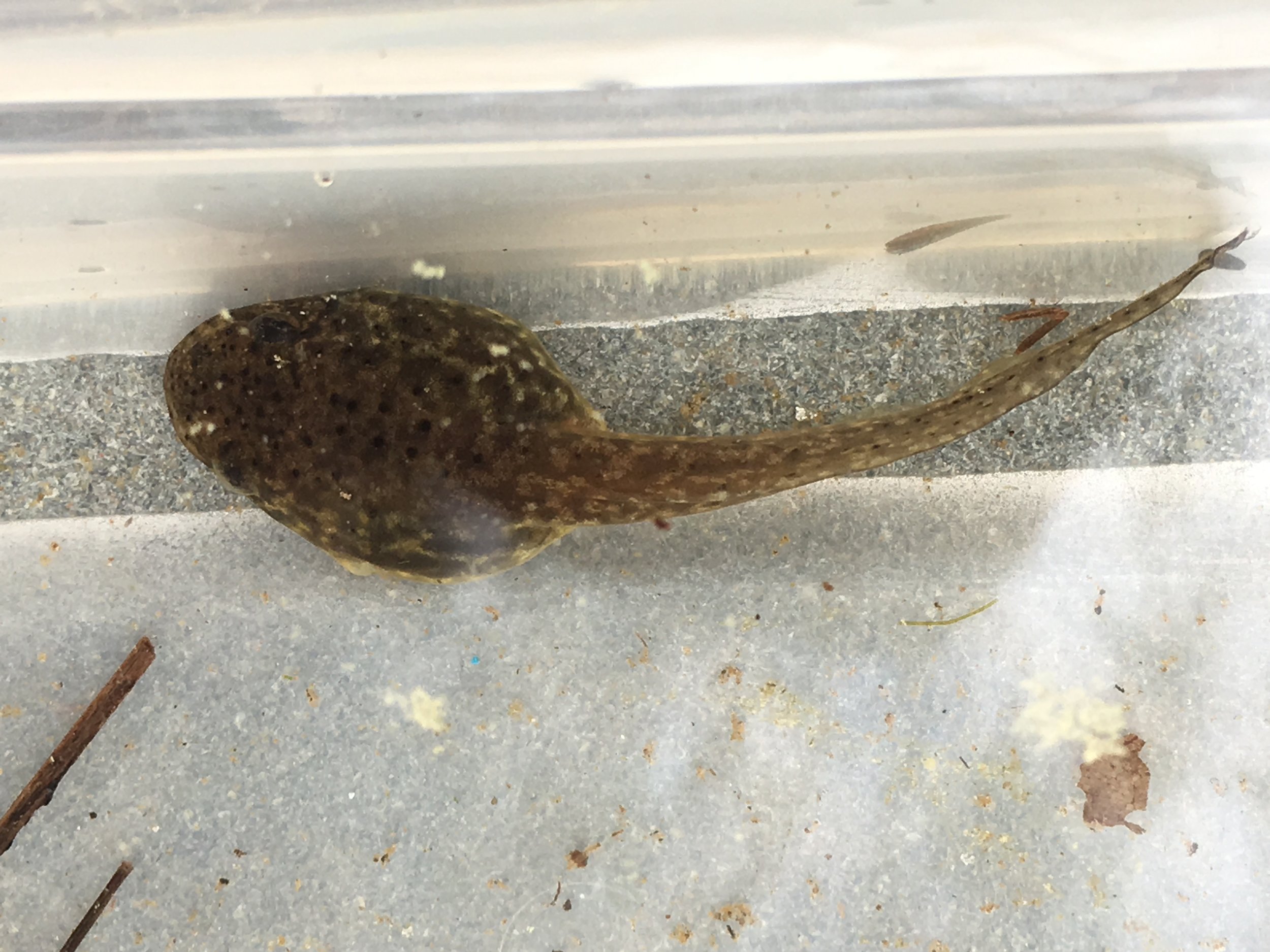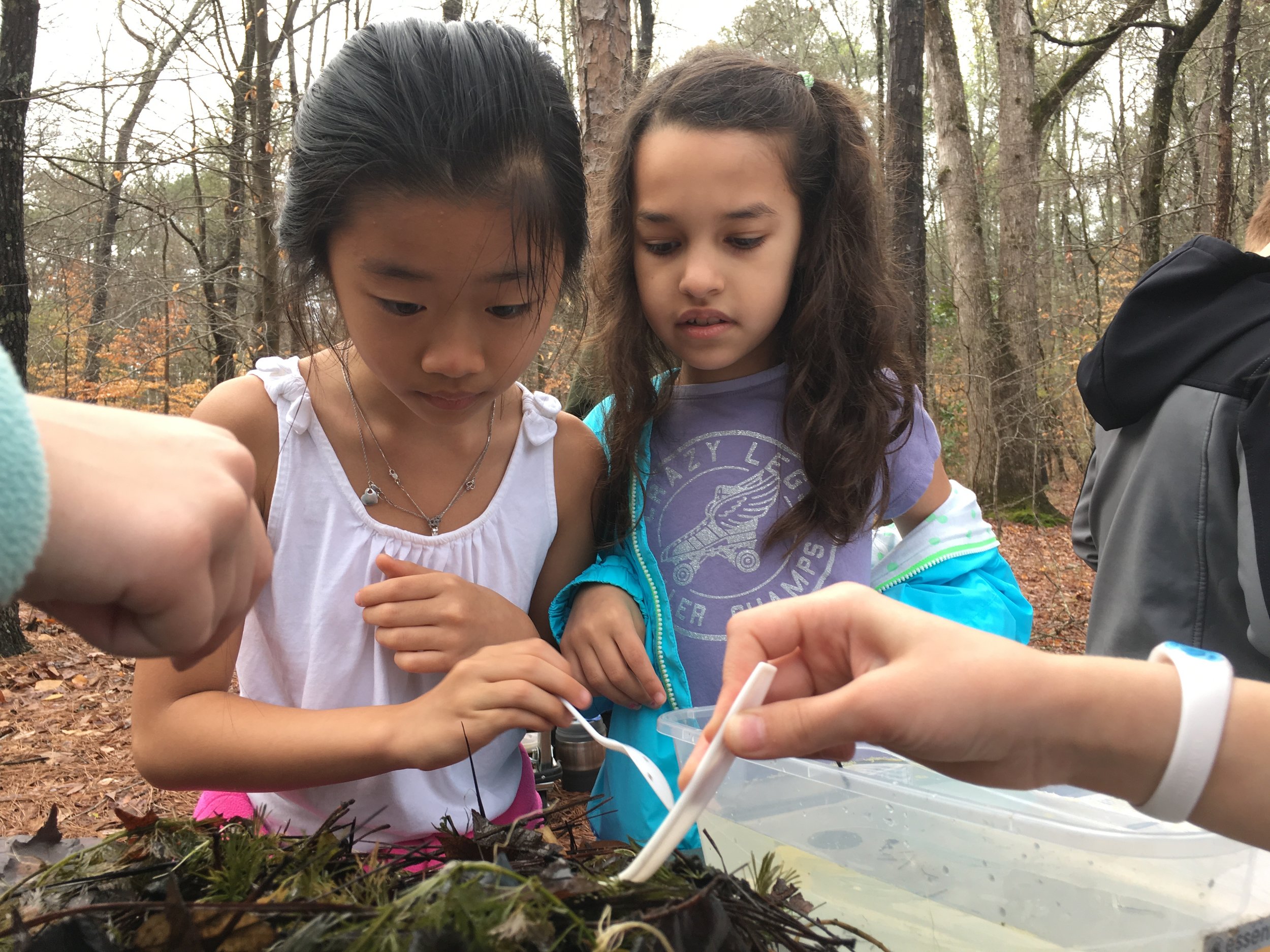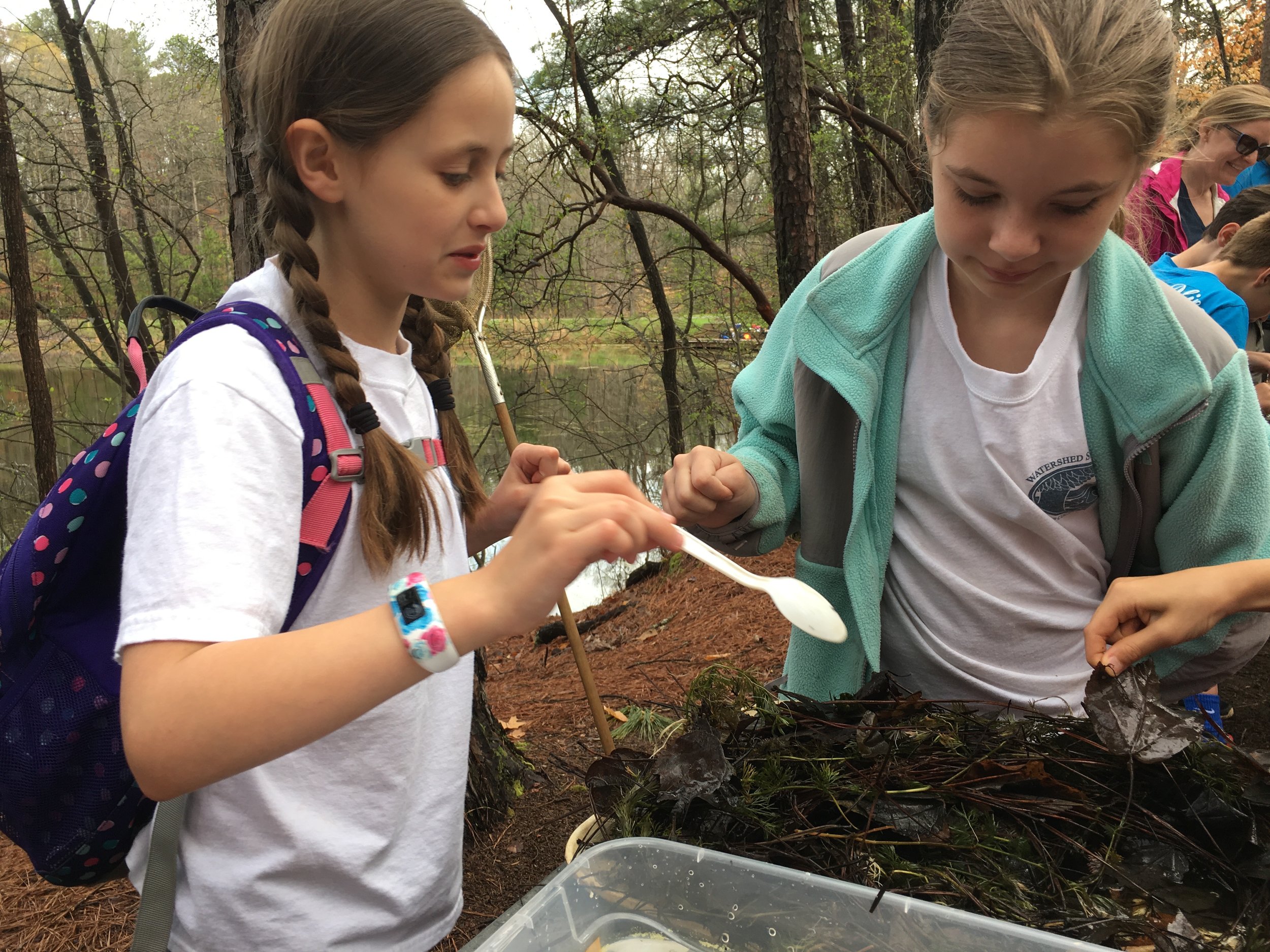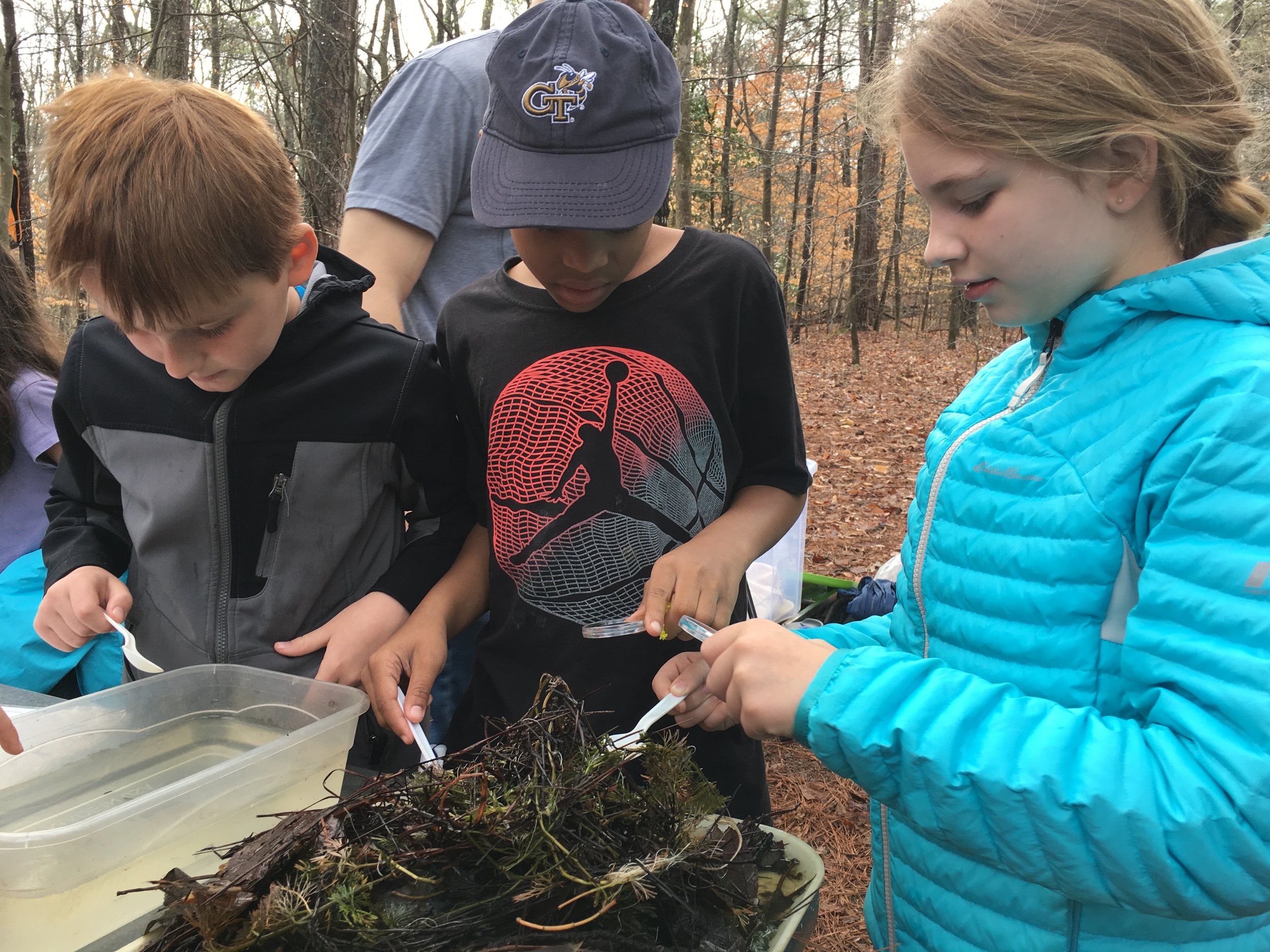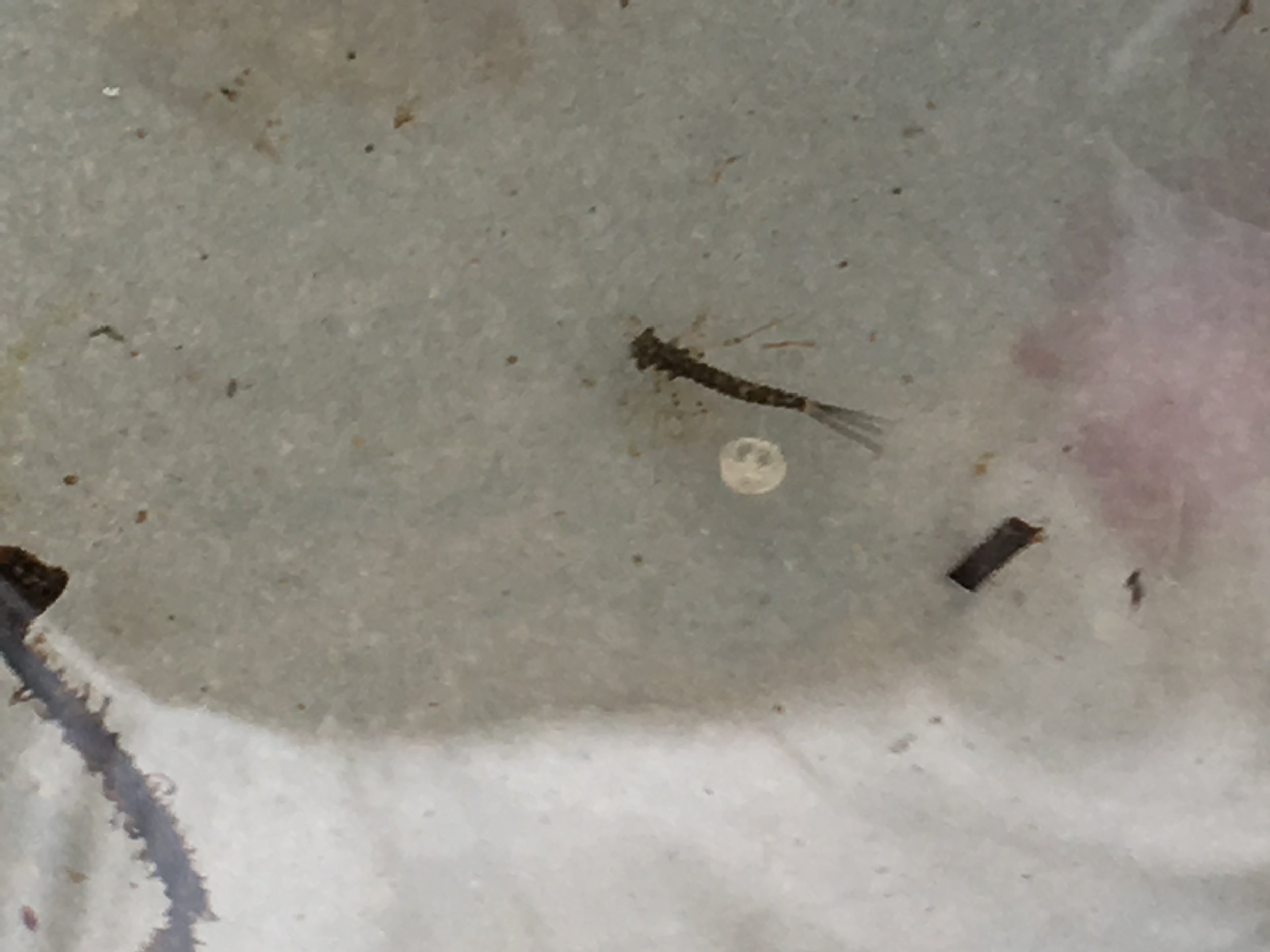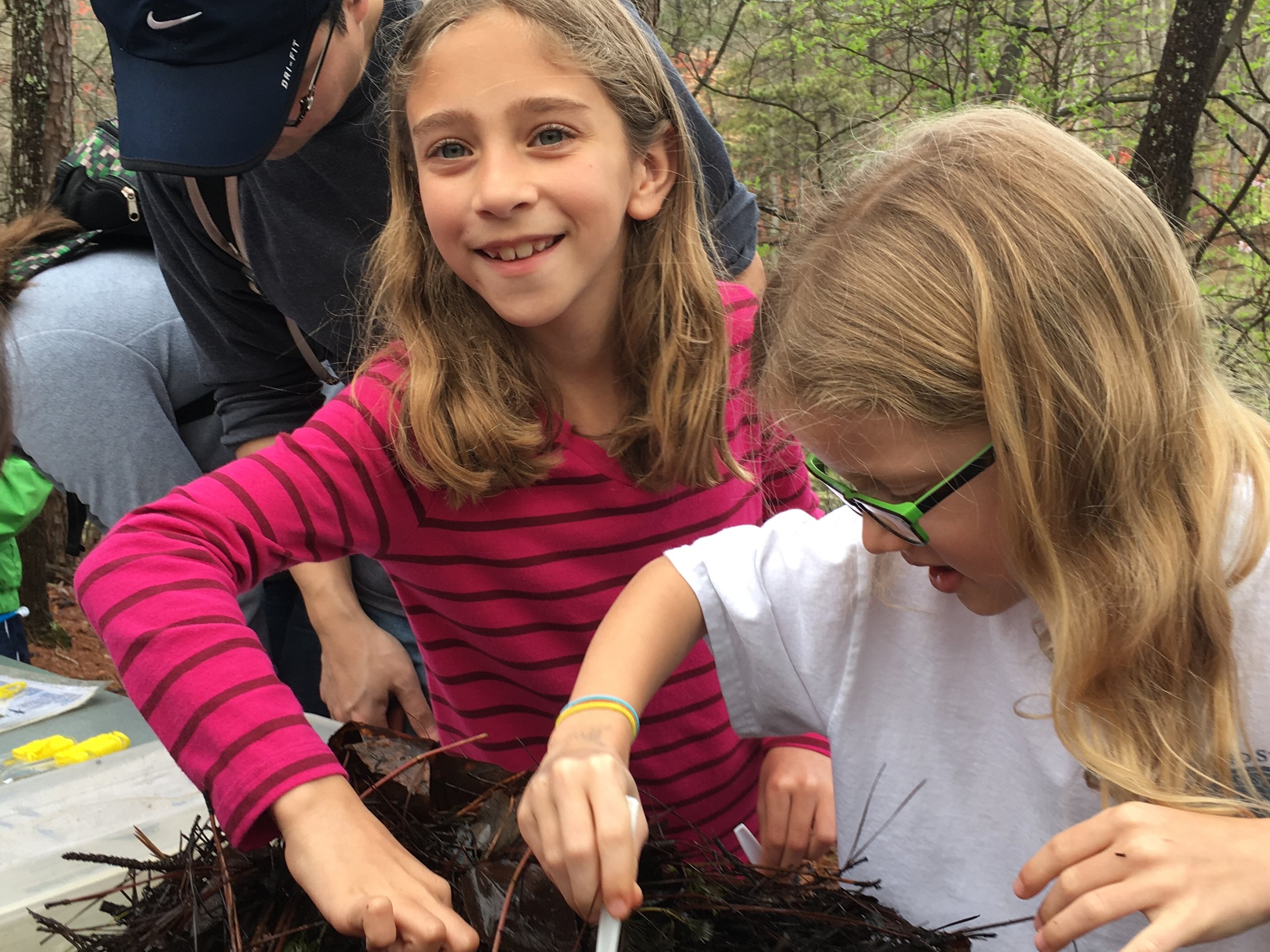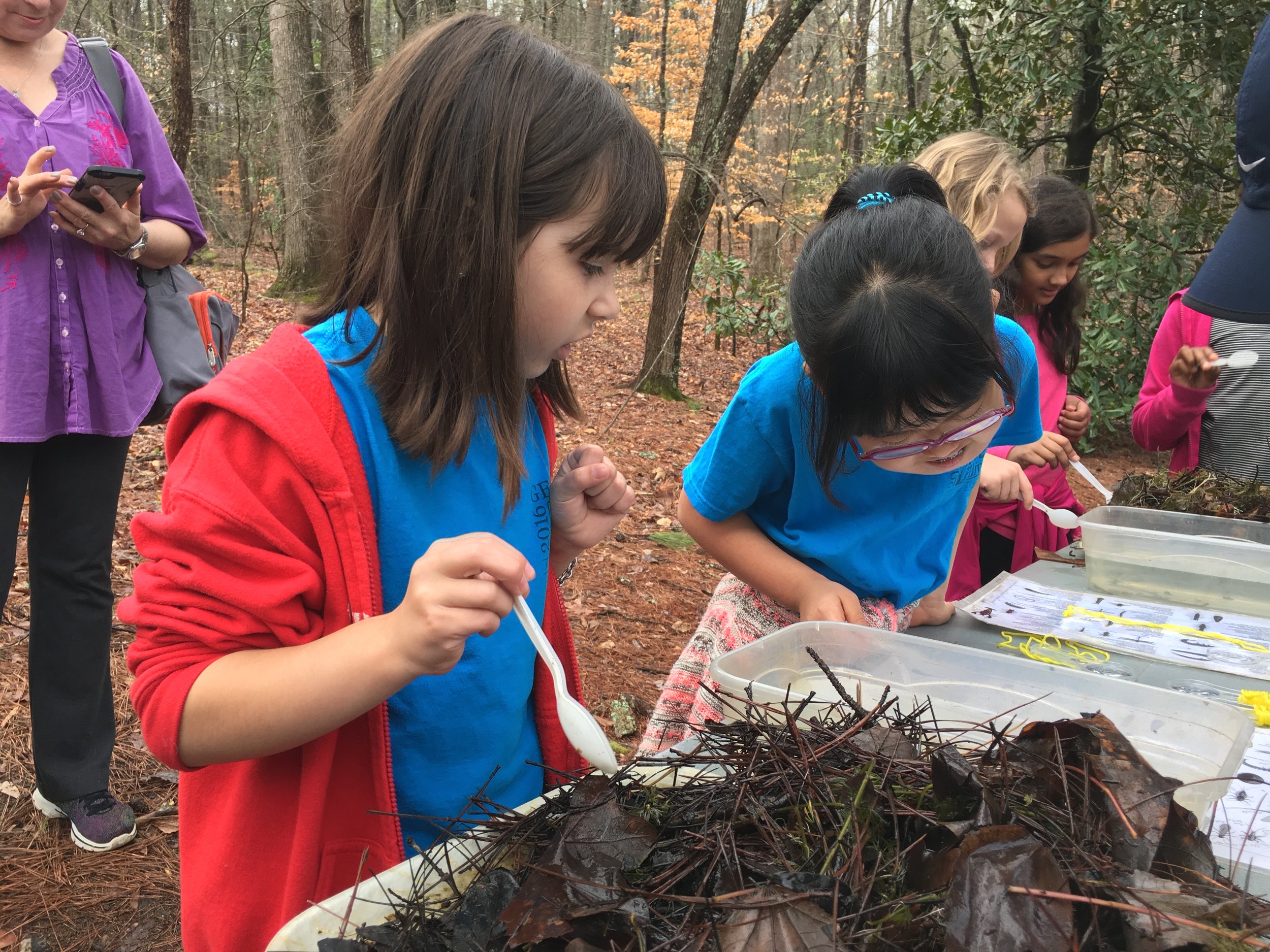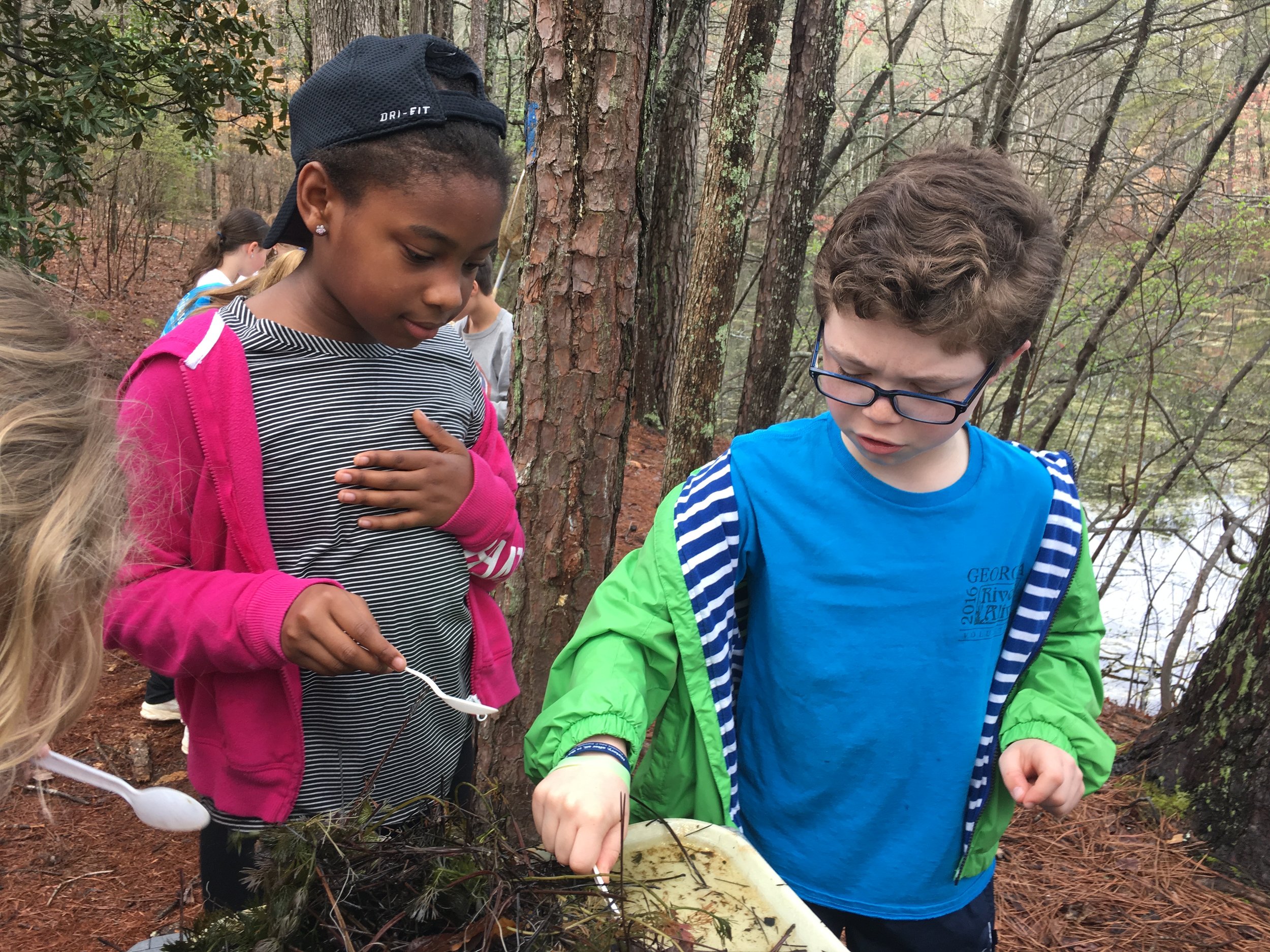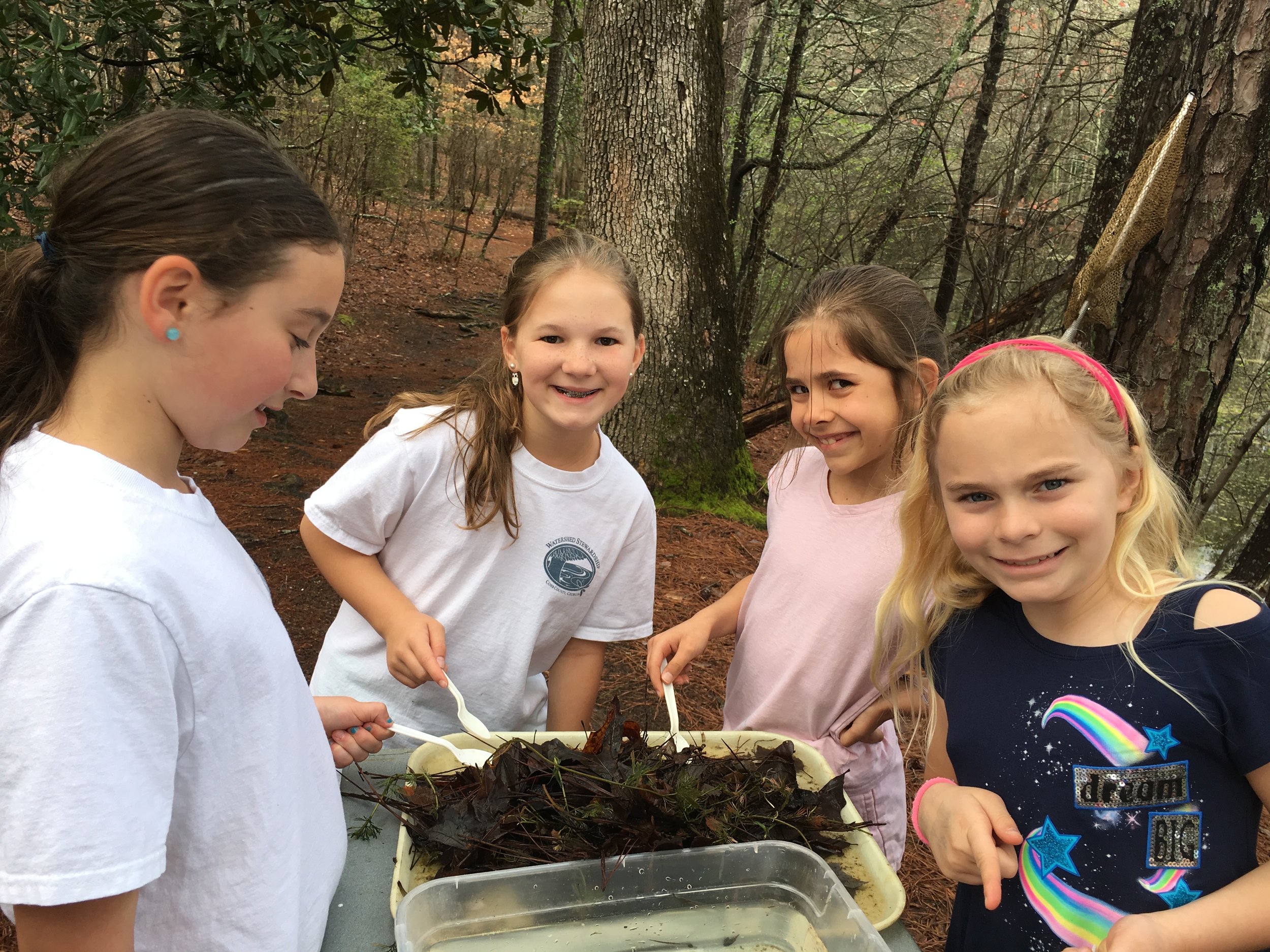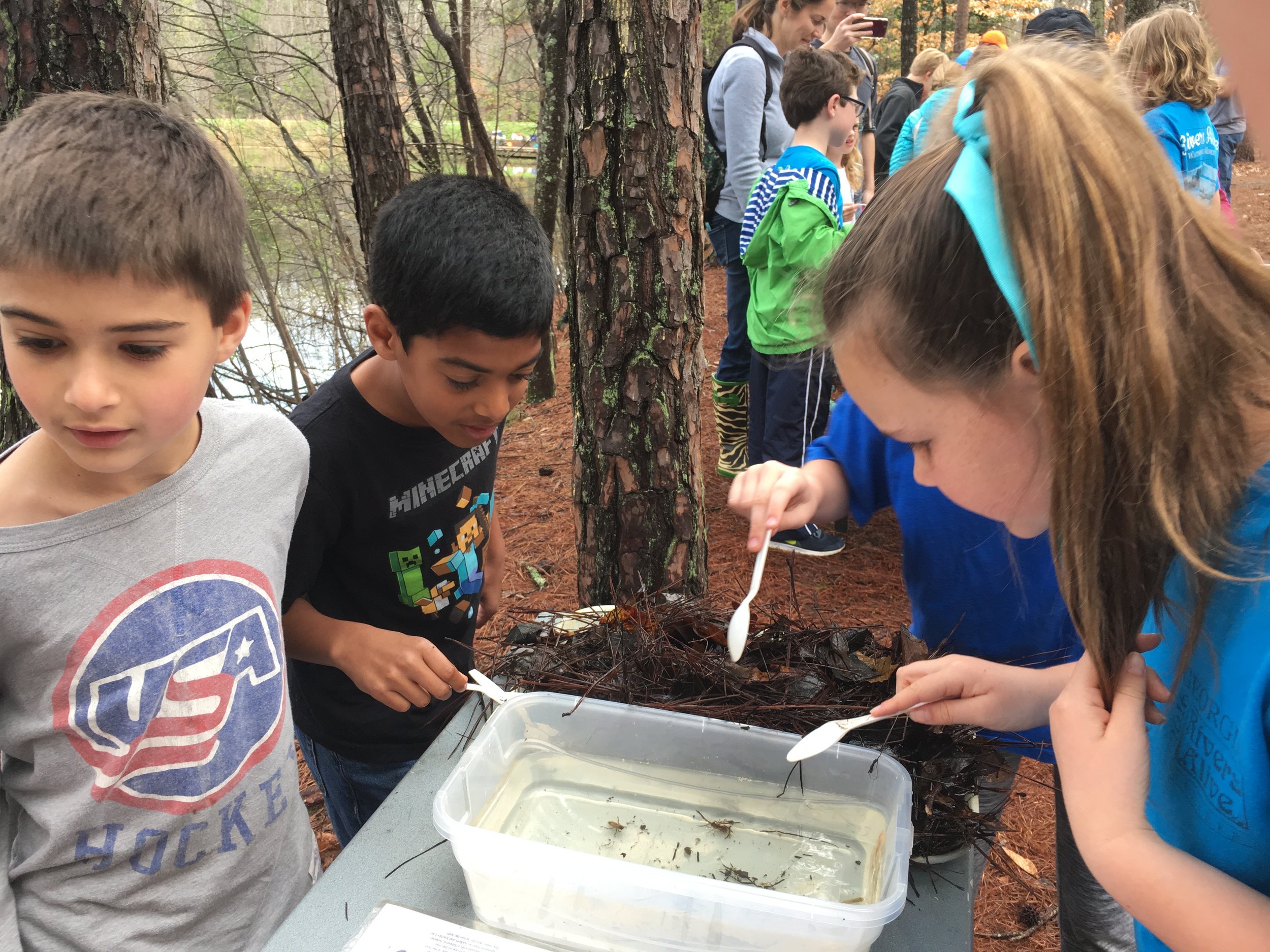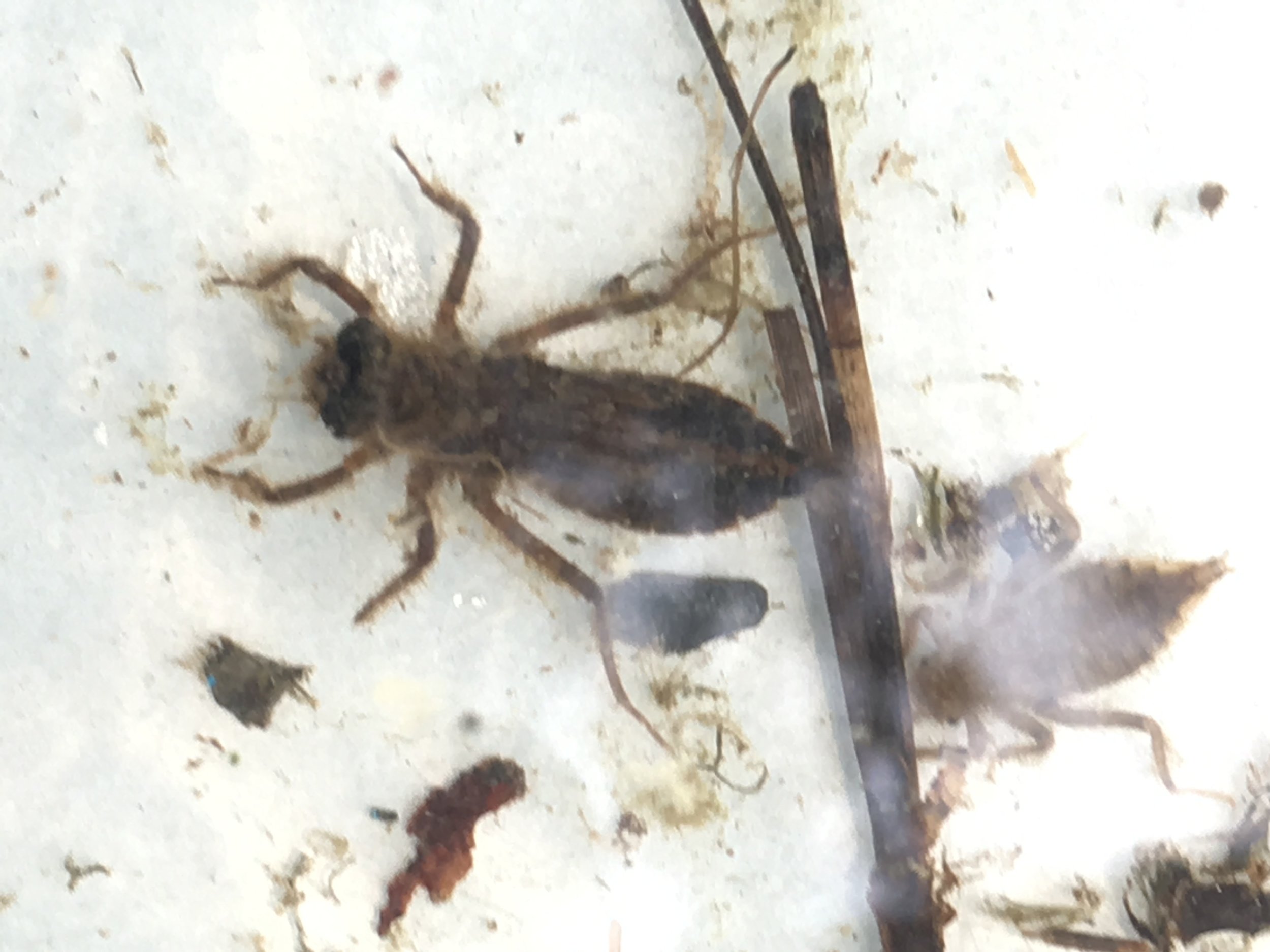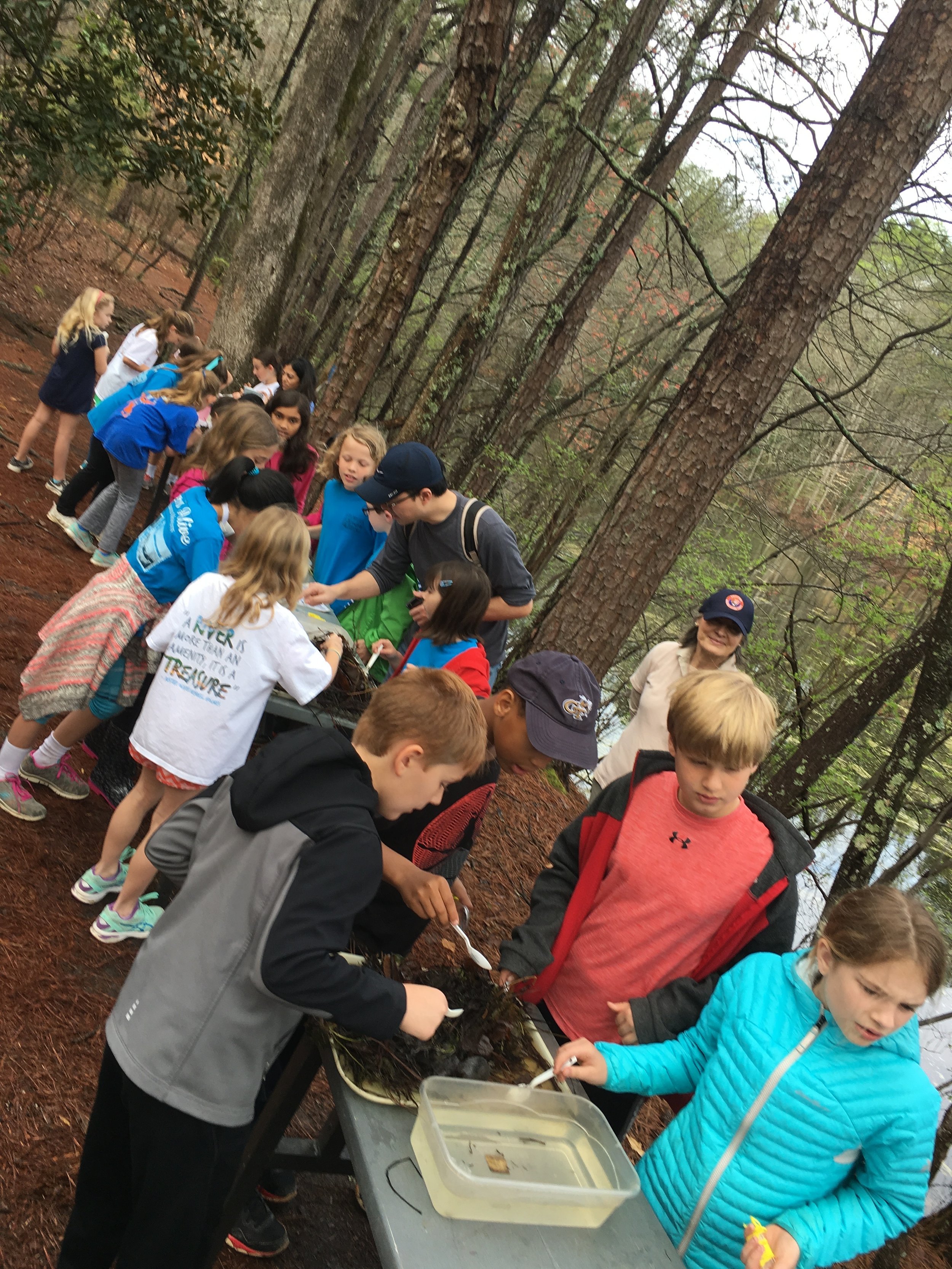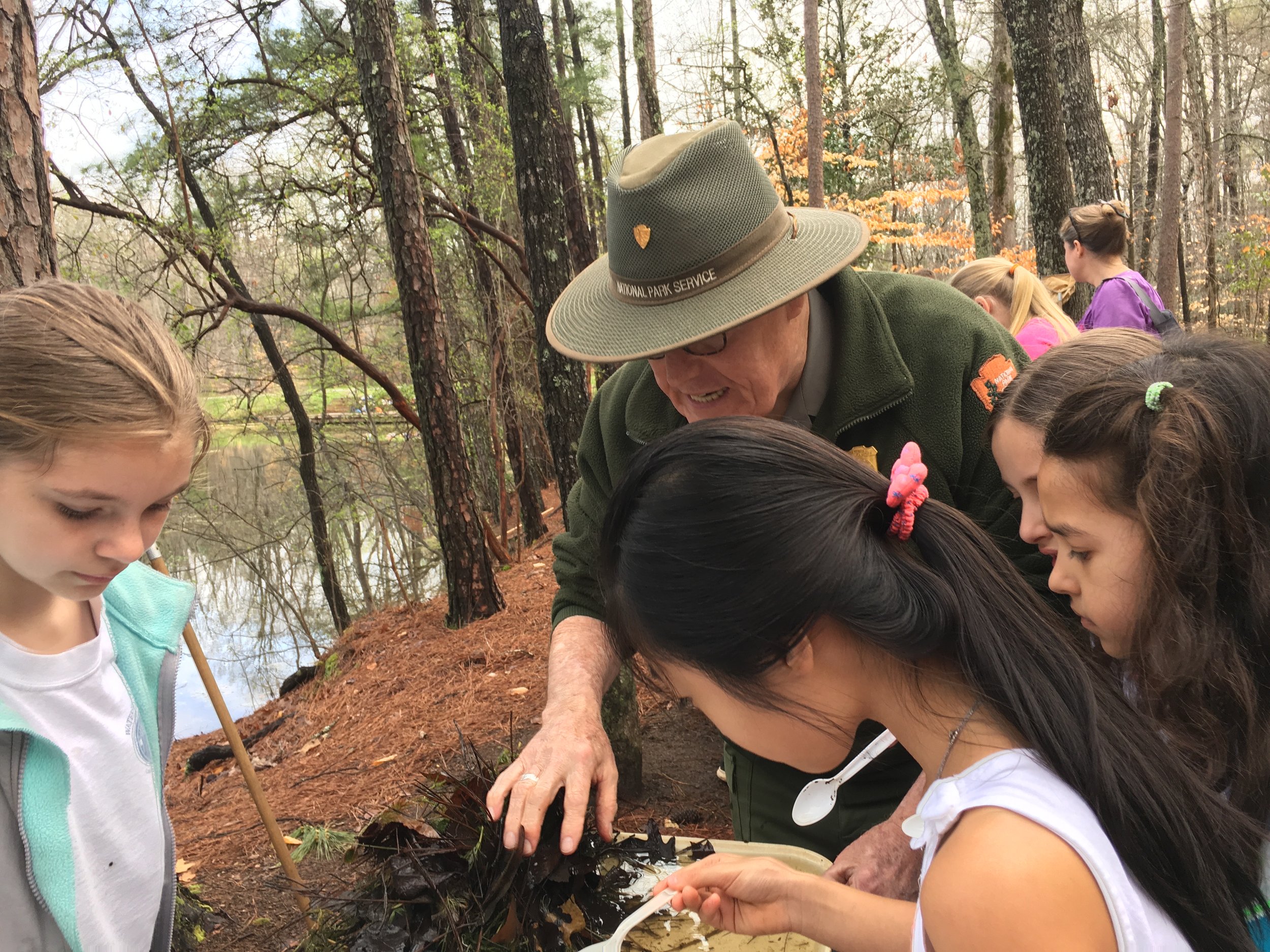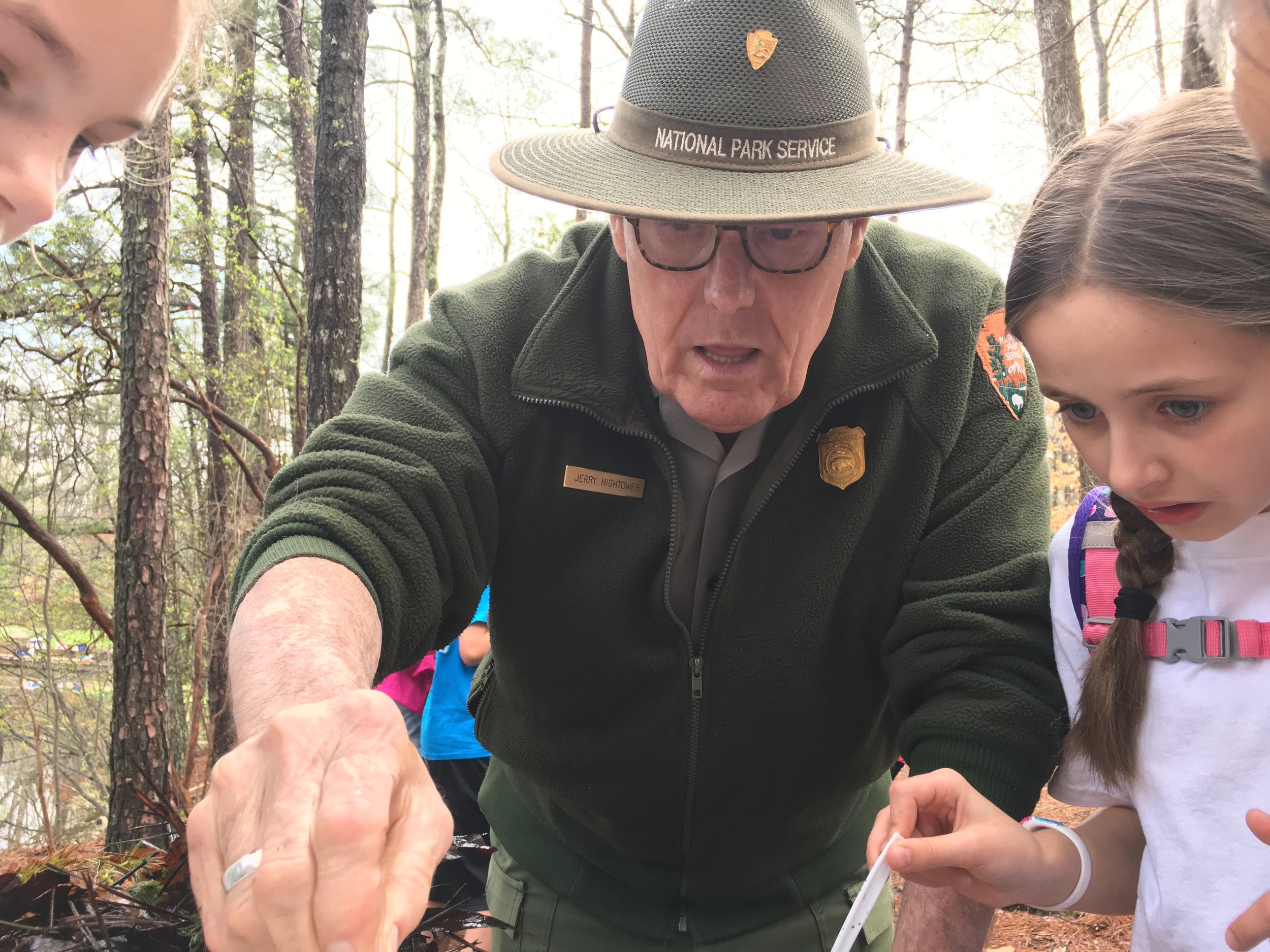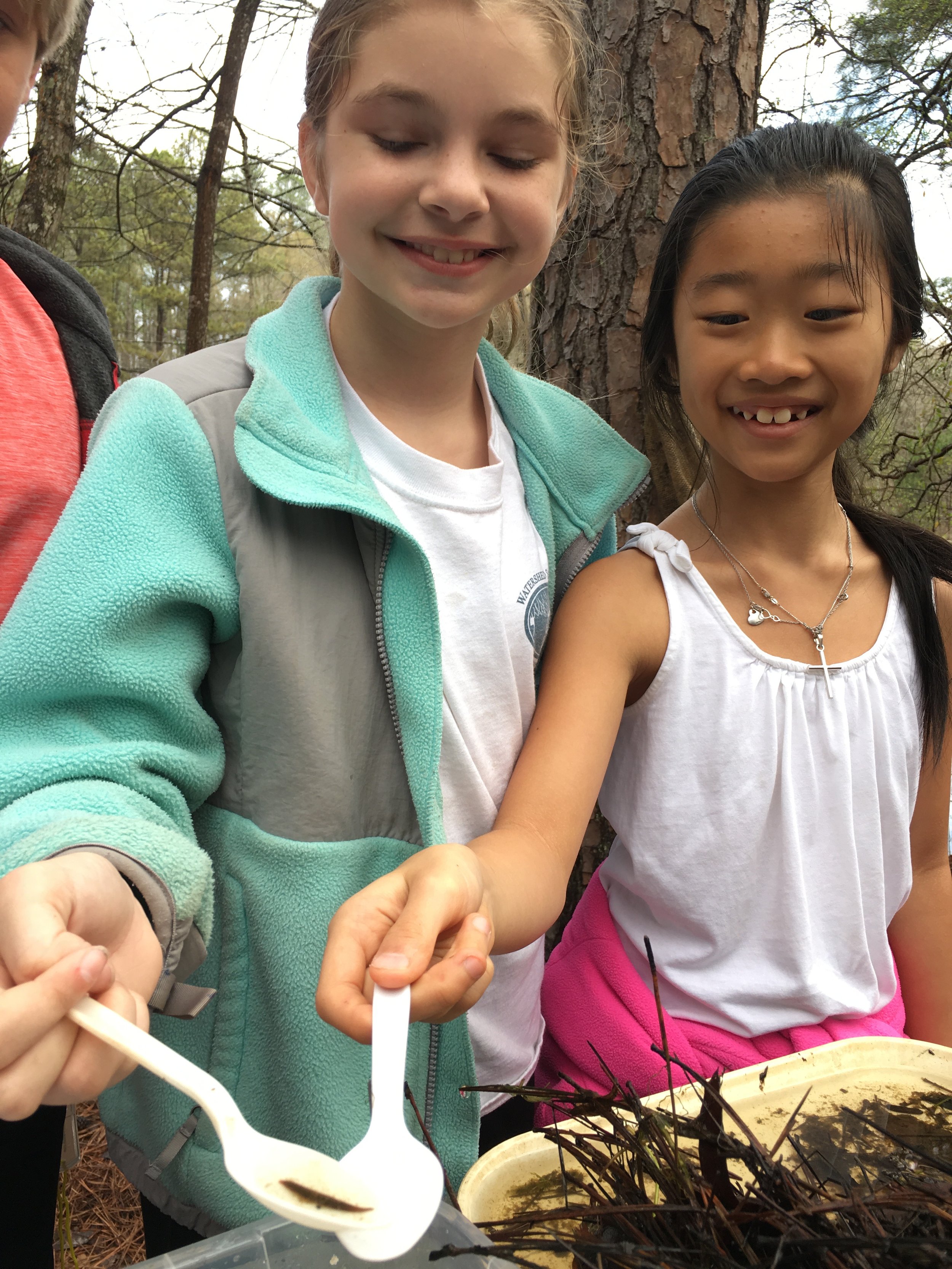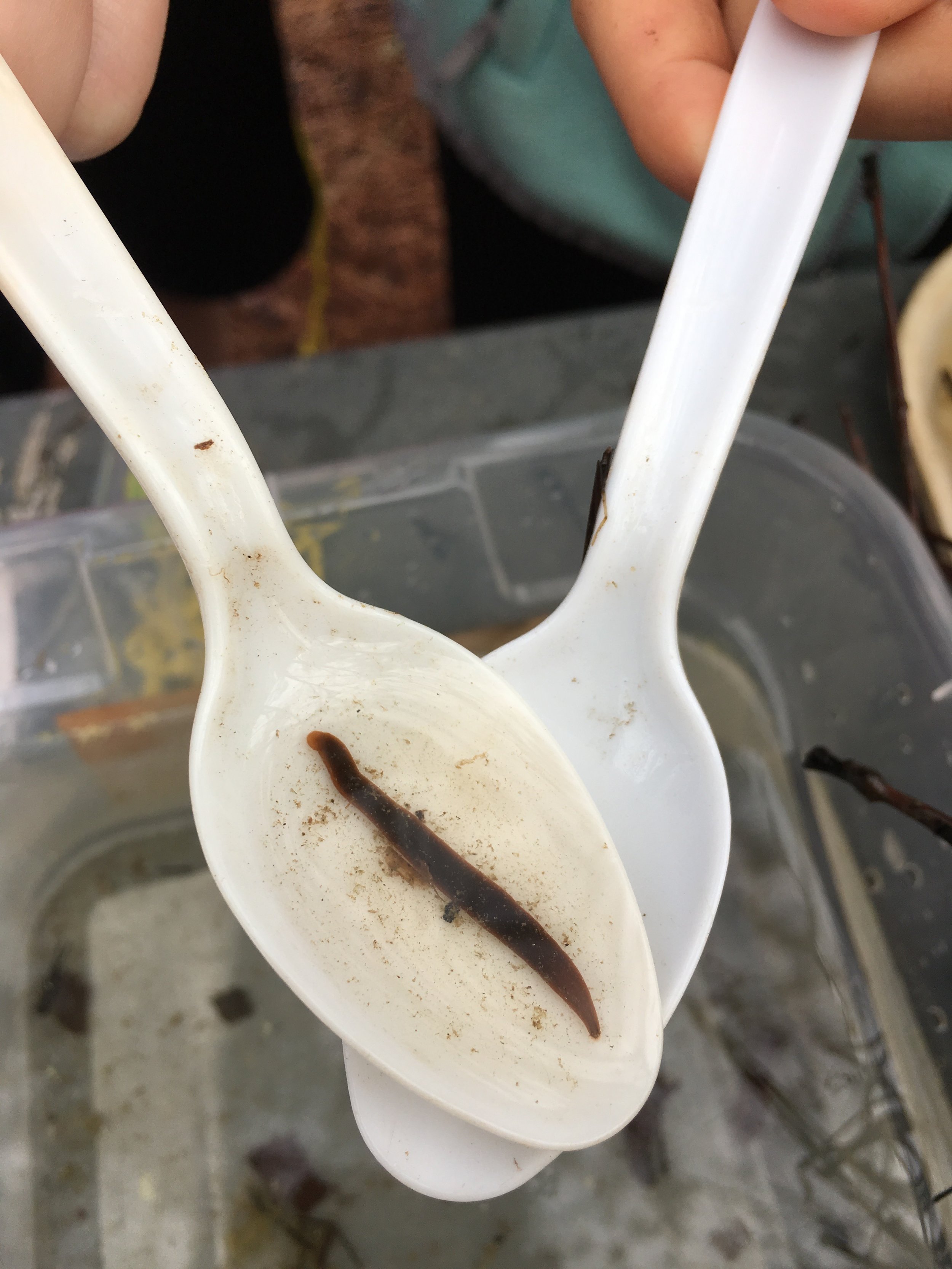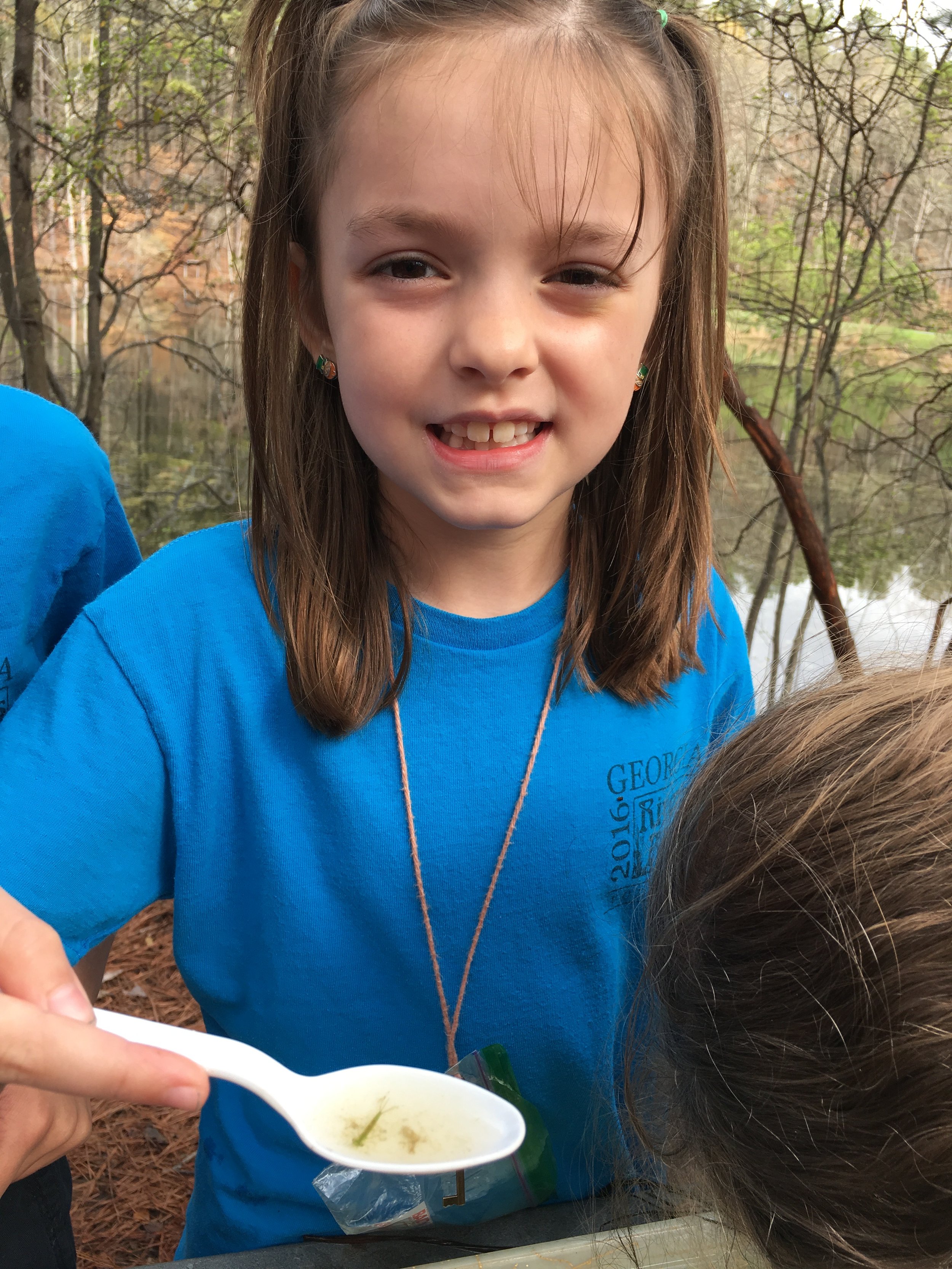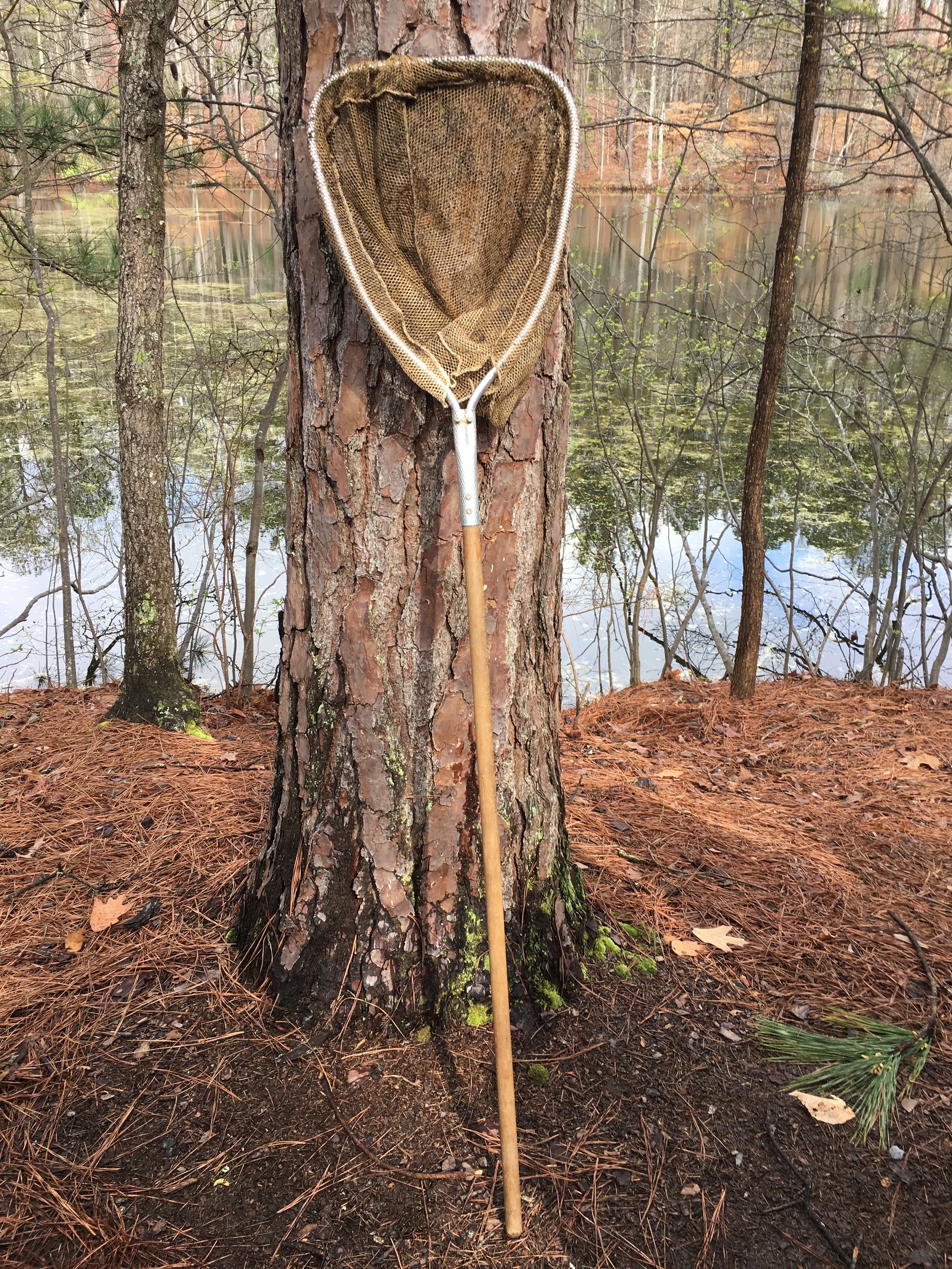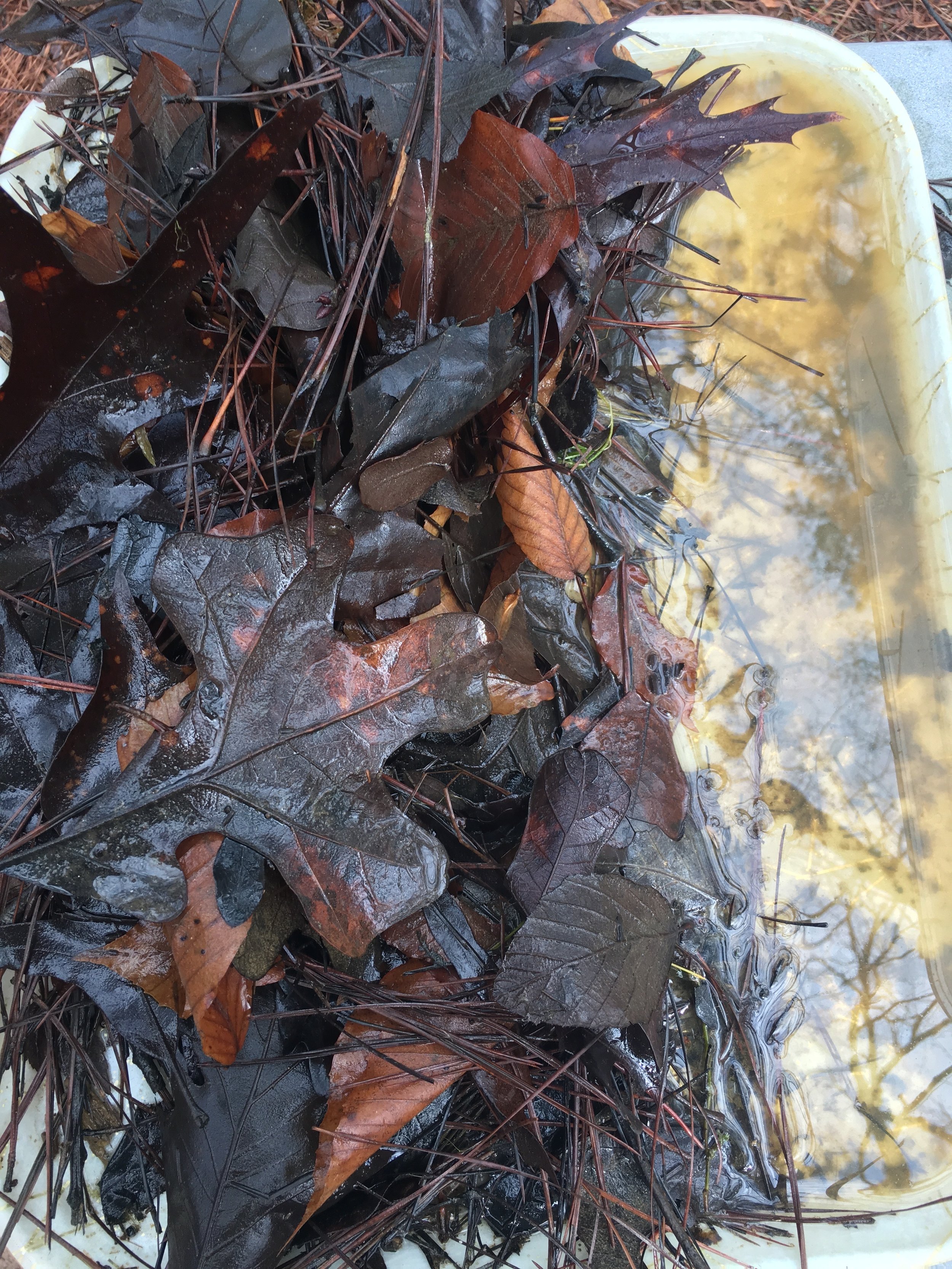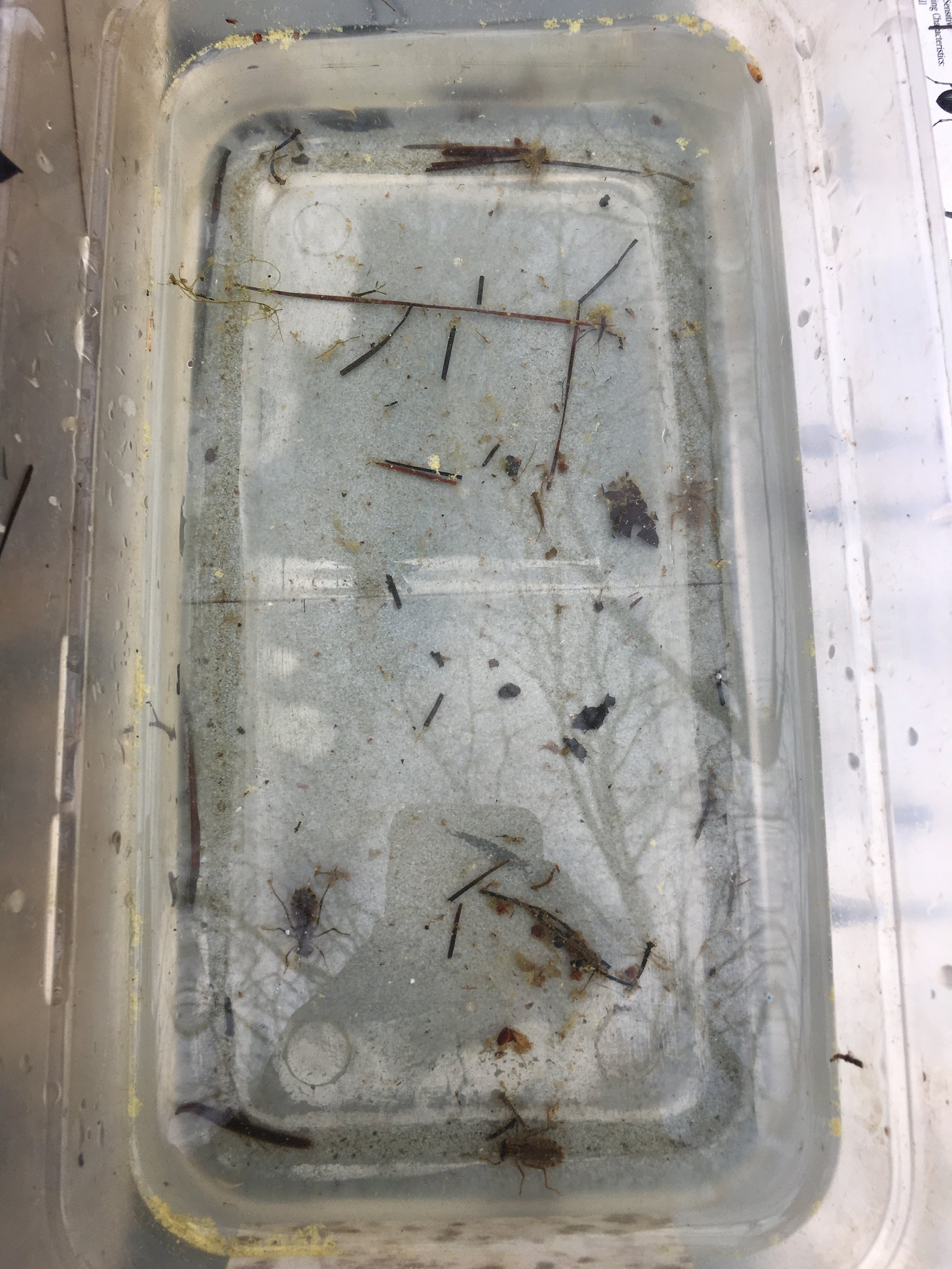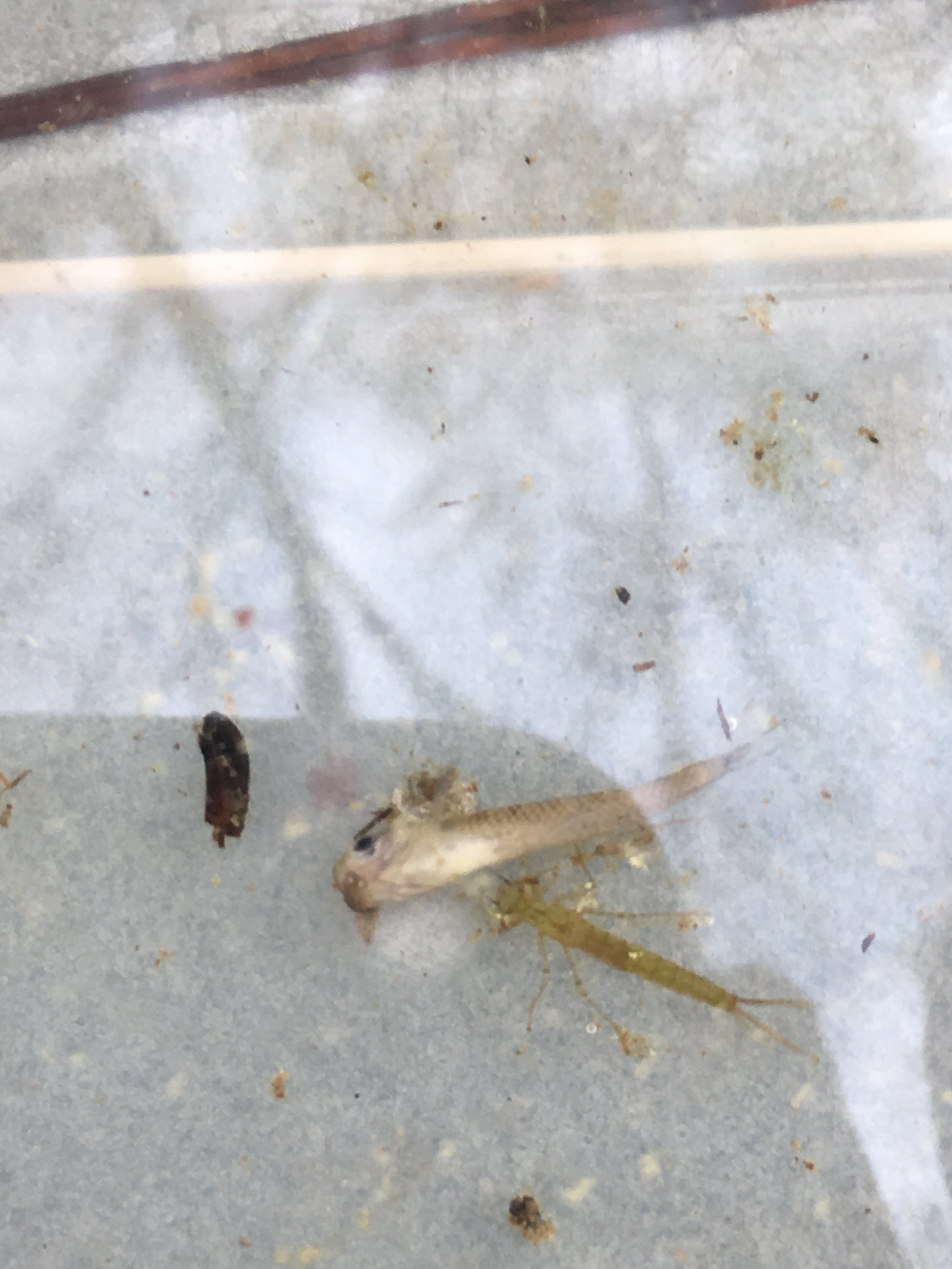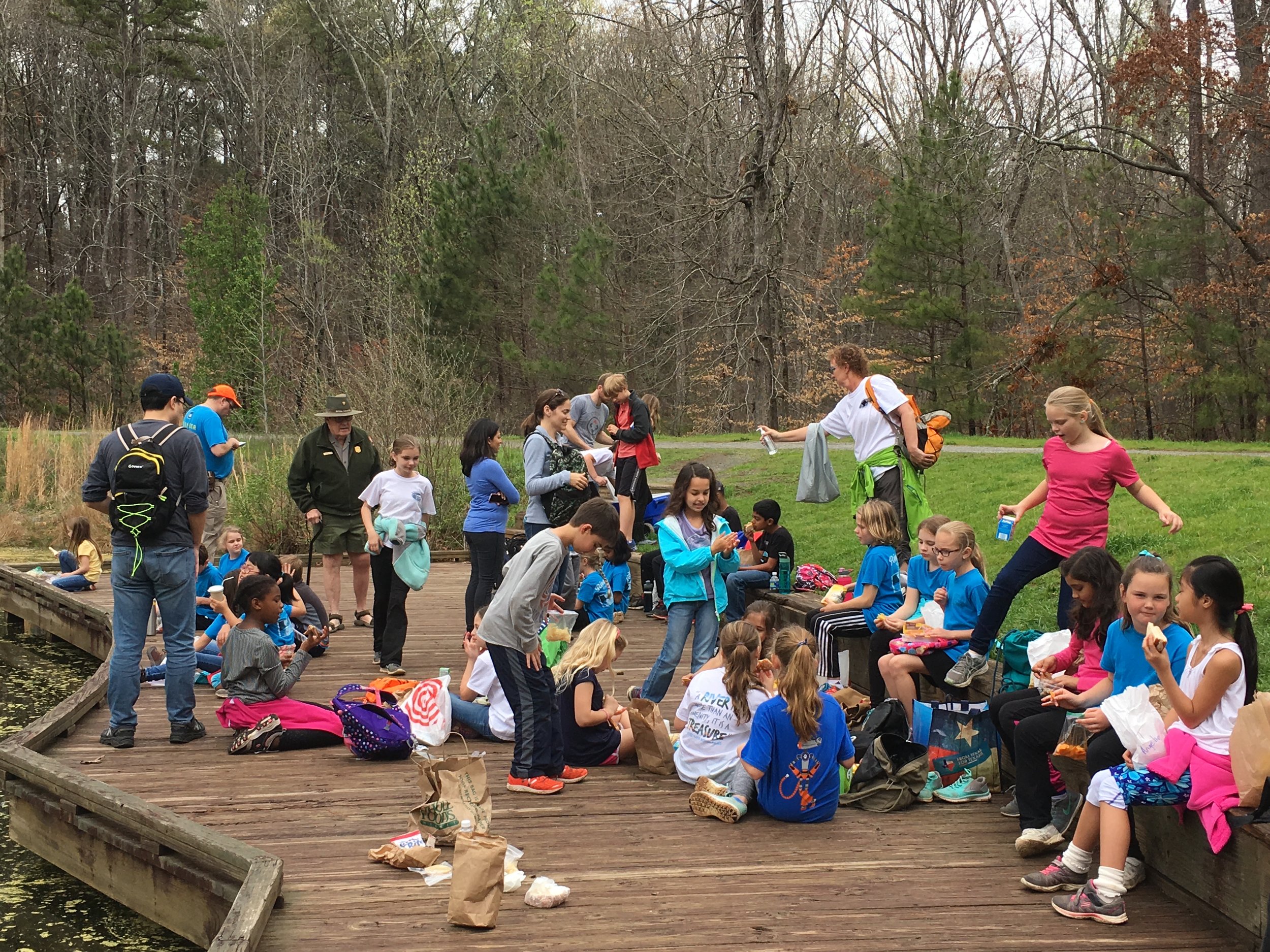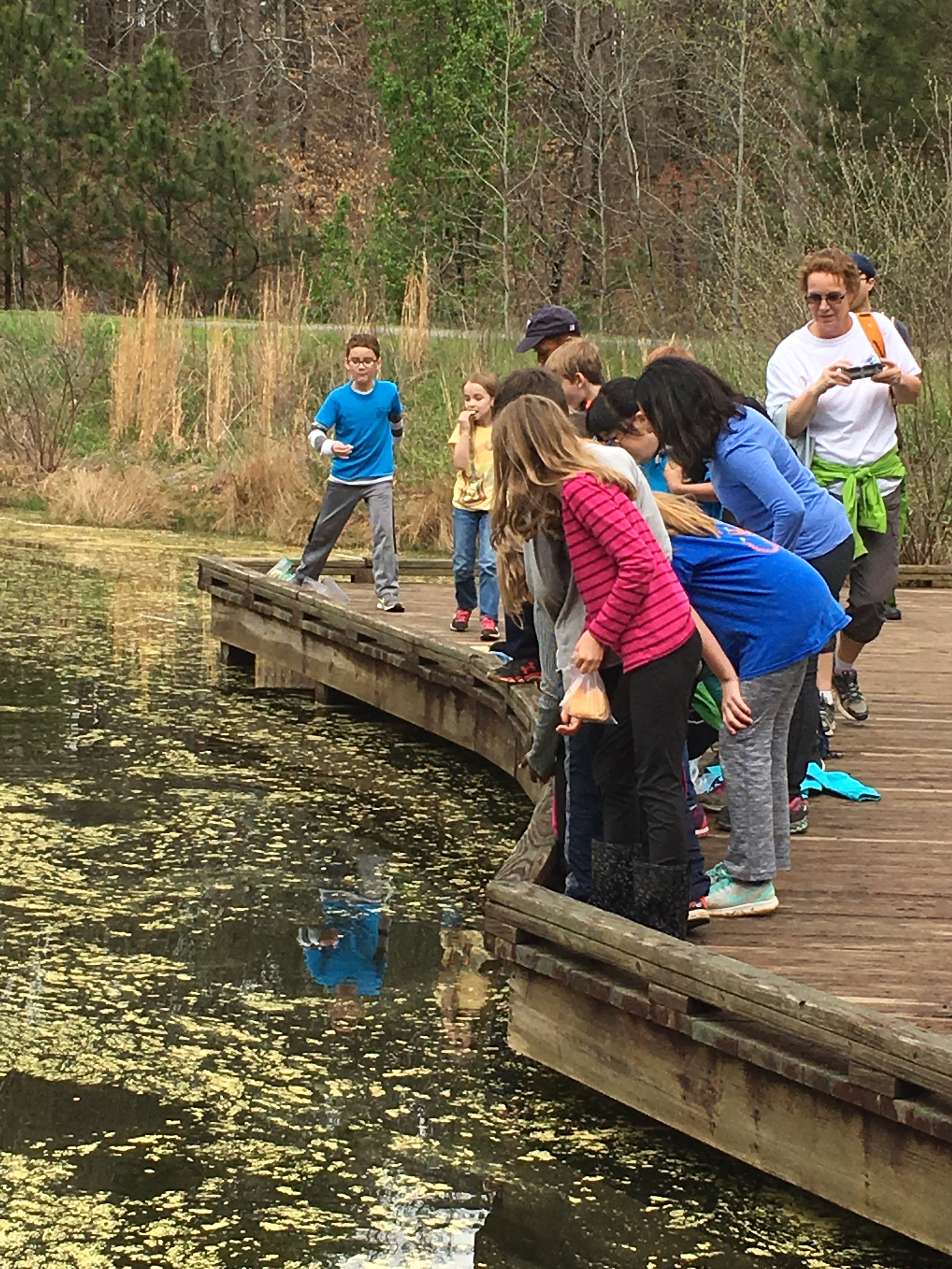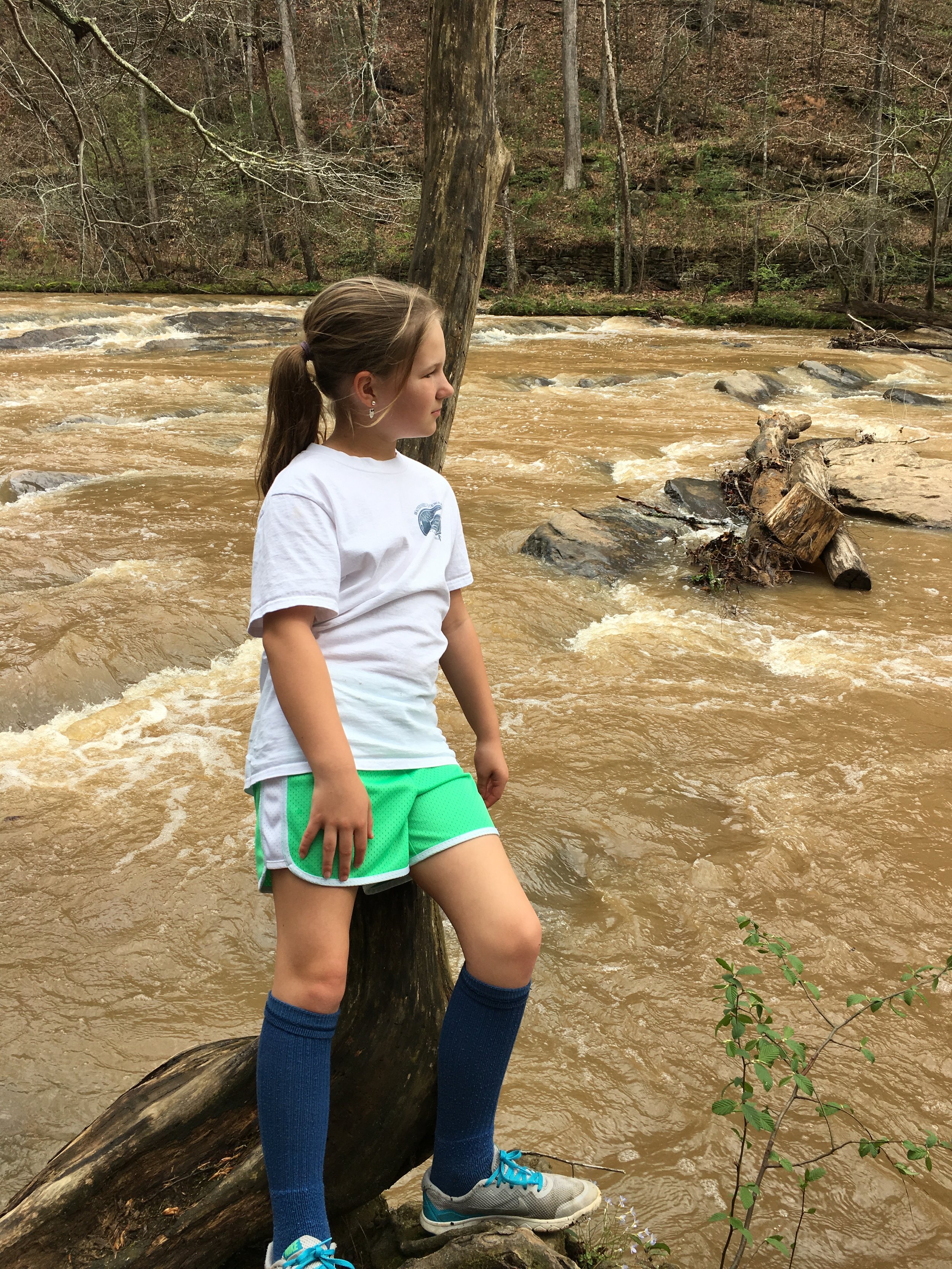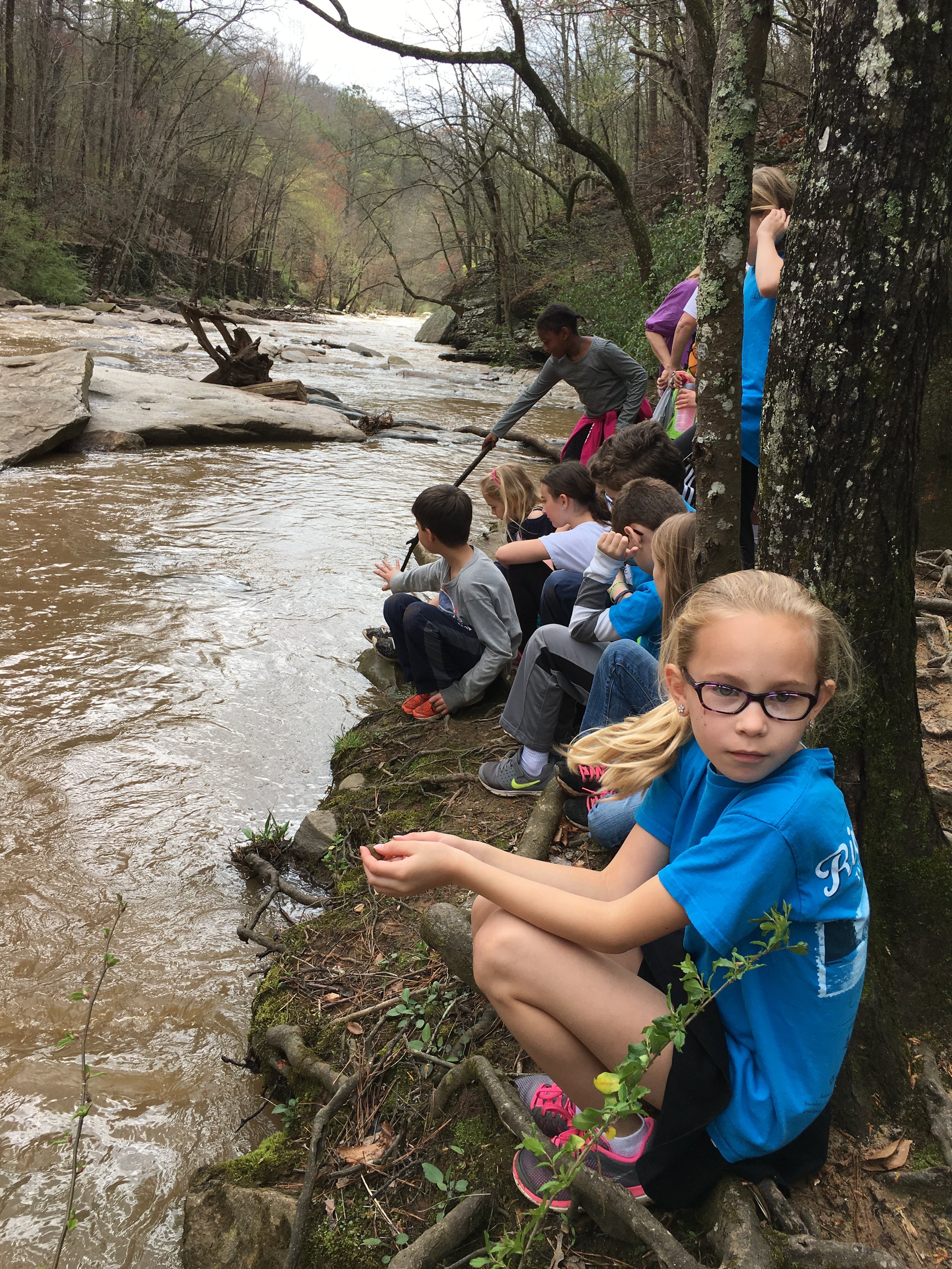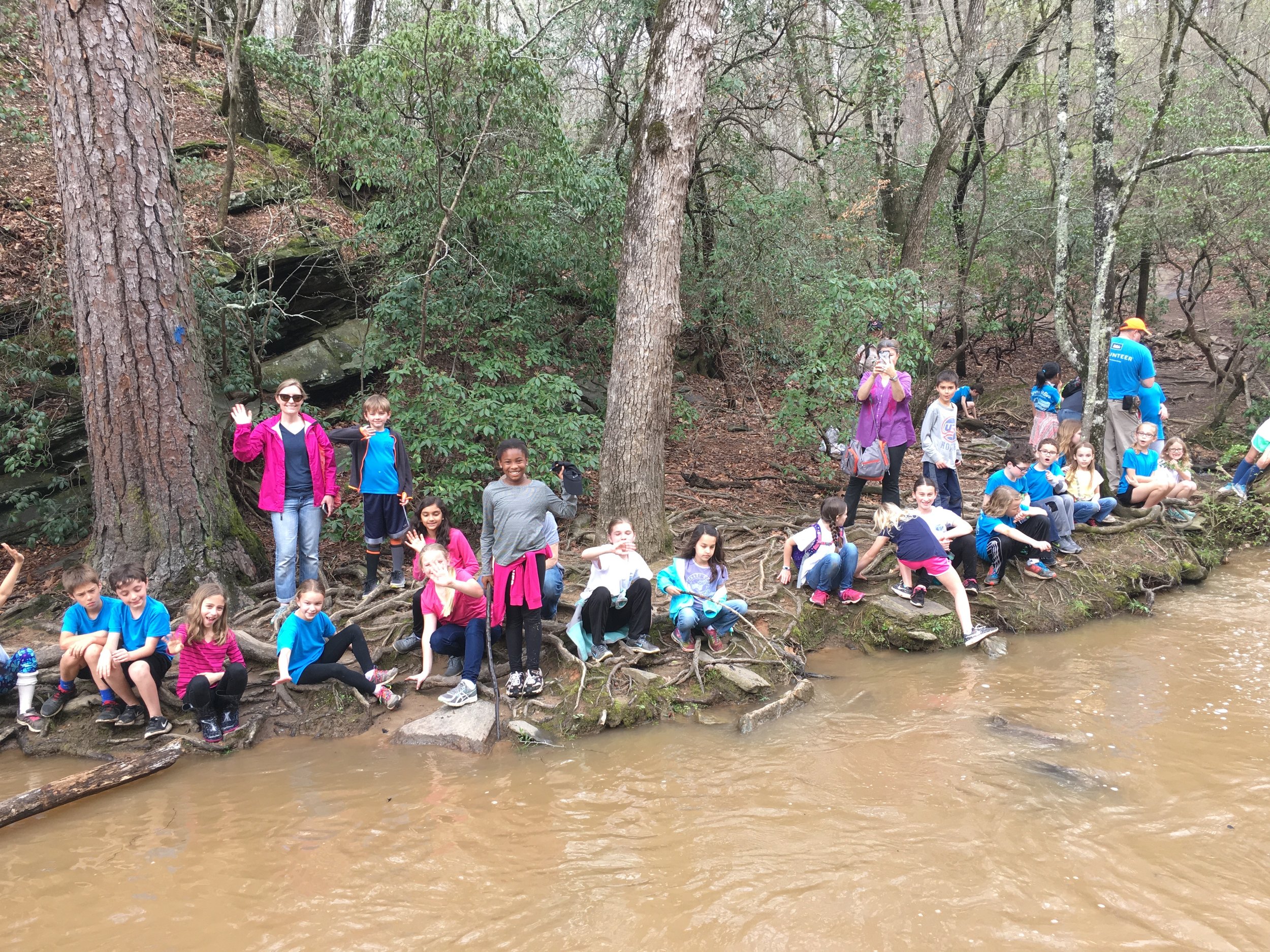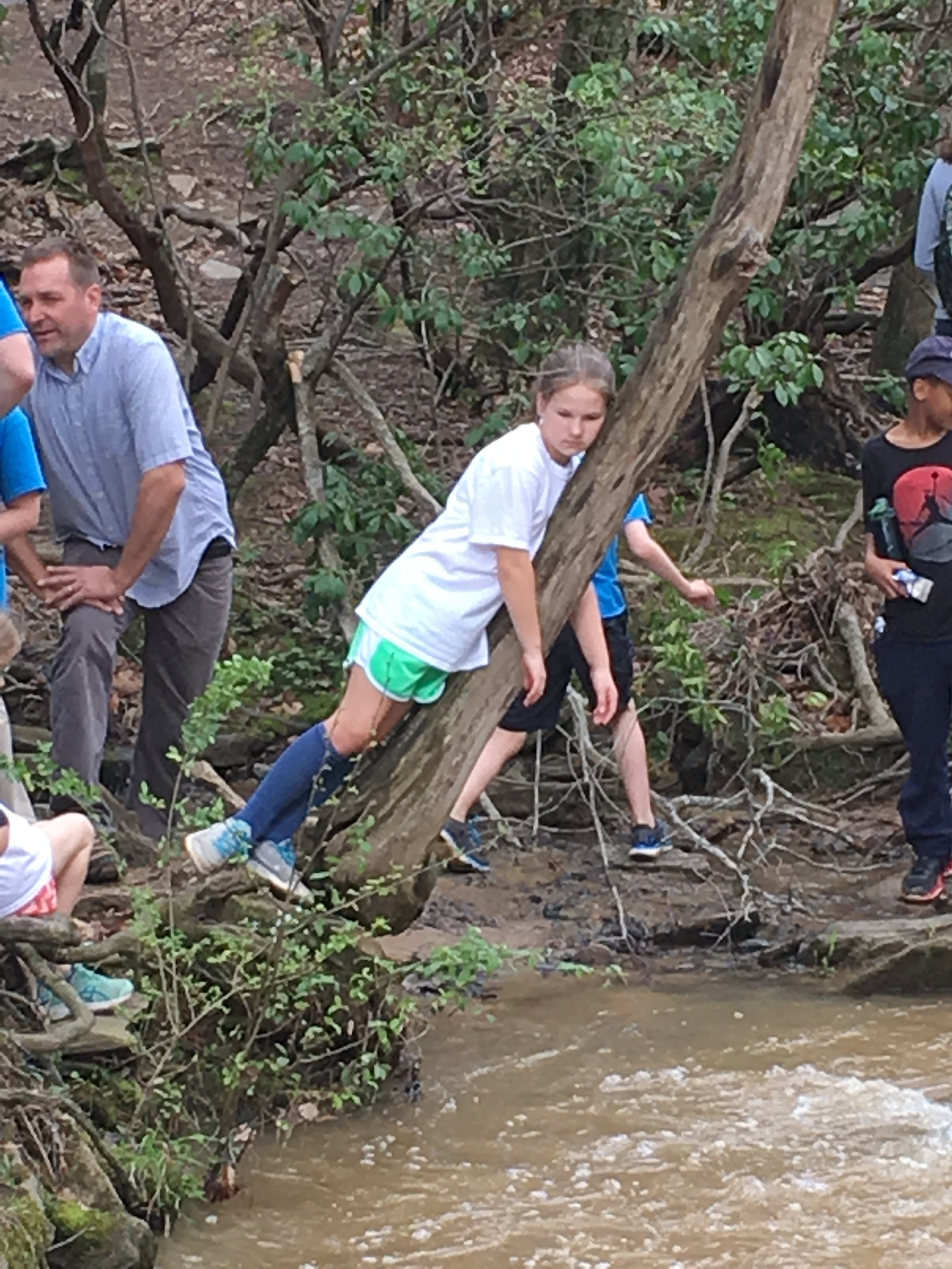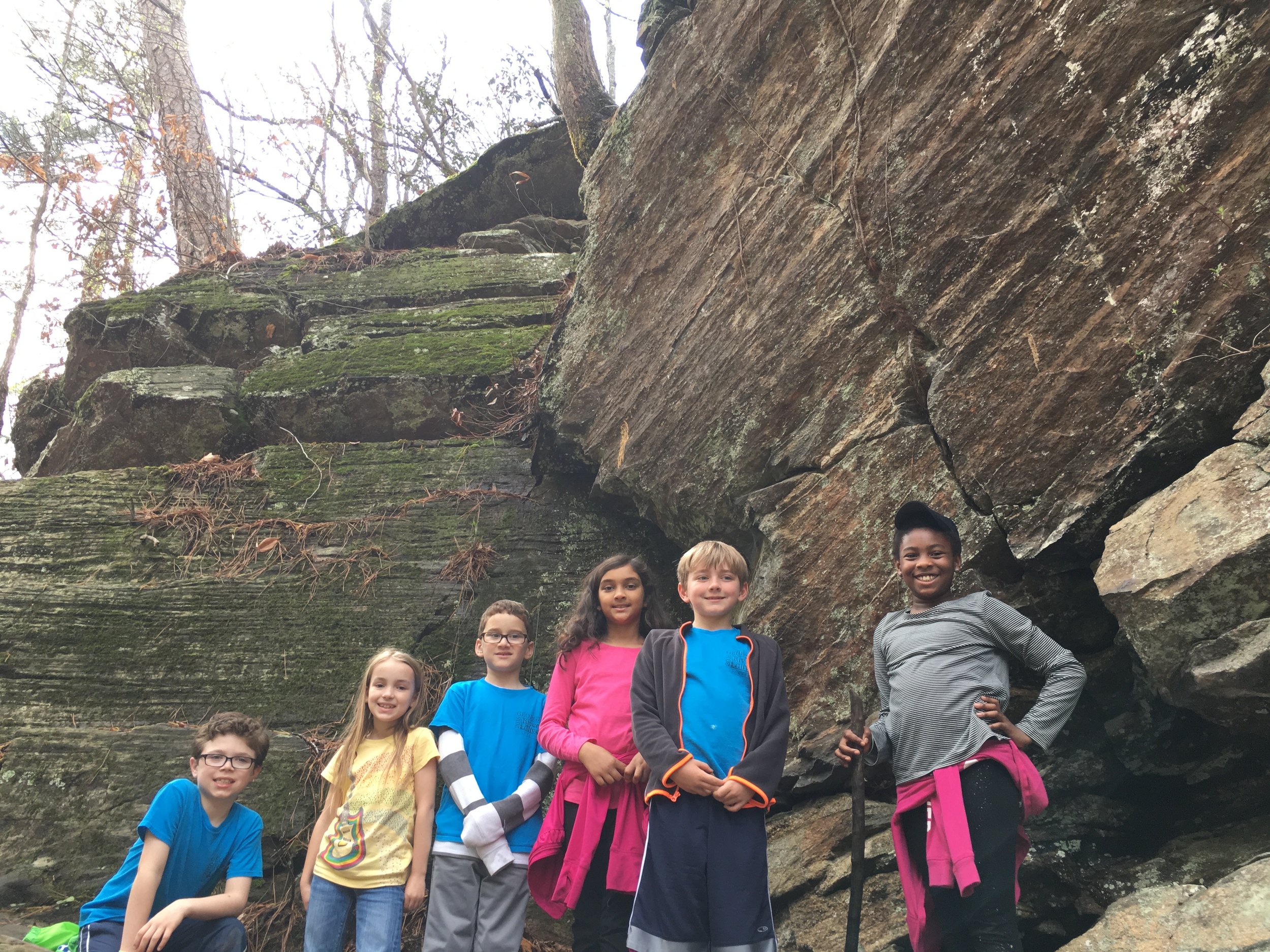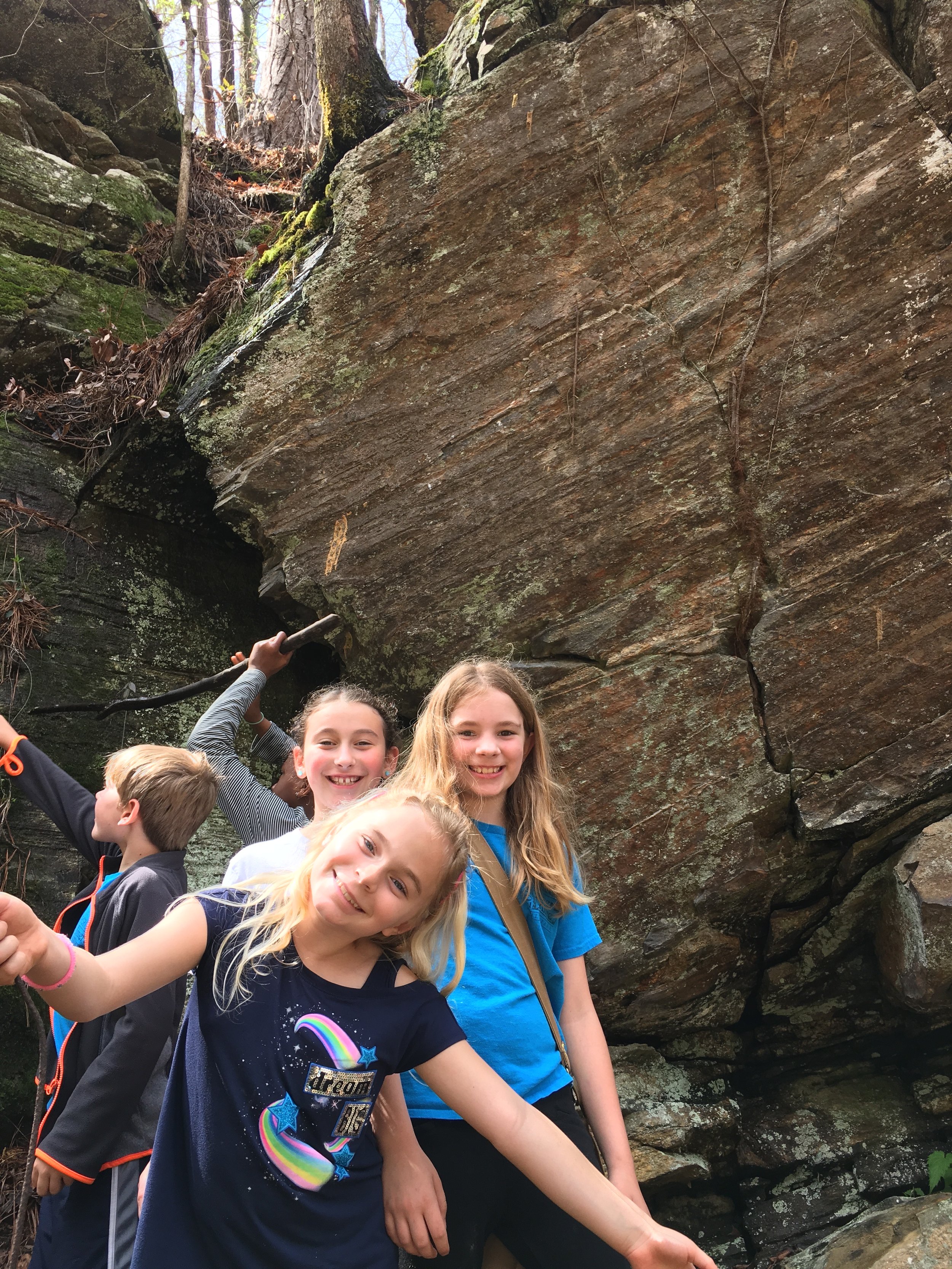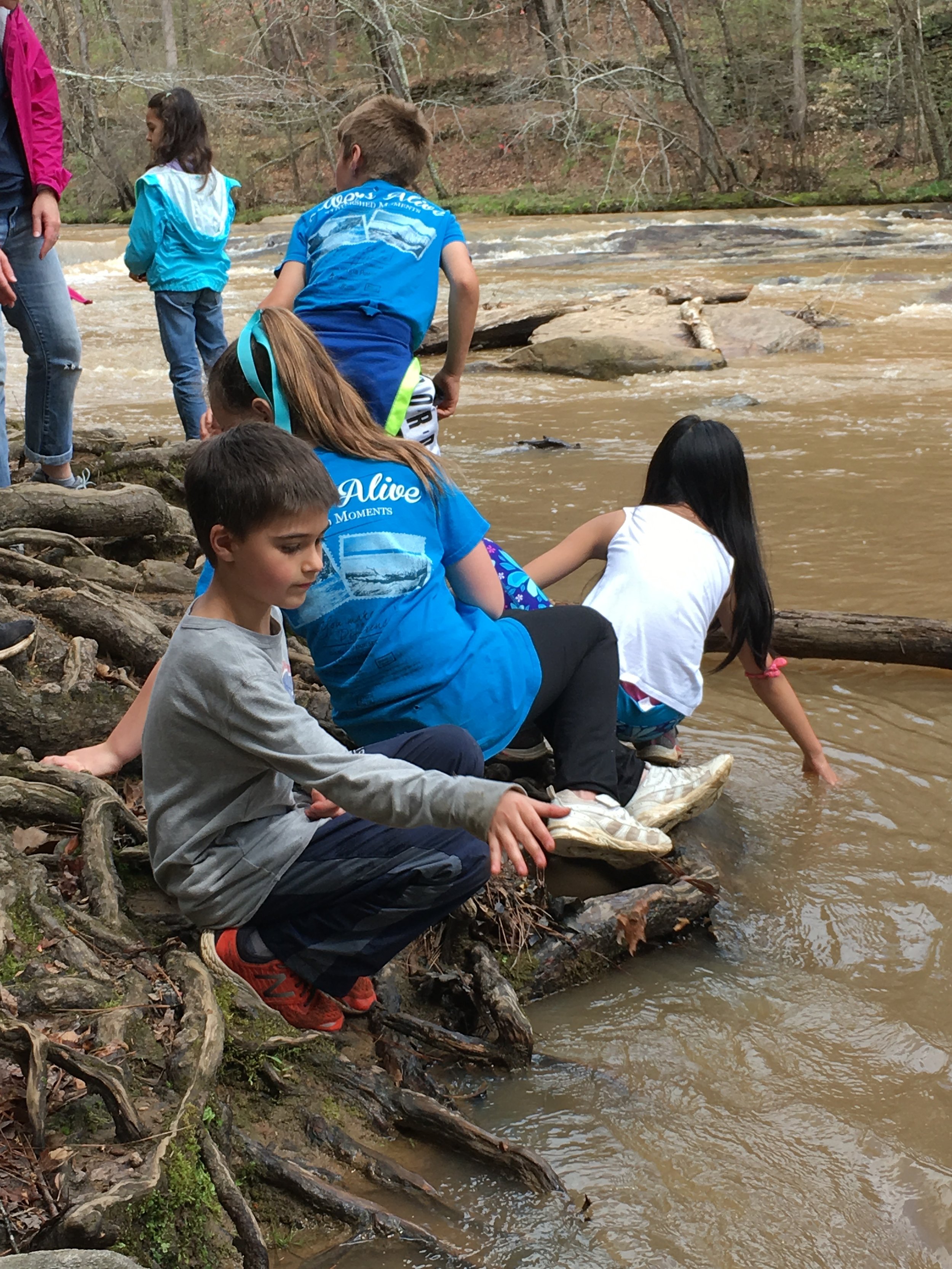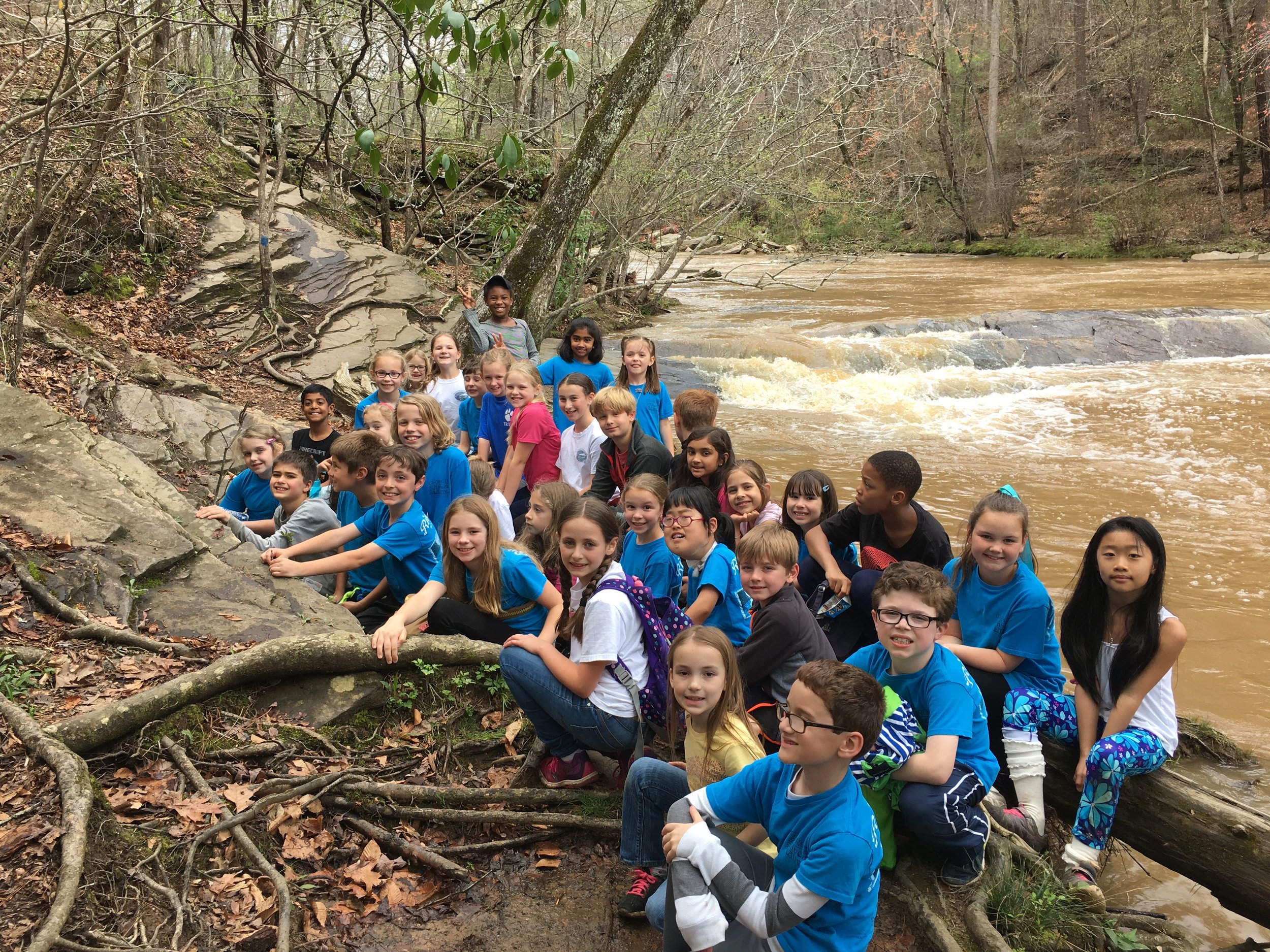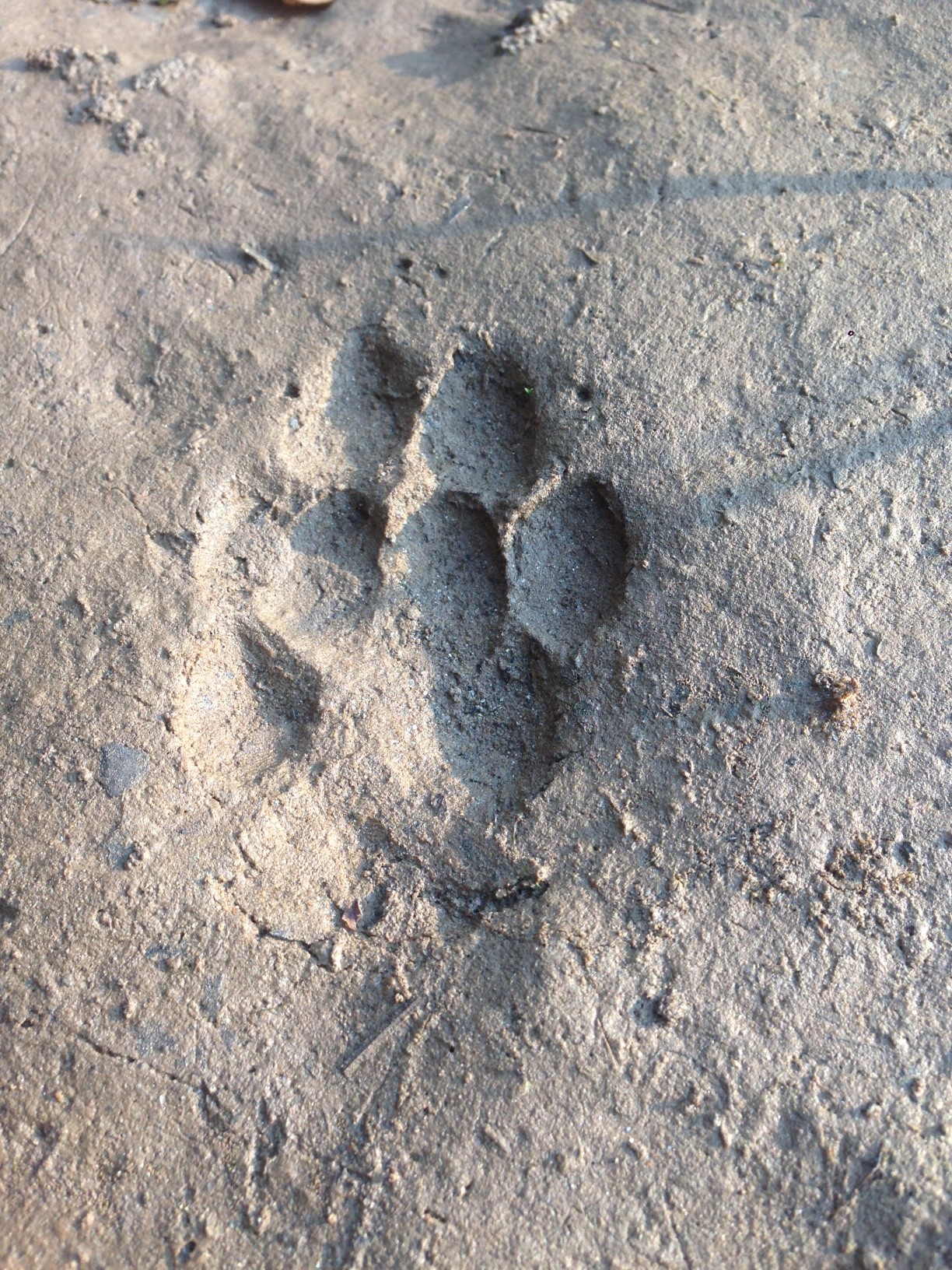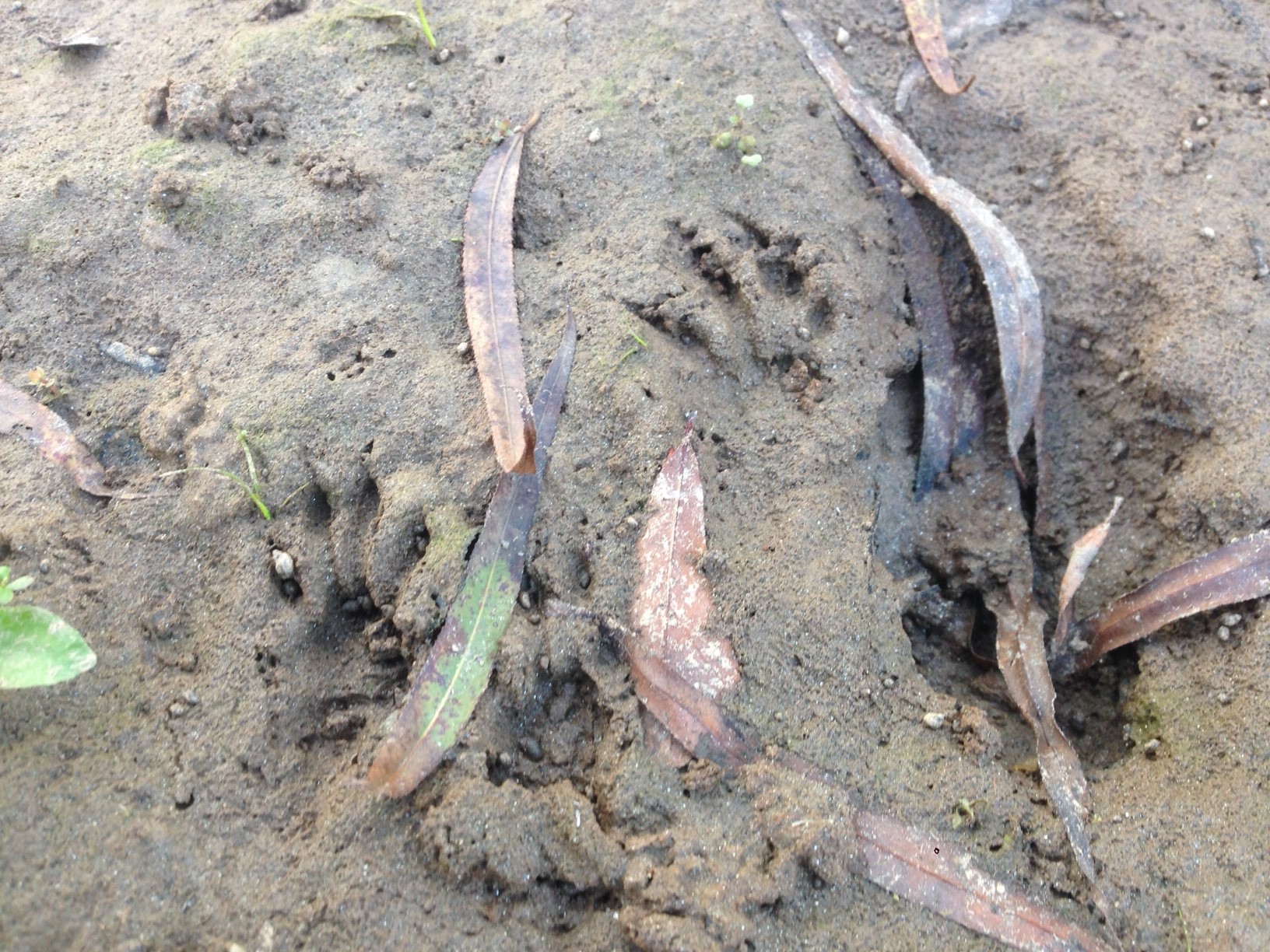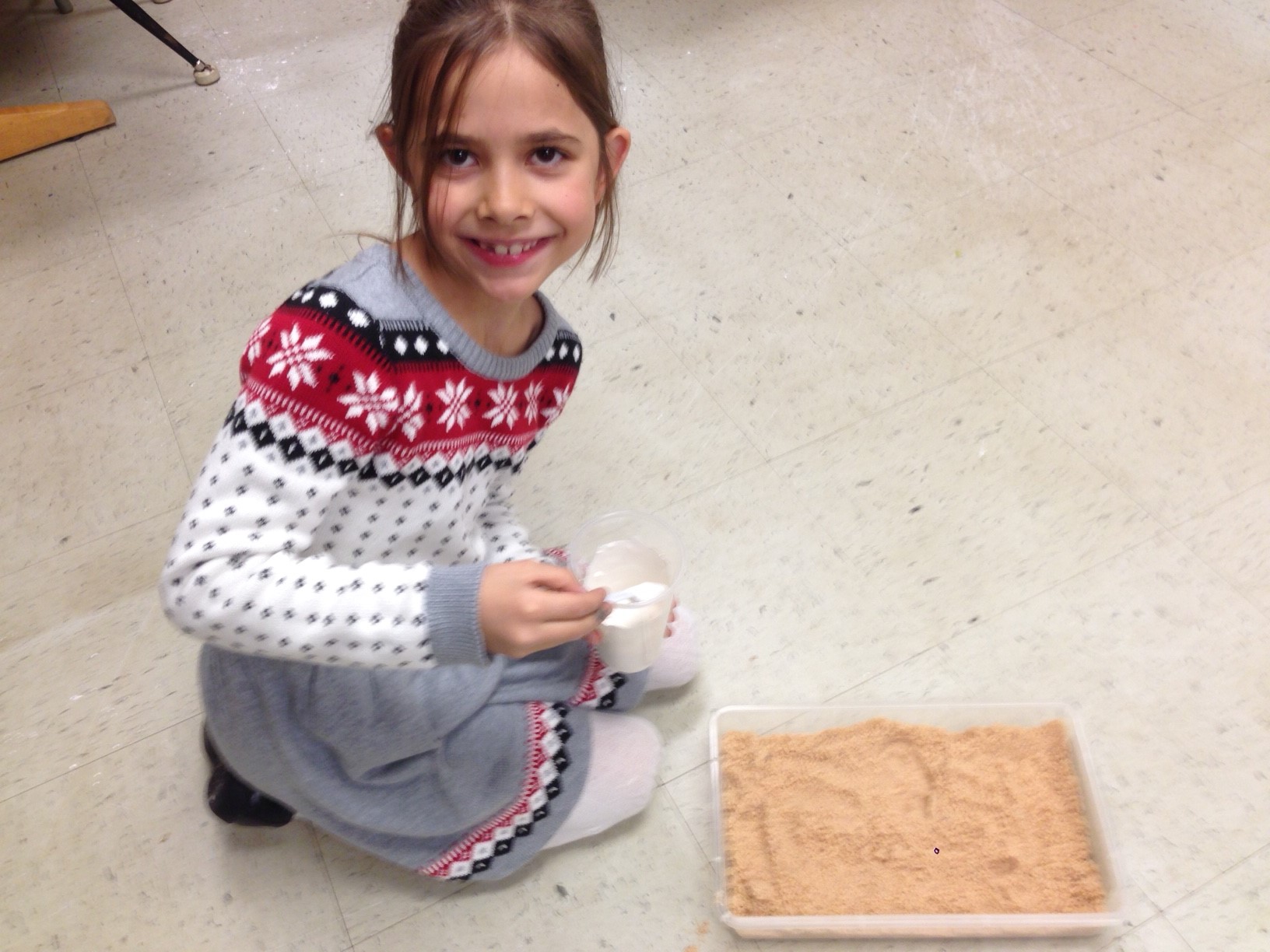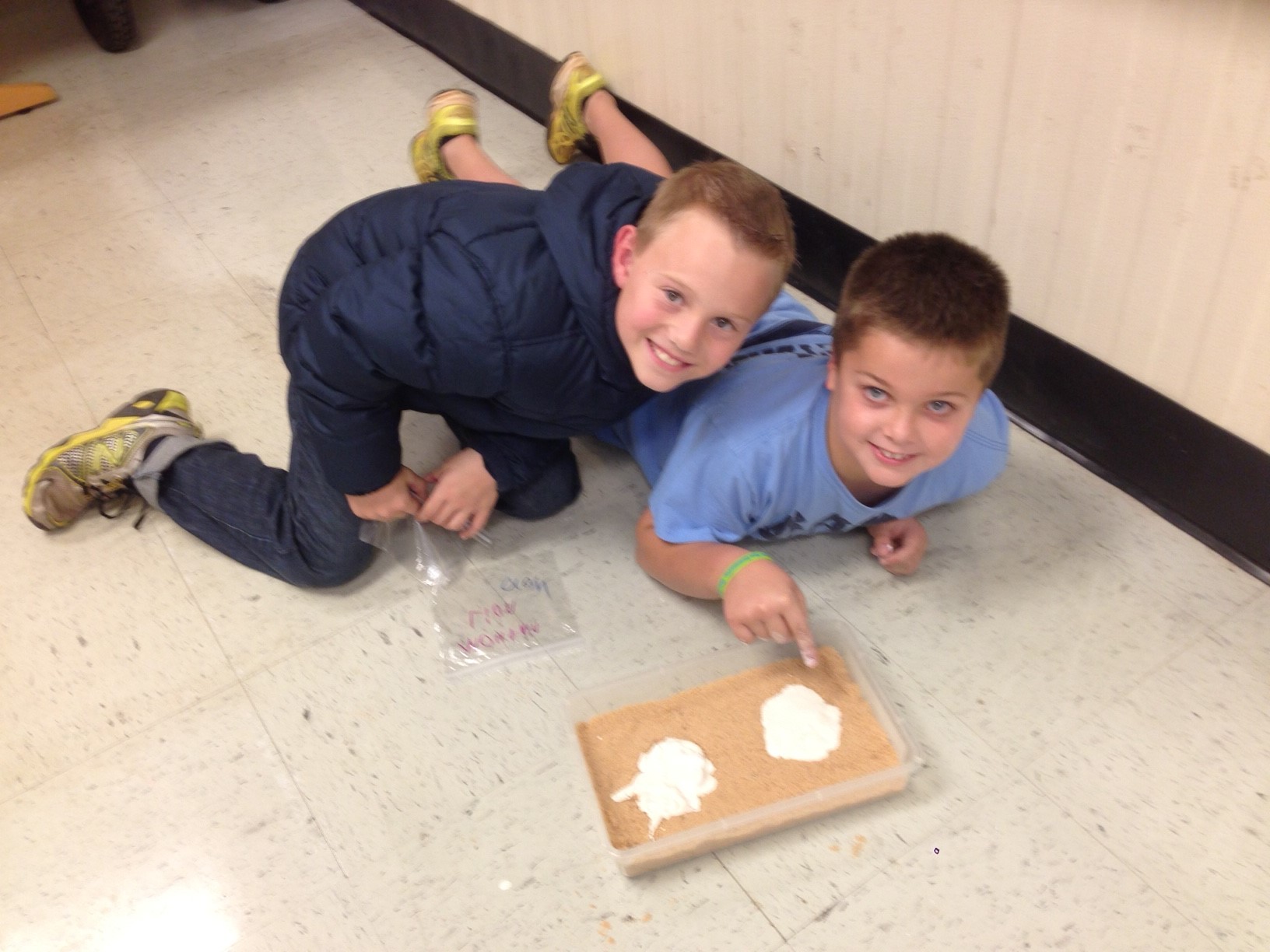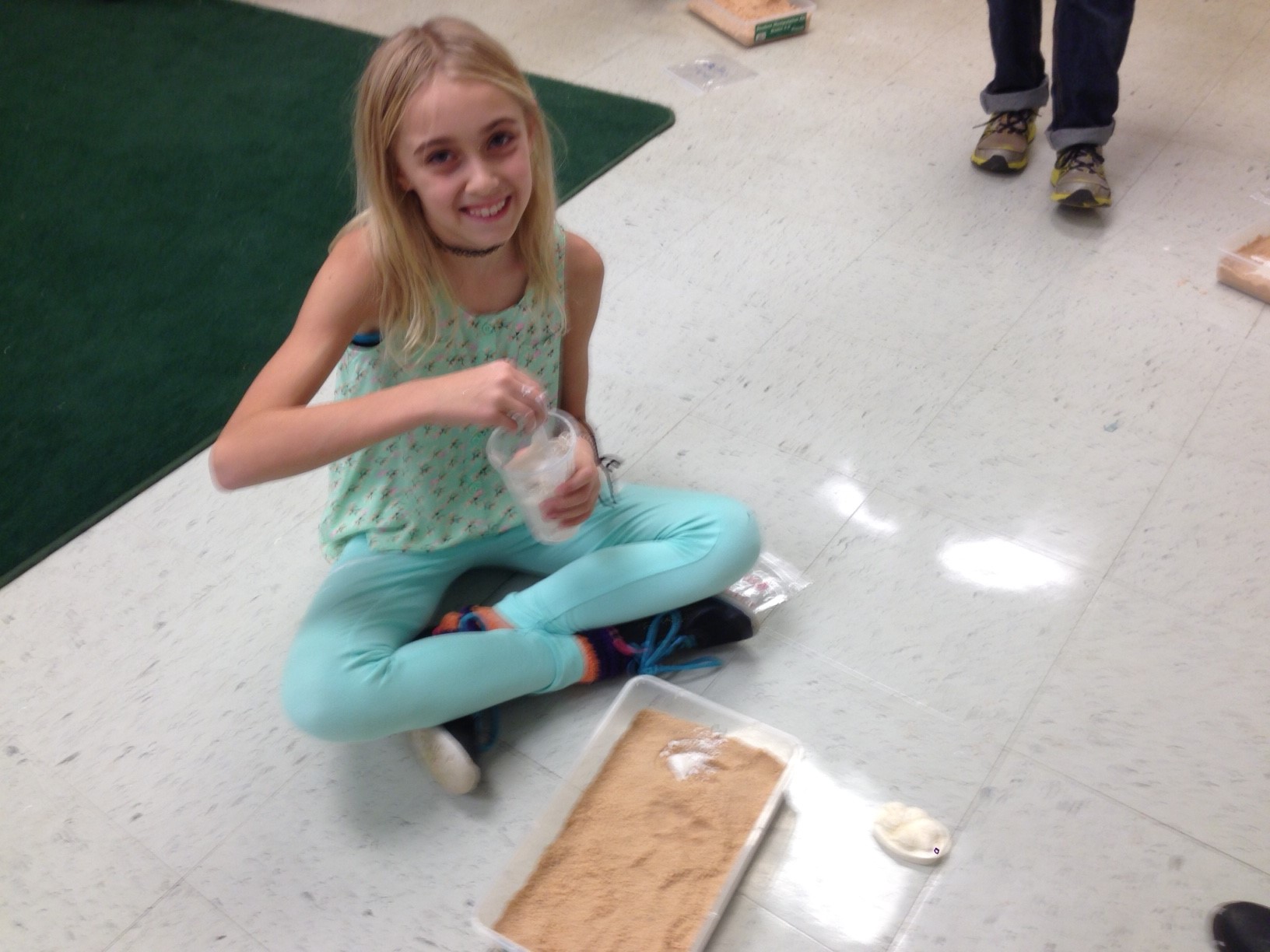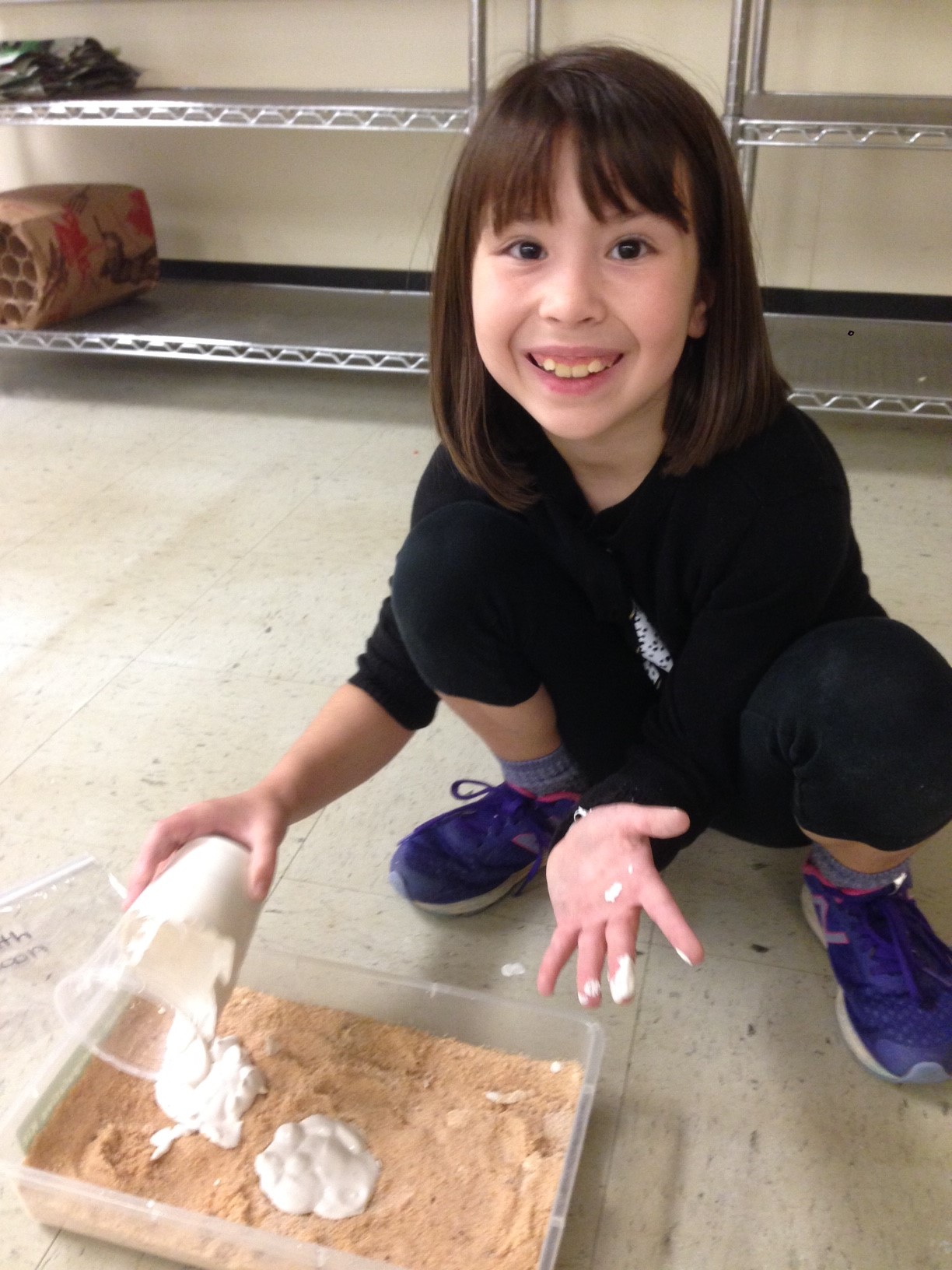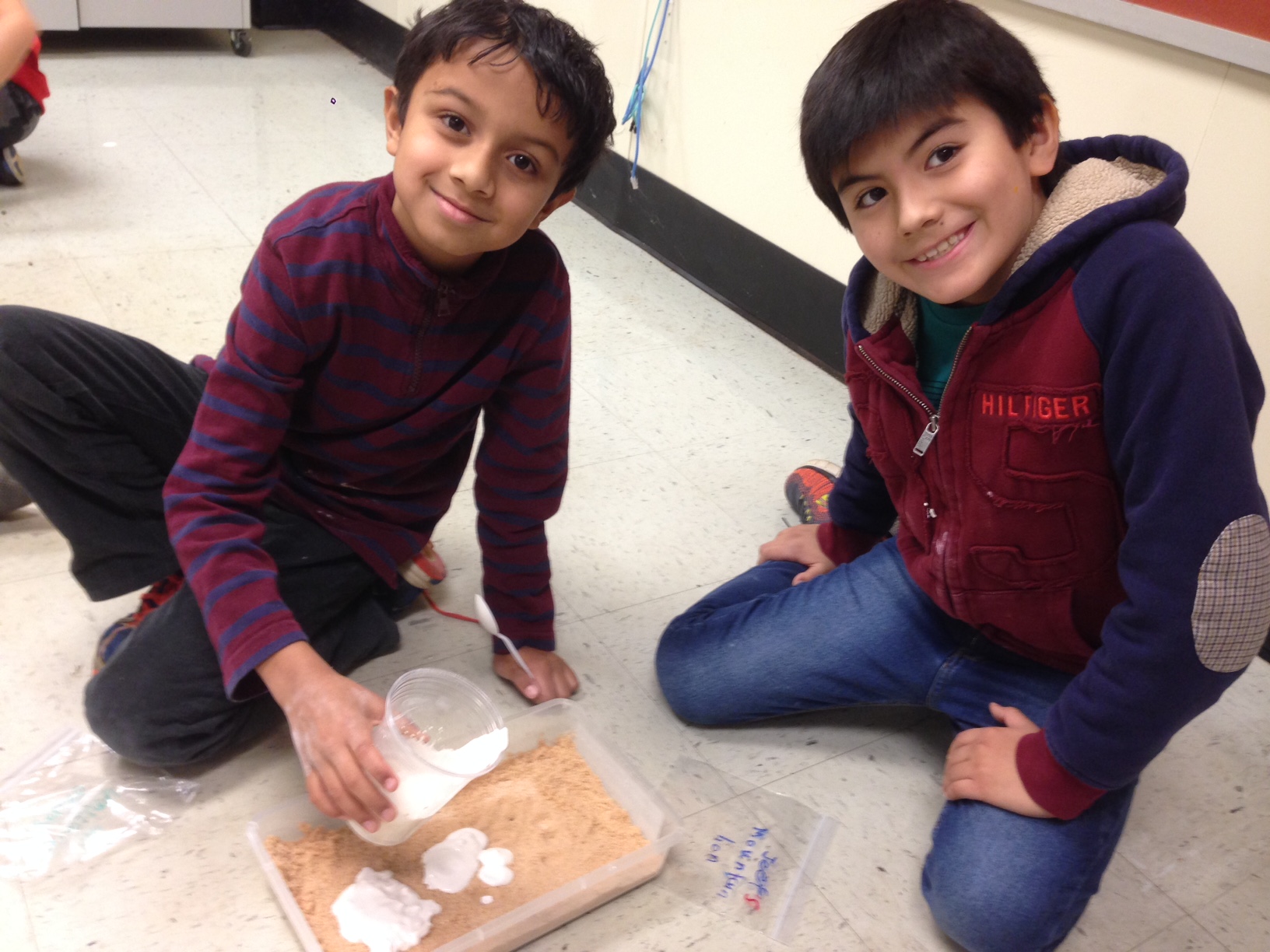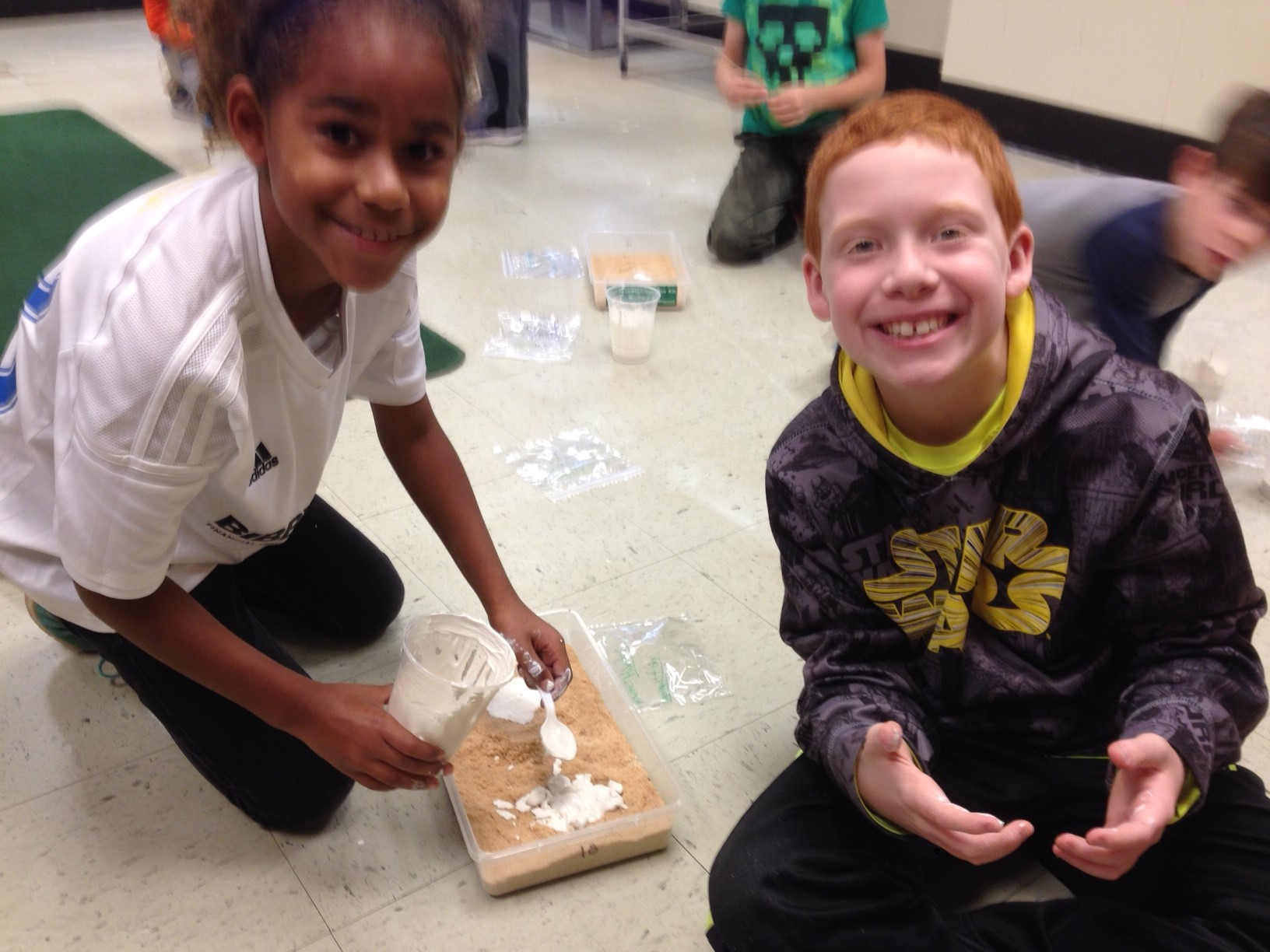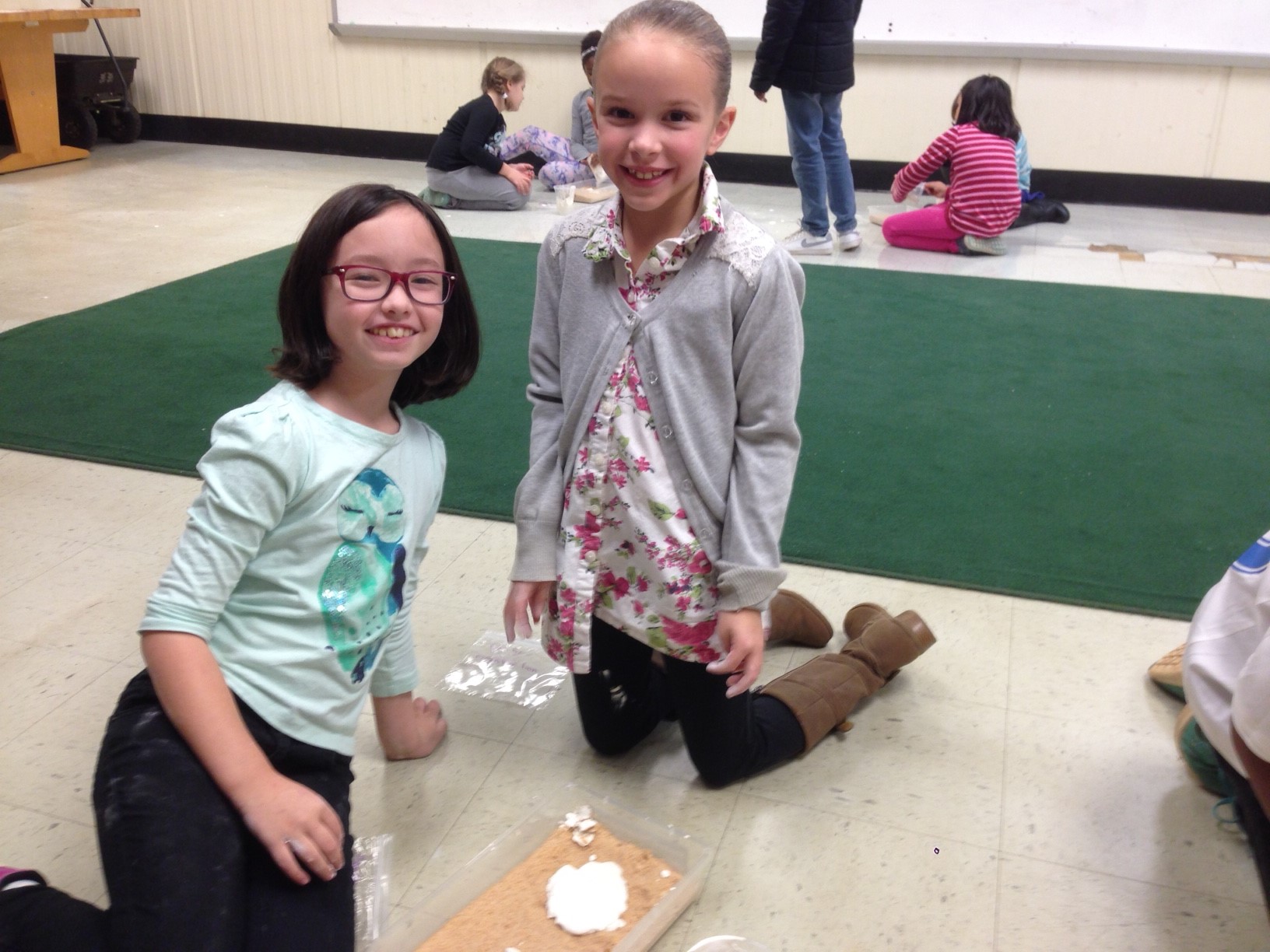The Science Olympiad is coming back to Tritt! Third - Fifth grade students can apply to Tritt's Science Olympiad Team. Students in this club will specialize in events like Bridge Building, Crime Busters, Egg Drop, Paper Rockets & more - leading to an All-County competition in mid-March and State event in early May. Practice will be on Wednesdays, from 2:15-3:30, November - March. For more information and to apply, please use this LINK by October 30th (opens in September)!
A GRAND Adventure
I was able to travel to the Grand Canyon over the Holiday Break. It took half a day to hike down, and whole day to hike back out! I stayed in a cabin for two nights while I was down there. It was amazing. Pictures truly don’t do it justice, but I tried to take some that made me think of my classes back at Tritt.


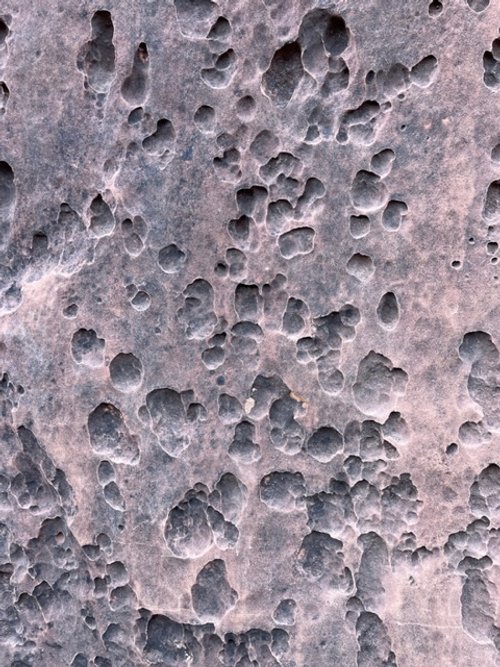

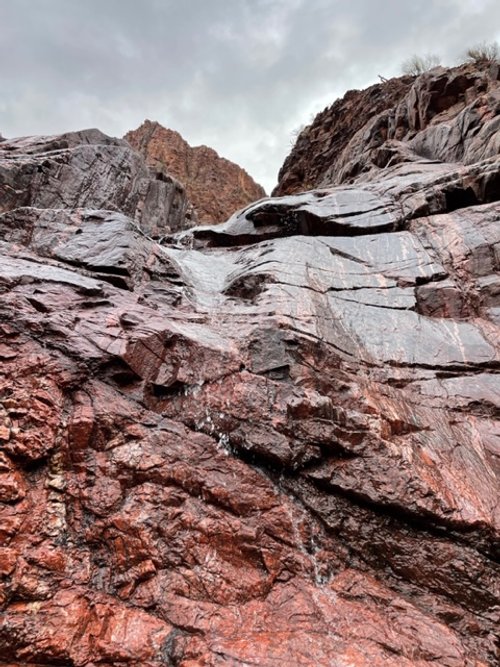







The landslide brings it down.
Third grade has been getting their hands dirty with earth science since August! After studying watersheds, wetlands, soils, rocks and erosion the students were ready to tackle a PLTW engineering project where they had to keep a landslide from taking out a local neighborhood.
Love:
Herman:
Turner:
Cook:
Baer:
Lamphere:
3rd Grade #TrittAtHome - Science Lab Lesson 3
We read that Mylo, Suzi and Angelina weren’t finding the animals they expected to see at the creek by their school. But just how closely did they look? Sometimes the best indicators that a body of water is healthy are the smallest creatures: macroinvertebrates!
From Cobb County Water: “Freshwater macroinvertebrates include aquatic insects, worms, and other invertebrates with limited mobility that live on or within the sediment or other substrates in streams, rivers, and lakes. These organisms spend all, or significant portions, of their lives immersed in water, therefore, aquatic insects are particularly susceptible to localized short-term water quality changes.
The population size and population structure of these macroinvertebrates respond to the effects of acute and chronic pollution as well as changes in the physical environment; therefore, macroinvertebrates serve as continual monitors of environmental quality.”
These macroinvertebrates serve as bioindicators. What is that? Check out this video from the St. John’s River Water Management District to learn more. (Fun fact: These guys were right down the street from where I went to college).
I went on a hunt for macroinvertebrates in creek behind my house! What did I find? Is my creek healthy?
Open this Aquatic Macroinvertebrate Field Guide for Georgia's Streams to try and figure out what I found. Be sure to put your guesses in the comments below!
Family Art Project:
Create your own macroinvertebrate with all the built in adaptations necessary for it to survive in its habitat! Download this PDF for material suggestions and structural adaptation examples!
Be sure to share pictures of your creations (with a design key) with me via email and I will post them to this website!
3rd Grade #TrittAtHome Habitat Hike
Backyard Habitat Investigation
Take an outdoor walk around your neighborhood.. On the walk, observe local plant life, animal life, water sources, and the land around you. Take photographs and record your observations in a journal or piece of paper. Reflect on the outdoor walk with your classmates in the comments below. Consider these questions:
What plant and animal life did you observe?
What type of water sources are available for the plants and animals?
How would you describe your local area?
Are all areas around the world the same? Why do you think this?
Think of one organism you observed on the outdoor walk. Create a concept map of that organism’s basic needs. Email your concept map to Mr. Giunta or your classroom teacher.
For my concept map below I listed the basic needs of a Cooper’s Hawk from my backyard, and then showed how it overlapped with a Barred Owl. I used the Popplet app, but ShowMe is another good one, and of course colored pencils and paper do the trick!
Family Extension:
Discuss your favorite animals. Could you keep them as a pet in your own home? How would your home be a good or bad habitat for that animal?
If you could live in any habitat, where would you choose to live? Why would you live there? What would you need to survive in this habitat?
The landslide brings you back. Erosion in 3rd Grade.
Third grade has been studying earth sciences: watersheds, rocks, soils, fossils and weathering & erosion. For our design challenge, students collaborated to prevent a landslide from taking out houses on a hillside!
Cook:
Gillespie / Levetan:
Love / Adams:
Lamphere:
Baer:
Herman:
The landslide brings you back.
Third Grade has been studying earth science since August! They investigated soil (particle size, texture, plant growth and water drainage), rocks (hardness, texture, streak), forest fires (and animal adaptations for sandy soil), and weathering (wind, water, ice) & erosion (landslides). They designed ways to prevent a landslide from destroying homes.
Schmitz:
Baer:
Toomey:
Bosma:
Herman:
Cook:
Lamphere:
Love:
The landslide brings you back...
Third grade has been studying weathering and erosion. In their design challenge, they must find a way to protect houses from being caught in a landslide during a heavy rain!
Adams
Benson:
Bosma:
Cook
Herman
Lamphere
Love
Dinosaur footprints exposed by cliff erosion!
I found this BBC article (https://www.bbc.com/news/uk-england-sussex-46594370) over the break and had to share with our 3rd graders! We’ve been studying erosion and fossils - in fact we made our own plasters casts of animal tracks - so here is the real world application!
GA DNR Poster Contest Winner
Congratulations to Kate Bezpatchenko from Mrs. Bosma's class! Kate's drawing of a Barn Owl at sunset won Tritt's first year of participation in the Georgia Department of Natural Resources "Give Wildlife a Chance" poster contest. Kate's work will go one to participate against other elementary school's throughout the state.
Along came Herman the Worm.
Mrs. Herman's class studies adaptations by observing the behavior of earth worms.
"Give Wildlife A Chance" Poster Contest
Before our 3rd grades dive into their next PLTW challenge we are investing plants and animals of Georgia by diving into the "Give Wildlife a Chance" Poster Contest.
The Georgia Department of Natural Resources (DNR), The State Botanical Garden of Georgia and The Environmental Resources Network, Inc. (TERN) encourage you and your students to participate in the 28th annual Give Wildlife a Chance Poster Contest! As part of DNR and TERN’s “Kids For Conservation” initiative, this art contest provides a unique opportunity for kindergarten through fifth-grade students to explore the wonders of Georgia’s native plant and nongame animal species through the 2017–2018 theme: Nature at Night!
Native species are those that naturally occur in Georgia, unlike exotic species that were introduced from other places. Georgia’s native plants and animals come in all shapes and sizes—from the large, moss-covered live oak (our state tree) to the little grass frog, the smallest frog species in North America. About 95% of Georgia’s native wildlife species are nongame (those which are not legally fished for or hunted) and include rare, threatened or endangered animals and plants such as Barbour’s map turtle and dwarf trillium. Our state is home to approximately 3,600 species of native plants, 950 nongame vertebrate species and countless invertebrate species and non-vascular plants. While game species are important, this art contest focuses on nongame wildlife.
Nongame wildlife can be found in your schoolyard, backyard or community greenspace. Some of the nongame wildlife that your students may want to depict in their artwork are bats, chipmunks, darters, frogs, hawks, songbirds, sea turtles, snakes, insects and many species of native plants. Take your students outside your school or on a field trip to a nearby state park, botanical garden or wildlife management area, and discover Georgia’s wildlife!
Poster Contest Rules & Guidelines
Size & Format
- Outside dimensions cannot exceed 17" x 22" (vertically or horizontally).
- Collages and other three-dimensional artwork are not suitable for this contest.
- Posters should be submitted on white tagboard or on white art paper (no matting).
- DO NOT FOLD. Submit art flat in a package or roll into a mailing tube.
- If you want the students’ entries returned, you MUST include exact postage (stamps only—no metered tapes) and mailing label or the entries will not be returned.
Contest Rules
- While following the Poster Contest Rules and Guidelines, instruct your students to create their own artwork based on this year's theme, and arrange for a local competition at your school.
- Each entry should depict at least one native nongame plant and/or animal of Georgia. Please include the Artwork Description information on the Poster Contest Entry Form. This demonstrates to the judges the student researched their subject.
- First-, second- and third-place winners should be chosen at the local level (refer to Contest Awards section).
- All participating students can receive place award ribbons and a Give Wildlife a Chance certificate (refer to Contest Awards section).
- Only ONE school-wide winner from each division can be chosen to compete in the state-level contest at the State Botanical Garden of Georgia (refer to Eligibility section). State-level entries are normally the artwork of the first-place school winners.
- All contest entries must adhere to the contest theme: Nature at Night
- Avoid focusing on game species (those legally hunted or fished). Examples include white-tailed deer, wild turkey, gray squirrel, bear, bobcat, Canada geese, mourning dove, bobwhite quail, alligator, and largemouth bass. For a full list of game species, see the 2016–2017 Hunting Seasons and Fishing Regulations as well as the Migratory Bird Seasons. While these animals are important, this competition emphasizes Georgia's nongame animals and native plants.
- Do not include pictures of exotic zoo animals. This art contest focuses on Georgia’s native plants and animals.
Molding young minds.
In 3rd Grade we are wrapping up the semester with a study of skills related to fossils. We made plaster casts of tracks from mammals in Piedmont region, and now are making molds of seashells from the Georgia coast. Mrs. Herman's class demonstrates below!
No Bones About It.
3rd Grade continues their exploration of earth sciences with a look into how scientists can observe an animals skull to learn about how they lived. Here Mrs. Adams' and Benson's classes demonstrate:
"No One steps in the same River twice..."
"... both the River has changed, and so has the Person." - Heraclitus
Our 3rd Graders just wrapped up a Project Lead The Way unit on "The Changing Earth". We studied different soil types in color, texture, size, and how well they drained water. We also experimented with our stream tables to watch the process of erosion, and brainstormed ways we could slow down that process. We needed to design a model that would prevent a landslide in the stream table from destroying houses (wooden blocks) at the bottom of a hill.
Sketches:
Adams:
Benson:
Bosma:
Herman:
Lamphere:
Love:
Don't lose your head.
We were gifted 150 cabbages from Bonnie Plants. Our 3rd graders recently revisited soil in a vertical garden experiment - so i figured, what better way to spend Spring Break than outside planting food!
We will make a contest out of it: largest cabbage wins! Instructions below...
River Kids field trip to Sope Creek
I was fortunate to be asked to sub for a very pregnant Mrs. Walker on Target's field trip today to Sope Creek, part of the Chattahoochee River National Recreation Area. Our Park Ranger was Mr. Jerry Hightower, who first taught me about the Chattahoochee River Watershed over 10 years ago! The students were able to search through leaf litter to find macroinvertebrates, indicators of the health of Sibley Pond, and by extension Sope Creek and the Chattahoochee River. The more biodiversity, the healthier the water! It didn't look healthy today though, as much needed rain brought silt into the creek from the surrounding areas.
Making Tracks!
We just wrapped up paleontology in 3rd Grade, first with a skull study, and then making our own plaster casts that the students each took home!
A River Runs Through It
Third Grade has been studying conservation and pollution this week. We learning about point source and non-point source pollution, and demonstrated how it affects our water ways. The Chattahoochee River was recently named the "Most Endangered River" by the American Rivers Association(http://www.americanrivers.org/). Next up we'll be learning what we can do to help!
[envira-gallery id="1146"]
Is it a bird? No. Definitely not.
We continued our final plane launches in Mrs. Salo's class today. Next ... we'll do a lesson on framing a video shot using our iPads :-) Part 1
Part 2
